93 Topics
Sort by:
-
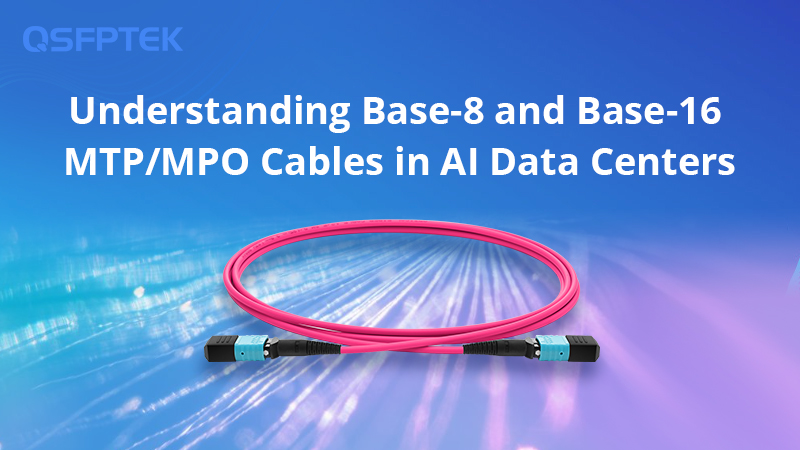 Understanding Base-8 and Base-16 MTP/MPO Cables in AI Data Centers
Understanding Base-8 and Base-16 MTP/MPO Cables in AI Data CentersMTP (Multi-fiber Termination Push-on) is a registered trademark of US Conec, Inc. It is essentially a high-performance MPO connector with an optimized design. MTP connectors are better than regular MPO connectors in a couple of ways. They've got better optical performance and a better mechanical structure, which makes for better transmission efficiency and stability.
Understanding Base-8 and Base-16 MTP/MPO Cables in AI Data Centers
Understanding Base-8 and Base-16 MTP/MPO Cables in AI Data CentersMTP (Multi-fiber Termination Push-on) is a registered trademark of US Conec, Inc. It is essentially a high-performance MPO connector with an optimized design. MTP connectors are better than regular MPO connectors in a couple of ways. They've got better optical performance and a better mechanical structure, which makes for better transmission efficiency and stability. -
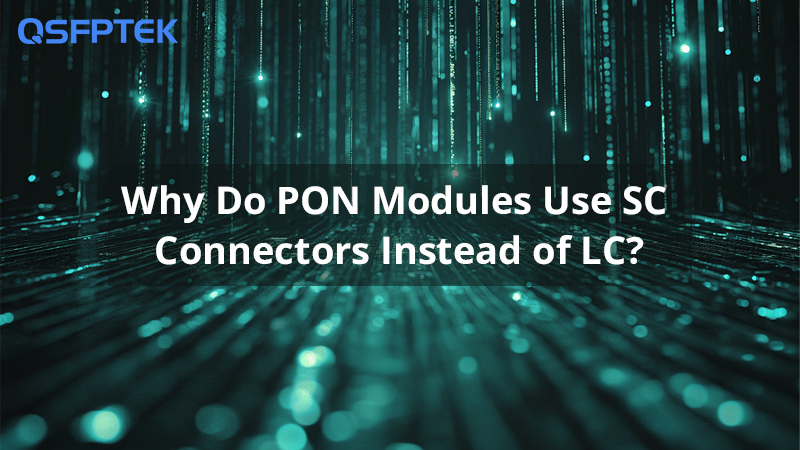 Why Do PON Modules Use SC Connectors Instead of LC?
Why Do PON Modules Use SC Connectors Instead of LC?This article tells you why PON modules widely use SC connectors instead of LC connectors. It analyzes the physical appearance, parameters, and specific applications to help you understand PON modules.
Why Do PON Modules Use SC Connectors Instead of LC?
Why Do PON Modules Use SC Connectors Instead of LC?This article tells you why PON modules widely use SC connectors instead of LC connectors. It analyzes the physical appearance, parameters, and specific applications to help you understand PON modules. -
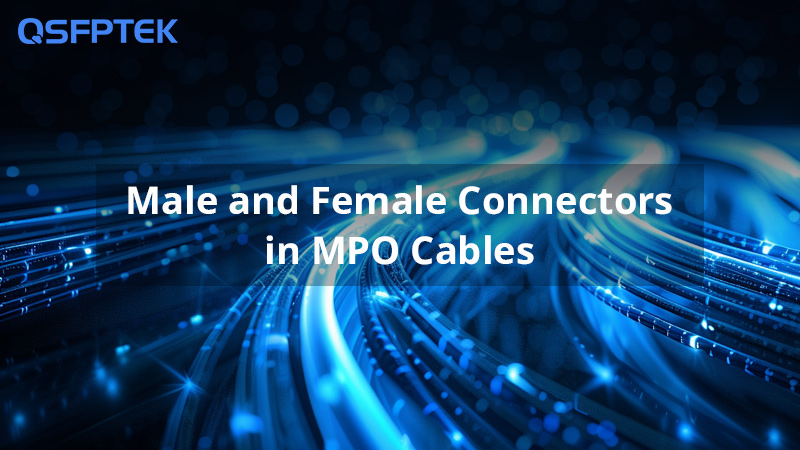 Male and Female Connectors in MPO Cables: What's the Difference?
Male and Female Connectors in MPO Cables: What's the Difference?Learn the difference between male and female connectors in MPO cables, including structure, application scenarios, and how to identify the right MPO cable type for reliable, high-density fiber connections.
Male and Female Connectors in MPO Cables: What's the Difference?
Male and Female Connectors in MPO Cables: What's the Difference?Learn the difference between male and female connectors in MPO cables, including structure, application scenarios, and how to identify the right MPO cable type for reliable, high-density fiber connections. -
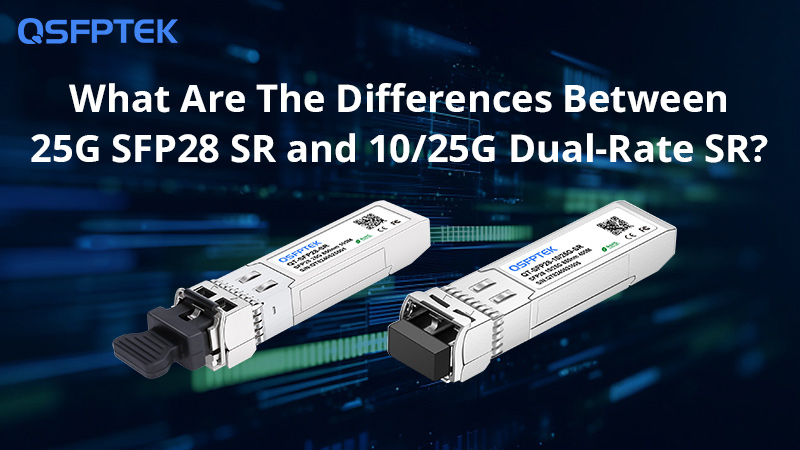 What Are The Differences Between 25G SFP28 SR and 10/25G Dual-Rate SR?
What Are The Differences Between 25G SFP28 SR and 10/25G Dual-Rate SR?This article tells you about the parameters and application differences of the 25G fixed-rate module Level 1 10/25G dual-rate module to help you choose the right module.
What Are The Differences Between 25G SFP28 SR and 10/25G Dual-Rate SR?
What Are The Differences Between 25G SFP28 SR and 10/25G Dual-Rate SR?This article tells you about the parameters and application differences of the 25G fixed-rate module Level 1 10/25G dual-rate module to help you choose the right module. -
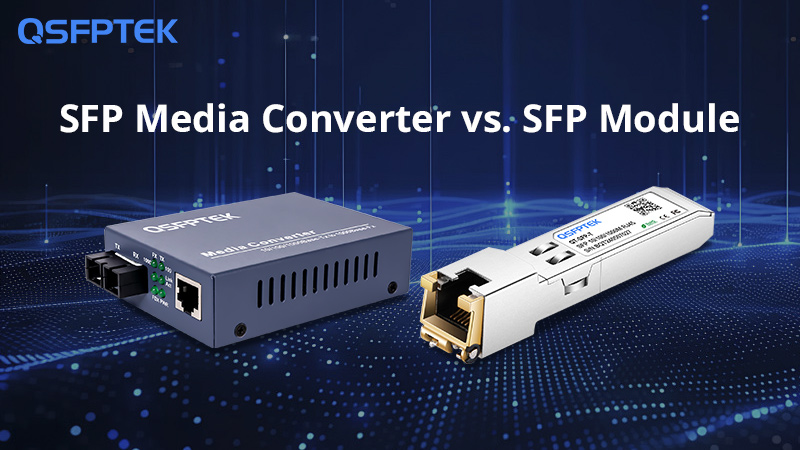 SFP Media Converter vs. SFP Module: What's the Difference?
SFP Media Converter vs. SFP Module: What's the Difference?Confused about SFP modules vs. SFP media converters? Learn how they work, where to use them, and which is the better fit for your setup.
SFP Media Converter vs. SFP Module: What's the Difference?
SFP Media Converter vs. SFP Module: What's the Difference?Confused about SFP modules vs. SFP media converters? Learn how they work, where to use them, and which is the better fit for your setup. -
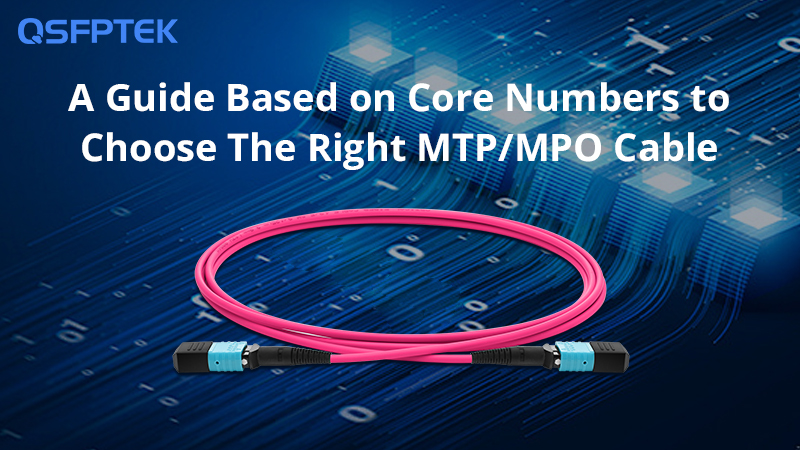 A Guide Based on Core Numbers to Choose The Right MTP/MPO Cable
A Guide Based on Core Numbers to Choose The Right MTP/MPO CableMTP/MPO cables are a class of high-density multi-core fiber optic connectivity solutions widely used in data centers and telecom networks, which are designed to achieve fast connection of multi-core fiber optics through a single interface.
A Guide Based on Core Numbers to Choose The Right MTP/MPO Cable
A Guide Based on Core Numbers to Choose The Right MTP/MPO CableMTP/MPO cables are a class of high-density multi-core fiber optic connectivity solutions widely used in data centers and telecom networks, which are designed to achieve fast connection of multi-core fiber optics through a single interface. -
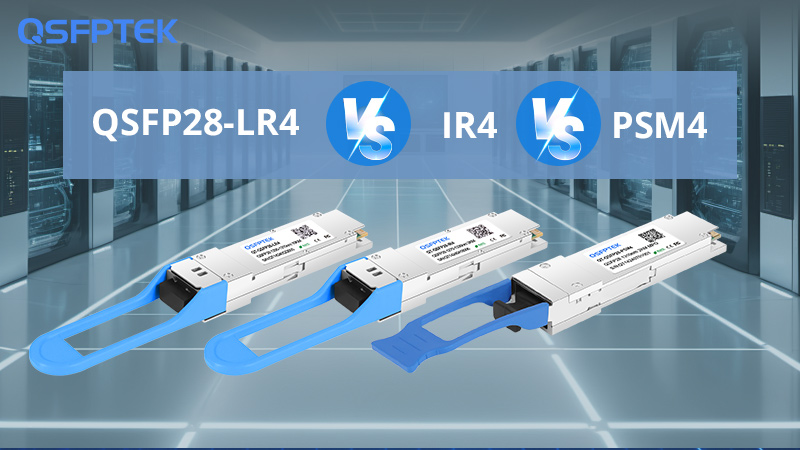 QSFP28 100GBASE LR4 vs CWDM4 vs PSM4 Single-Mode DCI Solutions
QSFP28 100GBASE LR4 vs CWDM4 vs PSM4 Single-Mode DCI Solutions100G CWDM4, 100G LR4 and 100G PSM4 are three single-mode QSFP28 standards: What are their common and distinct features? This post will cover every aspect of their working principle, specifications, technology, optical components, cable solutions, cost, etc.
QSFP28 100GBASE LR4 vs CWDM4 vs PSM4 Single-Mode DCI Solutions
QSFP28 100GBASE LR4 vs CWDM4 vs PSM4 Single-Mode DCI Solutions100G CWDM4, 100G LR4 and 100G PSM4 are three single-mode QSFP28 standards: What are their common and distinct features? This post will cover every aspect of their working principle, specifications, technology, optical components, cable solutions, cost, etc. -
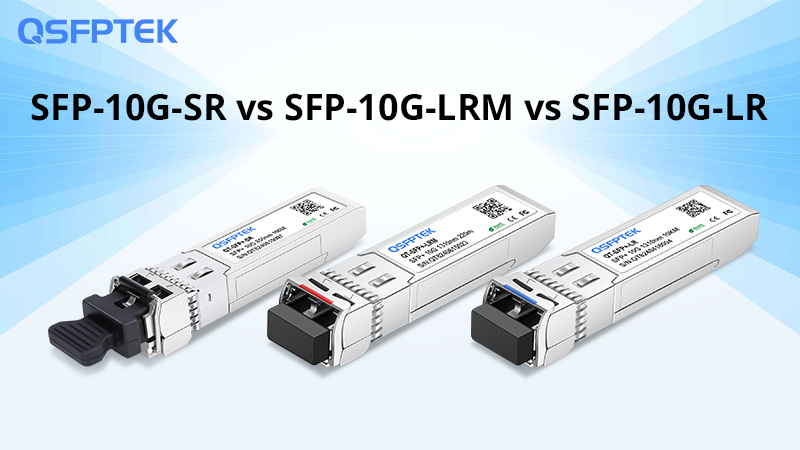 SFP-10G-SR vs SFP-10G-LRM vs SFP-10G-LR: Battle of the SFP+ Modules
SFP-10G-SR vs SFP-10G-LRM vs SFP-10G-LR: Battle of the SFP+ ModulesCompare SFP-10G-SR, SFP-10G-LRM, and SFP-10G-LR optical modules in terms of transmission distance, fiber type, wavelength, and application. Learn how to choose the right 10G SFP+ transceiver for your network needs.
SFP-10G-SR vs SFP-10G-LRM vs SFP-10G-LR: Battle of the SFP+ Modules
SFP-10G-SR vs SFP-10G-LRM vs SFP-10G-LR: Battle of the SFP+ ModulesCompare SFP-10G-SR, SFP-10G-LRM, and SFP-10G-LR optical modules in terms of transmission distance, fiber type, wavelength, and application. Learn how to choose the right 10G SFP+ transceiver for your network needs. -
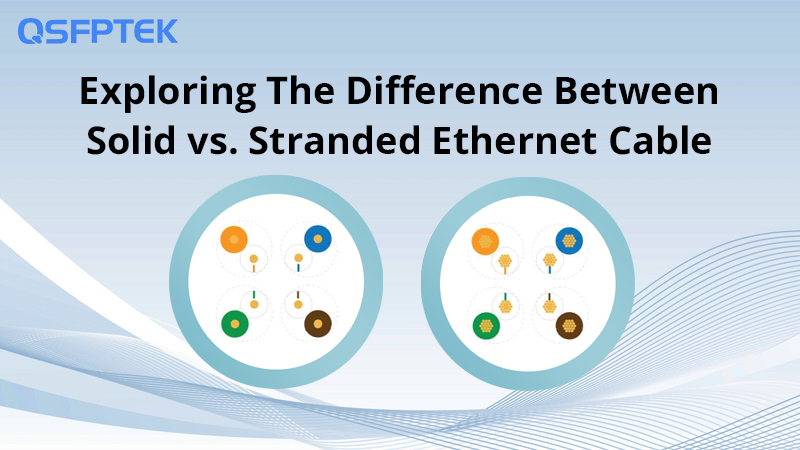 Solid vs. Stranded Ethernet Cable, How to Choose?
Solid vs. Stranded Ethernet Cable, How to Choose?Solid conductor cables consist of a single copper conductor, usually between 22 and 24 AWG (American Wire Gauge) in diameter. The solid cables are usually made of bare copper. This article will explain the difference between solid vs. stranded Ethernet cable.
Solid vs. Stranded Ethernet Cable, How to Choose?
Solid vs. Stranded Ethernet Cable, How to Choose?Solid conductor cables consist of a single copper conductor, usually between 22 and 24 AWG (American Wire Gauge) in diameter. The solid cables are usually made of bare copper. This article will explain the difference between solid vs. stranded Ethernet cable. -
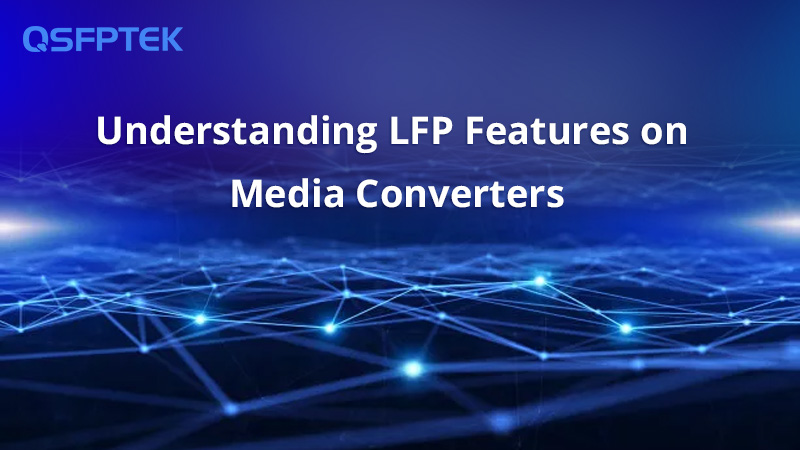 Understanding LFP Features on Media Converters
Understanding LFP Features on Media ConvertersThis article tells you what the LFP feature in Media Converter is and what it can help your network do, allowing you to expand your understanding of Media Converter.
Understanding LFP Features on Media Converters
Understanding LFP Features on Media ConvertersThis article tells you what the LFP feature in Media Converter is and what it can help your network do, allowing you to expand your understanding of Media Converter. -
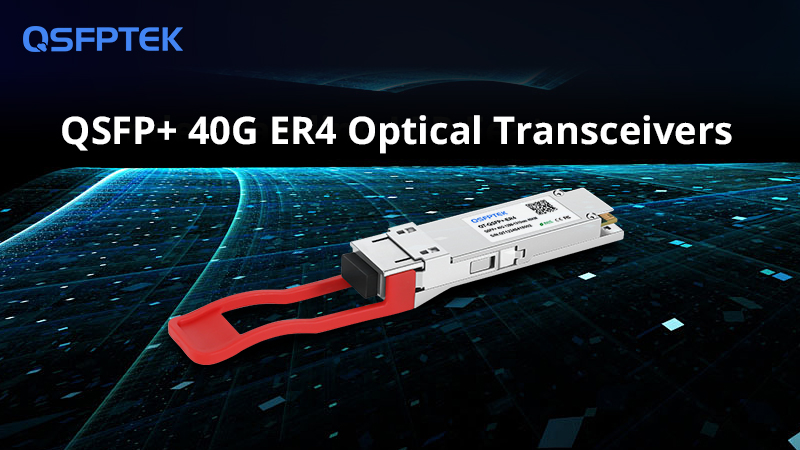 What is QSFP+ 40G ER4 Optical Transceiver?
What is QSFP+ 40G ER4 Optical Transceiver?Learn about 40G QSFP+ ER4 transceivers, their working principle, benefits, and applications in data centers, MANs, and 5G. Compare QSFP+ 40G ER4 vs 40G ZR4 modules to choose the right 40G 40G Ethernet (40GbE) module for your network needs.
What is QSFP+ 40G ER4 Optical Transceiver?
What is QSFP+ 40G ER4 Optical Transceiver?Learn about 40G QSFP+ ER4 transceivers, their working principle, benefits, and applications in data centers, MANs, and 5G. Compare QSFP+ 40G ER4 vs 40G ZR4 modules to choose the right 40G 40G Ethernet (40GbE) module for your network needs. -
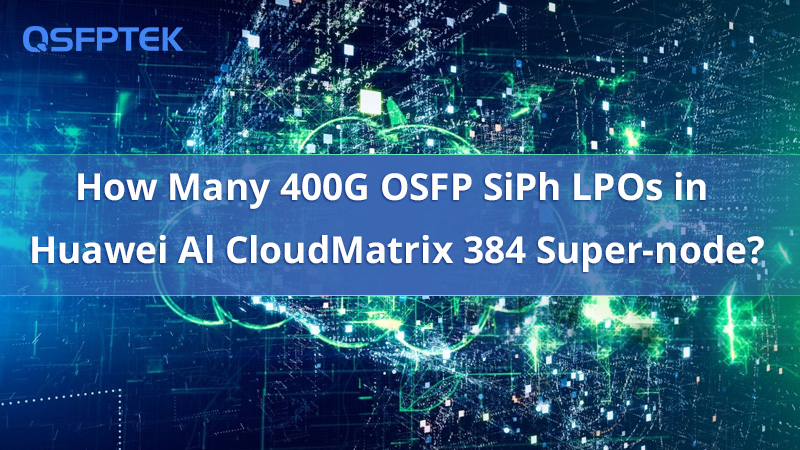 How Many 400G OSFP SiPh LPOs in Huawei Al CloudMatrix 384 Super-node?
How Many 400G OSFP SiPh LPOs in Huawei Al CloudMatrix 384 Super-node?Deep dive into Huawei's AI super-node: 384 Ascend 910C chips, 6912×400G OSFP SiPh LPO modules (1:18 ratio), 1.7x faster than NVIDIA. Learn why 68.2% failures stem from optics & how QSFPTEK cuts costs by 69.8%.
How Many 400G OSFP SiPh LPOs in Huawei Al CloudMatrix 384 Super-node?
How Many 400G OSFP SiPh LPOs in Huawei Al CloudMatrix 384 Super-node?Deep dive into Huawei's AI super-node: 384 Ascend 910C chips, 6912×400G OSFP SiPh LPO modules (1:18 ratio), 1.7x faster than NVIDIA. Learn why 68.2% failures stem from optics & how QSFPTEK cuts costs by 69.8%. -
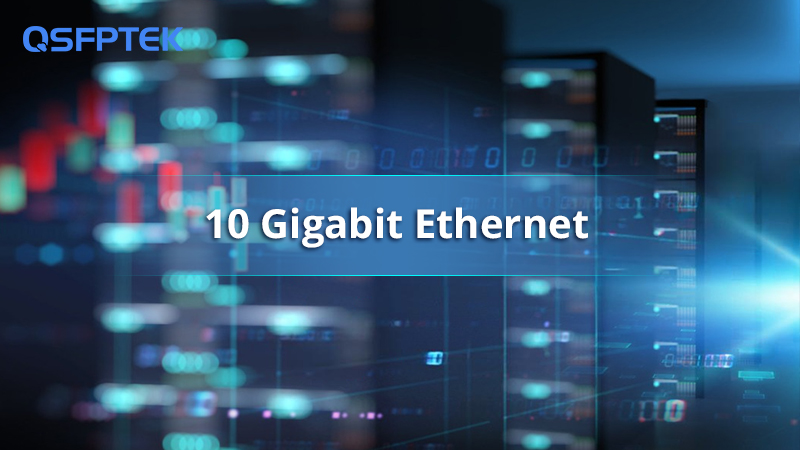 What is 10 Gigabit Ethernet?
What is 10 Gigabit Ethernet?10 Gigabit Ethernet (10 GbE) is a high-speed Ethernet technology with a transmission speed of 10 gigabits per second (10 Gbps). Also known as 10GE or 10 GigE since it was first introduced in 2002.
What is 10 Gigabit Ethernet?
What is 10 Gigabit Ethernet?10 Gigabit Ethernet (10 GbE) is a high-speed Ethernet technology with a transmission speed of 10 gigabits per second (10 Gbps). Also known as 10GE or 10 GigE since it was first introduced in 2002. -
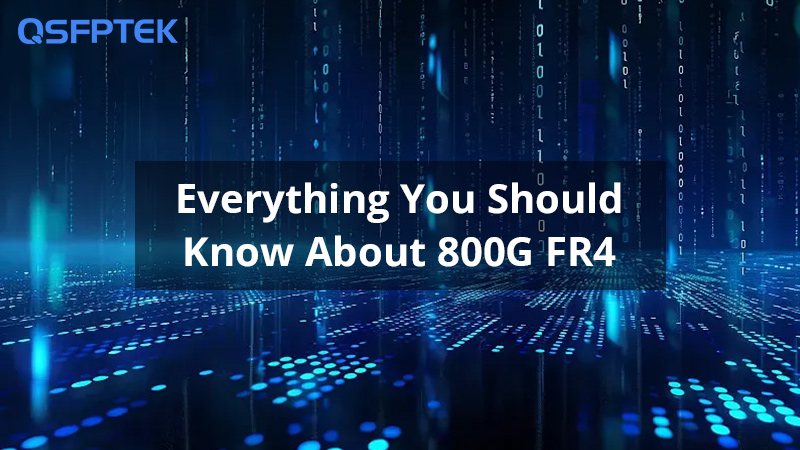 Everything You Should Know About 800G FR4
Everything You Should Know About 800G FR4This article introduces what 800G FR4 is, its two different packages and some basic applications, to help you understand in which application scenarios you should choose 800G FR4.
Everything You Should Know About 800G FR4
Everything You Should Know About 800G FR4This article introduces what 800G FR4 is, its two different packages and some basic applications, to help you understand in which application scenarios you should choose 800G FR4. -
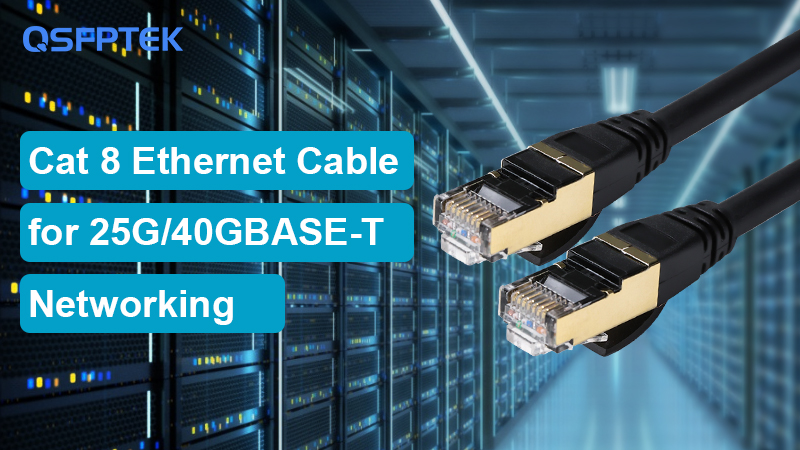 What is 25G/40GBASE-T Cat8 Ethernet Cable?
What is 25G/40GBASE-T Cat8 Ethernet Cable?Ready to level up your network? Explore the differences in Cat 6 vs. Cat 7 vs. Cat 8 and see why Cat8 Ethernet cable is the best choice for high-speed 25G/40GBASE-T connections. Upgrade now!
What is 25G/40GBASE-T Cat8 Ethernet Cable?
What is 25G/40GBASE-T Cat8 Ethernet Cable?Ready to level up your network? Explore the differences in Cat 6 vs. Cat 7 vs. Cat 8 and see why Cat8 Ethernet cable is the best choice for high-speed 25G/40GBASE-T connections. Upgrade now! -
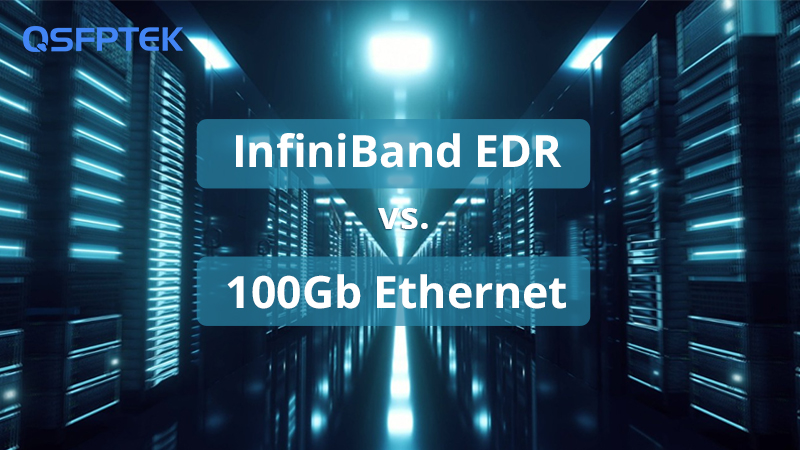 Exploring The Difference Between InfiniBand EDR vs. 100Gb Ethernet
Exploring The Difference Between InfiniBand EDR vs. 100Gb EthernetInfiniBand EDR is a network interconnection technology designed for high-performance computing environments. The performance and architectural differences between InfiniBand EDR and 100Gb Ethernet are described in this article, along with the technical characteristics and RDMA implementations of both solutions, and application scenarios.
Exploring The Difference Between InfiniBand EDR vs. 100Gb Ethernet
Exploring The Difference Between InfiniBand EDR vs. 100Gb EthernetInfiniBand EDR is a network interconnection technology designed for high-performance computing environments. The performance and architectural differences between InfiniBand EDR and 100Gb Ethernet are described in this article, along with the technical characteristics and RDMA implementations of both solutions, and application scenarios. -
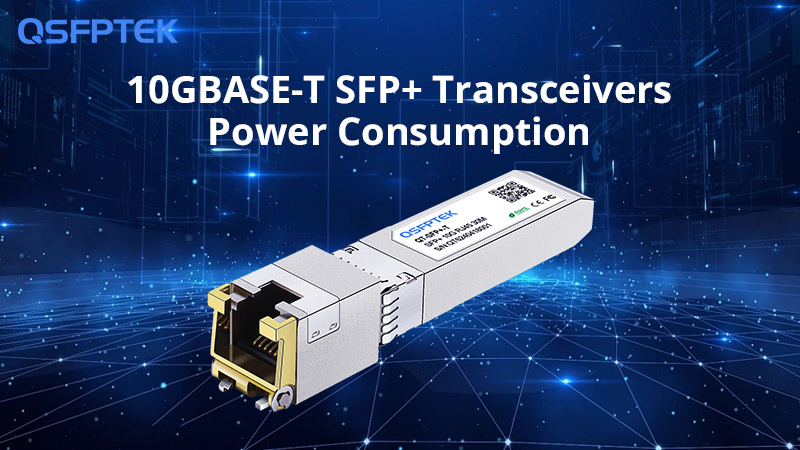 Why Different Brands of 10GBASE-T SFP+ Transceivers Have Different Power Consumption?
Why Different Brands of 10GBASE-T SFP+ Transceivers Have Different Power Consumption?Discover why different brands of 10GBASE-T SFP+ transceivers have varying power consumption, how chip solutions impact efficiency, and which 10G copper SFP module offer the best performance for energy-conscious data centers.
Why Different Brands of 10GBASE-T SFP+ Transceivers Have Different Power Consumption?
Why Different Brands of 10GBASE-T SFP+ Transceivers Have Different Power Consumption?Discover why different brands of 10GBASE-T SFP+ transceivers have varying power consumption, how chip solutions impact efficiency, and which 10G copper SFP module offer the best performance for energy-conscious data centers. -
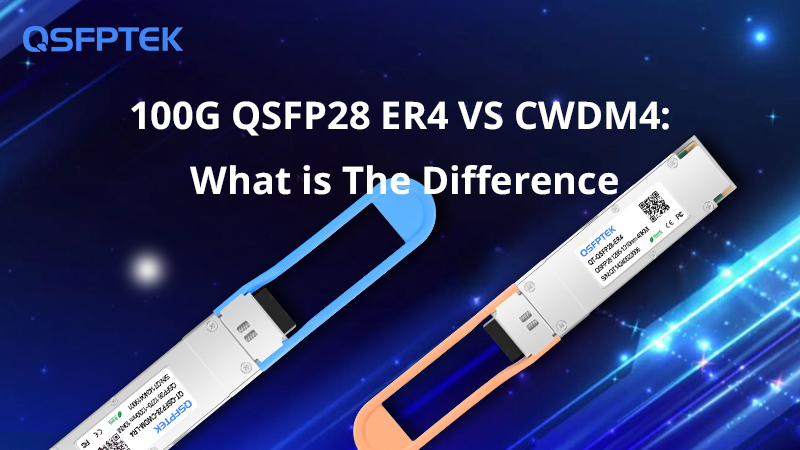 100G QSFP28 ER4 VS CWDM4: What is The Difference
100G QSFP28 ER4 VS CWDM4: What is The DifferenceThis article compares the differences between 100G ER4 and 100G CWDM4 to help you understand their different application scenarios and choose the right module when deploying the network.
100G QSFP28 ER4 VS CWDM4: What is The Difference
100G QSFP28 ER4 VS CWDM4: What is The DifferenceThis article compares the differences between 100G ER4 and 100G CWDM4 to help you understand their different application scenarios and choose the right module when deploying the network. -
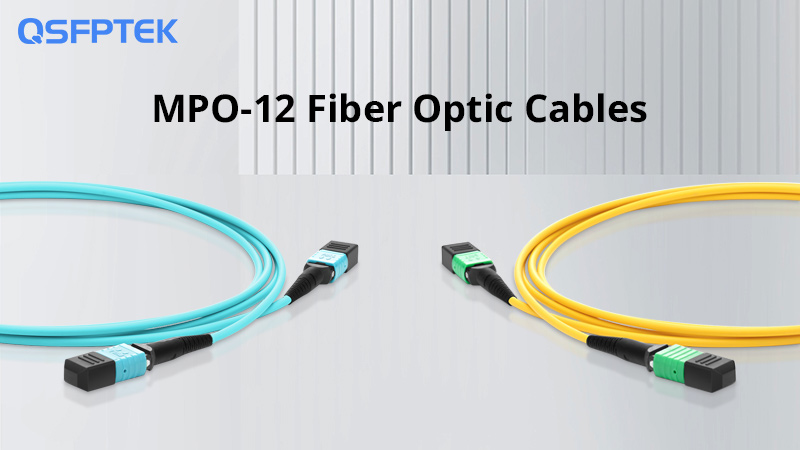 What is an MPO-12 Connector Cable?
What is an MPO-12 Connector Cable?Explore a comprehensive guide to MPO-12 fiber optic cables: Their structure, applications, key selection criteria, and differences between MPO vs MTP connectors. Learn how these MPO-12 connector cables optimize network efficiency for 40G/100G/400G systems.
What is an MPO-12 Connector Cable?
What is an MPO-12 Connector Cable?Explore a comprehensive guide to MPO-12 fiber optic cables: Their structure, applications, key selection criteria, and differences between MPO vs MTP connectors. Learn how these MPO-12 connector cables optimize network efficiency for 40G/100G/400G systems. -
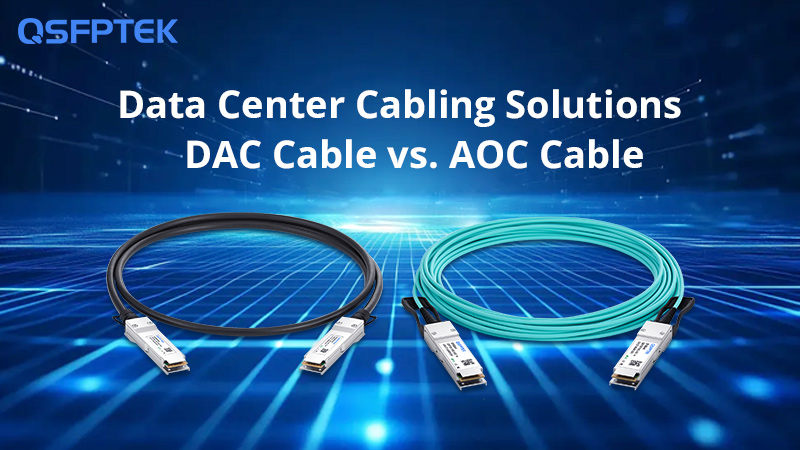 DAC Cable vs. AOC Cable: Data Center Cabling Solutions Guide
DAC Cable vs. AOC Cable: Data Center Cabling Solutions GuideDAC and AOC cables are widely used in high-performance computing networks' cabling systems due to their low latency, low power consumption, and relatively controllable cost advantages in the high-speed interconnection scenario of data centers. Compared with the traditional combination of optical modules and patch cords, these two types of cables provide a simpler and efficient solution.
DAC Cable vs. AOC Cable: Data Center Cabling Solutions Guide
DAC Cable vs. AOC Cable: Data Center Cabling Solutions GuideDAC and AOC cables are widely used in high-performance computing networks' cabling systems due to their low latency, low power consumption, and relatively controllable cost advantages in the high-speed interconnection scenario of data centers. Compared with the traditional combination of optical modules and patch cords, these two types of cables provide a simpler and efficient solution. -
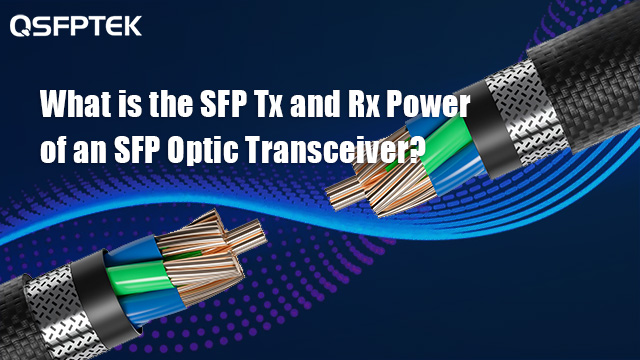 What is the Tx and Rx Power of an SFP Optical Transceiver?
What is the Tx and Rx Power of an SFP Optical Transceiver?In a fiber link, the Rx/Tx power of an optical module is sufficient to ensure the stable operation of the fiber link. Do you know the Tx and Rx power of an optical module? How should it be calculated? This article will show you how to calculate an optical module's Tx and Rx power in detail.
What is the Tx and Rx Power of an SFP Optical Transceiver?
What is the Tx and Rx Power of an SFP Optical Transceiver?In a fiber link, the Rx/Tx power of an optical module is sufficient to ensure the stable operation of the fiber link. Do you know the Tx and Rx power of an optical module? How should it be calculated? This article will show you how to calculate an optical module's Tx and Rx power in detail. -
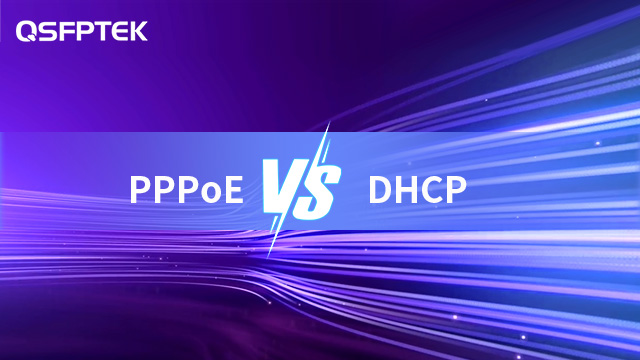 How to Choose Between PPPoE and DHCP
How to Choose Between PPPoE and DHCPThis article introduces what PPPoE and DHCP are, and helps you choose the function that is suitable for your network by comparing the main differences and application scenarios of PPPoE and DHCP.
How to Choose Between PPPoE and DHCP
How to Choose Between PPPoE and DHCPThis article introduces what PPPoE and DHCP are, and helps you choose the function that is suitable for your network by comparing the main differences and application scenarios of PPPoE and DHCP. -
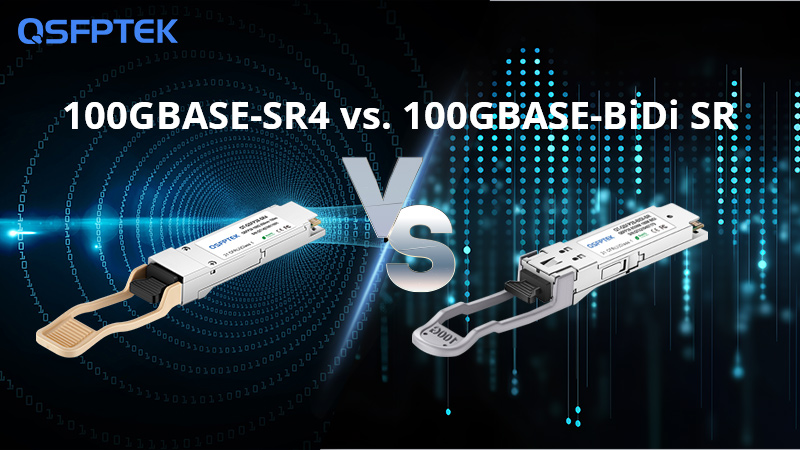 100GBASE-SR4 and 100GBASE-BiDi SR Comprehensive Guide: Understanding QSFP28 SR Transceivers
100GBASE-SR4 and 100GBASE-BiDi SR Comprehensive Guide: Understanding QSFP28 SR TransceiversThis article takes an in-depth look at the pros and cons of 100GBASE SR4 and 100GBASE BIDI SR, as well as their unique applications in data center environments, to help you gain a deeper understanding and make a selection based on your needs.
100GBASE-SR4 and 100GBASE-BiDi SR Comprehensive Guide: Understanding QSFP28 SR Transceivers
100GBASE-SR4 and 100GBASE-BiDi SR Comprehensive Guide: Understanding QSFP28 SR TransceiversThis article takes an in-depth look at the pros and cons of 100GBASE SR4 and 100GBASE BIDI SR, as well as their unique applications in data center environments, to help you gain a deeper understanding and make a selection based on your needs. -
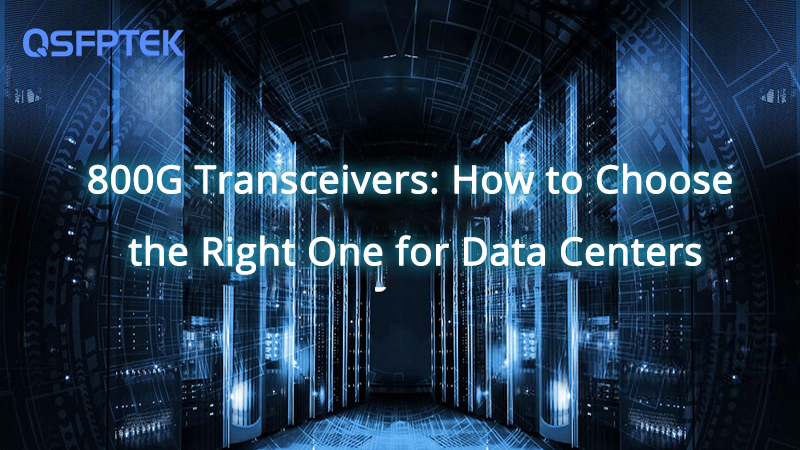 800G Transceivers: How to Choose the Right One for Data Centers
800G Transceivers: How to Choose the Right One for Data CentersThis article tells you what 800G modules are and the differences between QSFP-DD and OSFP, and introduces in detail the factors that need to be considered when choosing 800G modules.
800G Transceivers: How to Choose the Right One for Data Centers
800G Transceivers: How to Choose the Right One for Data CentersThis article tells you what 800G modules are and the differences between QSFP-DD and OSFP, and introduces in detail the factors that need to be considered when choosing 800G modules. -
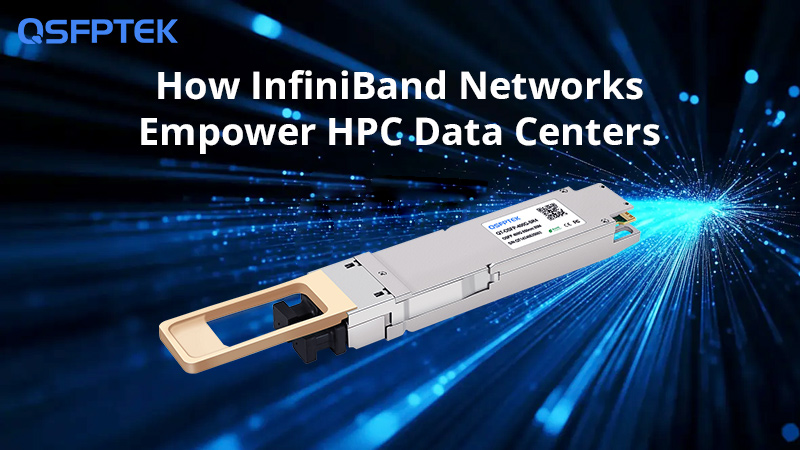 How InfiniBand Networks Empower HPC Data Centers
How InfiniBand Networks Empower HPC Data CentersInfiniBand is an open-standard high-speed network interconnect technology with high bandwidth, low latency, and high reliability widely used in supercomputer clusters. Its primary role is to connect data switches while providing efficient data transfer channels within the data center and between storage systems.
How InfiniBand Networks Empower HPC Data Centers
How InfiniBand Networks Empower HPC Data CentersInfiniBand is an open-standard high-speed network interconnect technology with high bandwidth, low latency, and high reliability widely used in supercomputer clusters. Its primary role is to connect data switches while providing efficient data transfer channels within the data center and between storage systems. -
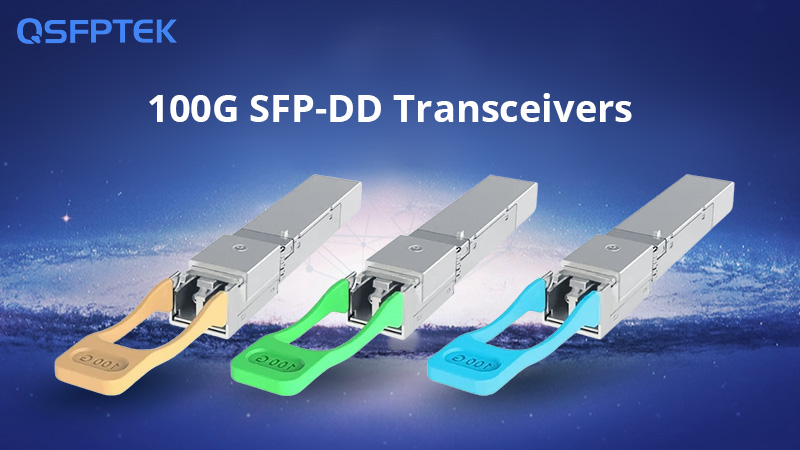 What is 100G SFP-DD Optical Transceiver?
What is 100G SFP-DD Optical Transceiver?Discover the key features, advantages, and types of 100G SFP-DD transceivers, including their dual-channel design, PAM4 modulation, and high-density performance. Compare DSFP vs. SFP-DD differences and discover their role in networks.
What is 100G SFP-DD Optical Transceiver?
What is 100G SFP-DD Optical Transceiver?Discover the key features, advantages, and types of 100G SFP-DD transceivers, including their dual-channel design, PAM4 modulation, and high-density performance. Compare DSFP vs. SFP-DD differences and discover their role in networks. -
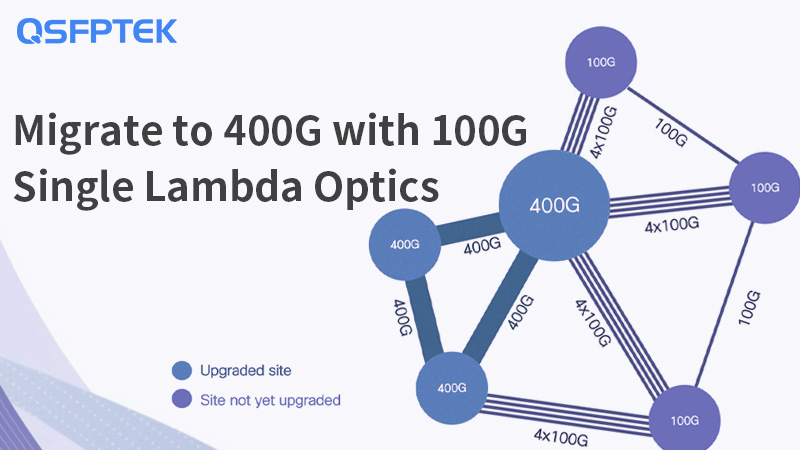 How to Migrate to 400G With 100G Single Lambda QSFPTEK Optics
How to Migrate to 400G With 100G Single Lambda QSFPTEK OpticsThis article introduces you to what 100G single lambda QSFP28 optics are and how to use them to seamlessly migrate from 100G to 400G.
How to Migrate to 400G With 100G Single Lambda QSFPTEK Optics
How to Migrate to 400G With 100G Single Lambda QSFPTEK OpticsThis article introduces you to what 100G single lambda QSFP28 optics are and how to use them to seamlessly migrate from 100G to 400G. -
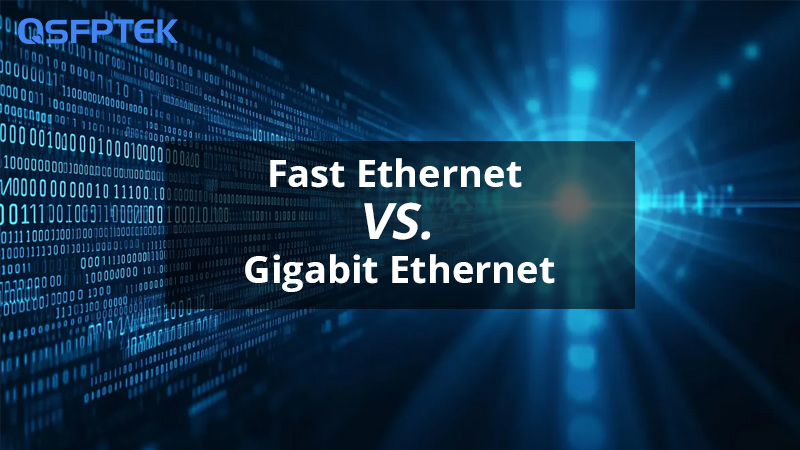 Fast Ethernet vs. Gigabit Ethernet: A Complete Comparison Guide
Fast Ethernet vs. Gigabit Ethernet: A Complete Comparison GuideLearn about the differences between Fast Ethernet and Gigabit Ethernet. Discover which Ethernet solution is best for your network needs.
Fast Ethernet vs. Gigabit Ethernet: A Complete Comparison Guide
Fast Ethernet vs. Gigabit Ethernet: A Complete Comparison GuideLearn about the differences between Fast Ethernet and Gigabit Ethernet. Discover which Ethernet solution is best for your network needs. -
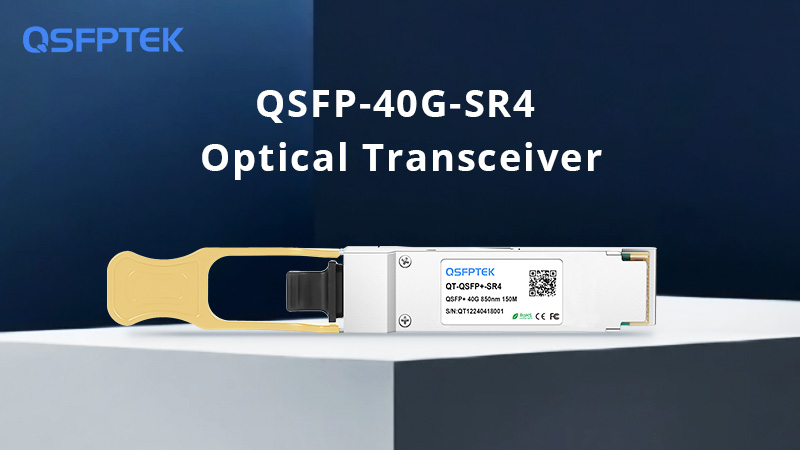 What is QSFP-40G-SR4 Optical Transceiver?
What is QSFP-40G-SR4 Optical Transceiver?This article will introduce the QSFP-40G-SR4 optical transceiver, a module that operates at 850 nm over MTP/MPO fiber and is ideal for short distance multimode transmission.
What is QSFP-40G-SR4 Optical Transceiver?
What is QSFP-40G-SR4 Optical Transceiver?This article will introduce the QSFP-40G-SR4 optical transceiver, a module that operates at 850 nm over MTP/MPO fiber and is ideal for short distance multimode transmission. -
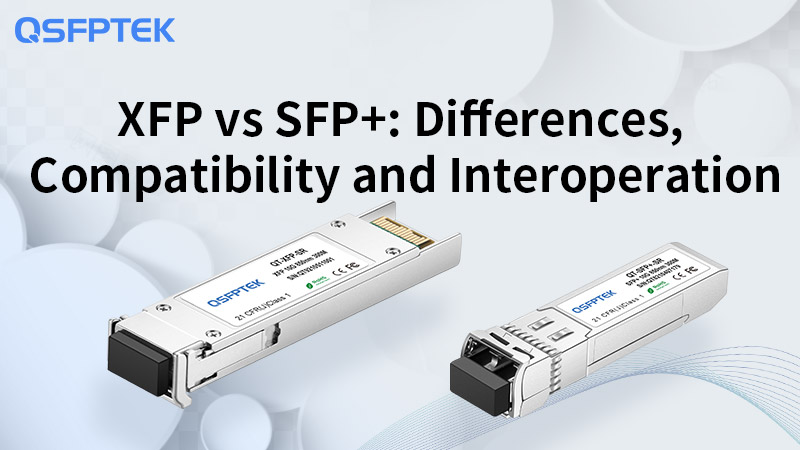 Differences, Compatibility, and Interoperation of SFP+ and XFP
Differences, Compatibility, and Interoperation of SFP+ and XFPHow does SFP+ differ from XFP? Can these two transceivers work together? Is it possible to connect an XFP module to an SFP+ module? Keep reading to find out.
Differences, Compatibility, and Interoperation of SFP+ and XFP
Differences, Compatibility, and Interoperation of SFP+ and XFPHow does SFP+ differ from XFP? Can these two transceivers work together? Is it possible to connect an XFP module to an SFP+ module? Keep reading to find out. -
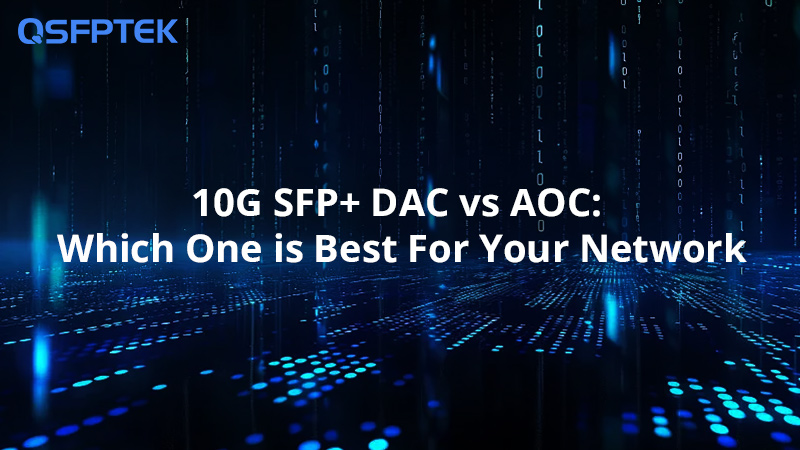 10G SFP+ DAC vs AOC: Which One is Best For Your Network
10G SFP+ DAC vs AOC: Which One is Best For Your NetworkThis article describes the main differences between 10G DAC and AOC and their respective applications, helping you choose the cabling solution that suits you when deploying device connections.
10G SFP+ DAC vs AOC: Which One is Best For Your Network
10G SFP+ DAC vs AOC: Which One is Best For Your NetworkThis article describes the main differences between 10G DAC and AOC and their respective applications, helping you choose the cabling solution that suits you when deploying device connections. -
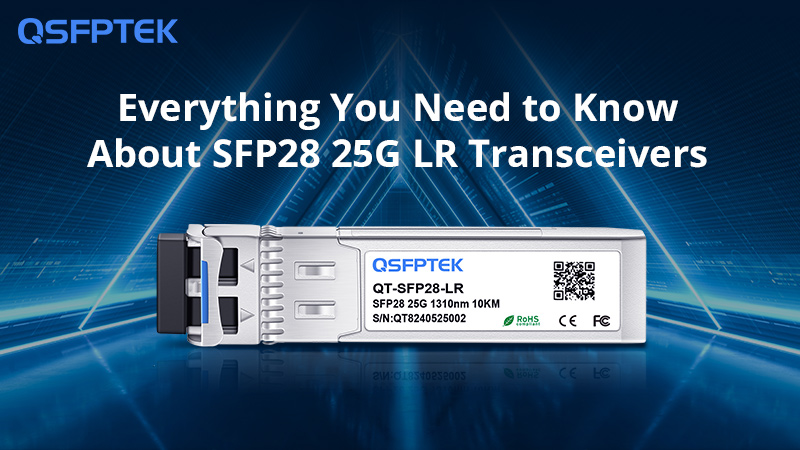 What is SFP28 25G LR Transceivers?
What is SFP28 25G LR Transceivers?SFP28 25G LR is a high-performance optical module specialized in long-distance data transmission. It supports 25Gbps data rates and uses 1310nm single-mode fiber (SMF) technology for transmission over distances of up to 10km.
What is SFP28 25G LR Transceivers?
What is SFP28 25G LR Transceivers?SFP28 25G LR is a high-performance optical module specialized in long-distance data transmission. It supports 25Gbps data rates and uses 1310nm single-mode fiber (SMF) technology for transmission over distances of up to 10km. -
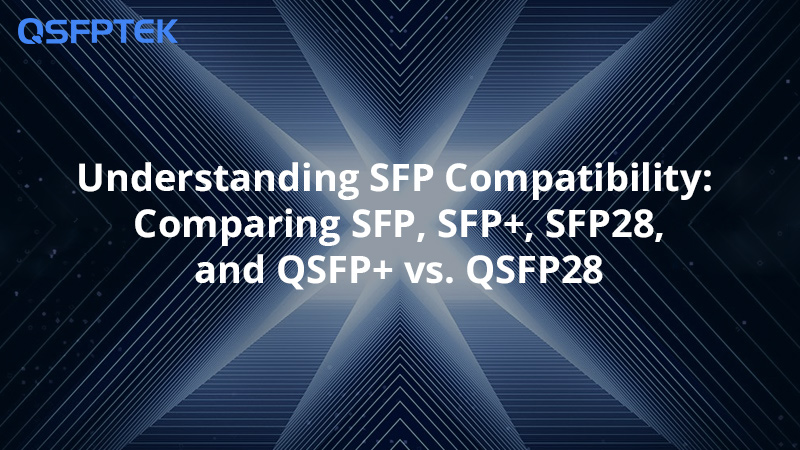 SFP vs SFP+ vs SFP28 vs QSFP+ vs QSFP28 Compatibility Guide
SFP vs SFP+ vs SFP28 vs QSFP+ vs QSFP28 Compatibility GuideTo explore the compatibility between SFP and SFP+, SFP28 and SFP+, as well as QSFP28 and QSFP+, check out this post for detailed insights.
SFP vs SFP+ vs SFP28 vs QSFP+ vs QSFP28 Compatibility Guide
SFP vs SFP+ vs SFP28 vs QSFP+ vs QSFP28 Compatibility GuideTo explore the compatibility between SFP and SFP+, SFP28 and SFP+, as well as QSFP28 and QSFP+, check out this post for detailed insights. -
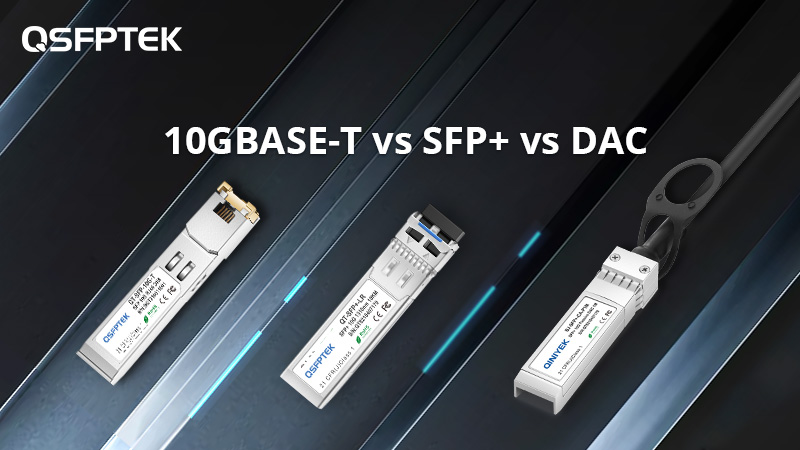 10GBASE-T vs. 10G SFP+ Transceiver vs. 10G DAC: How to Choose for 10GbE Cabling?
10GBASE-T vs. 10G SFP+ Transceiver vs. 10G DAC: How to Choose for 10GbE Cabling?Comparing 10GbE SFP+ and 10GBASE-T: This discussion explores the reasons behind opting for 10GBASE-T copper in contrast to 10G copper and fiber for 10G Ethernet. Additionally, it highlights network solutions tailored for 10GBASE-T copper cabling.
10GBASE-T vs. 10G SFP+ Transceiver vs. 10G DAC: How to Choose for 10GbE Cabling?
10GBASE-T vs. 10G SFP+ Transceiver vs. 10G DAC: How to Choose for 10GbE Cabling?Comparing 10GbE SFP+ and 10GBASE-T: This discussion explores the reasons behind opting for 10GBASE-T copper in contrast to 10G copper and fiber for 10G Ethernet. Additionally, it highlights network solutions tailored for 10GBASE-T copper cabling. -
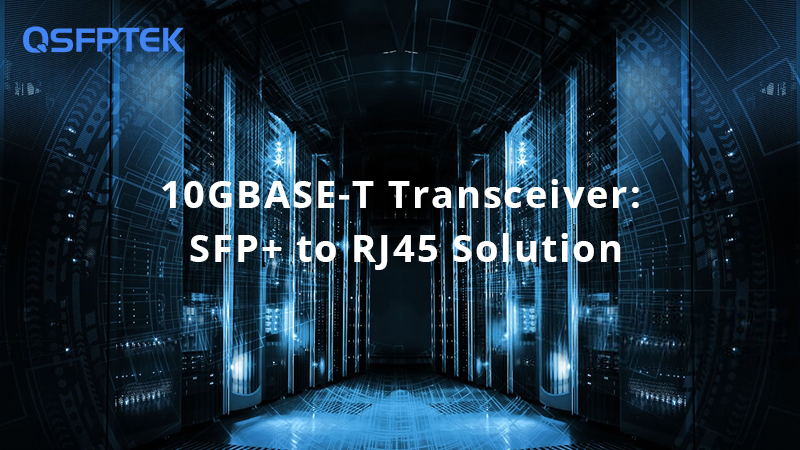 How to Use 1-GBASE-T in SFP+ to RJ45 Solution?
How to Use 1-GBASE-T in SFP+ to RJ45 Solution?This article tells you about the 10GBASE-T module as a cost-effective solution for SFP+ to RJ45, its advantages and specific applications.
How to Use 1-GBASE-T in SFP+ to RJ45 Solution?
How to Use 1-GBASE-T in SFP+ to RJ45 Solution?This article tells you about the 10GBASE-T module as a cost-effective solution for SFP+ to RJ45, its advantages and specific applications. -
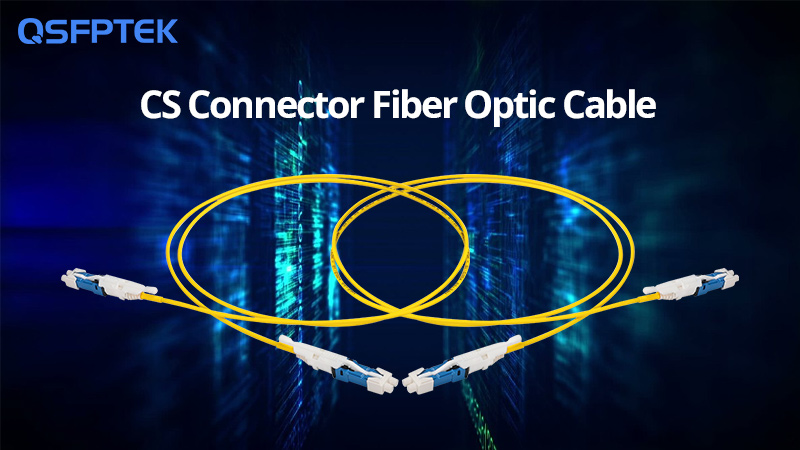 What is a CS Connector Fiber Optic Cable?
What is a CS Connector Fiber Optic Cable?Explore the benefits of CS optical connector fiber optic cables for 200G, 400G, and 800G networks. Compare CS connectors with LC connectors and SN connectors and understand how to choose the right one for optimal performance and network efficiency.
What is a CS Connector Fiber Optic Cable?
What is a CS Connector Fiber Optic Cable?Explore the benefits of CS optical connector fiber optic cables for 200G, 400G, and 800G networks. Compare CS connectors with LC connectors and SN connectors and understand how to choose the right one for optimal performance and network efficiency. -
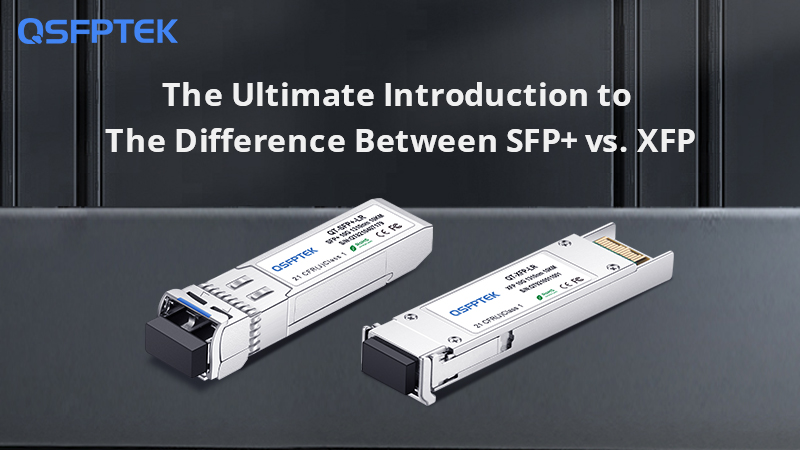 What is the Difference Between SFP+ vs. XFP?
What is the Difference Between SFP+ vs. XFP?This article introduces the specific differences between SFP+ and XFP, such as parameters and applications, and answers some common questions.
What is the Difference Between SFP+ vs. XFP?
What is the Difference Between SFP+ vs. XFP?This article introduces the specific differences between SFP+ and XFP, such as parameters and applications, and answers some common questions. -
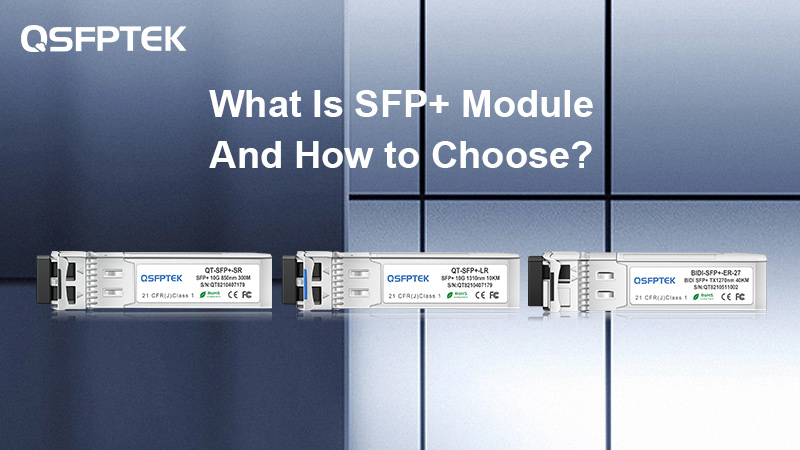 What Is SFP+ Module, And How to Choose?
What Is SFP+ Module, And How to Choose?The SFP+ module, which has been developed for more than ten years, is currently the market's most widely used industry standard for modules. The SFP+ module is utilized in various applications, including SONET and 10 Gigabit Ethernet. This article will tell you what is SFP+ and how to classify them.
What Is SFP+ Module, And How to Choose?
What Is SFP+ Module, And How to Choose?The SFP+ module, which has been developed for more than ten years, is currently the market's most widely used industry standard for modules. The SFP+ module is utilized in various applications, including SONET and 10 Gigabit Ethernet. This article will tell you what is SFP+ and how to classify them. -
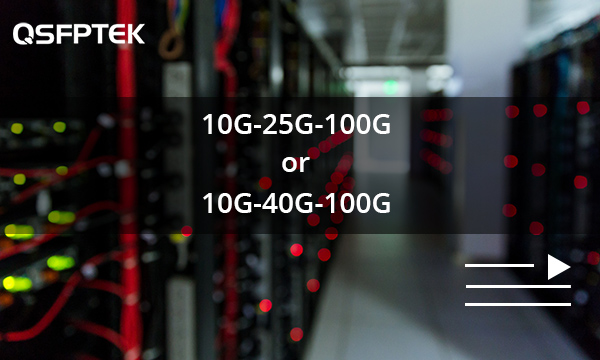 10G SFP+ to 25G SFP28 or 10G SFP+ to 40G QSFP, Which Upgrade Path is Better?
10G SFP+ to 25G SFP28 or 10G SFP+ to 40G QSFP, Which Upgrade Path is Better?The existing 10G networks are in saturation with increasing bandwidth requirements between the server and switches in recent years, so it is urgent to upgrade the 10G network to a higher speed. Today’s data center network trends are 100G/200G/400G. Now comes the question, which is the better transition plan among 40G QSFP+ transceivers and 25G SFP28 transceivers to upgrade to 100G and beyond. This article will tell.
10G SFP+ to 25G SFP28 or 10G SFP+ to 40G QSFP, Which Upgrade Path is Better?
10G SFP+ to 25G SFP28 or 10G SFP+ to 40G QSFP, Which Upgrade Path is Better?The existing 10G networks are in saturation with increasing bandwidth requirements between the server and switches in recent years, so it is urgent to upgrade the 10G network to a higher speed. Today’s data center network trends are 100G/200G/400G. Now comes the question, which is the better transition plan among 40G QSFP+ transceivers and 25G SFP28 transceivers to upgrade to 100G and beyond. This article will tell. -
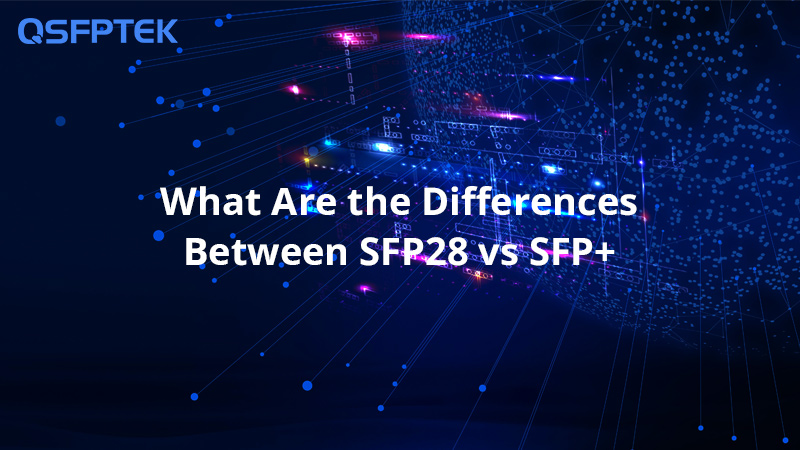 SFP28 vs SFP+, What Are the Differences?
SFP28 vs SFP+, What Are the Differences?With the advancement of technology, the bandwidth of 10G networks can no longer meet the demands of high-bandwidth applications in modern networks. Many enterprises urgently need to upgrade to higher-speed networks to fulfill their requirements. The 25G SFP28 network is an effective and cost-efficient solution to replace 10G networks. This article will introduce the definition, working principle, applications, and advantages of the 25G SFP28 optical transceiver by comparing it with SFP+.
SFP28 vs SFP+, What Are the Differences?
SFP28 vs SFP+, What Are the Differences?With the advancement of technology, the bandwidth of 10G networks can no longer meet the demands of high-bandwidth applications in modern networks. Many enterprises urgently need to upgrade to higher-speed networks to fulfill their requirements. The 25G SFP28 network is an effective and cost-efficient solution to replace 10G networks. This article will introduce the definition, working principle, applications, and advantages of the 25G SFP28 optical transceiver by comparing it with SFP+. -
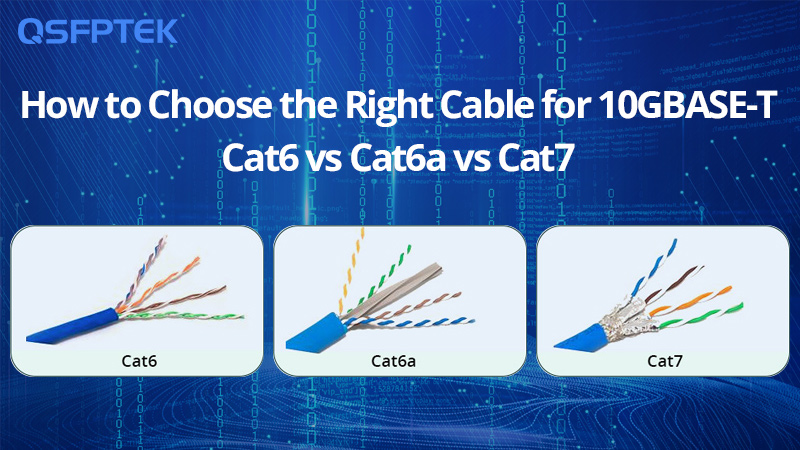 How to Choose the Right Cable for 10GBASE-T: Cat6 vs Cat6a vs Cat7
How to Choose the Right Cable for 10GBASE-T: Cat6 vs Cat6a vs Cat7Before choosing 10G Ethernet cables for 10GBASE-T, it is necessary to figure out how to choose between Cat6, Cat6a and Cat7, and what is the difference when they are used with 10GBASE-T, as this article will show you.
How to Choose the Right Cable for 10GBASE-T: Cat6 vs Cat6a vs Cat7
How to Choose the Right Cable for 10GBASE-T: Cat6 vs Cat6a vs Cat7Before choosing 10G Ethernet cables for 10GBASE-T, it is necessary to figure out how to choose between Cat6, Cat6a and Cat7, and what is the difference when they are used with 10GBASE-T, as this article will show you. -
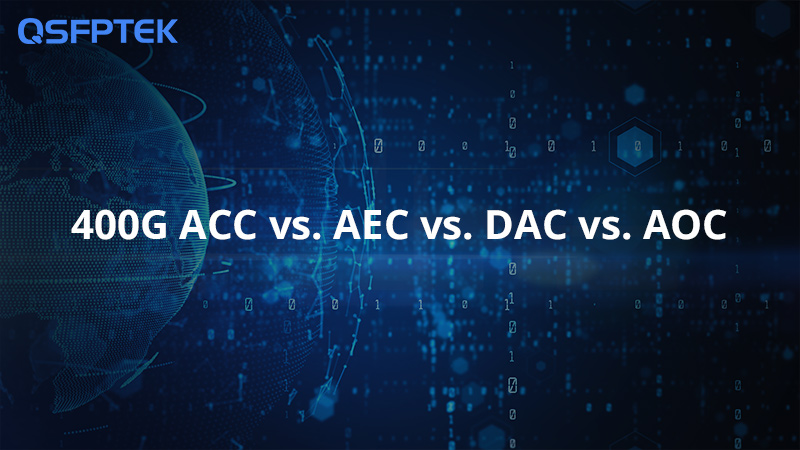 400G ACC vs. AEC vs. DAC vs. AOC: A Thorough Comparison
400G ACC vs. AEC vs. DAC vs. AOC: A Thorough ComparisonDiscover the differences between 400G ACC, AEC, DAC, and AOC cables. Learn their advantages, disadvantages, and ideal use cases to optimize your 400G network performance and efficiency.
400G ACC vs. AEC vs. DAC vs. AOC: A Thorough Comparison
400G ACC vs. AEC vs. DAC vs. AOC: A Thorough ComparisonDiscover the differences between 400G ACC, AEC, DAC, and AOC cables. Learn their advantages, disadvantages, and ideal use cases to optimize your 400G network performance and efficiency. -
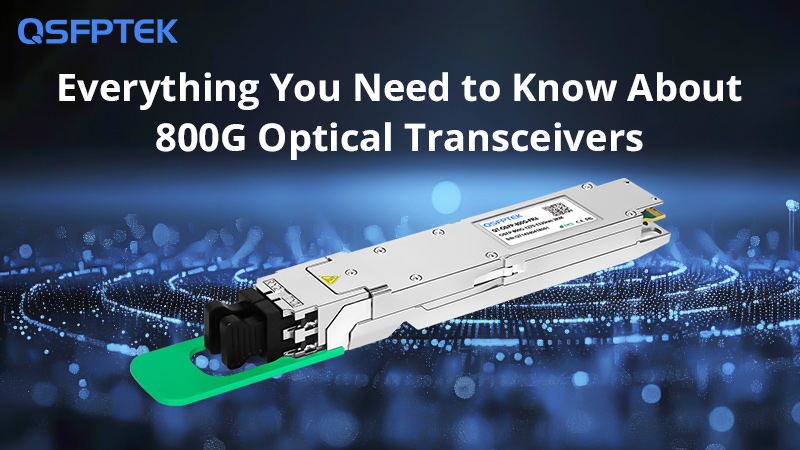 800G Optical Transceivers Overview: Everything You Need to Know About It
800G Optical Transceivers Overview: Everything You Need to Know About It800G optical modules are transforming data center transport, enabling networks to reach heights that previous generations of 400G could not. This article will describe the parameters of the 800GBASE module, as well as a look into the future of networking.
800G Optical Transceivers Overview: Everything You Need to Know About It
800G Optical Transceivers Overview: Everything You Need to Know About It800G optical modules are transforming data center transport, enabling networks to reach heights that previous generations of 400G could not. This article will describe the parameters of the 800GBASE module, as well as a look into the future of networking. -
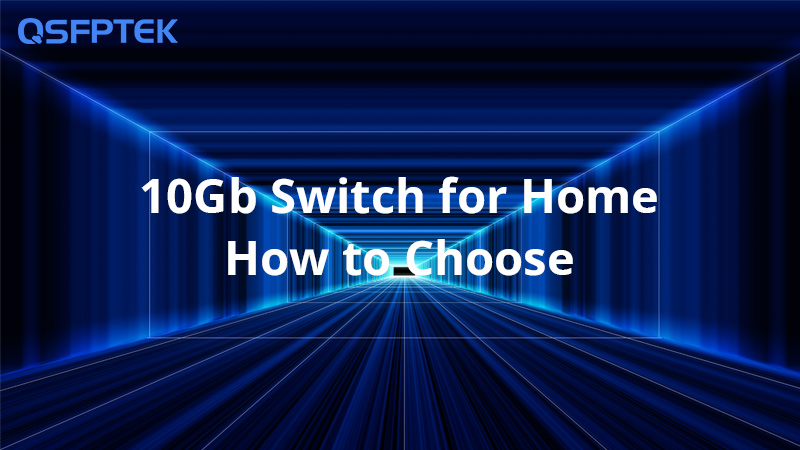 How to Choose 10G Switch for Home?
How to Choose 10G Switch for Home?This article tells you why you need a 10Gb switch for your home network, its types, and factors to consider when purchasing to help you choose the right switch for you.
How to Choose 10G Switch for Home?
How to Choose 10G Switch for Home?This article tells you why you need a 10Gb switch for your home network, its types, and factors to consider when purchasing to help you choose the right switch for you. -
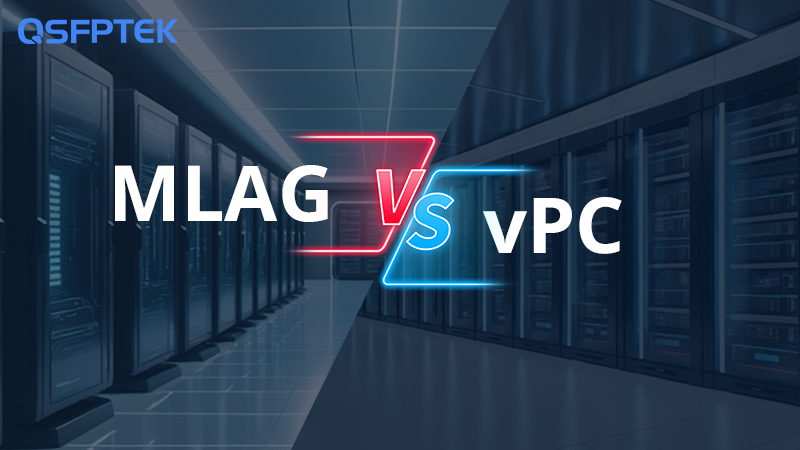 What is the Difference Between MLAG vs. vPC?
What is the Difference Between MLAG vs. vPC?This article will introduce two different ways to implement link aggregation groups, multi-chassis link aggregation (MLAG) and virtual port channel (vPC). Learn how they work and the advantages of each in this article.
What is the Difference Between MLAG vs. vPC?
What is the Difference Between MLAG vs. vPC?This article will introduce two different ways to implement link aggregation groups, multi-chassis link aggregation (MLAG) and virtual port channel (vPC). Learn how they work and the advantages of each in this article. -
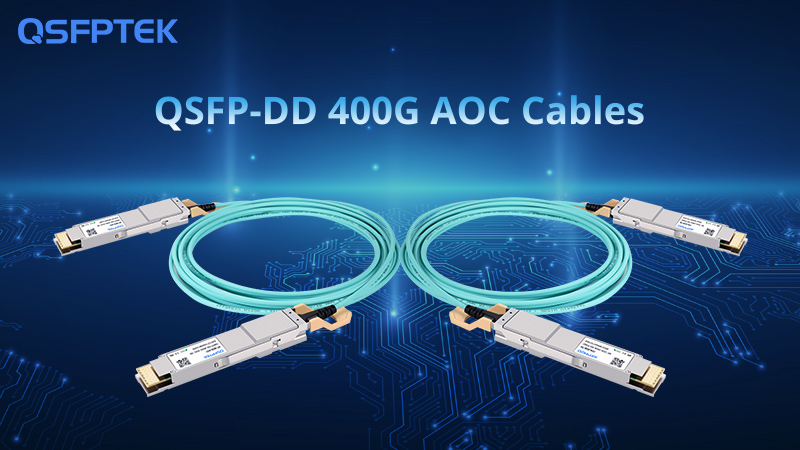 What is QSFP-DD 400G AOC Cable
What is QSFP-DD 400G AOC CableExplore the applications, benefits, and common issues of 400G QSFP-DD AOC cables in 400G data centers. Learn how this high-performance 400G AOC meets the needs of modern data centers.
What is QSFP-DD 400G AOC Cable
What is QSFP-DD 400G AOC CableExplore the applications, benefits, and common issues of 400G QSFP-DD AOC cables in 400G data centers. Learn how this high-performance 400G AOC meets the needs of modern data centers. -
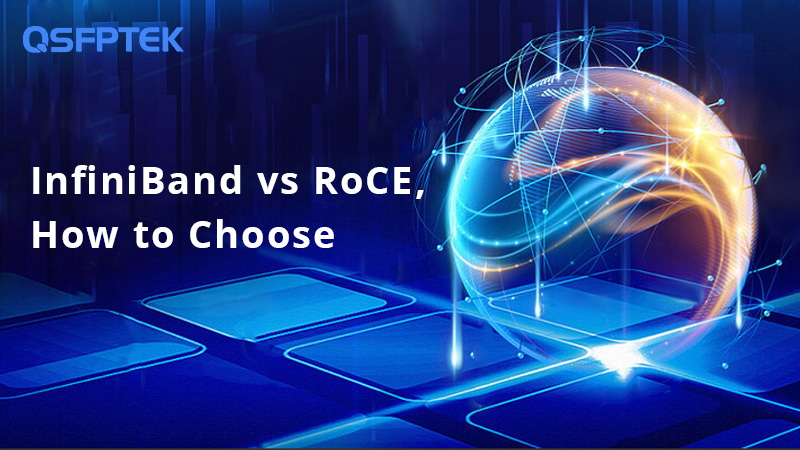 InfiniBand vs RoCE, How to Choose
InfiniBand vs RoCE, How to ChooseThis article explains what InfiniBand and RoCEv2 are, and analyzes their important parameters and application environments to help you deploy a network suitable for your application.
InfiniBand vs RoCE, How to Choose
InfiniBand vs RoCE, How to ChooseThis article explains what InfiniBand and RoCEv2 are, and analyzes their important parameters and application environments to help you deploy a network suitable for your application. -
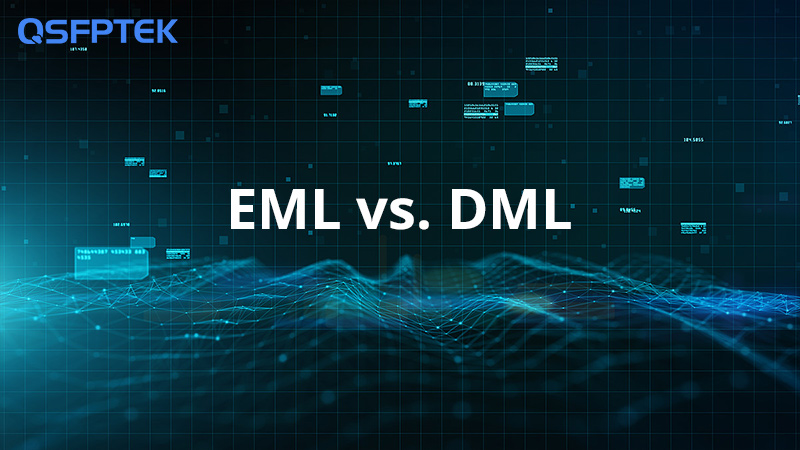 EML vs. DML: Choosing the Right Laser Technology for Optical Transceivers
EML vs. DML: Choosing the Right Laser Technology for Optical TransceiversExplore the differences between EML (Electro-absorption Modulated Laser) and DML (Directly Modulated Laser) technologies in optical transceivers. Learn about their working principles, advantages, disadvantages, and key considerations for choosing the right laser for your optical communication system.
EML vs. DML: Choosing the Right Laser Technology for Optical Transceivers
EML vs. DML: Choosing the Right Laser Technology for Optical TransceiversExplore the differences between EML (Electro-absorption Modulated Laser) and DML (Directly Modulated Laser) technologies in optical transceivers. Learn about their working principles, advantages, disadvantages, and key considerations for choosing the right laser for your optical communication system. -
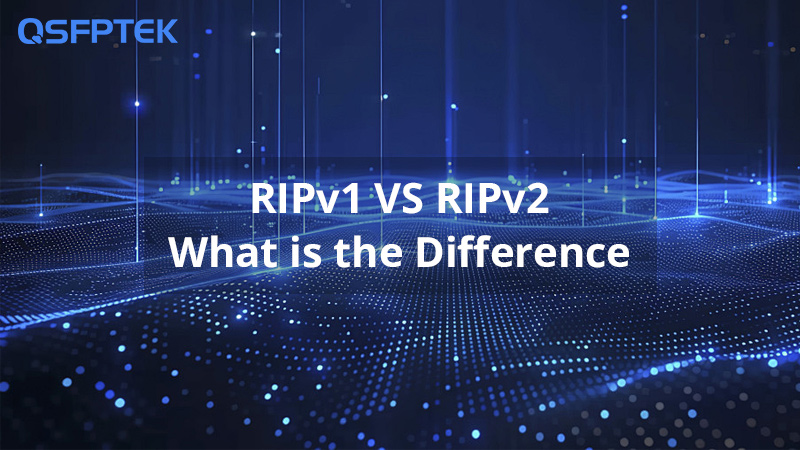 RIPv1 VS RIPv2, What is the Difference
RIPv1 VS RIPv2, What is the DifferenceThis article explains what RIPv1 and RIPv2 are and their differences, helping you understand the RIP protocol and choose the right product for your application.
RIPv1 VS RIPv2, What is the Difference
RIPv1 VS RIPv2, What is the DifferenceThis article explains what RIPv1 and RIPv2 are and their differences, helping you understand the RIP protocol and choose the right product for your application. -
 LPO vs. CPO: Which Data Center Optical Interconnect Will Be the Next Generation Domination?
LPO vs. CPO: Which Data Center Optical Interconnect Will Be the Next Generation Domination?This article will introduce CPO and LPO two next-generation data center interconnections, these two silicon photonics modules have good performance in terms of energy consumption and speed, and their low-cost advantage makes them become the mainstream of the data center to upgrade the next generation of 400G products.
LPO vs. CPO: Which Data Center Optical Interconnect Will Be the Next Generation Domination?
LPO vs. CPO: Which Data Center Optical Interconnect Will Be the Next Generation Domination?This article will introduce CPO and LPO two next-generation data center interconnections, these two silicon photonics modules have good performance in terms of energy consumption and speed, and their low-cost advantage makes them become the mainstream of the data center to upgrade the next generation of 400G products. -
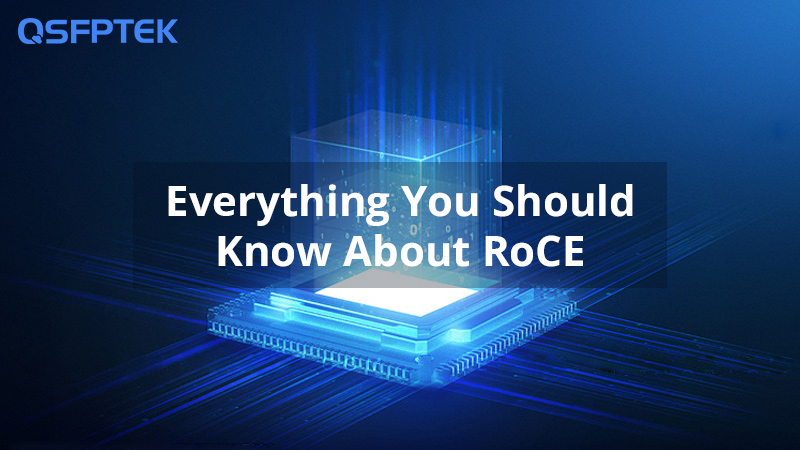 What is RDMA Over Converged Ethernet?
What is RDMA Over Converged Ethernet?This article explains what RoCE is and how it differs from InfiniBand, helping you understand its role and limitations.
What is RDMA Over Converged Ethernet?
What is RDMA Over Converged Ethernet?This article explains what RoCE is and how it differs from InfiniBand, helping you understand its role and limitations. -
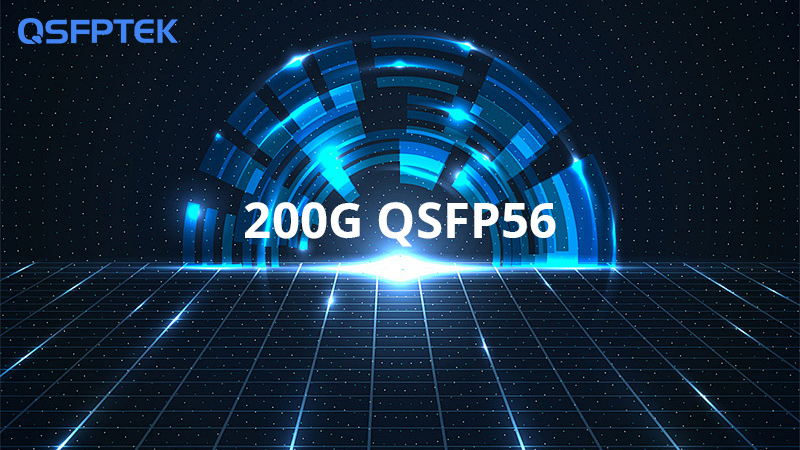 Are You Familiar with 200G QSFP56?
Are You Familiar with 200G QSFP56?This article explores the 200G QSFP56 optical transceiver, highlighting its benefits, types, and key differences compared to QSFP56 vs QSFP28 vs QSFP+ modules.
Are You Familiar with 200G QSFP56?
Are You Familiar with 200G QSFP56?This article explores the 200G QSFP56 optical transceiver, highlighting its benefits, types, and key differences compared to QSFP56 vs QSFP28 vs QSFP+ modules. -
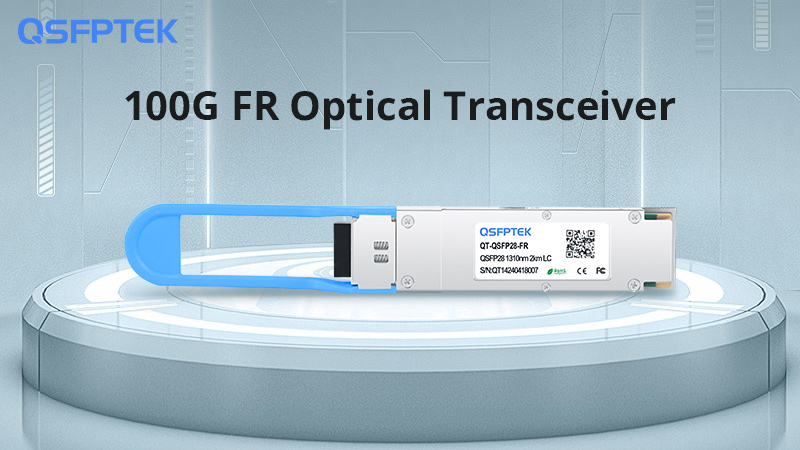 What is 100G FR Optical Transceiver?
What is 100G FR Optical Transceiver?The 100G FR has many advantages as a QSFP28 module, while Single Lambda gives it the ability to layout into the future. So what kind of features does this module have, learn more about the 100GBASE-FR module by reading this article.
What is 100G FR Optical Transceiver?
What is 100G FR Optical Transceiver?The 100G FR has many advantages as a QSFP28 module, while Single Lambda gives it the ability to layout into the future. So what kind of features does this module have, learn more about the 100GBASE-FR module by reading this article. -
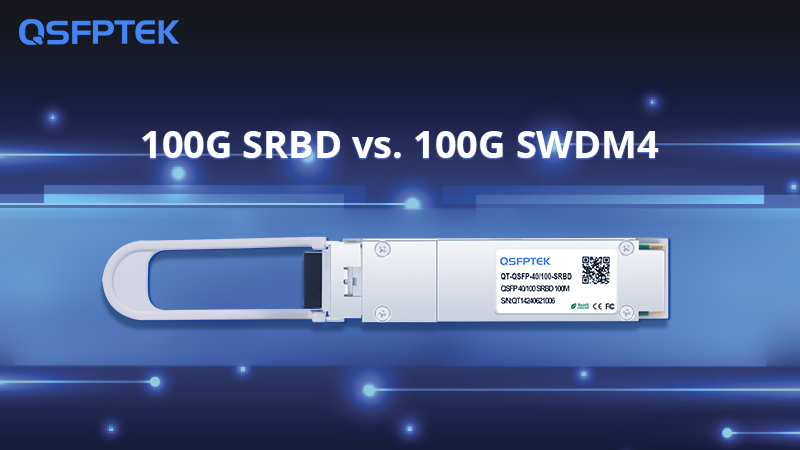 100G QSFP28 Multimode Transceiver Overview: 100G SRBD vs. 100G SWDM4
100G QSFP28 Multimode Transceiver Overview: 100G SRBD vs. 100G SWDM4This article will describe the differences between two different 100G multimode modules. They work differently and have different applications in data centers. Through this article, you can learn how to choose between 100G SRBD and 100G SWDM4.
100G QSFP28 Multimode Transceiver Overview: 100G SRBD vs. 100G SWDM4
100G QSFP28 Multimode Transceiver Overview: 100G SRBD vs. 100G SWDM4This article will describe the differences between two different 100G multimode modules. They work differently and have different applications in data centers. Through this article, you can learn how to choose between 100G SRBD and 100G SWDM4. -
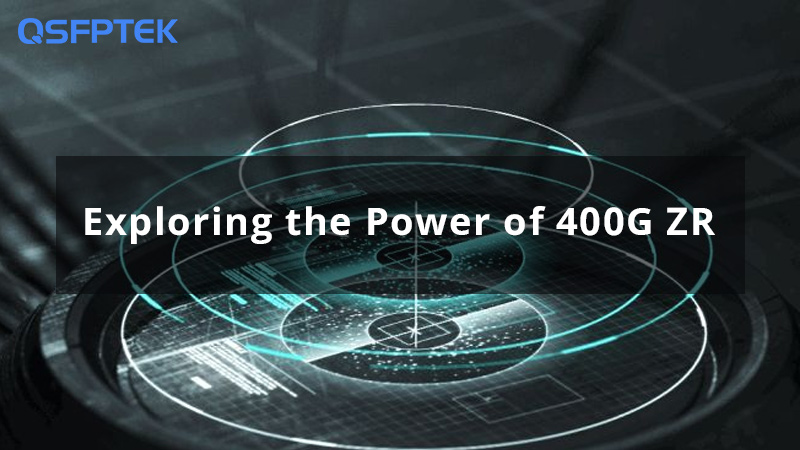 Exploring the Power of 400G ZR
Exploring the Power of 400G ZRLearn about the benefits, working principles, and applications of 400G ZR optical transceivers, including OSFP and QSFP-DD form factors, for high-speed, long-distance data transmission.
Exploring the Power of 400G ZR
Exploring the Power of 400G ZRLearn about the benefits, working principles, and applications of 400G ZR optical transceivers, including OSFP and QSFP-DD form factors, for high-speed, long-distance data transmission. -
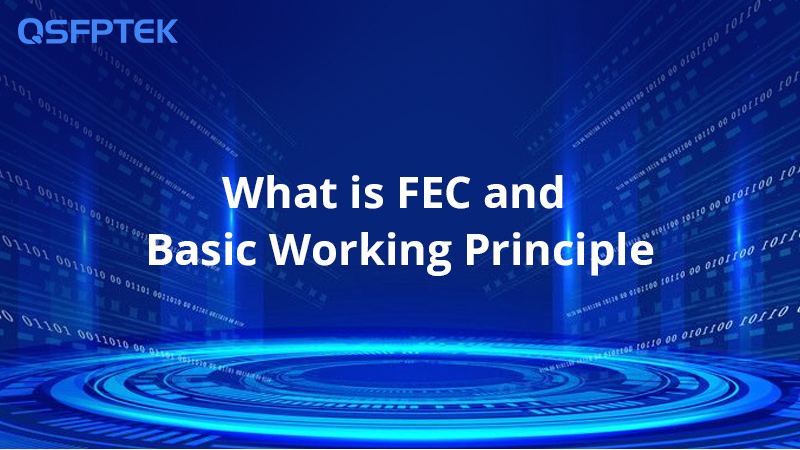 What is Forward Error Correction and Basic Working Principle
What is Forward Error Correction and Basic Working PrincipleThis article explains what FEC is and how it works in principle, helping you understand how it can help you solve the packet loss problem caused by signal degradation, so that you can solve signal degradation when deploying your network.
What is Forward Error Correction and Basic Working Principle
What is Forward Error Correction and Basic Working PrincipleThis article explains what FEC is and how it works in principle, helping you understand how it can help you solve the packet loss problem caused by signal degradation, so that you can solve signal degradation when deploying your network. -
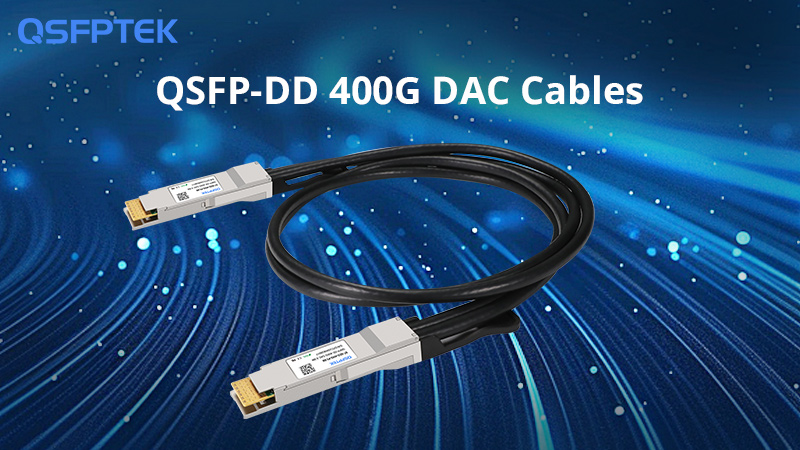 QSFP-DD 400G DAC Cables: An In-Depth Analysis
QSFP-DD 400G DAC Cables: An In-Depth AnalysisThis article explores the benefits and limitations of 400G QSFP-DD DAC Twinax Cables, including a comparison with 400G AOC vs. 400G DAC vs. 400G optical transceivers with fiber cables. Find the best 400G data center solution for your network.
QSFP-DD 400G DAC Cables: An In-Depth Analysis
QSFP-DD 400G DAC Cables: An In-Depth AnalysisThis article explores the benefits and limitations of 400G QSFP-DD DAC Twinax Cables, including a comparison with 400G AOC vs. 400G DAC vs. 400G optical transceivers with fiber cables. Find the best 400G data center solution for your network. -
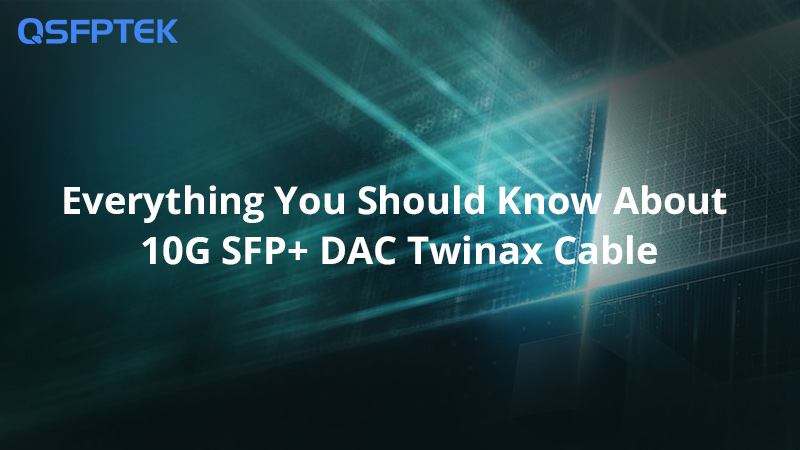 Everything You Should Know About 10G SFP+ DAC Twinax Cable
Everything You Should Know About 10G SFP+ DAC Twinax CableThis article introduces some aspects you need to know about 10G DAC Twinax cable, including its types, advantages and disadvantages, and specific applications.
Everything You Should Know About 10G SFP+ DAC Twinax Cable
Everything You Should Know About 10G SFP+ DAC Twinax CableThis article introduces some aspects you need to know about 10G DAC Twinax cable, including its types, advantages and disadvantages, and specific applications. -
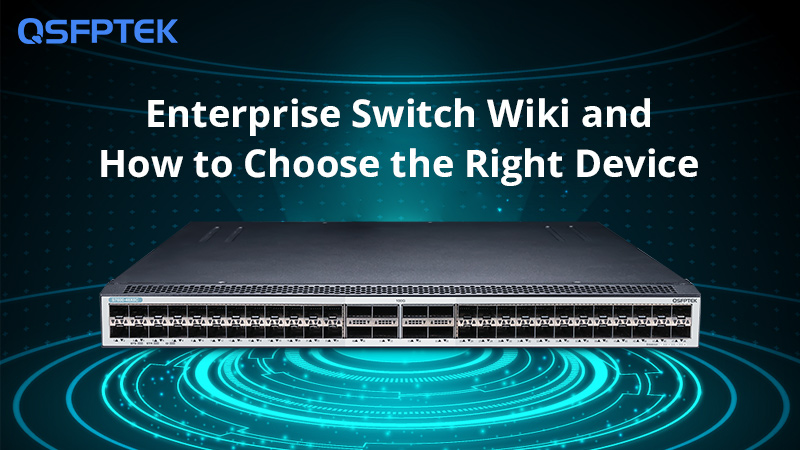 Enterprise Switch Wiki and How to Choose the Right Device
Enterprise Switch Wiki and How to Choose the Right DeviceIn this article some of the features of the enterprise switch will be described and when you are choosing the right switch, how to choose a suitable enterprise switch and what you need to look for, this article will answer your queries.
Enterprise Switch Wiki and How to Choose the Right Device
Enterprise Switch Wiki and How to Choose the Right DeviceIn this article some of the features of the enterprise switch will be described and when you are choosing the right switch, how to choose a suitable enterprise switch and what you need to look for, this article will answer your queries. -
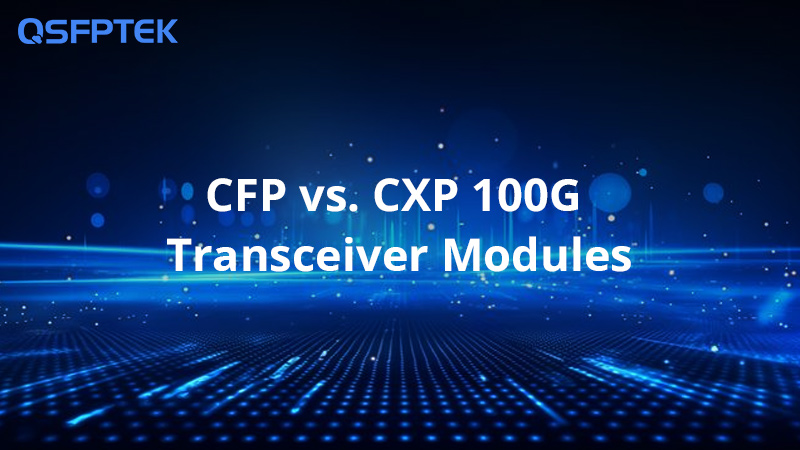 CFP vs. CXP 100G Transceiver Modules, What's the Difference?
CFP vs. CXP 100G Transceiver Modules, What's the Difference?This article explores the key differences between 100G CFP and CXP form factor optical transceivers, revealing which is best for your network's performance needs.
CFP vs. CXP 100G Transceiver Modules, What's the Difference?
CFP vs. CXP 100G Transceiver Modules, What's the Difference?This article explores the key differences between 100G CFP and CXP form factor optical transceivers, revealing which is best for your network's performance needs. -
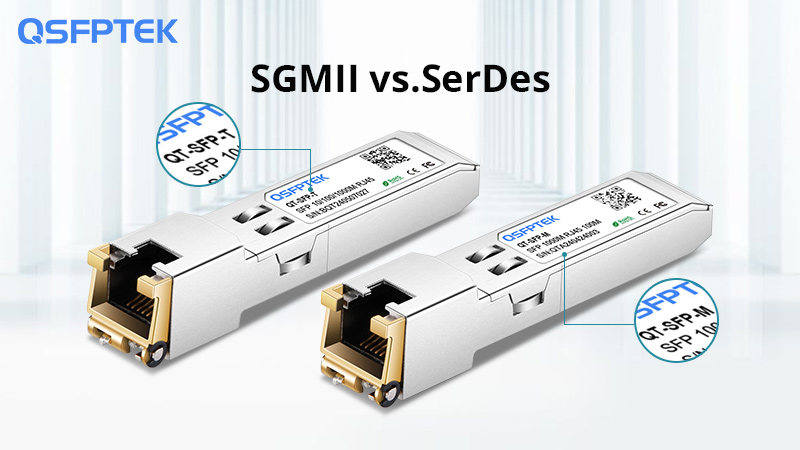 What is the Difference Between 1000BASE-X SGMII vs. SerDes Interface
What is the Difference Between 1000BASE-X SGMII vs. SerDes InterfaceThis article introduces SGMII vs. Serdes Interface, describing the differences between the two interfaces and how to choose them correctly.
What is the Difference Between 1000BASE-X SGMII vs. SerDes Interface
What is the Difference Between 1000BASE-X SGMII vs. SerDes InterfaceThis article introduces SGMII vs. Serdes Interface, describing the differences between the two interfaces and how to choose them correctly. -
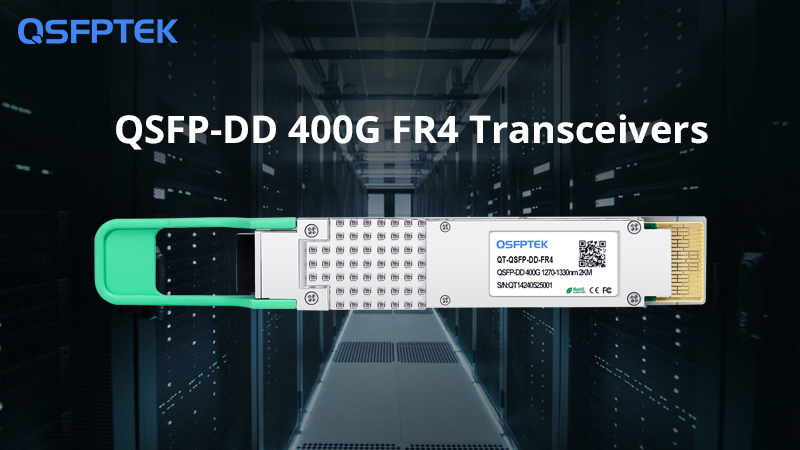 What is QSFP-DD 400G FR4 Transceiver? An In-Depth Analysis
What is QSFP-DD 400G FR4 Transceiver? An In-Depth AnalysisThis article explains 400G QSFP-DD FR4 optical transceivers, covering their advantages, working principles, and why they are ideal for 400G data centers. It also highlights the differences between 400G QSFP-DD FR4 and 400G QSFP-DD FR8 optical modules.
What is QSFP-DD 400G FR4 Transceiver? An In-Depth Analysis
What is QSFP-DD 400G FR4 Transceiver? An In-Depth AnalysisThis article explains 400G QSFP-DD FR4 optical transceivers, covering their advantages, working principles, and why they are ideal for 400G data centers. It also highlights the differences between 400G QSFP-DD FR4 and 400G QSFP-DD FR8 optical modules. -
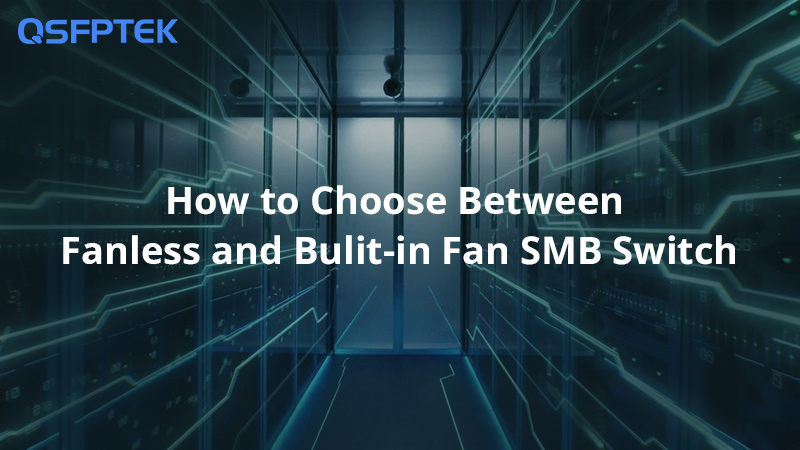 How to Choose Between Fanless and Bulit-in Fan SMB Switch
How to Choose Between Fanless and Bulit-in Fan SMB SwitchThis article will show you the specific differences between fanless SMB switches and built-in fan SMB switches, their applications, and how to choose, helping you choose the right device for your needs when building a network.
How to Choose Between Fanless and Bulit-in Fan SMB Switch
How to Choose Between Fanless and Bulit-in Fan SMB SwitchThis article will show you the specific differences between fanless SMB switches and built-in fan SMB switches, their applications, and how to choose, helping you choose the right device for your needs when building a network. -
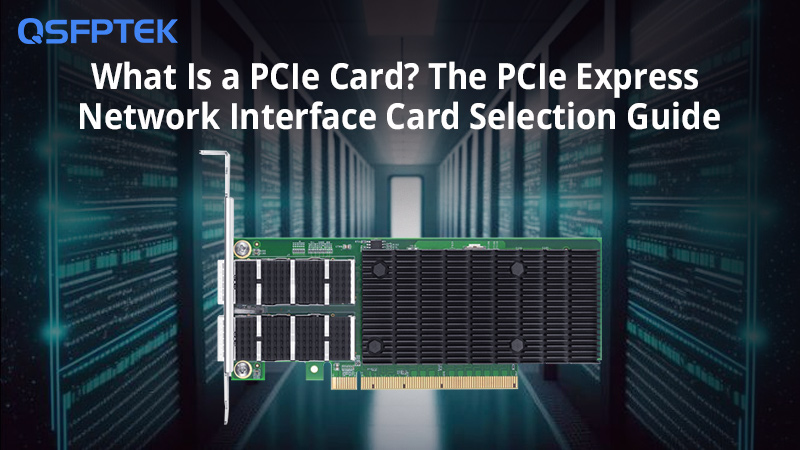 What Is a PCIe Card? The PCIe Express Network Interface Card Selection Guide
What Is a PCIe Card? The PCIe Express Network Interface Card Selection GuideThis article will introduce what a PCIe card is and how to go about picking a suitable PCIe card. Through this article you will learn about the several different versions and specifications of PCIe cards.
What Is a PCIe Card? The PCIe Express Network Interface Card Selection Guide
What Is a PCIe Card? The PCIe Express Network Interface Card Selection GuideThis article will introduce what a PCIe card is and how to go about picking a suitable PCIe card. Through this article you will learn about the several different versions and specifications of PCIe cards. -
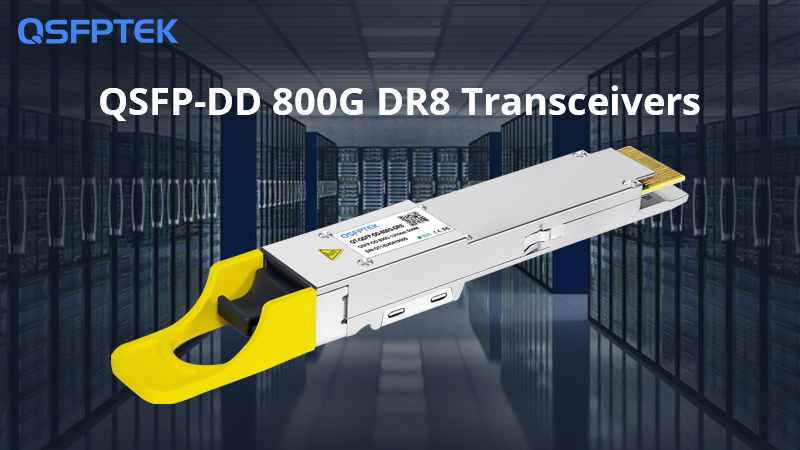 What is QSFP-DD 800G DR8 Transceiver? A Comprehensive Guide
What is QSFP-DD 800G DR8 Transceiver? A Comprehensive GuideExplore the 800G QSFP-DD DR8 transceiver, its features, benefits, and connection solutions for data centers, offering high bandwidth, scalability, and efficient data transmission for 800G Ethernet cloud computing and high-performance applications.
What is QSFP-DD 800G DR8 Transceiver? A Comprehensive Guide
What is QSFP-DD 800G DR8 Transceiver? A Comprehensive GuideExplore the 800G QSFP-DD DR8 transceiver, its features, benefits, and connection solutions for data centers, offering high bandwidth, scalability, and efficient data transmission for 800G Ethernet cloud computing and high-performance applications. -
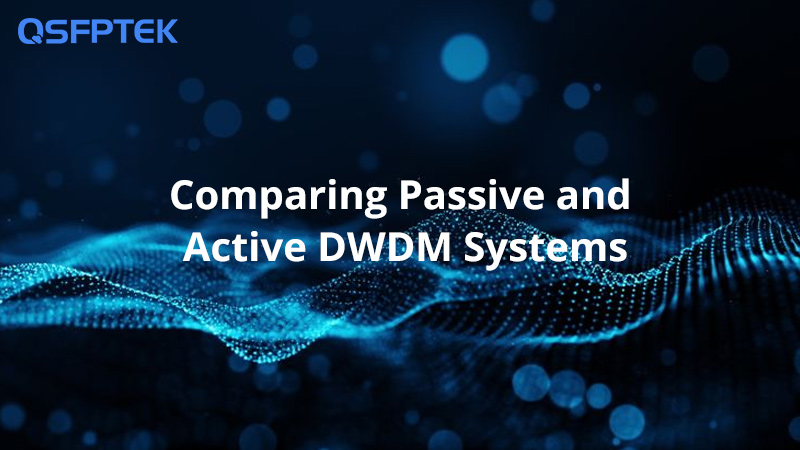 Comparing Passive and Active DWDM Systems
Comparing Passive and Active DWDM SystemsThis article takes you to understand active and passive DWDM in DWDM systems, helping you understand the differences between them so that you can make a decision when deploying a network.
Comparing Passive and Active DWDM Systems
Comparing Passive and Active DWDM SystemsThis article takes you to understand active and passive DWDM in DWDM systems, helping you understand the differences between them so that you can make a decision when deploying a network. -
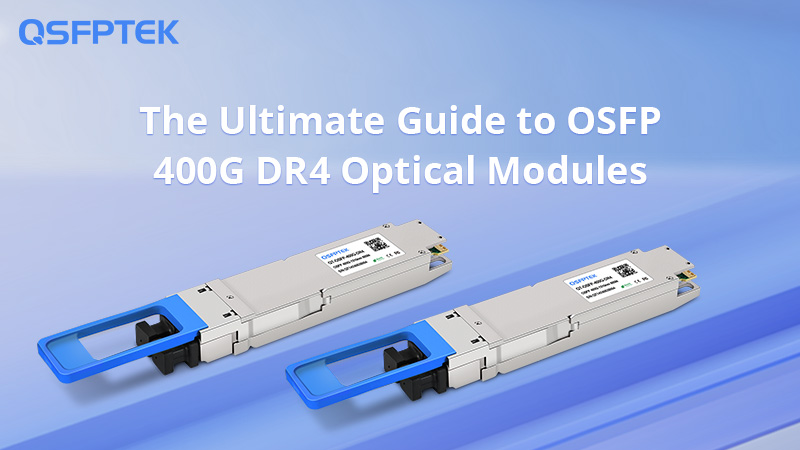 The Ultimate Guide to OSFP 400G DR4 Optical Modules
The Ultimate Guide to OSFP 400G DR4 Optical ModulesThis article will introduce what is 400G OSFP DR4 optical module, this module uses PAM4 technology, so why PAM4 technology is crucial for 400G Ethernet, you will know more by reading this article.
The Ultimate Guide to OSFP 400G DR4 Optical Modules
The Ultimate Guide to OSFP 400G DR4 Optical ModulesThis article will introduce what is 400G OSFP DR4 optical module, this module uses PAM4 technology, so why PAM4 technology is crucial for 400G Ethernet, you will know more by reading this article. -
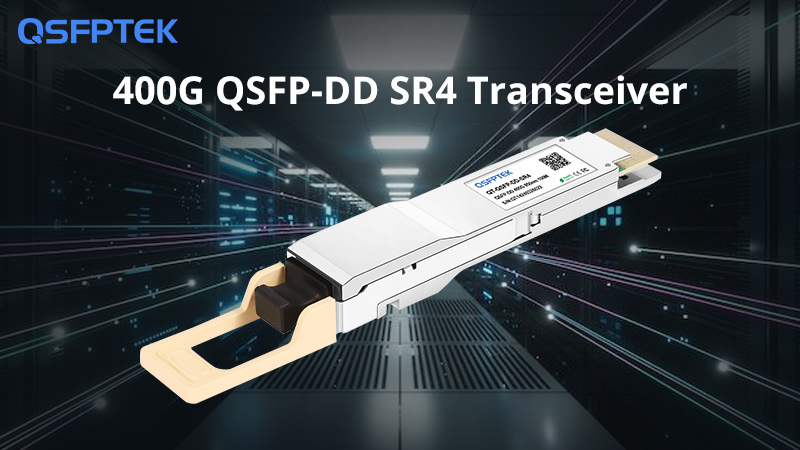 What is 400G QSFP-DD SR4 Transceiver? Everything You Need to Know
What is 400G QSFP-DD SR4 Transceiver? Everything You Need to KnowThis article introduces the 400G QSFP-DD SR4 transceiver, highlighting its features, benefits, and applications. It also compares the 400GBASE-SR4 QSFP-DD module with the 400GBASE-SR8 QSFP-DD module, helping readers choose the best option for 400G Ethernet short-distance network deployments.
What is 400G QSFP-DD SR4 Transceiver? Everything You Need to Know
What is 400G QSFP-DD SR4 Transceiver? Everything You Need to KnowThis article introduces the 400G QSFP-DD SR4 transceiver, highlighting its features, benefits, and applications. It also compares the 400GBASE-SR4 QSFP-DD module with the 400GBASE-SR8 QSFP-DD module, helping readers choose the best option for 400G Ethernet short-distance network deployments. -
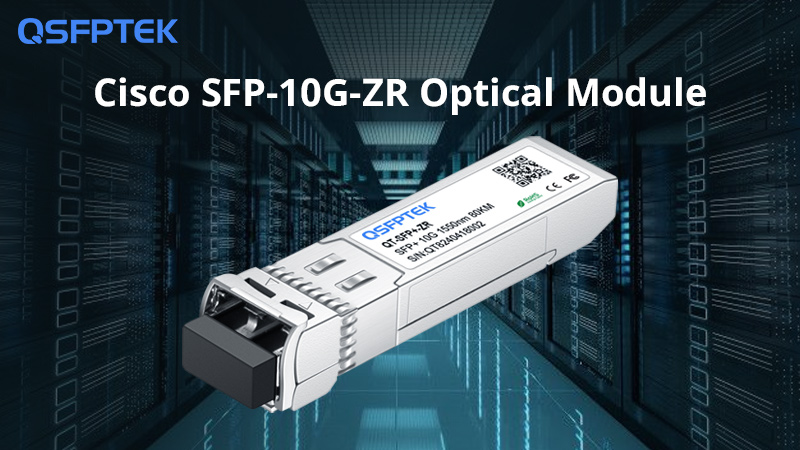 Everything You Need to Know About Cisco SFP-10G-ZR Optical Module Transceiver
Everything You Need to Know About Cisco SFP-10G-ZR Optical Module TransceiverThis article will describe what the Cisco SFP-10G-ZR is, and in this article the 10GBASE-ZR, a 10G SFP+ optical module model, will be described. In this article you will learn more about the 10GBASE-ZR 10G SFP+ optical module model.
Everything You Need to Know About Cisco SFP-10G-ZR Optical Module Transceiver
Everything You Need to Know About Cisco SFP-10G-ZR Optical Module TransceiverThis article will describe what the Cisco SFP-10G-ZR is, and in this article the 10GBASE-ZR, a 10G SFP+ optical module model, will be described. In this article you will learn more about the 10GBASE-ZR 10G SFP+ optical module model. -
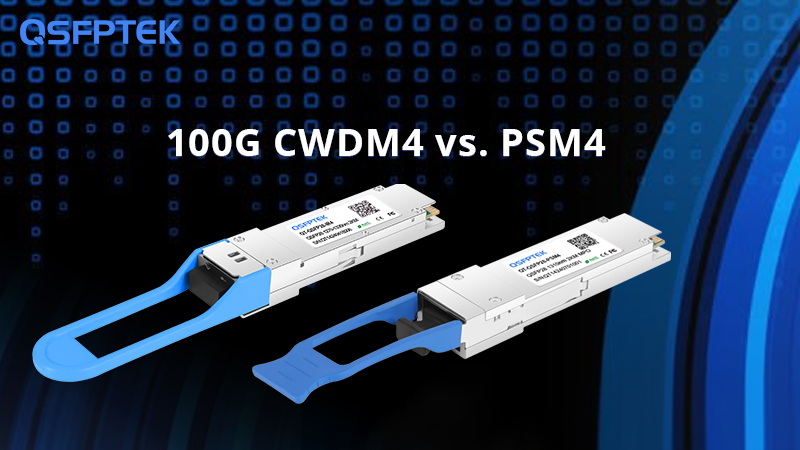 100G CWDM4 vs. PSM4, What's the Difference?
100G CWDM4 vs. PSM4, What's the Difference?This article compares 100G PSM4 and 100G CWDM4 optical modules, highlighting their principles, features, and applications in modern data centers.
100G CWDM4 vs. PSM4, What's the Difference?
100G CWDM4 vs. PSM4, What's the Difference?This article compares 100G PSM4 and 100G CWDM4 optical modules, highlighting their principles, features, and applications in modern data centers. -
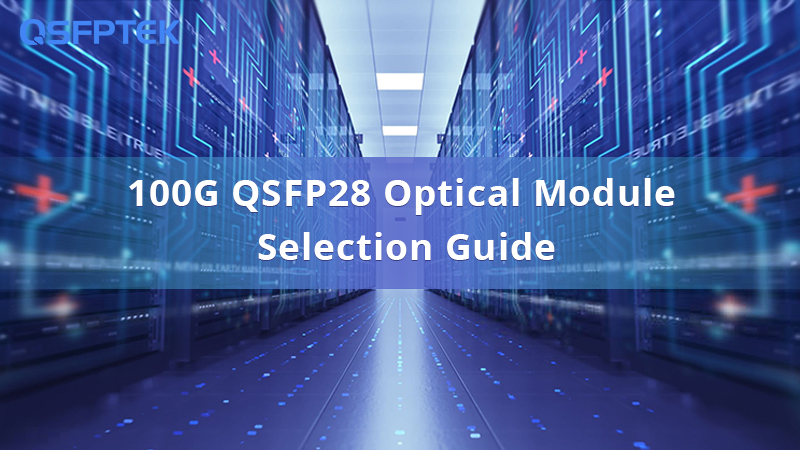 100G QSFP28 Optical Module Selection Guide: Medium to Long Transmission Distance
100G QSFP28 Optical Module Selection Guide: Medium to Long Transmission DistanceThis article tells you how to choose 100G QSFP28 modules for medium and long transmission distances, as well as the advantages of QSFP28 modules and why you should choose it.
100G QSFP28 Optical Module Selection Guide: Medium to Long Transmission Distance
100G QSFP28 Optical Module Selection Guide: Medium to Long Transmission DistanceThis article tells you how to choose 100G QSFP28 modules for medium and long transmission distances, as well as the advantages of QSFP28 modules and why you should choose it. -
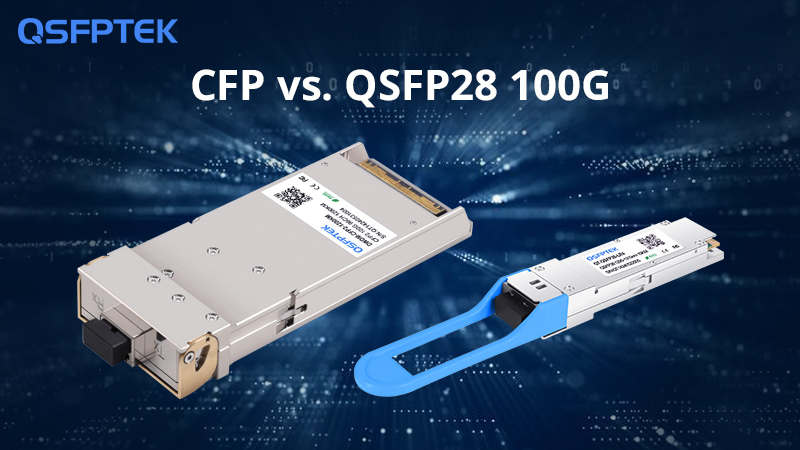 CFP vs. QSFP28 100G, What's the Difference?
CFP vs. QSFP28 100G, What's the Difference?This article explores the differences between CFP/CFP2/CFP4 and QSFP28 100G optical modules and provides insights into choosing the right 100G modules for your network.
CFP vs. QSFP28 100G, What's the Difference?
CFP vs. QSFP28 100G, What's the Difference?This article explores the differences between CFP/CFP2/CFP4 and QSFP28 100G optical modules and provides insights into choosing the right 100G modules for your network. -
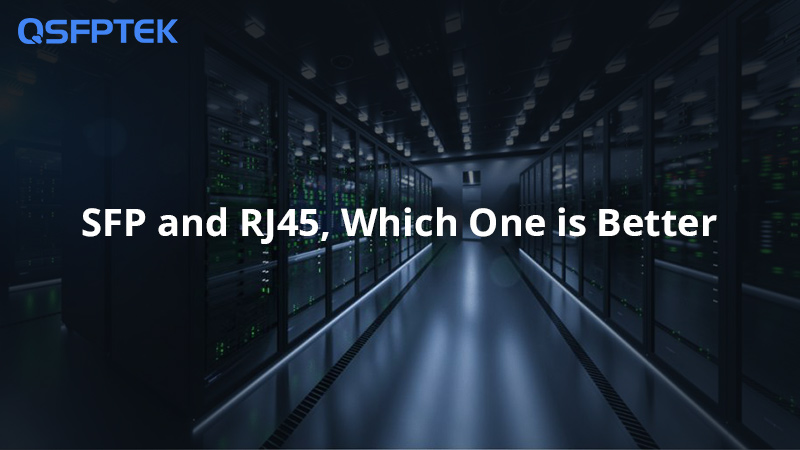 Which One is Better, SFP or RJ45?
Which One is Better, SFP or RJ45?This article introduces the differences between SFP ports and RJ45 ports, helps you understand how to choose between the two in a certain network environment, and introduces specific application scenarios.
Which One is Better, SFP or RJ45?
Which One is Better, SFP or RJ45?This article introduces the differences between SFP ports and RJ45 ports, helps you understand how to choose between the two in a certain network environment, and introduces specific application scenarios. -
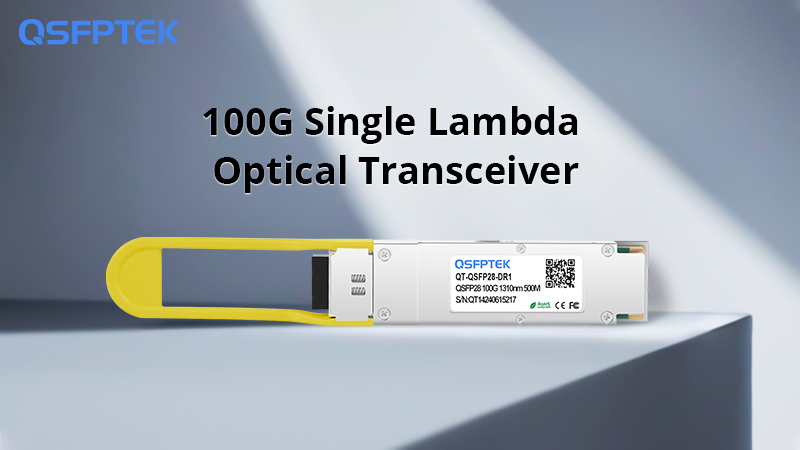 What Is A 100G Single Lambda Optical Transceiver?
What Is A 100G Single Lambda Optical Transceiver?This article will introduce the 100G single lambda optical module, which can provide an excellent cost-effective solution for Ethernet and a convenient split connection in future 400G networks. Read this article to learn more about 100G single lambda transceiver.
What Is A 100G Single Lambda Optical Transceiver?
What Is A 100G Single Lambda Optical Transceiver?This article will introduce the 100G single lambda optical module, which can provide an excellent cost-effective solution for Ethernet and a convenient split connection in future 400G networks. Read this article to learn more about 100G single lambda transceiver. -
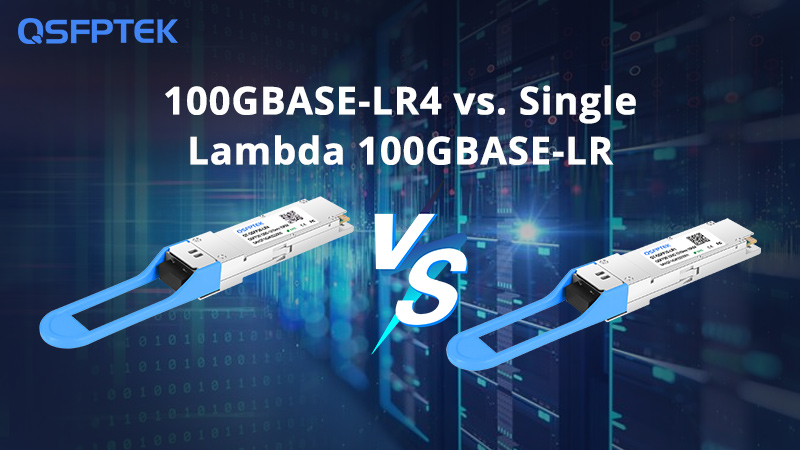 100G LR4 vs. Single Lambda 100G LR, What's the Difference?
100G LR4 vs. Single Lambda 100G LR, What's the Difference?This article explores the key differences between 100GBASE-LR4 and Single Lambda 100GBASE-LR optical modules. It covers their transmission technologies, wavelengths, complexity, and applications, helping you choose the right 100G QSFP28 optical transceivers.
100G LR4 vs. Single Lambda 100G LR, What's the Difference?
100G LR4 vs. Single Lambda 100G LR, What's the Difference?This article explores the key differences between 100GBASE-LR4 and Single Lambda 100GBASE-LR optical modules. It covers their transmission technologies, wavelengths, complexity, and applications, helping you choose the right 100G QSFP28 optical transceivers. -
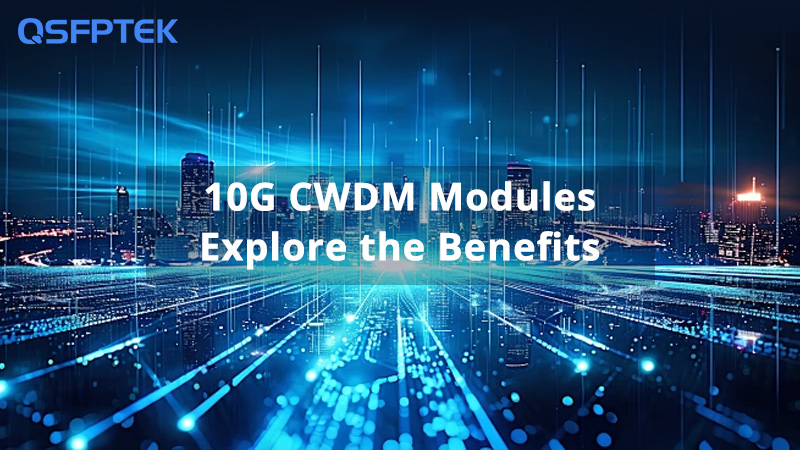 What is The Benefits of 10G CWDM Modules?
What is The Benefits of 10G CWDM Modules?This article introduces the advantages and specific applications of 10G CWDM modules to help you consider more when deploying the network for your reference.
What is The Benefits of 10G CWDM Modules?
What is The Benefits of 10G CWDM Modules?This article introduces the advantages and specific applications of 10G CWDM modules to help you consider more when deploying the network for your reference. -
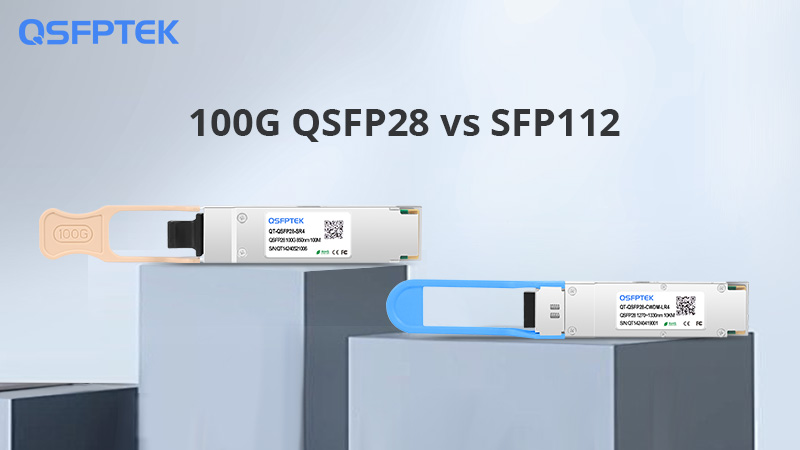 100G QSFP28 vs SFP112, What's the Difference?
100G QSFP28 vs SFP112, What's the Difference?Explore the differences between 100G QSFP28 and SFP112 transceivers to choose the right fit for your network’s bandwidth and application needs.
100G QSFP28 vs SFP112, What's the Difference?
100G QSFP28 vs SFP112, What's the Difference?Explore the differences between 100G QSFP28 and SFP112 transceivers to choose the right fit for your network’s bandwidth and application needs. -
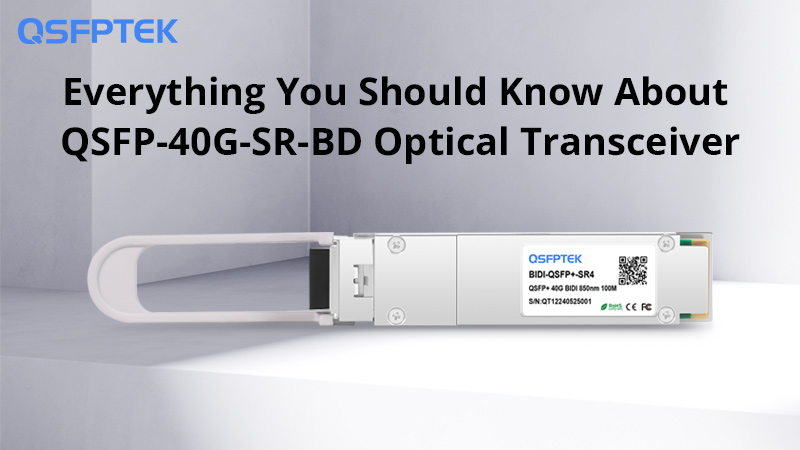 What is QSFP-40G-SR-BD Optical Transceiver, Everything You Should Know About
What is QSFP-40G-SR-BD Optical Transceiver, Everything You Should Know AboutThis article will describe what the QSFP-40G-SR-BD is and will also detail the benefits of this module and how it works. It will also explain whether you should choose QSFP-SR4-40G or QSFP-BD-40G when creating a 40G-to-10G migration.
What is QSFP-40G-SR-BD Optical Transceiver, Everything You Should Know About
What is QSFP-40G-SR-BD Optical Transceiver, Everything You Should Know AboutThis article will describe what the QSFP-40G-SR-BD is and will also detail the benefits of this module and how it works. It will also explain whether you should choose QSFP-SR4-40G or QSFP-BD-40G when creating a 40G-to-10G migration. -
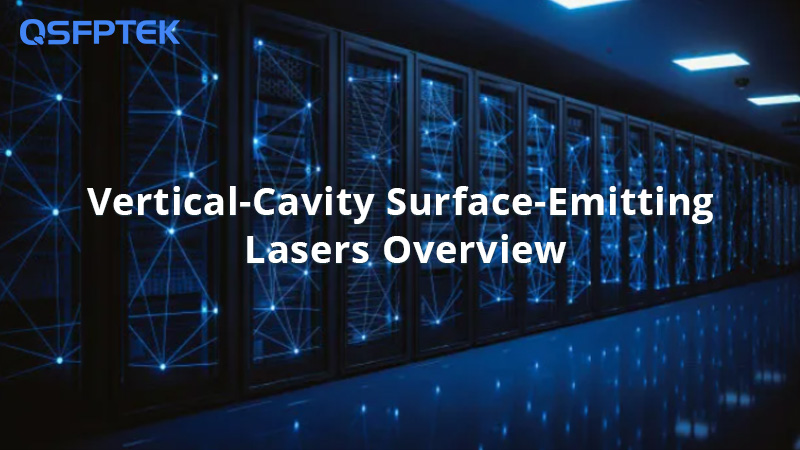 Vertical-Cavity Surface-Emitting Lasers Overview
Vertical-Cavity Surface-Emitting Lasers OverviewThis article introduces you in detail what VCSEL is, including what VCSEL is, its working principle, advantages, limitations and applications, etc. It helps you to have a deep understanding of VCSEL and whether you need to choose it when purchasing products in the future.
Vertical-Cavity Surface-Emitting Lasers Overview
Vertical-Cavity Surface-Emitting Lasers OverviewThis article introduces you in detail what VCSEL is, including what VCSEL is, its working principle, advantages, limitations and applications, etc. It helps you to have a deep understanding of VCSEL and whether you need to choose it when purchasing products in the future. -
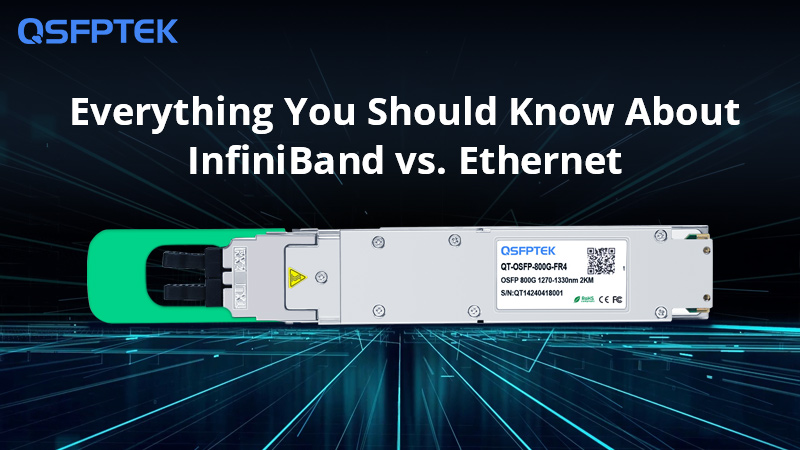 What is The Difference Between InfiniBand vs. Ethernet?
What is The Difference Between InfiniBand vs. Ethernet?This article discusses the differences between InfiniBand and Ethernet - Ethernet is suitable for a wide range of network equipment, while InfiniBand is suitable for high-performance, large-scale network equipment.
What is The Difference Between InfiniBand vs. Ethernet?
What is The Difference Between InfiniBand vs. Ethernet?This article discusses the differences between InfiniBand and Ethernet - Ethernet is suitable for a wide range of network equipment, while InfiniBand is suitable for high-performance, large-scale network equipment. -
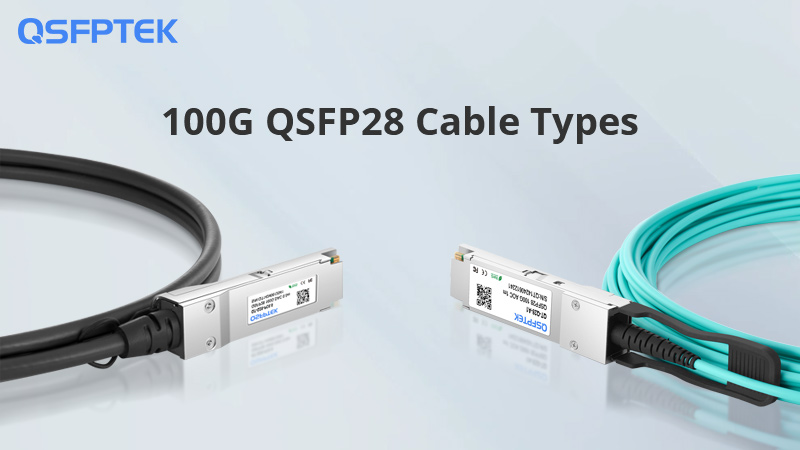 How Many 100G QSFP28 Cable Types Do You Know?
How Many 100G QSFP28 Cable Types Do You Know?This article provides an overview of the different QSFP28 100G cable types, including 100G DAC and 100G AOC, and their uses in data centers and high-performance computing.
How Many 100G QSFP28 Cable Types Do You Know?
How Many 100G QSFP28 Cable Types Do You Know?This article provides an overview of the different QSFP28 100G cable types, including 100G DAC and 100G AOC, and their uses in data centers and high-performance computing. -
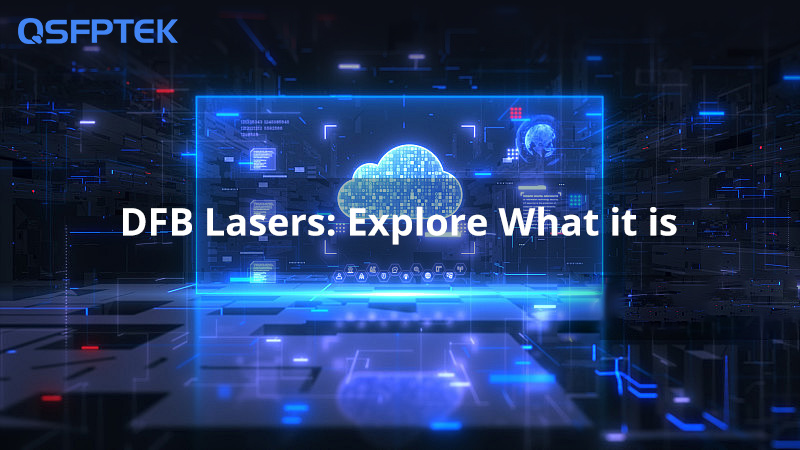 DFB Lasers: Explore What it is
DFB Lasers: Explore What it isThis article explains in detail what a distributed feedback laser is, what types it has, its working principle and specific applications, helping you to understand in detail its benefits to the network and how to make choices when purchasing modules.
DFB Lasers: Explore What it is
DFB Lasers: Explore What it isThis article explains in detail what a distributed feedback laser is, what types it has, its working principle and specific applications, helping you to understand in detail its benefits to the network and how to make choices when purchasing modules. -
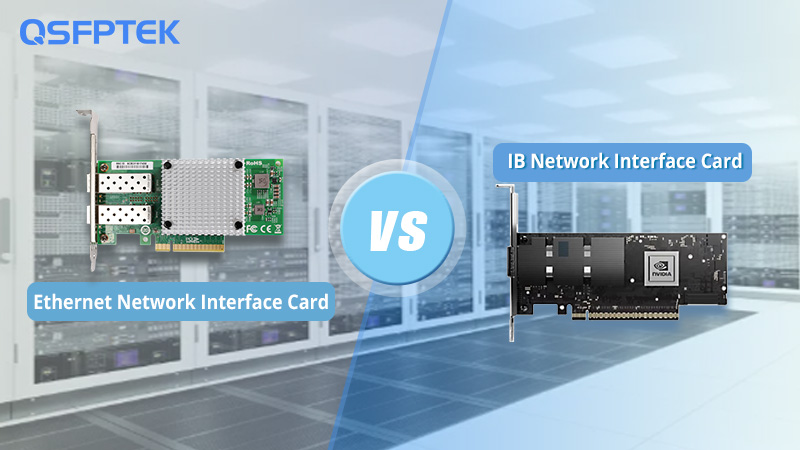 Ethernet Network Interface Card vs. IB Network Interface Card: What is the Difference?
Ethernet Network Interface Card vs. IB Network Interface Card: What is the Difference?Discover the key differences between Ethernet Network Interface Cards (Ethernet NICs) and IB Network Interface Card (IB NICs), including their technology, bandwidth, latency, and use cases. Learn how to choose the best NIC for your networking needs.
Ethernet Network Interface Card vs. IB Network Interface Card: What is the Difference?
Ethernet Network Interface Card vs. IB Network Interface Card: What is the Difference?Discover the key differences between Ethernet Network Interface Cards (Ethernet NICs) and IB Network Interface Card (IB NICs), including their technology, bandwidth, latency, and use cases. Learn how to choose the best NIC for your networking needs. -
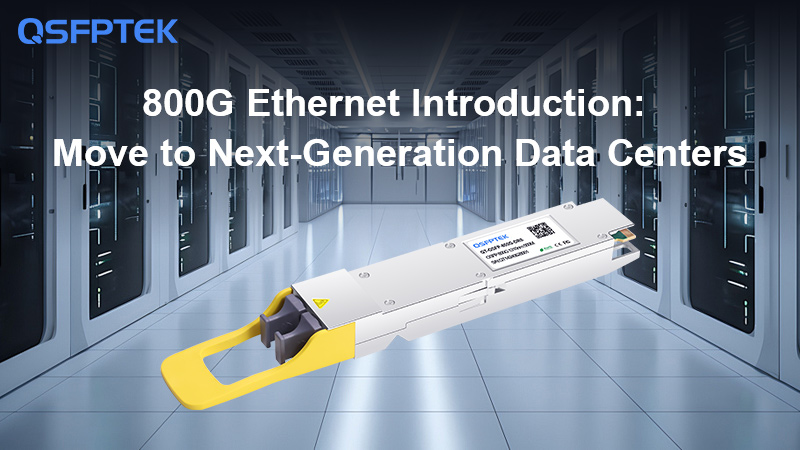 800G Ethernet Introduction: Move to Next-Generation Data Centers
800G Ethernet Introduction: Move to Next-Generation Data Centers800G Ethernet is the core of next-generation data center construction, this Ethernet standard can serve larger scale networks, especially suitable for big data computing and AI arithmetic. Through this blog, you can learn more about 800G Ethernet and 800G transceivers.
800G Ethernet Introduction: Move to Next-Generation Data Centers
800G Ethernet Introduction: Move to Next-Generation Data Centers800G Ethernet is the core of next-generation data center construction, this Ethernet standard can serve larger scale networks, especially suitable for big data computing and AI arithmetic. Through this blog, you can learn more about 800G Ethernet and 800G transceivers. -
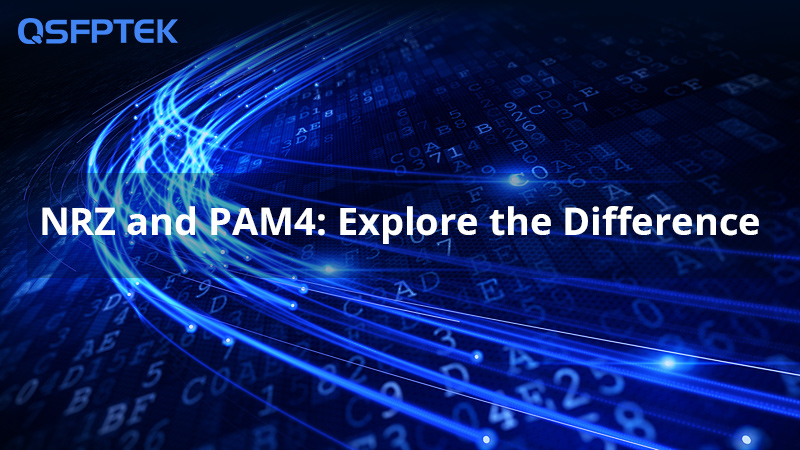 NRZ VS PAM4, What is the Difference?
NRZ VS PAM4, What is the Difference?This article helps you understand what NRZ and PAM4 are and the differences between them. It also helps you know how to choose the right modulation method between the two.
NRZ VS PAM4, What is the Difference?
NRZ VS PAM4, What is the Difference?This article helps you understand what NRZ and PAM4 are and the differences between them. It also helps you know how to choose the right modulation method between the two. -
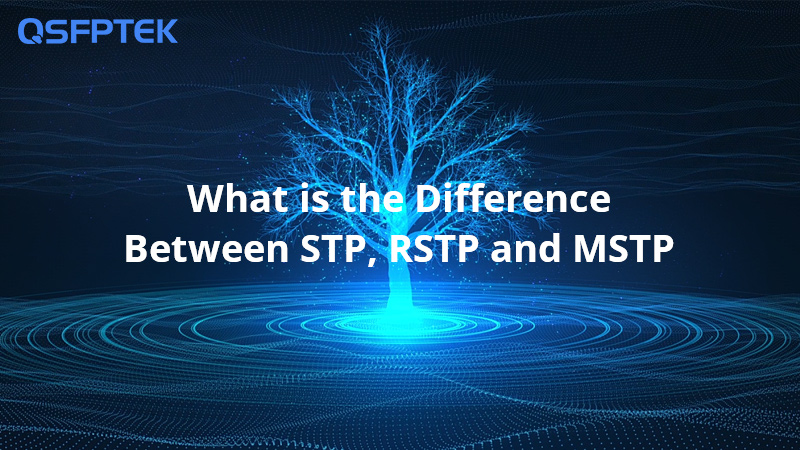 What is the Difference Between STP, RSTP and MSTP
What is the Difference Between STP, RSTP and MSTPThis article tells you what STP, RSTP, and MSTP are and their differences so that you can correctly choose the protocol that suits you in the application.
What is the Difference Between STP, RSTP and MSTP
What is the Difference Between STP, RSTP and MSTPThis article tells you what STP, RSTP, and MSTP are and their differences so that you can correctly choose the protocol that suits you in the application. -
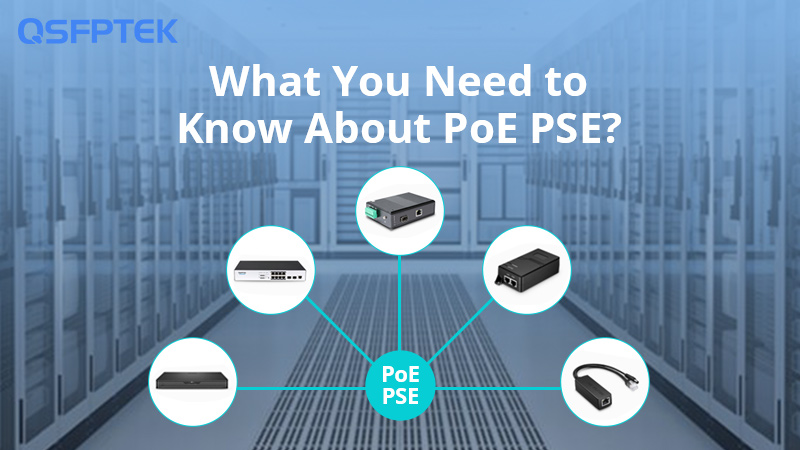 What is PoE PSE (Power Sourcing Equipment): What You Need to Know?
What is PoE PSE (Power Sourcing Equipment): What You Need to Know?This article provides an overview of PoE PSE (Power Sourcing Equipment) and its role in Power over Ethernet technology. It differentiates between PoE PSE and PoE PD (Powered Device) and outlines common PSE devices like PoE switches, PoE injectors, and PoE splitters.
What is PoE PSE (Power Sourcing Equipment): What You Need to Know?
What is PoE PSE (Power Sourcing Equipment): What You Need to Know?This article provides an overview of PoE PSE (Power Sourcing Equipment) and its role in Power over Ethernet technology. It differentiates between PoE PSE and PoE PD (Powered Device) and outlines common PSE devices like PoE switches, PoE injectors, and PoE splitters. -
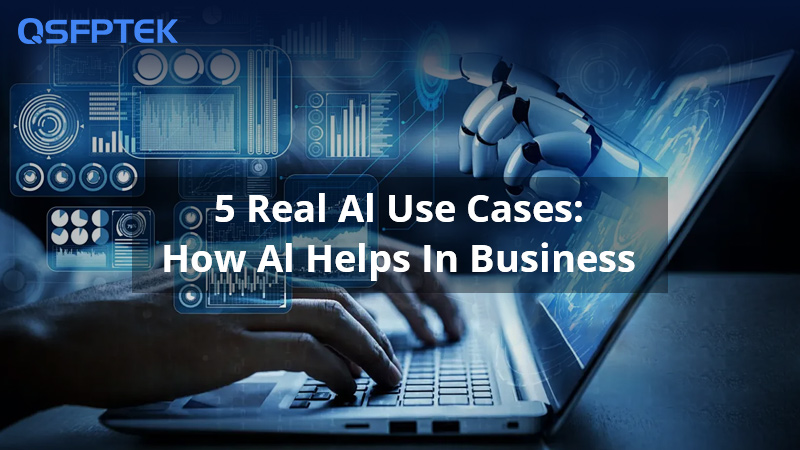 5 Real AI Use Cases: How AI Helps In Business
5 Real AI Use Cases: How AI Helps In BusinessThis article will present 5 real AI use cases, through which you can understand how AI can help your business, these AI technologies combined with the important nodes in the industry to form an intelligent industrial system.
5 Real AI Use Cases: How AI Helps In Business
5 Real AI Use Cases: How AI Helps In BusinessThis article will present 5 real AI use cases, through which you can understand how AI can help your business, these AI technologies combined with the important nodes in the industry to form an intelligent industrial system. -
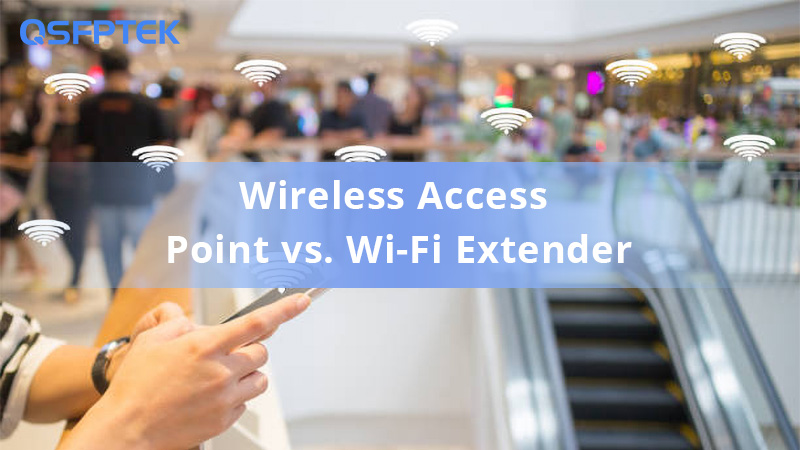 Wireless Access Point vs. Wi-Fi Extender: Which One Is Better for You?
Wireless Access Point vs. Wi-Fi Extender: Which One Is Better for You?This article will help you decide whether to choose a wireless access point or a Wi-Fi extender by explaining the key differences, pros, and cons of each, so you can make the best choice for your home or business network.
Wireless Access Point vs. Wi-Fi Extender: Which One Is Better for You?
Wireless Access Point vs. Wi-Fi Extender: Which One Is Better for You?This article will help you decide whether to choose a wireless access point or a Wi-Fi extender by explaining the key differences, pros, and cons of each, so you can make the best choice for your home or business network. -
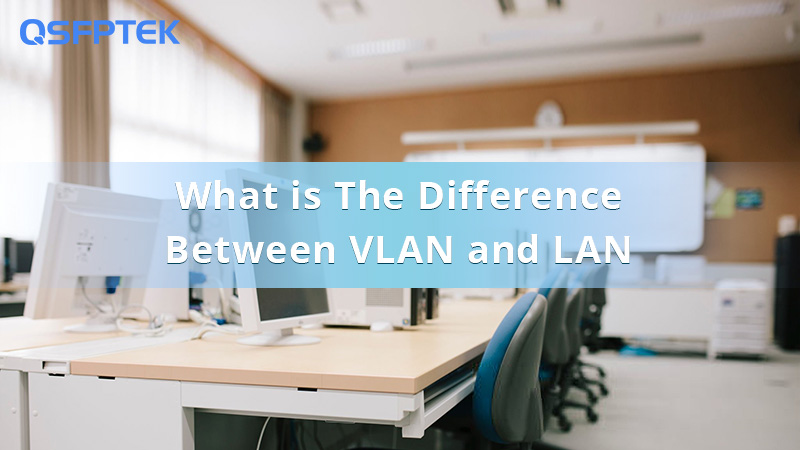 What is The Difference Between VLAN and LAN
What is The Difference Between VLAN and LANThis article explains the differences between VLAN and LAN, so that you can choose the required functions according to your needs when deploying the network to help enhance network performance.
What is The Difference Between VLAN and LAN
What is The Difference Between VLAN and LANThis article explains the differences between VLAN and LAN, so that you can choose the required functions according to your needs when deploying the network to help enhance network performance. -
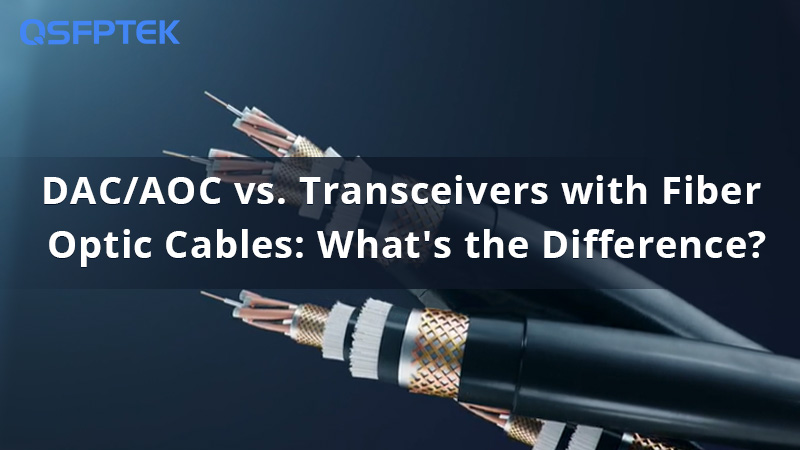 DAC/AOC vs. Transceivers with Fiber Optic Cables: What's the Difference?
DAC/AOC vs. Transceivers with Fiber Optic Cables: What's the Difference?Learn the key differences between DAC, AOC, and transceivers with fiber optic cables. This article helps you choose the best connectivity solution for your data center or high-performance network.
DAC/AOC vs. Transceivers with Fiber Optic Cables: What's the Difference?
DAC/AOC vs. Transceivers with Fiber Optic Cables: What's the Difference?Learn the key differences between DAC, AOC, and transceivers with fiber optic cables. This article helps you choose the best connectivity solution for your data center or high-performance network. -
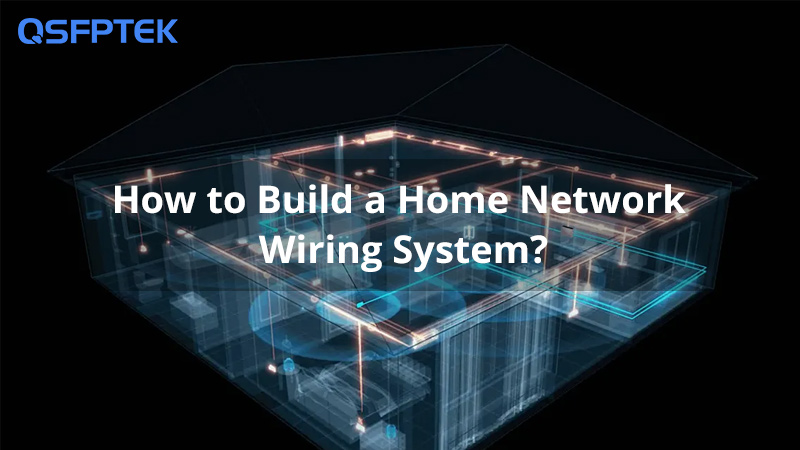 How to Build a Home Network Wiring System?
How to Build a Home Network Wiring System?This article describes how to build a home networks wiring, and it also describes how to create a wiring plan step-by-step, and how to select home wiring components.
How to Build a Home Network Wiring System?
How to Build a Home Network Wiring System?This article describes how to build a home networks wiring, and it also describes how to create a wiring plan step-by-step, and how to select home wiring components. -
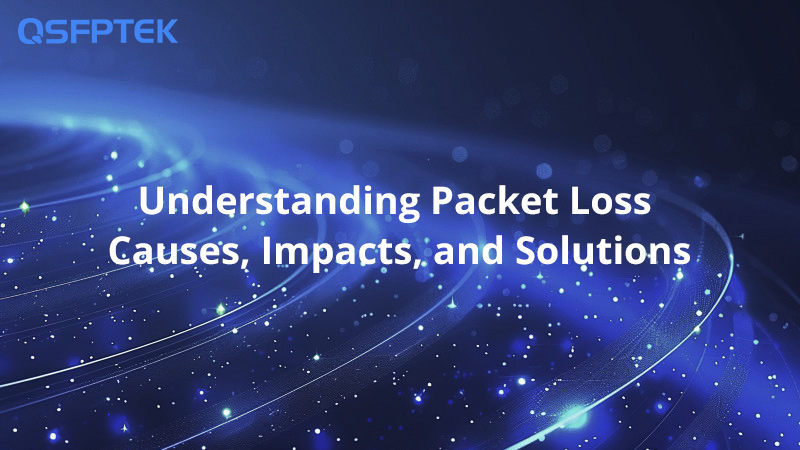 Understanding Packet Loss: Causes, Impacts, and Solutions
Understanding Packet Loss: Causes, Impacts, and SolutionsThis article discusses the concept of network packet loss, its potential causes, and its impact on network performance and user experience, as well as provides solutions to reduce packet loss.
Understanding Packet Loss: Causes, Impacts, and Solutions
Understanding Packet Loss: Causes, Impacts, and SolutionsThis article discusses the concept of network packet loss, its potential causes, and its impact on network performance and user experience, as well as provides solutions to reduce packet loss. -
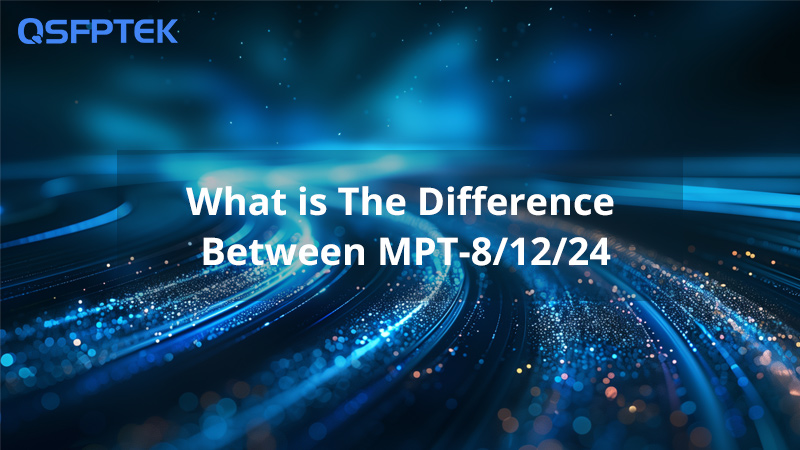 What is The Difference Between MTP-8/12/24
What is The Difference Between MTP-8/12/24This article tells you in detail what MTP-8/12/24 is and the differences between them, helping you make a better choice when choosing MTP cables.
What is The Difference Between MTP-8/12/24
What is The Difference Between MTP-8/12/24This article tells you in detail what MTP-8/12/24 is and the differences between them, helping you make a better choice when choosing MTP cables. -
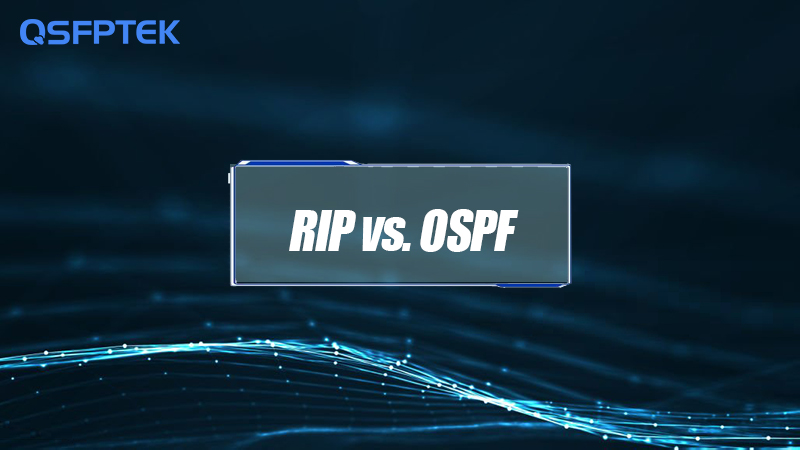 RIP vs. OSPF: Different Routing Protocols Comparison
RIP vs. OSPF: Different Routing Protocols ComparisonThis article will cover two different routing protocols, RIP and OSPF, which work differently and have different application scenarios. Learn more to help you choose the right network device.
RIP vs. OSPF: Different Routing Protocols Comparison
RIP vs. OSPF: Different Routing Protocols ComparisonThis article will cover two different routing protocols, RIP and OSPF, which work differently and have different application scenarios. Learn more to help you choose the right network device. -
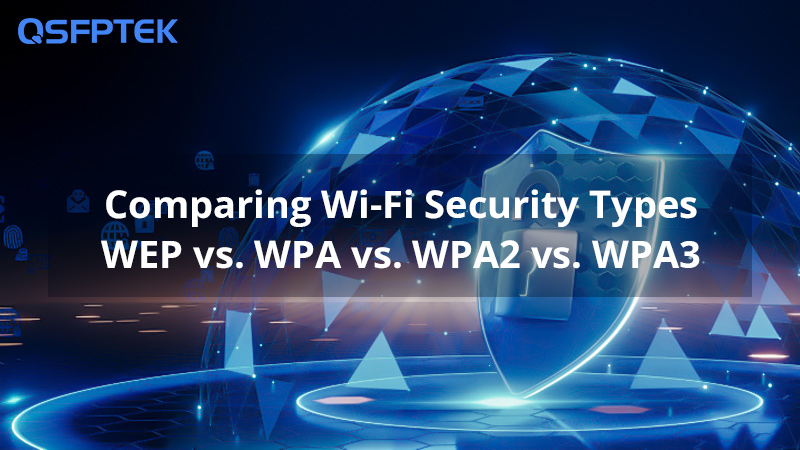 WEP vs. WPA vs. WPA2 vs. WPA3: Comparing Wi-Fi Security Types
WEP vs. WPA vs. WPA2 vs. WPA3: Comparing Wi-Fi Security TypesLearn the differences between WEP, WPA, WPA2, and WPA3 Wi-Fi security protocols. This guide explains their strengths and weaknesses and helps you choose the best option to secure your wireless network.
WEP vs. WPA vs. WPA2 vs. WPA3: Comparing Wi-Fi Security Types
WEP vs. WPA vs. WPA2 vs. WPA3: Comparing Wi-Fi Security TypesLearn the differences between WEP, WPA, WPA2, and WPA3 Wi-Fi security protocols. This guide explains their strengths and weaknesses and helps you choose the best option to secure your wireless network. -
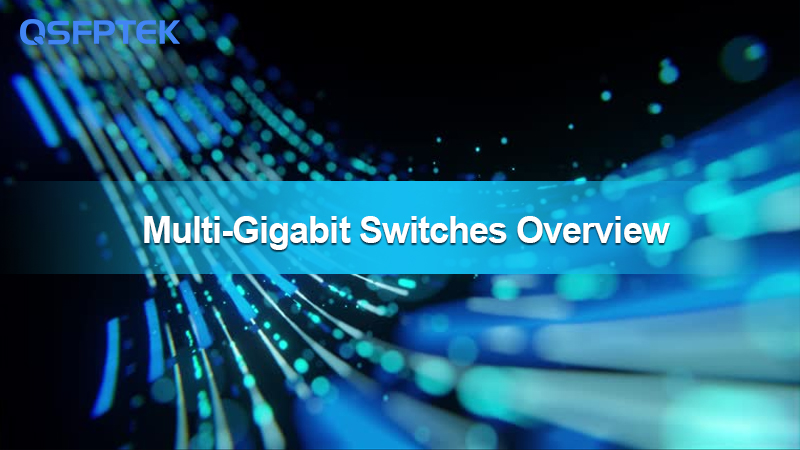 What is Multi-Gigabit Switches?
What is Multi-Gigabit Switches?This article tells you what multigigabit and multigigabit switches are, helping you understand its significance to modern networks and its specific applications.
What is Multi-Gigabit Switches?
What is Multi-Gigabit Switches?This article tells you what multigigabit and multigigabit switches are, helping you understand its significance to modern networks and its specific applications. -
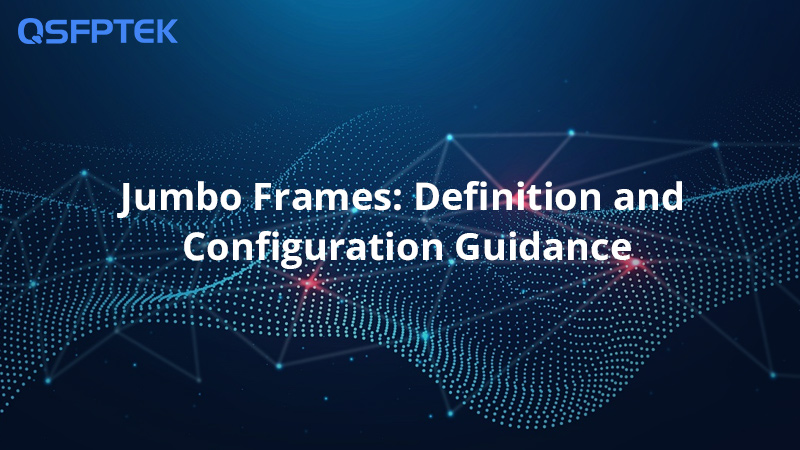 What Are Jumbo Frames? Definition and Configuration Guidance
What Are Jumbo Frames? Definition and Configuration GuidanceThis article will introduce what Jumbo Frames are and will also describe how to configure and test jumbo frames, which you'll get to know better by reading this complete guide!
What Are Jumbo Frames? Definition and Configuration Guidance
What Are Jumbo Frames? Definition and Configuration GuidanceThis article will introduce what Jumbo Frames are and will also describe how to configure and test jumbo frames, which you'll get to know better by reading this complete guide! -
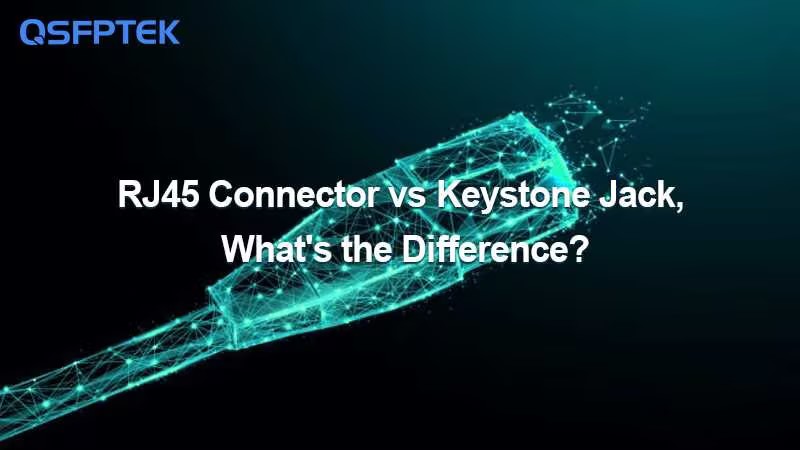 RJ45 Connector vs Keystone Jack, What’s the Difference?
RJ45 Connector vs Keystone Jack, What’s the Difference?Discover the key differences between RJ45 connectors and Keystone Jacks, two essential components in network cabling. This article explores their unique designs, applications, installation, and cost considerations, providing a clear understanding of when to use each for optimal network performance.
RJ45 Connector vs Keystone Jack, What’s the Difference?
RJ45 Connector vs Keystone Jack, What’s the Difference?Discover the key differences between RJ45 connectors and Keystone Jacks, two essential components in network cabling. This article explores their unique designs, applications, installation, and cost considerations, providing a clear understanding of when to use each for optimal network performance. -
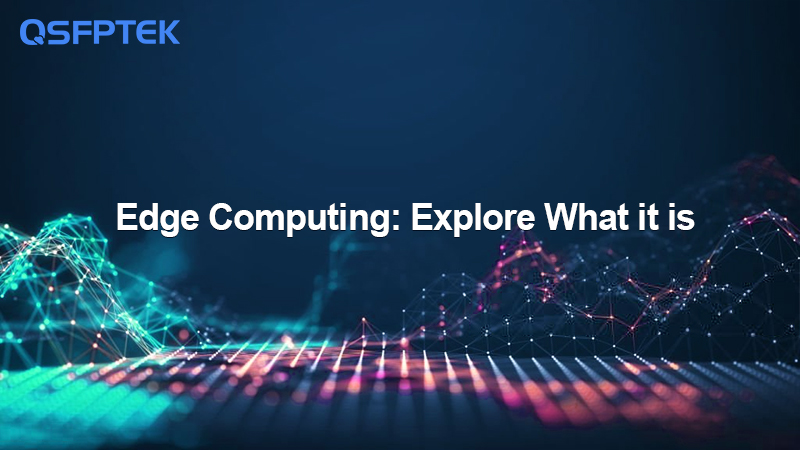 What is Edge Computing and Why Do You Need it?
What is Edge Computing and Why Do You Need it?This article explains what edge computing is, how it works, and its practical significance, helping you understand its role and introducing its application scenarios.
What is Edge Computing and Why Do You Need it?
What is Edge Computing and Why Do You Need it?This article explains what edge computing is, how it works, and its practical significance, helping you understand its role and introducing its application scenarios. -
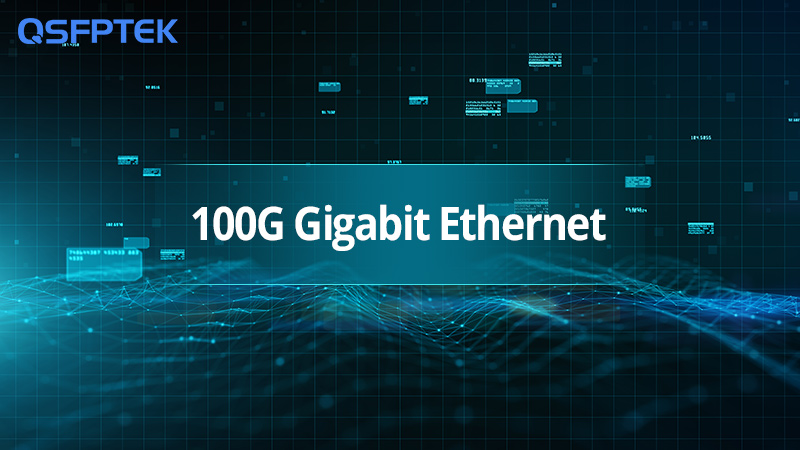 The Ultimate Guide to 100G Gigabit Ethernet
The Ultimate Guide to 100G Gigabit EthernetThis article describes 100G Gigabit Ethernet, its advantages, how it has evolved, and in which industries it is used.
The Ultimate Guide to 100G Gigabit Ethernet
The Ultimate Guide to 100G Gigabit EthernetThis article describes 100G Gigabit Ethernet, its advantages, how it has evolved, and in which industries it is used. -
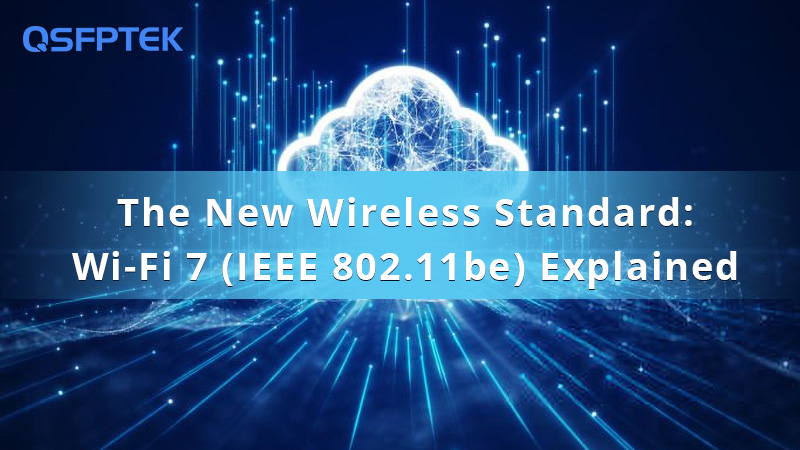 The New Wireless Standard: Wi-Fi 7 (IEEE 802.11be) Explained
The New Wireless Standard: Wi-Fi 7 (IEEE 802.11be) ExplainedExplore Wi-Fi 7 (IEEE 802.11be), the next-generation wireless standard. Learn about its key features, differences between Wi-Fi 6 vs Wi-Fi 6E vs Wi-Fi 7, and its applications.
The New Wireless Standard: Wi-Fi 7 (IEEE 802.11be) Explained
The New Wireless Standard: Wi-Fi 7 (IEEE 802.11be) ExplainedExplore Wi-Fi 7 (IEEE 802.11be), the next-generation wireless standard. Learn about its key features, differences between Wi-Fi 6 vs Wi-Fi 6E vs Wi-Fi 7, and its applications. -
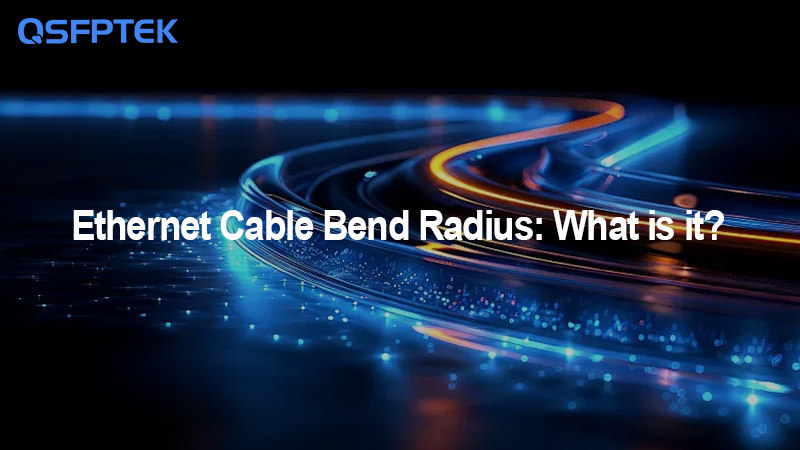 Ethernet Cable Bend Radius: What is it
Ethernet Cable Bend Radius: What is itThis article introduces you to what bend radius is and how it affects the performance of Ethernet cables. You can gain a deeper understanding of cable bending radius from this article.
Ethernet Cable Bend Radius: What is it
Ethernet Cable Bend Radius: What is itThis article introduces you to what bend radius is and how it affects the performance of Ethernet cables. You can gain a deeper understanding of cable bending radius from this article. -
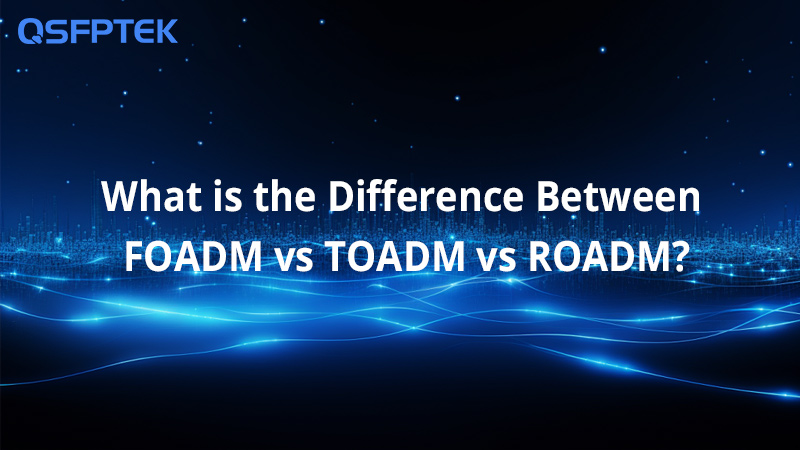 What is the Difference Between FOADM vs TOADM vs ROADM?
What is the Difference Between FOADM vs TOADM vs ROADM?Optical Add-Drop Multiplexer (OADM) is a key component in WDM systems. This article will compare three types of OADMs: Fixed Optical Add-Drop Multiplexer (FOADM), Tunable Optical Add-Drop Multiplexer (TOADM), and Reconfigurable Optical Add-Drop Multiplexer (ROADM), and highlight why ROADMs have more advantages over FOADMs and TOADMs.
What is the Difference Between FOADM vs TOADM vs ROADM?
What is the Difference Between FOADM vs TOADM vs ROADM?Optical Add-Drop Multiplexer (OADM) is a key component in WDM systems. This article will compare three types of OADMs: Fixed Optical Add-Drop Multiplexer (FOADM), Tunable Optical Add-Drop Multiplexer (TOADM), and Reconfigurable Optical Add-Drop Multiplexer (ROADM), and highlight why ROADMs have more advantages over FOADMs and TOADMs. -
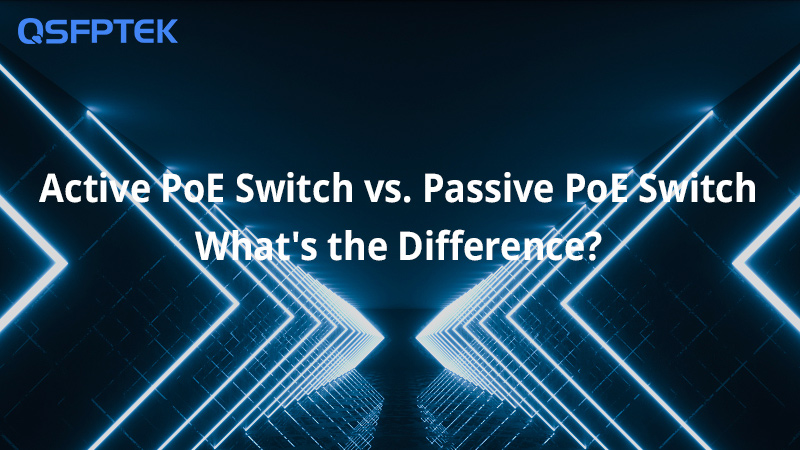 Active PoE Switch vs. Passive PoE Switch: What’s the Difference?
Active PoE Switch vs. Passive PoE Switch: What’s the Difference?This comprehensive guide explores the critical differences between Active PoE switches and Passive PoE switches. Learn about their PoE power supply methods, standards support, Ethernet capabilities, application scenarios, and cost considerations to choose the correct network switch between active vs passive PoE switches.
Active PoE Switch vs. Passive PoE Switch: What’s the Difference?
Active PoE Switch vs. Passive PoE Switch: What’s the Difference?This comprehensive guide explores the critical differences between Active PoE switches and Passive PoE switches. Learn about their PoE power supply methods, standards support, Ethernet capabilities, application scenarios, and cost considerations to choose the correct network switch between active vs passive PoE switches. -
 What is Media Converter and How to User it?
What is Media Converter and How to User it?This article tells you how to use the media transceiver and how to choose a suitable installation environment. It serves as a connection channel between different physical media, helping you connect different networks and improve network flexibility.
What is Media Converter and How to User it?
What is Media Converter and How to User it?This article tells you how to use the media transceiver and how to choose a suitable installation environment. It serves as a connection channel between different physical media, helping you connect different networks and improve network flexibility. -
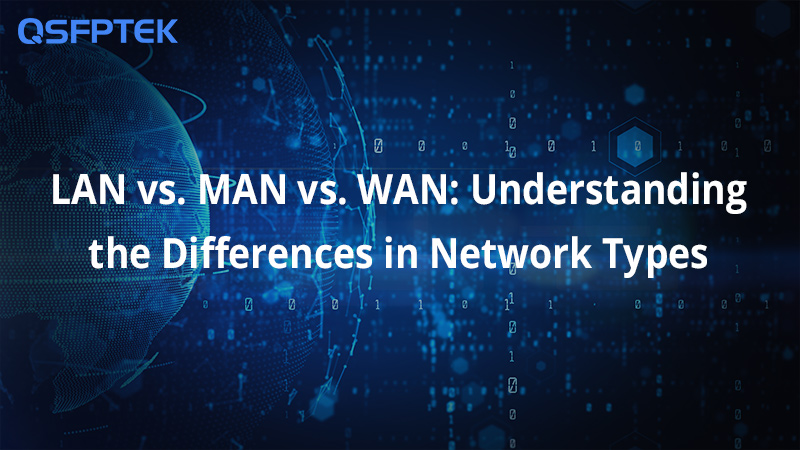 LAN vs. MAN vs. WAN: Understanding the Differences in Network Types
LAN vs. MAN vs. WAN: Understanding the Differences in Network TypesExplore the key differences between LAN, MAN, and WAN networks. Understand their unique characteristics, advantages, and disadvantages to make informed decisions about network solutions that best suit your needs.
LAN vs. MAN vs. WAN: Understanding the Differences in Network Types
LAN vs. MAN vs. WAN: Understanding the Differences in Network TypesExplore the key differences between LAN, MAN, and WAN networks. Understand their unique characteristics, advantages, and disadvantages to make informed decisions about network solutions that best suit your needs. -
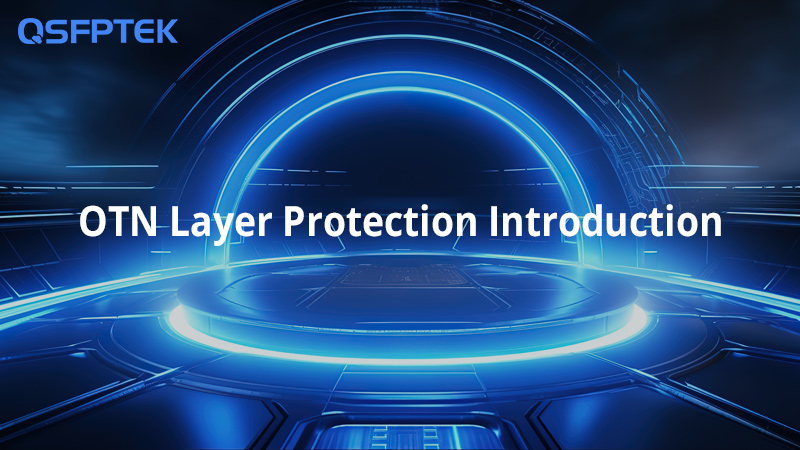 OTN Layer Protection Introduction
OTN Layer Protection IntroductionThis article will cover OTN protection schemes and how they protect optical communication paths. This article will focus on the OTN line protection schemes: OCH, OMS, and OTS. Learn how these protection schemes make the OTN layer more reliable and stable.
OTN Layer Protection Introduction
OTN Layer Protection IntroductionThis article will cover OTN protection schemes and how they protect optical communication paths. This article will focus on the OTN line protection schemes: OCH, OMS, and OTS. Learn how these protection schemes make the OTN layer more reliable and stable. -
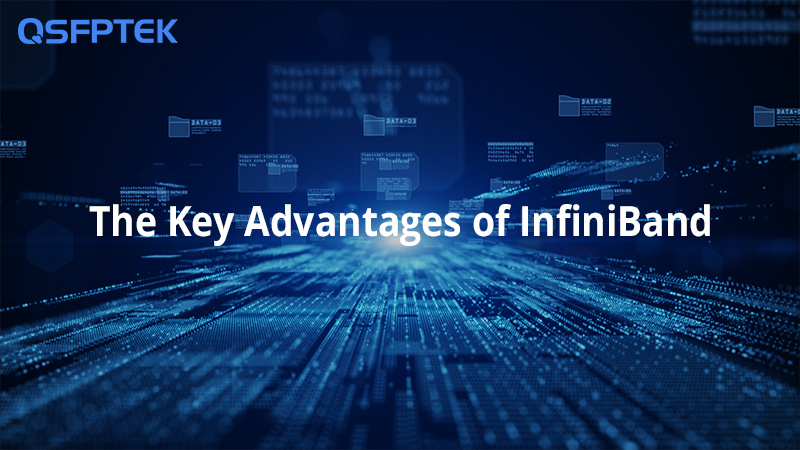 The Key Advantages of InfiniBand
The Key Advantages of InfiniBandThis article tells you in detail the advantages of InfiniBand and the different effects it brings to applications such as data centers and high-performance computing, helping you to better understand InfiniBand.
The Key Advantages of InfiniBand
The Key Advantages of InfiniBandThis article tells you in detail the advantages of InfiniBand and the different effects it brings to applications such as data centers and high-performance computing, helping you to better understand InfiniBand. -
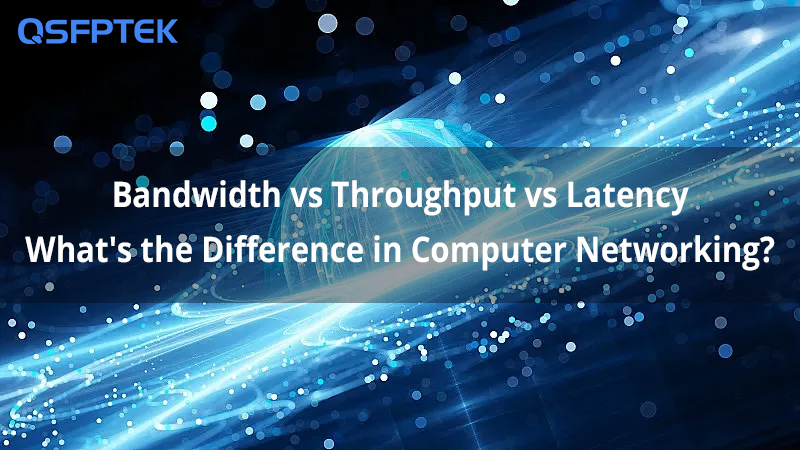 Bandwidth vs Throughput vs Latency, What’s the Difference in Computer Networking?
Bandwidth vs Throughput vs Latency, What’s the Difference in Computer Networking?Explore the differences between bandwidth, throughput, and latency in networking and how to optimize network performance through network switches.
Bandwidth vs Throughput vs Latency, What’s the Difference in Computer Networking?
Bandwidth vs Throughput vs Latency, What’s the Difference in Computer Networking?Explore the differences between bandwidth, throughput, and latency in networking and how to optimize network performance through network switches. -
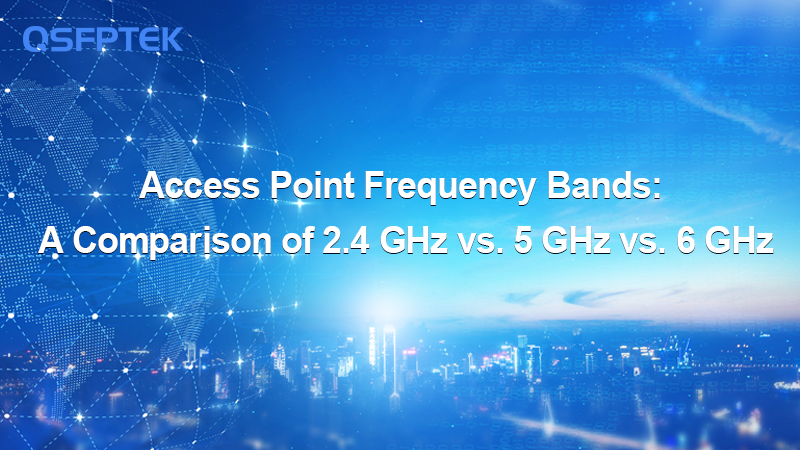 Access Point Frequency Bands: A Comparison of 2.4 GHz vs. 5 GHz vs. 6 GHz
Access Point Frequency Bands: A Comparison of 2.4 GHz vs. 5 GHz vs. 6 GHzLearn the differences between 2.4 GHz, 5 GHz, and 6 GHz Wi-Fi frequency bands. Discover which band is best for your wireless access point (AP) or router needs, focusing on speed, coverage, and interference.
Access Point Frequency Bands: A Comparison of 2.4 GHz vs. 5 GHz vs. 6 GHz
Access Point Frequency Bands: A Comparison of 2.4 GHz vs. 5 GHz vs. 6 GHzLearn the differences between 2.4 GHz, 5 GHz, and 6 GHz Wi-Fi frequency bands. Discover which band is best for your wireless access point (AP) or router needs, focusing on speed, coverage, and interference. -
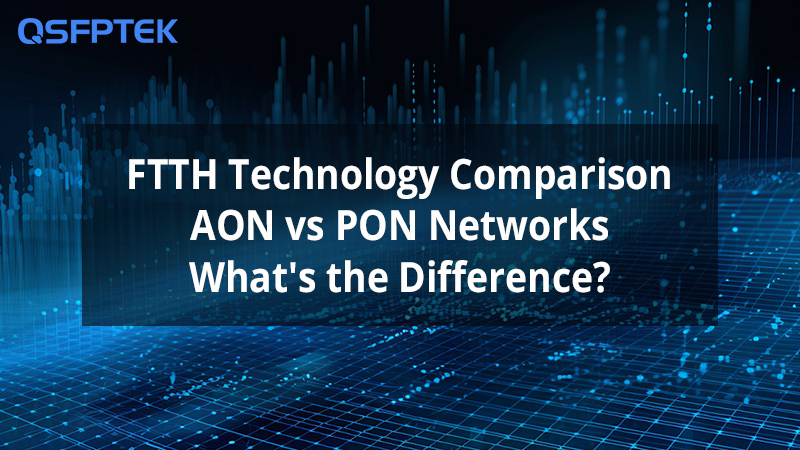 FTTH Technology Comparison: AON vs PON Networks, What's the Difference?
FTTH Technology Comparison: AON vs PON Networks, What's the Difference?Active Optical Networks (AON) and Passive Optical Networks (PON) are the two main deployment methods for high-speed FTTH networks. And make you an informed choice based on your specific needs.
FTTH Technology Comparison: AON vs PON Networks, What's the Difference?
FTTH Technology Comparison: AON vs PON Networks, What's the Difference?Active Optical Networks (AON) and Passive Optical Networks (PON) are the two main deployment methods for high-speed FTTH networks. And make you an informed choice based on your specific needs. -
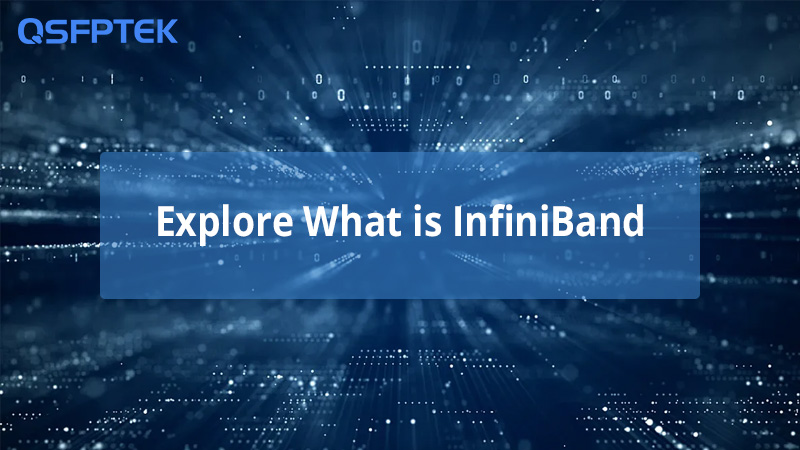 What is InfiniBand and How Does it Work?
What is InfiniBand and How Does it Work?This article introduces what InfiniBand is and how it works, helping you to better understand it. It also introduces its advantages and applications, giving you better choices when upgrading or building a network.
What is InfiniBand and How Does it Work?
What is InfiniBand and How Does it Work?This article introduces what InfiniBand is and how it works, helping you to better understand it. It also introduces its advantages and applications, giving you better choices when upgrading or building a network. -
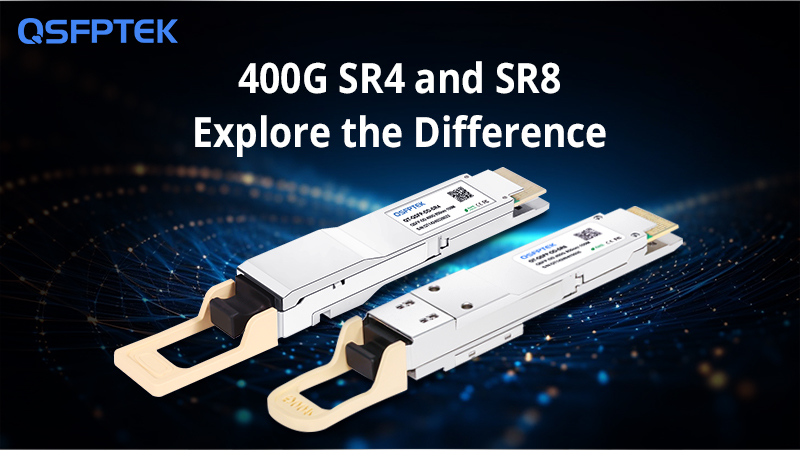 400G SR4 and SR8: Explore the Difference
400G SR4 and SR8: Explore the DifferenceThis article tells you what 400G SR4 and SR8 are, and lists their differences, advantages and disadvantages to help you make a better choice between the two.
400G SR4 and SR8: Explore the Difference
400G SR4 and SR8: Explore the DifferenceThis article tells you what 400G SR4 and SR8 are, and lists their differences, advantages and disadvantages to help you make a better choice between the two. -
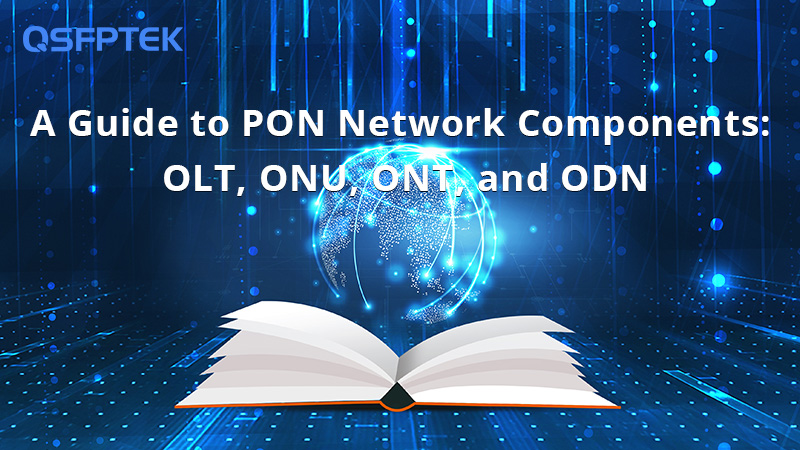 PON Network Components Overview: OLT, ONU, ONT, and ODN
PON Network Components Overview: OLT, ONU, ONT, and ODNThis article will introduce passive optical networks (PON), in which we will introduce everything about OLTs, ONTs, ONUs, and ODNs, including their operation principles and functions.
PON Network Components Overview: OLT, ONU, ONT, and ODN
PON Network Components Overview: OLT, ONU, ONT, and ODNThis article will introduce passive optical networks (PON), in which we will introduce everything about OLTs, ONTs, ONUs, and ODNs, including their operation principles and functions. -
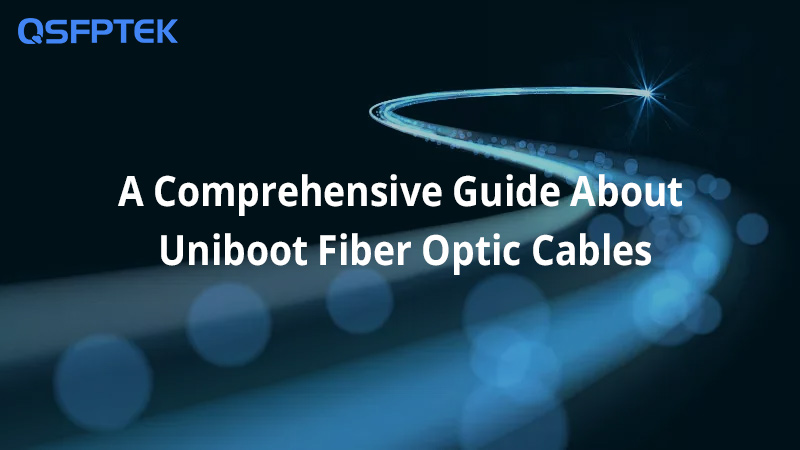 What are Uniboot Fiber Optic Cables? A Comprehensive Guide
What are Uniboot Fiber Optic Cables? A Comprehensive GuideExplore the benefits of uniboot fiber optic cables in our guide. Learn about their design, advantages, and comparison to standard cables.
What are Uniboot Fiber Optic Cables? A Comprehensive Guide
What are Uniboot Fiber Optic Cables? A Comprehensive GuideExplore the benefits of uniboot fiber optic cables in our guide. Learn about their design, advantages, and comparison to standard cables. -
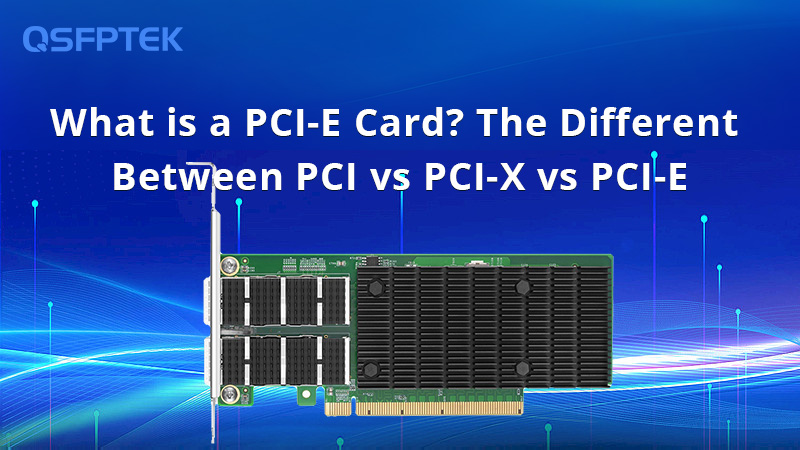 What is a PCI-E Card? The Different Between PCI vs PCI-X vs PCI-E
What is a PCI-E Card? The Different Between PCI vs PCI-X vs PCI-EPCI-E card is an essential component of modern computer systems and plays a vital role in industrial applications. This article will introduce how the PCIe card works and the differences between it and PCI-X and PCI.
What is a PCI-E Card? The Different Between PCI vs PCI-X vs PCI-E
What is a PCI-E Card? The Different Between PCI vs PCI-X vs PCI-EPCI-E card is an essential component of modern computer systems and plays a vital role in industrial applications. This article will introduce how the PCIe card works and the differences between it and PCI-X and PCI. -
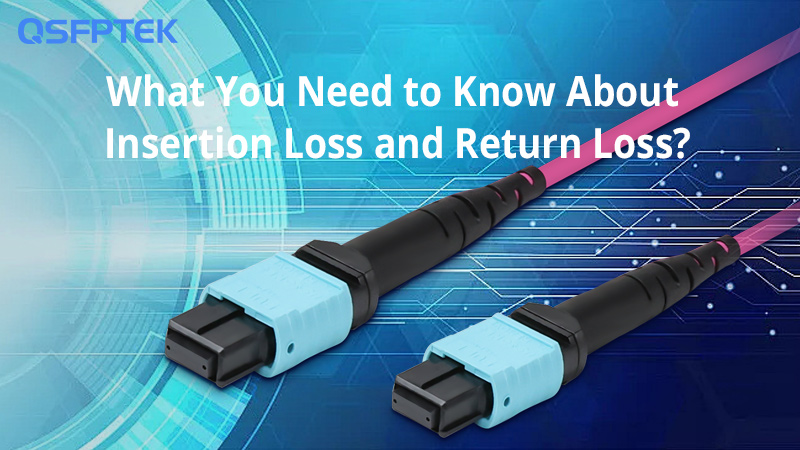 Insertion Loss and Return Loss: What You Need to Know?
Insertion Loss and Return Loss: What You Need to Know?Learn about insertion loss (IL) and return loss (RL) in fiber optic communication, the differences between insertion loss vs. return loss, factors affecting them, and ways to minimize loss for improved network performance.
Insertion Loss and Return Loss: What You Need to Know?
Insertion Loss and Return Loss: What You Need to Know?Learn about insertion loss (IL) and return loss (RL) in fiber optic communication, the differences between insertion loss vs. return loss, factors affecting them, and ways to minimize loss for improved network performance. -
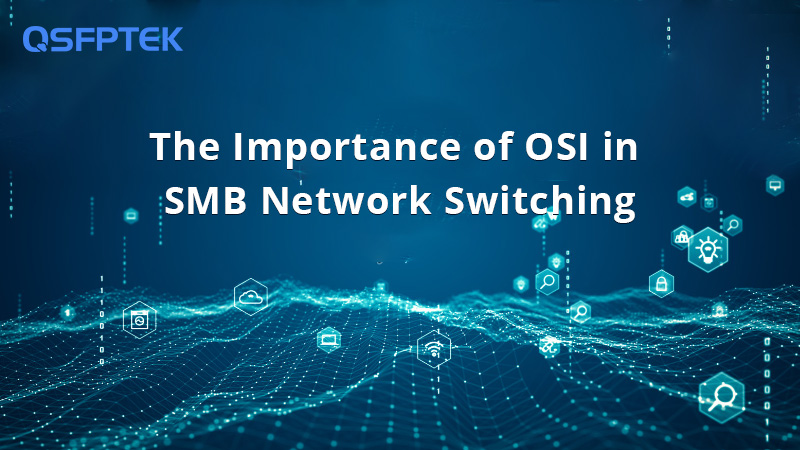 The Importance of OSI in SMB Network Switching
The Importance of OSI in SMB Network SwitchingThis article explains what the OSI model is and its role in SMB networks. By reading this article, you can better understand how to deploy an SMB network.
The Importance of OSI in SMB Network Switching
The Importance of OSI in SMB Network SwitchingThis article explains what the OSI model is and its role in SMB networks. By reading this article, you can better understand how to deploy an SMB network. -
 Optical Transport Network Layer Definition: Core, Aggregation, and Access Layer
Optical Transport Network Layer Definition: Core, Aggregation, and Access LayerThis article will introduce the optical network layer and the three-layer architecture: the access layer, aggregation layer, and core layer. It will help you understand their roles in the network architecture.
Optical Transport Network Layer Definition: Core, Aggregation, and Access Layer
Optical Transport Network Layer Definition: Core, Aggregation, and Access LayerThis article will introduce the optical network layer and the three-layer architecture: the access layer, aggregation layer, and core layer. It will help you understand their roles in the network architecture. -
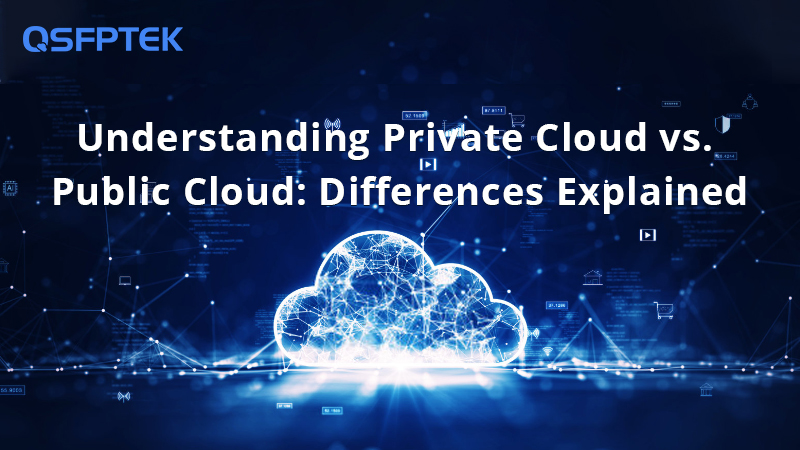 Private Cloud vs. Public Cloud: Differences Explained
Private Cloud vs. Public Cloud: Differences ExplainedExplore the differences between private clouds and public clouds, including their definitions, architectures, and application scenarios. Learn how to choose the suitable cloud computing model for your business needs.
Private Cloud vs. Public Cloud: Differences Explained
Private Cloud vs. Public Cloud: Differences ExplainedExplore the differences between private clouds and public clouds, including their definitions, architectures, and application scenarios. Learn how to choose the suitable cloud computing model for your business needs. -
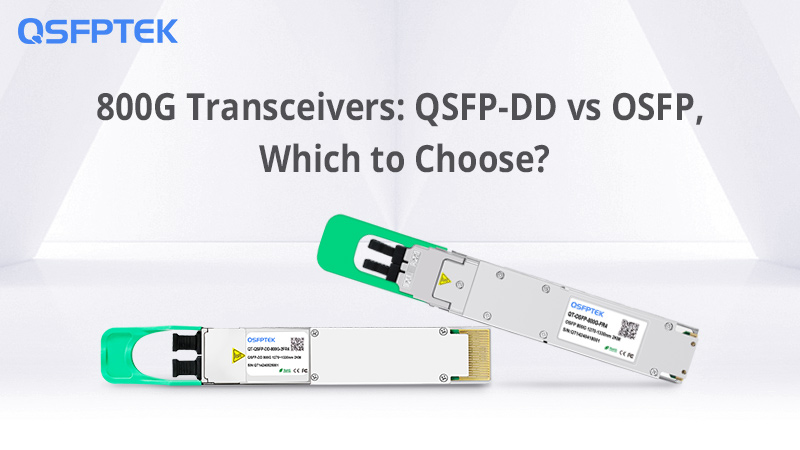 800G Transceivers: QSFP-DD vs OSFP, Which to Choose?
800G Transceivers: QSFP-DD vs OSFP, Which to Choose?Learn the main differences between the two packages of 800G transceivers, QSFP-DD and OSFP, and compare their similarities and differences in 4 aspects: form factor, power consumption and heat dissipation, compatibility, and application. And analyze from 3 dimensions: current infrastructure, future expansion plans, and energy efficiency requirements to help you resolve your selection concerns.
800G Transceivers: QSFP-DD vs OSFP, Which to Choose?
800G Transceivers: QSFP-DD vs OSFP, Which to Choose?Learn the main differences between the two packages of 800G transceivers, QSFP-DD and OSFP, and compare their similarities and differences in 4 aspects: form factor, power consumption and heat dissipation, compatibility, and application. And analyze from 3 dimensions: current infrastructure, future expansion plans, and energy efficiency requirements to help you resolve your selection concerns. -
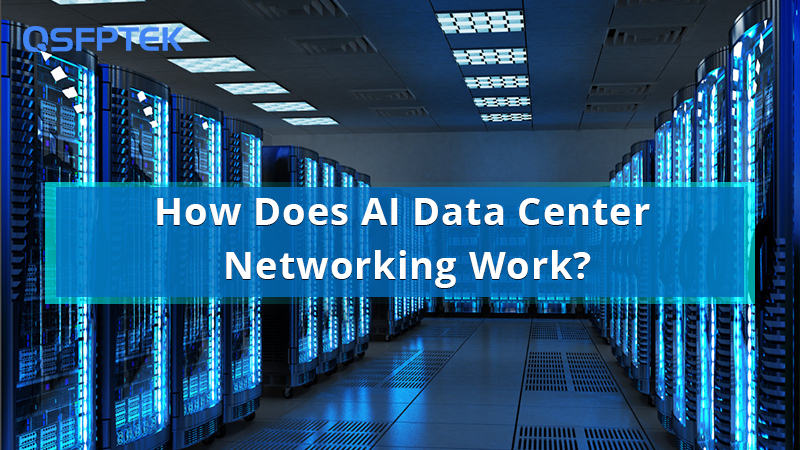 How Does AI Data Center Networking Work?
How Does AI Data Center Networking Work?Many of the modern data center networks have cases that utilize Artificial Intelligence (AI), Machine Learning (ML), and this article will present these cases and how AI can play a role in data center networked systems.
How Does AI Data Center Networking Work?
How Does AI Data Center Networking Work?Many of the modern data center networks have cases that utilize Artificial Intelligence (AI), Machine Learning (ML), and this article will present these cases and how AI can play a role in data center networked systems. -
 AI Data Center Architecture Upgrades Drive Demand for 800G Transceivers
AI Data Center Architecture Upgrades Drive Demand for 800G TransceiversLearn how AI technologies such as ChatGPT are driving artificial intelligence data center architecture upgrades and fueling strong demand for 800G optical transceivers.
AI Data Center Architecture Upgrades Drive Demand for 800G Transceivers
AI Data Center Architecture Upgrades Drive Demand for 800G TransceiversLearn how AI technologies such as ChatGPT are driving artificial intelligence data center architecture upgrades and fueling strong demand for 800G optical transceivers. -
 How Does High Performance Computing Impact AI?
How Does High Performance Computing Impact AI?This article introduces you to the impact of high performance computing on artificial intelligence and explains to you what HPC and AI are so that you can understand the role of both.
How Does High Performance Computing Impact AI?
How Does High Performance Computing Impact AI?This article introduces you to the impact of high performance computing on artificial intelligence and explains to you what HPC and AI are so that you can understand the role of both. -
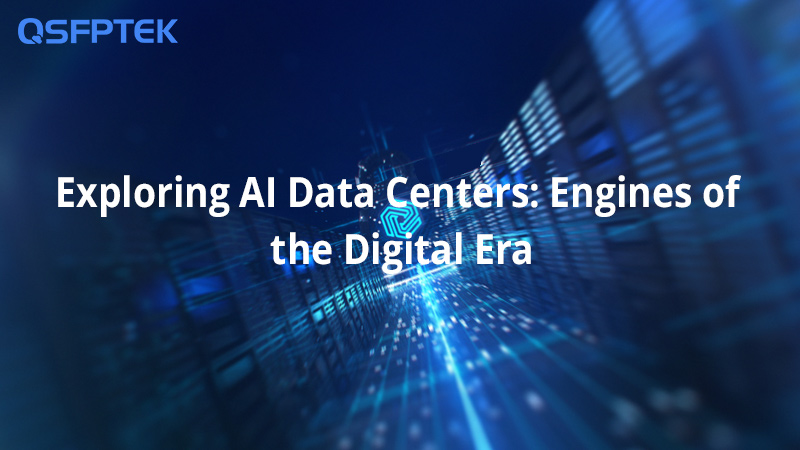 Exploring AI Data Centers: Engines of the Digital Era
Exploring AI Data Centers: Engines of the Digital EraExplore how AI data centers revolutionize data processing with advanced infrastructure. Learn about 400G transceivers and 800G transceivers, and their impact on AI advancements.
Exploring AI Data Centers: Engines of the Digital Era
Exploring AI Data Centers: Engines of the Digital EraExplore how AI data centers revolutionize data processing with advanced infrastructure. Learn about 400G transceivers and 800G transceivers, and their impact on AI advancements. -
 An Introduction to AI In The Data Center (2024): The Future of Data Center Technology
An Introduction to AI In The Data Center (2024): The Future of Data Center TechnologyArtificial intelligence has gradually affected the future development trend of data centers. The emergence of AI has a specific impact on the operation, management, and security of data centers. In this blog, we will introduce how AI impacts data centers.
An Introduction to AI In The Data Center (2024): The Future of Data Center Technology
An Introduction to AI In The Data Center (2024): The Future of Data Center TechnologyArtificial intelligence has gradually affected the future development trend of data centers. The emergence of AI has a specific impact on the operation, management, and security of data centers. In this blog, we will introduce how AI impacts data centers. -
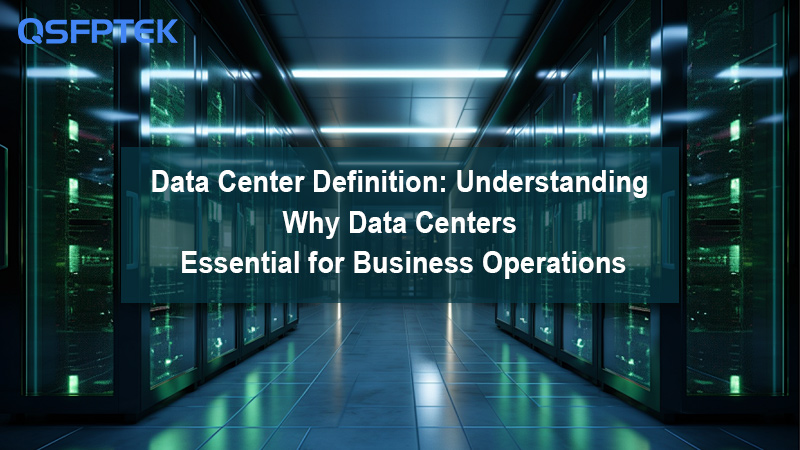 Data Center Definition: Understanding Why Data Centers Essential for Business Operations
Data Center Definition: Understanding Why Data Centers Essential for Business OperationsLearn how data centers are revolutionizing your organization's IT infrastructure, what a data center is, and why they are becoming increasingly popular. Click this blog post to learn more!
Data Center Definition: Understanding Why Data Centers Essential for Business Operations
Data Center Definition: Understanding Why Data Centers Essential for Business OperationsLearn how data centers are revolutionizing your organization's IT infrastructure, what a data center is, and why they are becoming increasingly popular. Click this blog post to learn more! -
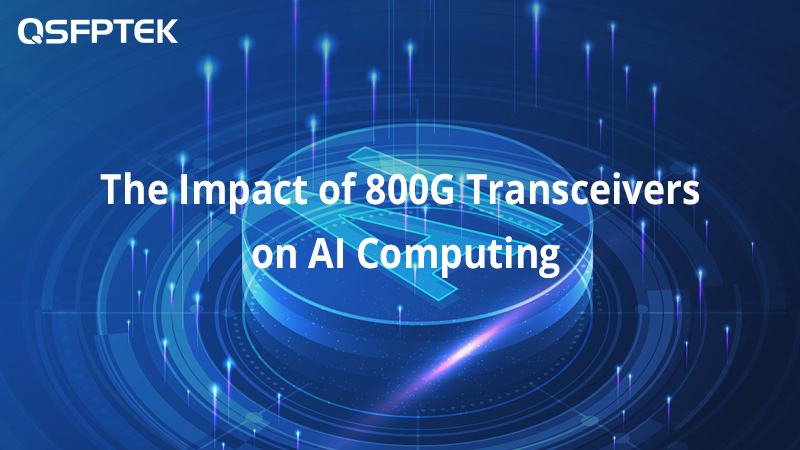 How Does 800G Transceivers Impact AI Computing?
How Does 800G Transceivers Impact AI Computing?This article tells you what AI computing is and the impact of 800G transceivers on AI computing. AI is increasingly used in today's society, and early deployment of high-speed equipment helps business success.
How Does 800G Transceivers Impact AI Computing?
How Does 800G Transceivers Impact AI Computing?This article tells you what AI computing is and the impact of 800G transceivers on AI computing. AI is increasingly used in today's society, and early deployment of high-speed equipment helps business success. -
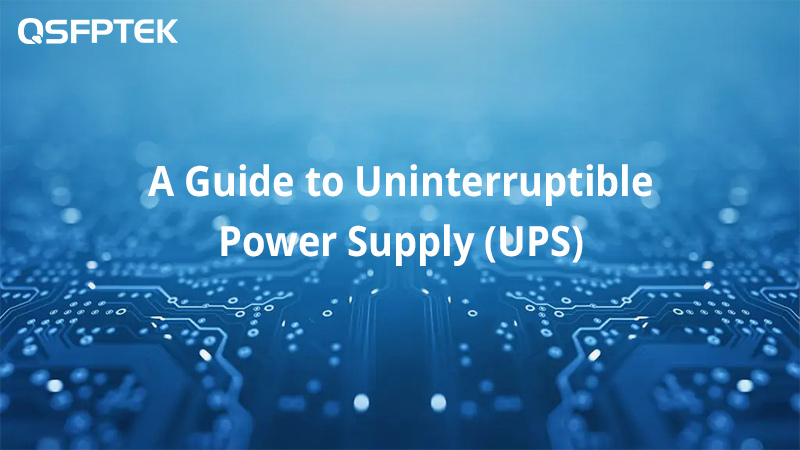 A Guide to Uninterruptible Power Supply (UPS)
A Guide to Uninterruptible Power Supply (UPS)This article explains the importance of Uninterruptible Power Supply (UPS) systems, their types, working principles, and differences from battery backups. It guides selecting the right UPS to protect equipment and data, and addresses common FAQs.
A Guide to Uninterruptible Power Supply (UPS)
A Guide to Uninterruptible Power Supply (UPS)This article explains the importance of Uninterruptible Power Supply (UPS) systems, their types, working principles, and differences from battery backups. It guides selecting the right UPS to protect equipment and data, and addresses common FAQs. -
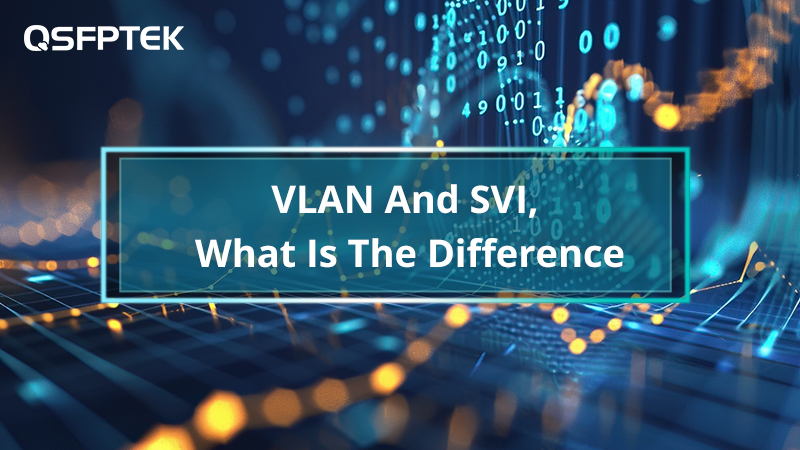 VLAN And SVI, What Is The Difference
VLAN And SVI, What Is The DifferenceThis article explains VLAN and SVI and their respective advantages to you in detail, and compares their differences so that you can deepen your understanding of them.
VLAN And SVI, What Is The Difference
VLAN And SVI, What Is The DifferenceThis article explains VLAN and SVI and their respective advantages to you in detail, and compares their differences so that you can deepen your understanding of them. -
 What is Access Control List and How Does it Work?
What is Access Control List and How Does it Work?This article tells you what ACL is and its principles, so that you can understand its role in the network and how to use it to help enhance your network security.
What is Access Control List and How Does it Work?
What is Access Control List and How Does it Work?This article tells you what ACL is and its principles, so that you can understand its role in the network and how to use it to help enhance your network security. -
 400G Coherent Optical Transceiver Wiki: How Does it Accelerating Data Centers
400G Coherent Optical Transceiver Wiki: How Does it Accelerating Data CentersThis article is a wiki about 400G coherent optical modules. Coherent modules can help you quickly switch to 400G network capacity, responding to the increasing data demand.
400G Coherent Optical Transceiver Wiki: How Does it Accelerating Data Centers
400G Coherent Optical Transceiver Wiki: How Does it Accelerating Data CentersThis article is a wiki about 400G coherent optical modules. Coherent modules can help you quickly switch to 400G network capacity, responding to the increasing data demand. -
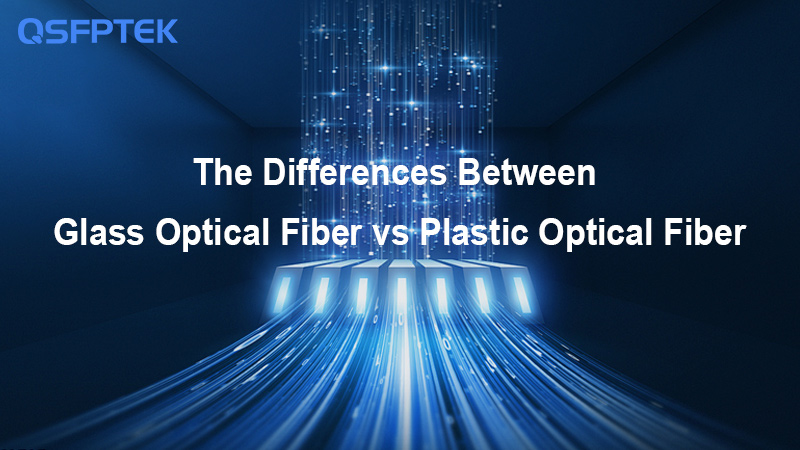 Glass Optical Fiber vs Plastic Optical Fiber: What's the Difference?
Glass Optical Fiber vs Plastic Optical Fiber: What's the Difference?This article delves into the comparative analysis between glass optical fiber and plastic optical fiber. Exploring their respective features, applications, advantages, and limitations.
Glass Optical Fiber vs Plastic Optical Fiber: What's the Difference?
Glass Optical Fiber vs Plastic Optical Fiber: What's the Difference?This article delves into the comparative analysis between glass optical fiber and plastic optical fiber. Exploring their respective features, applications, advantages, and limitations. -
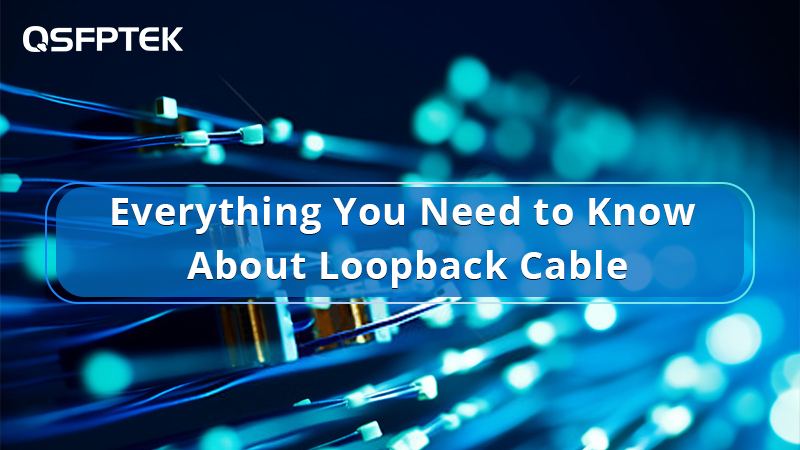 What is Loopback Cable? Everything You Need to Know
What is Loopback Cable? Everything You Need to KnowThis article explores loopback cables, essential tools in networking for testing and troubleshooting. Covering types, uses, and selection criteria, it provides insights into optimizing network performance.
What is Loopback Cable? Everything You Need to Know
What is Loopback Cable? Everything You Need to KnowThis article explores loopback cables, essential tools in networking for testing and troubleshooting. Covering types, uses, and selection criteria, it provides insights into optimizing network performance. -
 What is BGP? Everything You Shold Know
What is BGP? Everything You Shold KnowThis article tells you what BGP is and internal and external BGP, helping you understand and deepen your knowledge of BGP, and understand the importance of BGP to the Internet.
What is BGP? Everything You Shold Know
What is BGP? Everything You Shold KnowThis article tells you what BGP is and internal and external BGP, helping you understand and deepen your knowledge of BGP, and understand the importance of BGP to the Internet. -
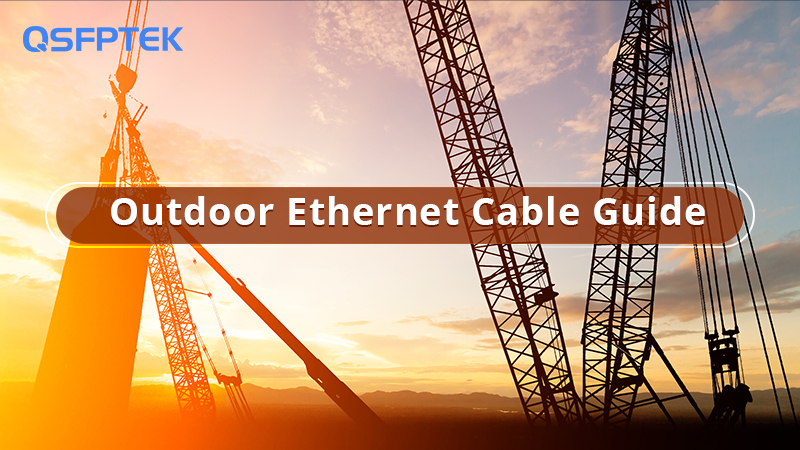 Outdoor Ethernet Cable Guide
Outdoor Ethernet Cable GuideThis guide delves into outdoor Ethernet cables, highlighting their importance for robust network connections in challenging environments.
Outdoor Ethernet Cable Guide
Outdoor Ethernet Cable GuideThis guide delves into outdoor Ethernet cables, highlighting their importance for robust network connections in challenging environments. -
 What is Priority-based Flow Control and Why Do You Need it?
What is Priority-based Flow Control and Why Do You Need it?This article tells you about the working principle of PFC as well as its advantages and characteristics, so that you can have a deeper understanding of PFC and determine whether you need this function.
What is Priority-based Flow Control and Why Do You Need it?
What is Priority-based Flow Control and Why Do You Need it?This article tells you about the working principle of PFC as well as its advantages and characteristics, so that you can have a deeper understanding of PFC and determine whether you need this function. -
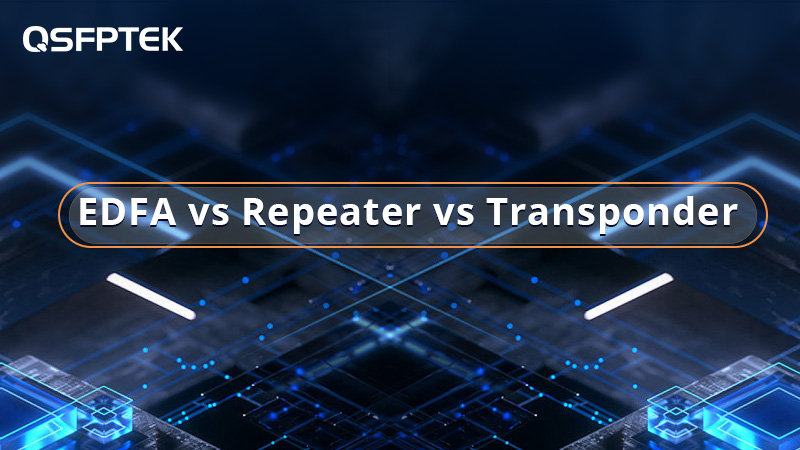 EDFA vs. Repeater vs. Transponder: A Comparison Of Different Types of Optical Amplifiers
EDFA vs. Repeater vs. Transponder: A Comparison Of Different Types of Optical AmplifiersExplore the distinctions among EDFAs, repeaters, and transponders within optical network contexts by delineating their operational principles and typical usage scenarios.
EDFA vs. Repeater vs. Transponder: A Comparison Of Different Types of Optical Amplifiers
EDFA vs. Repeater vs. Transponder: A Comparison Of Different Types of Optical AmplifiersExplore the distinctions among EDFAs, repeaters, and transponders within optical network contexts by delineating their operational principles and typical usage scenarios. -
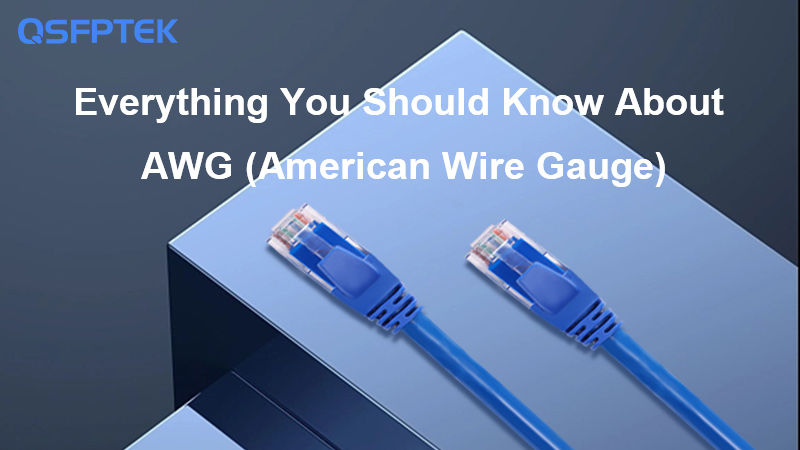 Everything You Should Know About AWG (American Wire Gauge)
Everything You Should Know About AWG (American Wire Gauge)This article explores the significance of American Wire Gauge (AWG) in Ethernet cables, its impact on signal quality, heat generation, and space utilization. Learn how to select the right gauge for your networking needs.
Everything You Should Know About AWG (American Wire Gauge)
Everything You Should Know About AWG (American Wire Gauge)This article explores the significance of American Wire Gauge (AWG) in Ethernet cables, its impact on signal quality, heat generation, and space utilization. Learn how to select the right gauge for your networking needs. -
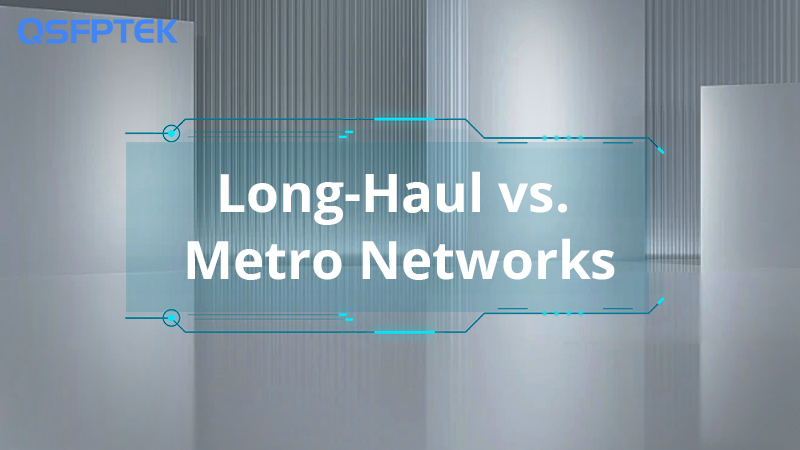 Long-Haul vs. Metro Networks, What Is the Difference?
Long-Haul vs. Metro Networks, What Is the Difference?In this article, we will discover the distinctions between long-distance and metro networks. Beyond geographical coverage and transmission distance variations, these networks differ in network capacity and latency. Whether enhancing your current network infrastructure or developing a new network architecture, this guide provides valuable insights.
Long-Haul vs. Metro Networks, What Is the Difference?
Long-Haul vs. Metro Networks, What Is the Difference?In this article, we will discover the distinctions between long-distance and metro networks. Beyond geographical coverage and transmission distance variations, these networks differ in network capacity and latency. Whether enhancing your current network infrastructure or developing a new network architecture, this guide provides valuable insights. -
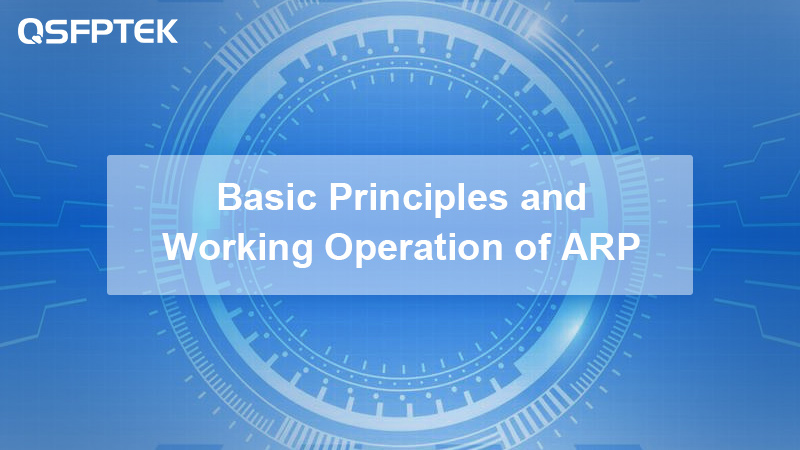 Basic Principles and Working Operation of ARP
Basic Principles and Working Operation of ARPThis article tells you what ARP is and its basic operating principles, allowing you to understand the benefits that ARP can bring and prevent ARP attacks, helping you build a more standardized network.
Basic Principles and Working Operation of ARP
Basic Principles and Working Operation of ARPThis article tells you what ARP is and its basic operating principles, allowing you to understand the benefits that ARP can bring and prevent ARP attacks, helping you build a more standardized network. -
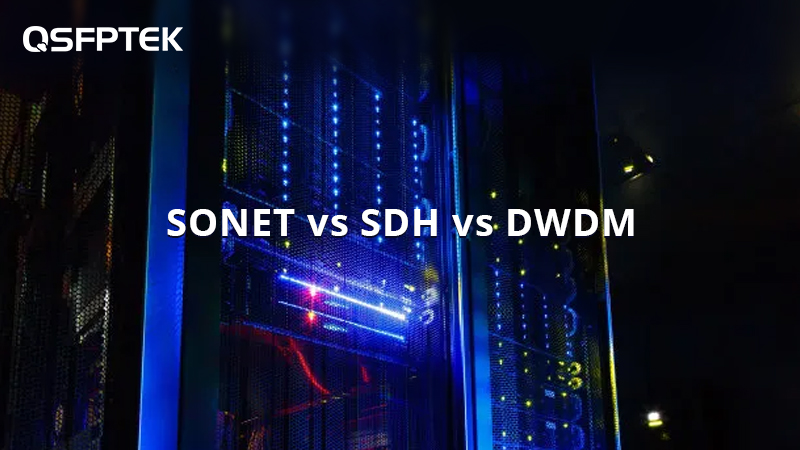 SONET vs. SDH vs. DWDM, What Is the Difference?
SONET vs. SDH vs. DWDM, What Is the Difference?This blog unveils the fundamentals and disparities among SONET, SDH, and DWDM and guides you through selecting the optimal network transmission method.
SONET vs. SDH vs. DWDM, What Is the Difference?
SONET vs. SDH vs. DWDM, What Is the Difference?This blog unveils the fundamentals and disparities among SONET, SDH, and DWDM and guides you through selecting the optimal network transmission method. -
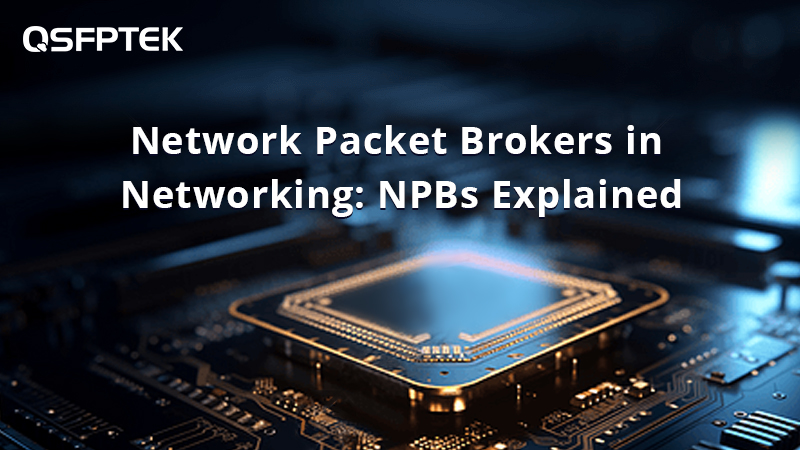 What is Network Packet Broker in Networking? NPBs Explained
What is Network Packet Broker in Networking? NPBs ExplainedThis article is a comprehensive guide to Network Packet Brokers (NPBs) in networking. Understand the functionality and benefits of NPBs with QSFPTEK's detailed explanation.
What is Network Packet Broker in Networking? NPBs Explained
What is Network Packet Broker in Networking? NPBs ExplainedThis article is a comprehensive guide to Network Packet Brokers (NPBs) in networking. Understand the functionality and benefits of NPBs with QSFPTEK's detailed explanation. -
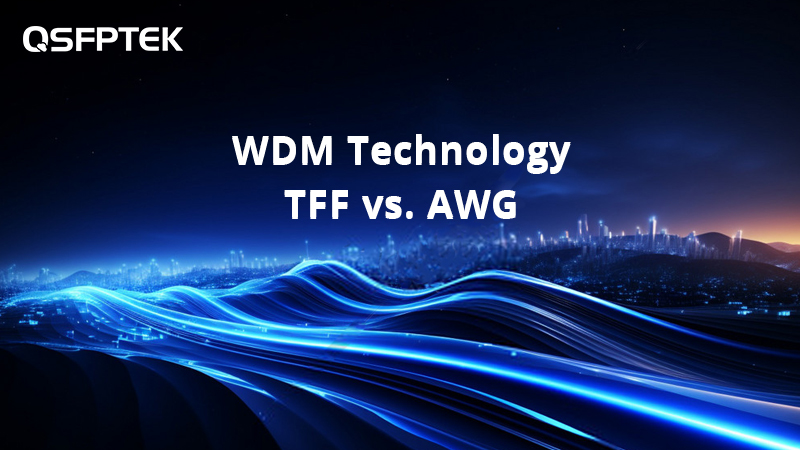 TFF (Thin-Film Filter) vs. AWG (Arrayed Waveguide Grating): A Comparison Of Two Main Wave Lengths Multiplexing WDM Technology
TFF (Thin-Film Filter) vs. AWG (Arrayed Waveguide Grating): A Comparison Of Two Main Wave Lengths Multiplexing WDM TechnologyExplore Wavelength Division Multiplexing (WDM) technology and its two prevalent techniques: Thin-Film Filter (TFF) and Arrayed Waveguide Grating (AWG). Discover the unique benefits and applications associated with each of these technologies.
TFF (Thin-Film Filter) vs. AWG (Arrayed Waveguide Grating): A Comparison Of Two Main Wave Lengths Multiplexing WDM Technology
TFF (Thin-Film Filter) vs. AWG (Arrayed Waveguide Grating): A Comparison Of Two Main Wave Lengths Multiplexing WDM TechnologyExplore Wavelength Division Multiplexing (WDM) technology and its two prevalent techniques: Thin-Film Filter (TFF) and Arrayed Waveguide Grating (AWG). Discover the unique benefits and applications associated with each of these technologies. -
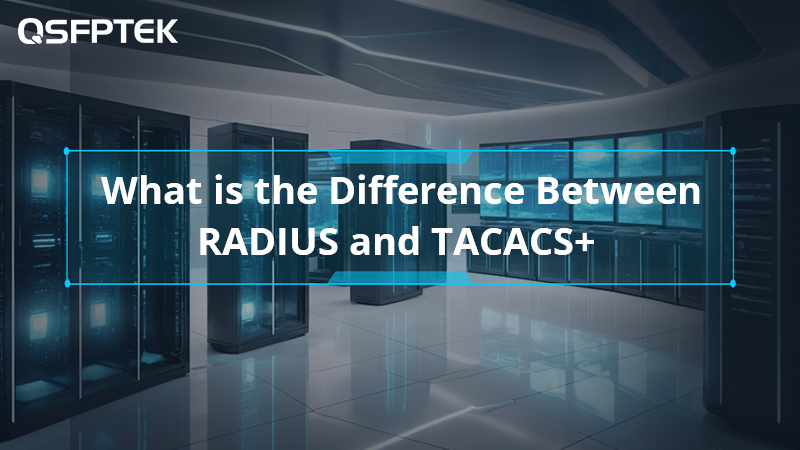 What is the Difference Between RADIUS and TACACS+
What is the Difference Between RADIUS and TACACS+This article tells you what RADIUS and TACACS+ are, explains their advantages and disadvantages, and the differences between them, so that you can choose the protocol that is more suitable for you.
What is the Difference Between RADIUS and TACACS+
What is the Difference Between RADIUS and TACACS+This article tells you what RADIUS and TACACS+ are, explains their advantages and disadvantages, and the differences between them, so that you can choose the protocol that is more suitable for you. -
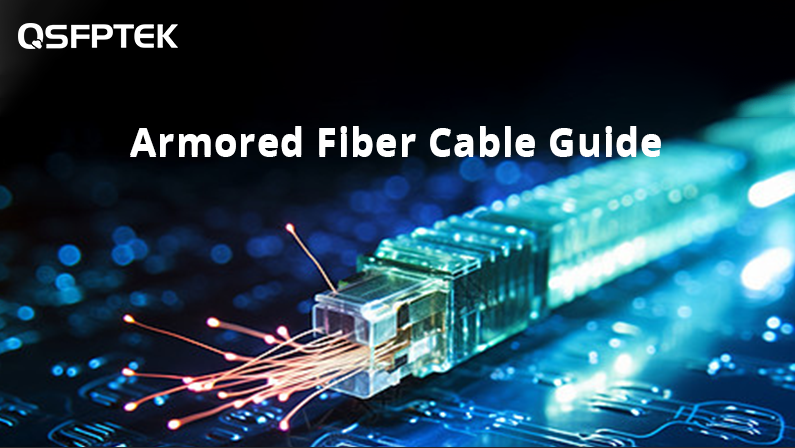 Armored Fiber Cable Guide
Armored Fiber Cable GuideExplore QSFPTEK's comprehensive guide to armored fiber optic cables, including their uses, types, applications, and installation tips. Learn how armored fiber cables enhance durability and security in various networking environments.
Armored Fiber Cable Guide
Armored Fiber Cable GuideExplore QSFPTEK's comprehensive guide to armored fiber optic cables, including their uses, types, applications, and installation tips. Learn how armored fiber cables enhance durability and security in various networking environments. -
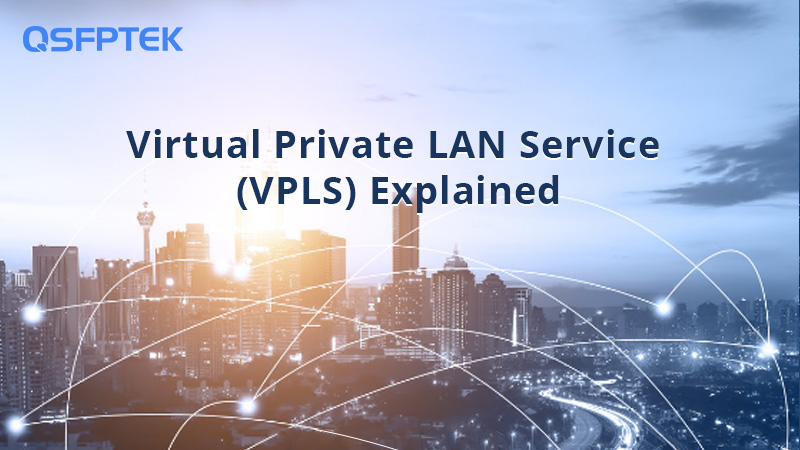 Virtual Private LAN Service (VPLS) Explained
Virtual Private LAN Service (VPLS) ExplainedDive into the workings, benefits, and applications of Virtual Private LAN Service (VPLS) with expert insights from QSFPTEK. Gain a comprehensive understanding of VPLS technology to enhance its utilization in network architecture and management.
Virtual Private LAN Service (VPLS) Explained
Virtual Private LAN Service (VPLS) ExplainedDive into the workings, benefits, and applications of Virtual Private LAN Service (VPLS) with expert insights from QSFPTEK. Gain a comprehensive understanding of VPLS technology to enhance its utilization in network architecture and management. -
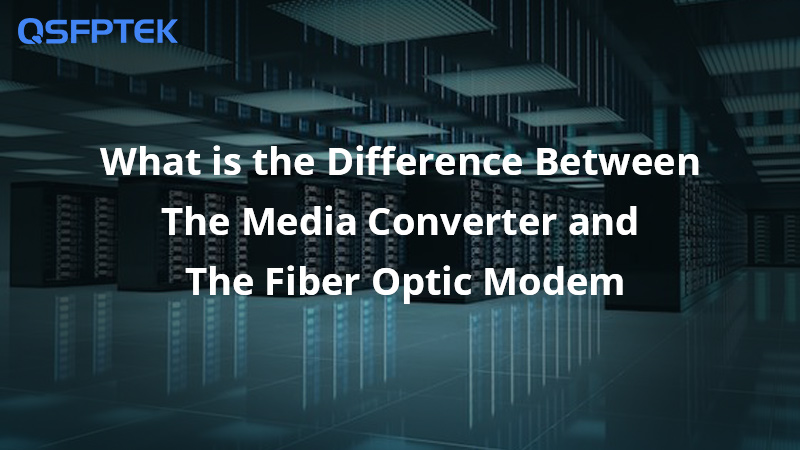 What is the Difference Between Media Converter and Fiber Optic Modem?
What is the Difference Between Media Converter and Fiber Optic Modem?This article tells you the principles and differences between media converters and fiber optic modems, letting you know how to choose the right device for you between the two.
What is the Difference Between Media Converter and Fiber Optic Modem?
What is the Difference Between Media Converter and Fiber Optic Modem?This article tells you the principles and differences between media converters and fiber optic modems, letting you know how to choose the right device for you between the two. -
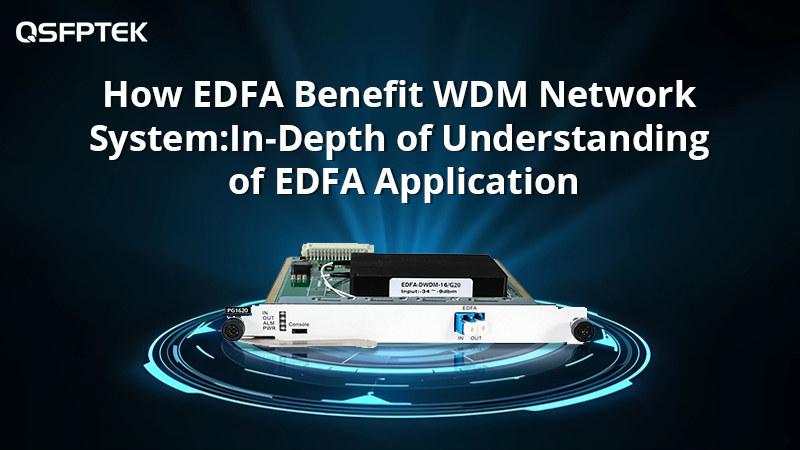 Understanding of EDFA Application, How EDFA Benefits WDM Network System?
Understanding of EDFA Application, How EDFA Benefits WDM Network System?This article will analyze the Erbium-Doped Fiber Amplifier (EDFA) and its significant role in WDM network systems. Check more information about the EDFA's function and how it amplifies signals in network links.
Understanding of EDFA Application, How EDFA Benefits WDM Network System?
Understanding of EDFA Application, How EDFA Benefits WDM Network System?This article will analyze the Erbium-Doped Fiber Amplifier (EDFA) and its significant role in WDM network systems. Check more information about the EDFA's function and how it amplifies signals in network links. -
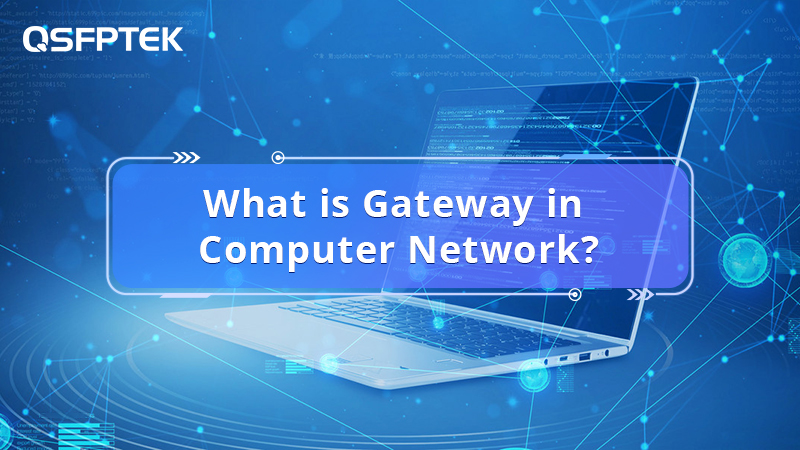 What is Gateway in Computer Network?
What is Gateway in Computer Network?This article is an overview of gateways in computer networks, their functions, types, and working principles, and their importance as protocol converters for communication and data exchange between networks.
What is Gateway in Computer Network?
What is Gateway in Computer Network?This article is an overview of gateways in computer networks, their functions, types, and working principles, and their importance as protocol converters for communication and data exchange between networks. -
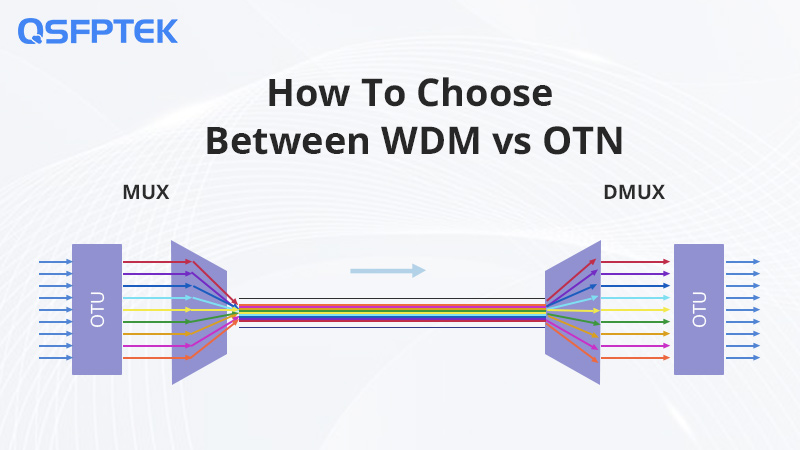 How To Choose Between WDM vs OTN?
How To Choose Between WDM vs OTN?This article will introduce WDM and OTN technology in detail while comparing the differences between the two technologies, and comparing QSFPTEK WDM and OTN products. Finally, this article will tell you why you should choose OTN technology.
How To Choose Between WDM vs OTN?
How To Choose Between WDM vs OTN?This article will introduce WDM and OTN technology in detail while comparing the differences between the two technologies, and comparing QSFPTEK WDM and OTN products. Finally, this article will tell you why you should choose OTN technology. -
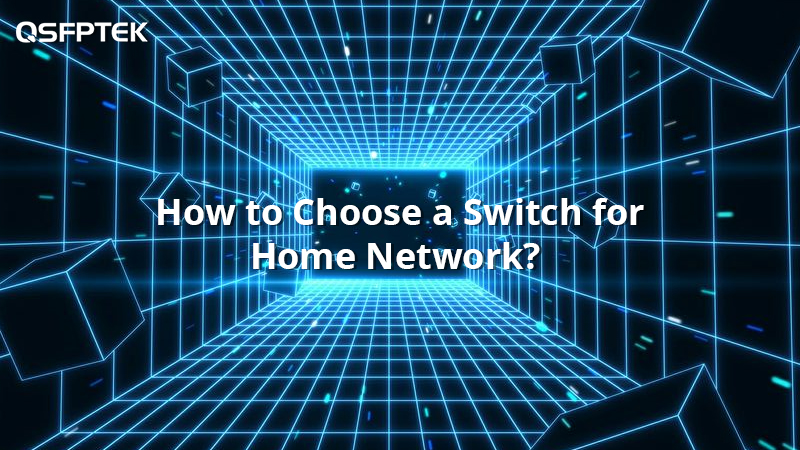 How to Choose a Switch for Home Network
How to Choose a Switch for Home NetworkThis article tells you how to choose a suitable switch for home network. You need to consider the ports, switch speed, and applications to choose the switch that suits you.
How to Choose a Switch for Home Network
How to Choose a Switch for Home NetworkThis article tells you how to choose a suitable switch for home network. You need to consider the ports, switch speed, and applications to choose the switch that suits you. -
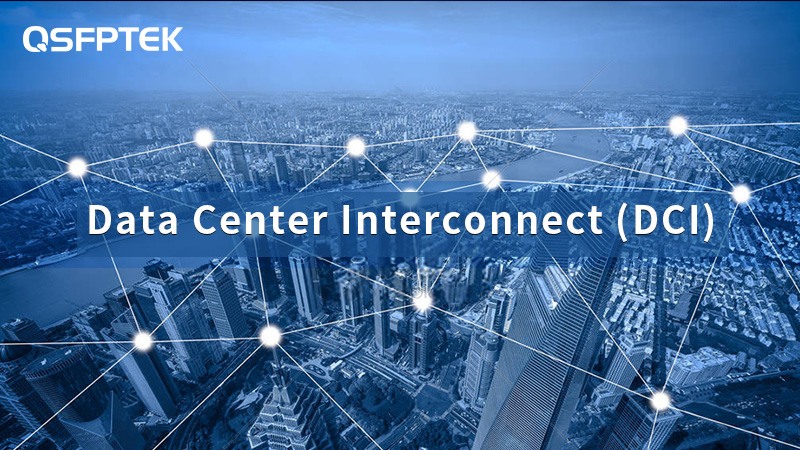 Data Center Interconnect (DCI) Overview, Everything You Need to Know About
Data Center Interconnect (DCI) Overview, Everything You Need to Know AboutThis article will introduce the details about data center interconnect, including data center interconnect definition, technologies, and applications. At the same time, learn more about the challenges and opportunities that DCI can bring you. Learn more at QSFPTEK professional blog.
Data Center Interconnect (DCI) Overview, Everything You Need to Know About
Data Center Interconnect (DCI) Overview, Everything You Need to Know AboutThis article will introduce the details about data center interconnect, including data center interconnect definition, technologies, and applications. At the same time, learn more about the challenges and opportunities that DCI can bring you. Learn more at QSFPTEK professional blog. -
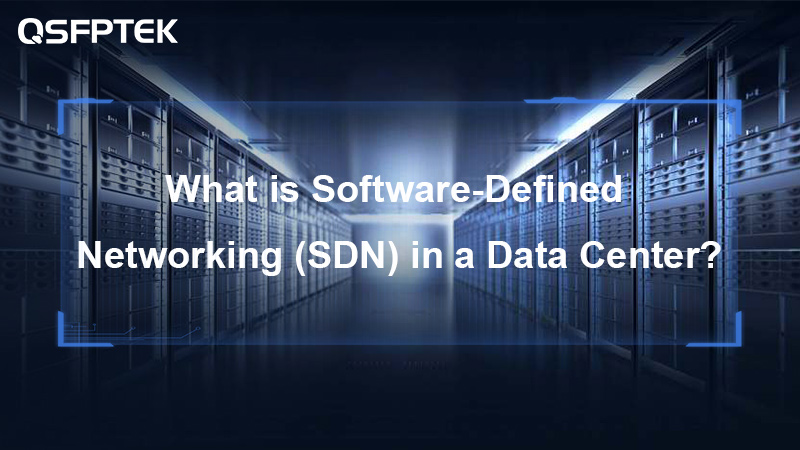 What is Software-Defined Networking (SDN) in a Data Center?
What is Software-Defined Networking (SDN) in a Data Center?This article comprehensively delves into Software-Defined Networking (SDN), providing an in-depth exploration of its definition, types, underlying motivations, operational principles, advantages, and distinctions from traditional network infrastructures.
What is Software-Defined Networking (SDN) in a Data Center?
What is Software-Defined Networking (SDN) in a Data Center?This article comprehensively delves into Software-Defined Networking (SDN), providing an in-depth exploration of its definition, types, underlying motivations, operational principles, advantages, and distinctions from traditional network infrastructures. -
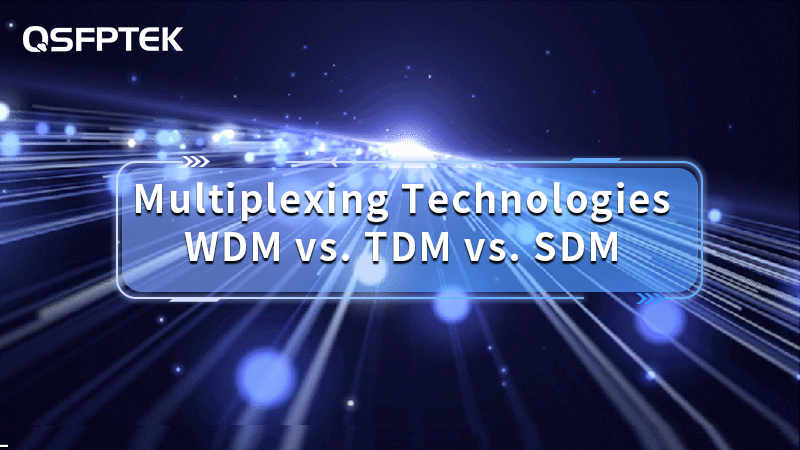 A Comparison Of Different Multiplexing Technologies: WDM, TDM, SDM
A Comparison Of Different Multiplexing Technologies: WDM, TDM, SDMhis article will introduce the three multiplexing technologies of WDM, TDM, and SDM, and will also compare the advantages and disadvantages of WDM, TDM, and SDM Expansion Methods. Through this article, you will have a better understanding of what is multiplexing.
A Comparison Of Different Multiplexing Technologies: WDM, TDM, SDM
A Comparison Of Different Multiplexing Technologies: WDM, TDM, SDMhis article will introduce the three multiplexing technologies of WDM, TDM, and SDM, and will also compare the advantages and disadvantages of WDM, TDM, and SDM Expansion Methods. Through this article, you will have a better understanding of what is multiplexing. -
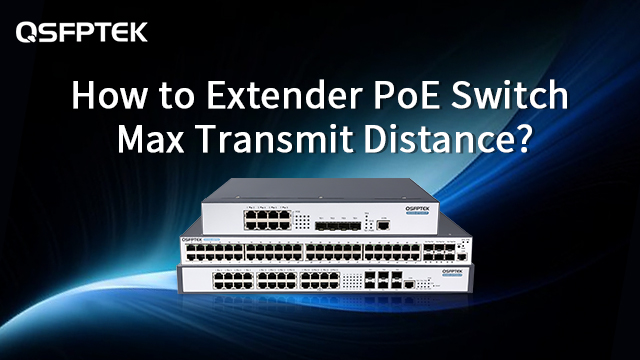 How to Extender PoE Switch Max Transmit Distance?
How to Extender PoE Switch Max Transmit Distance?This article will show you how to extend the transmission distance of a PoE switch, by using additional network equipment or optimizing the network layout, so that you will no longer be troubled by PoE transmission distance limitations.
How to Extender PoE Switch Max Transmit Distance?
How to Extender PoE Switch Max Transmit Distance?This article will show you how to extend the transmission distance of a PoE switch, by using additional network equipment or optimizing the network layout, so that you will no longer be troubled by PoE transmission distance limitations. -
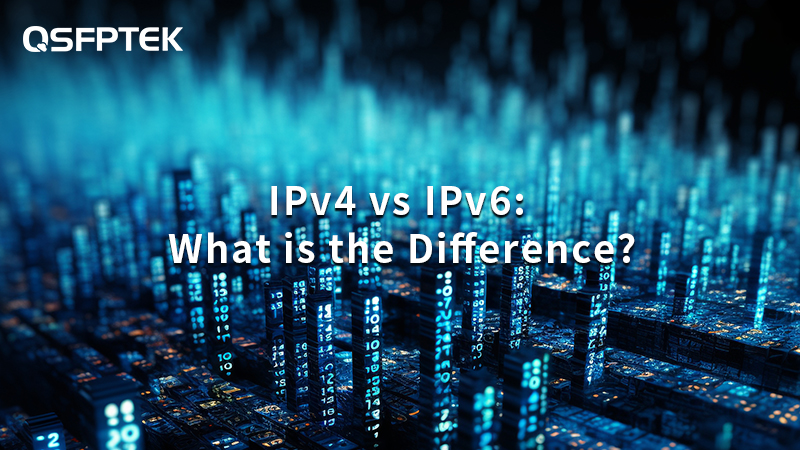 IPv4 vs IPv6: What is the Difference?
IPv4 vs IPv6: What is the Difference?This article explores the nuances between IPv4 and IPv6, shedding light on their respective features, advantages, and functionalities. By dissecting IPv4 and IPv6, readers gain a thorough understanding to make informed decisions on whether to opt for IPv4 or IPv6 in their network infrastructure.
IPv4 vs IPv6: What is the Difference?
IPv4 vs IPv6: What is the Difference?This article explores the nuances between IPv4 and IPv6, shedding light on their respective features, advantages, and functionalities. By dissecting IPv4 and IPv6, readers gain a thorough understanding to make informed decisions on whether to opt for IPv4 or IPv6 in their network infrastructure. -
 Edge Computing vs Cloud Computing, What is the Difference?
Edge Computing vs Cloud Computing, What is the Difference?This article tells you what cloud computing and edge computing are, their advantages and their differences, to help you better understand and choose.
Edge Computing vs Cloud Computing, What is the Difference?
Edge Computing vs Cloud Computing, What is the Difference?This article tells you what cloud computing and edge computing are, their advantages and their differences, to help you better understand and choose. -
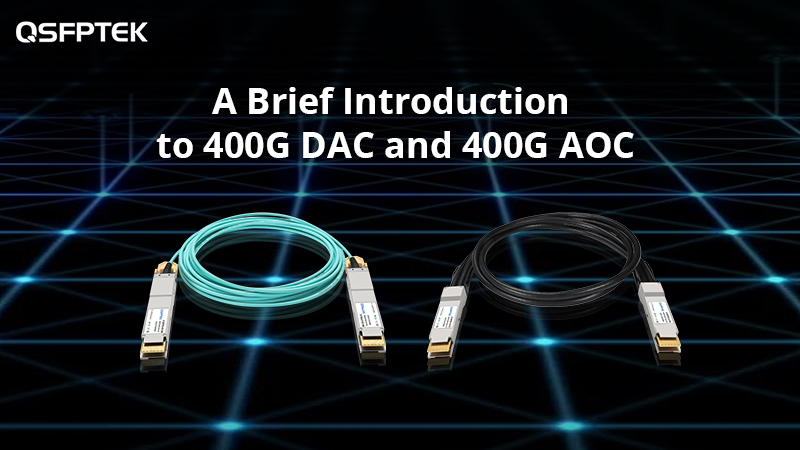 Overview of 400G DAC and 400G AOC | QSFPTEK
Overview of 400G DAC and 400G AOC | QSFPTEKThis article will explore the fundamentals of 400G DAC and 400G AOC technology, examine their distinctive features, and address commonly asked questions.
Overview of 400G DAC and 400G AOC | QSFPTEK
Overview of 400G DAC and 400G AOC | QSFPTEKThis article will explore the fundamentals of 400G DAC and 400G AOC technology, examine their distinctive features, and address commonly asked questions. -
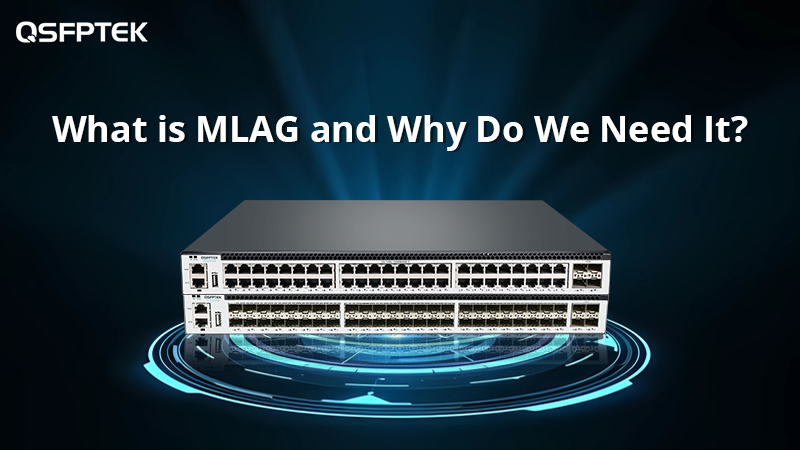 What is MLAG and Why Do We Need It?
What is MLAG and Why Do We Need It?Discover the significance of MLAG (Multi-Chassis Link Aggregation) in networking as we delve into its definition, functionalities, and the compelling reasons behind its necessity. Explore how MLAG enhances network performance, redundancy, and scalability.
What is MLAG and Why Do We Need It?
What is MLAG and Why Do We Need It?Discover the significance of MLAG (Multi-Chassis Link Aggregation) in networking as we delve into its definition, functionalities, and the compelling reasons behind its necessity. Explore how MLAG enhances network performance, redundancy, and scalability. -
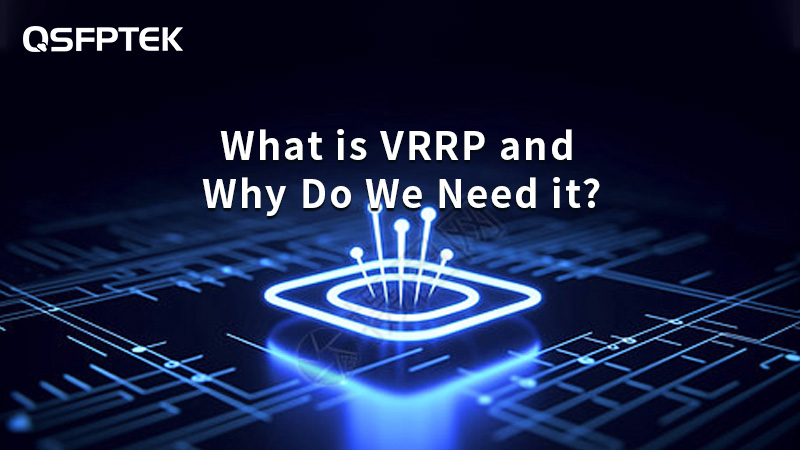 What is VRRP and Why Do We Need it?
What is VRRP and Why Do We Need it?This article describes what VRRP is, its working principle and specific applications, so that you can have a deeper understanding of VRRP.
What is VRRP and Why Do We Need it?
What is VRRP and Why Do We Need it?This article describes what VRRP is, its working principle and specific applications, so that you can have a deeper understanding of VRRP. -
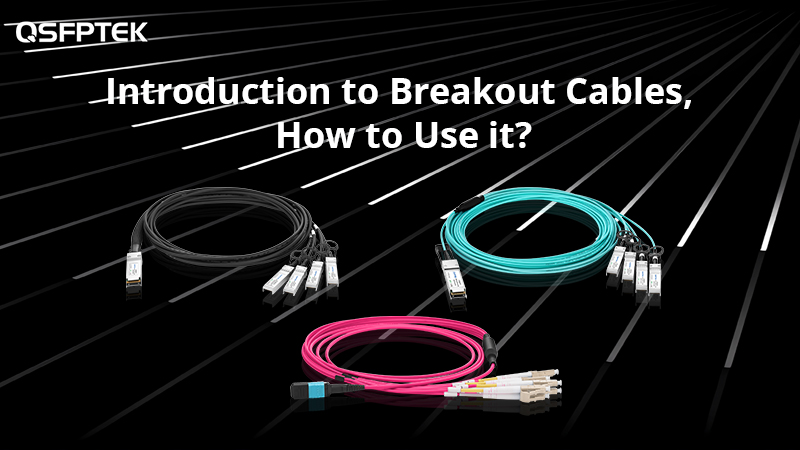 Introduction to Breakout Cables, How to Use it?
Introduction to Breakout Cables, How to Use it?Are you familiar with breakout cables and their potential to revolutionize your data center cabling infrastructure? This article delves into the intricate world of breakout cables, shedding light on their versatile applications and how they can elevate your data center performance.
Introduction to Breakout Cables, How to Use it?
Introduction to Breakout Cables, How to Use it?Are you familiar with breakout cables and their potential to revolutionize your data center cabling infrastructure? This article delves into the intricate world of breakout cables, shedding light on their versatile applications and how they can elevate your data center performance. -
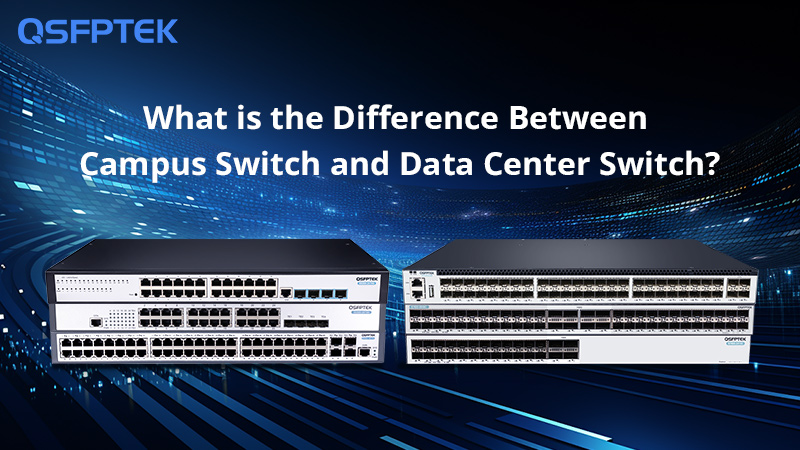 What is the Difference Between Campus Switch and Data Center Switch?
What is the Difference Between Campus Switch and Data Center Switch?This article tells you in detail what campus switches and data center switches are, and compares their differences so that you can better distinguish them.
What is the Difference Between Campus Switch and Data Center Switch?
What is the Difference Between Campus Switch and Data Center Switch?This article tells you in detail what campus switches and data center switches are, and compares their differences so that you can better distinguish them. -
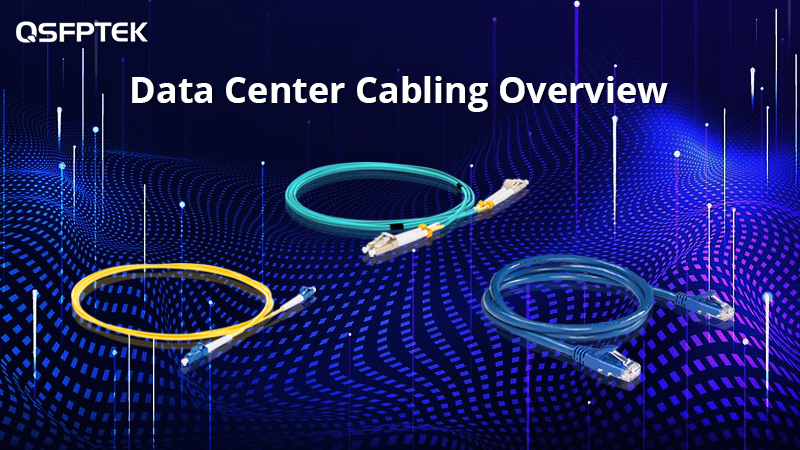 Data Center Cabling Overview: Industry Standards and Optimal Practices
Data Center Cabling Overview: Industry Standards and Optimal PracticesThe essence of data centers lies in the network and connectivity facilitated by cabling. Approaching data center cable management with foresight is imperative to avoid a cascade of problems in the aftermath.
Data Center Cabling Overview: Industry Standards and Optimal Practices
Data Center Cabling Overview: Industry Standards and Optimal PracticesThe essence of data centers lies in the network and connectivity facilitated by cabling. Approaching data center cable management with foresight is imperative to avoid a cascade of problems in the aftermath. -
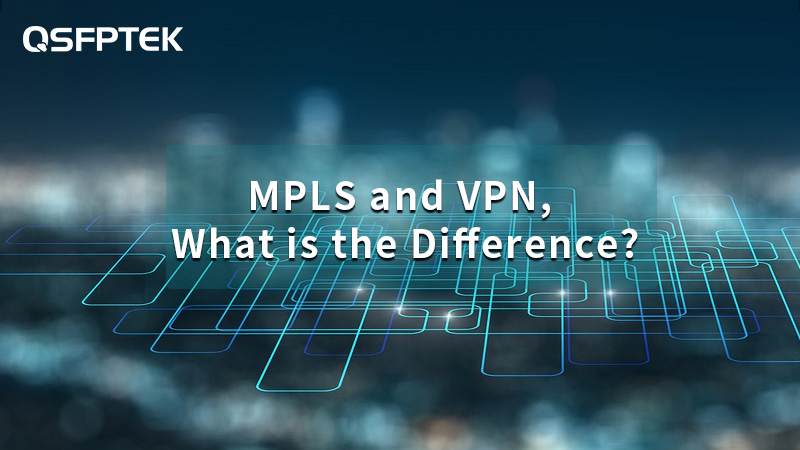 MPLS and VPN, What is the Difference?
MPLS and VPN, What is the Difference?Explore the differences between Virtual Private Networks (VPNs) and Multi-Protocol Label Switching (MPLS) in this detailed guide. Learn about the advantages and disadvantages of each technology. Make a well-informed choice for your network infrastructure by considering your unique requirements and priorities.
MPLS and VPN, What is the Difference?
MPLS and VPN, What is the Difference?Explore the differences between Virtual Private Networks (VPNs) and Multi-Protocol Label Switching (MPLS) in this detailed guide. Learn about the advantages and disadvantages of each technology. Make a well-informed choice for your network infrastructure by considering your unique requirements and priorities. -
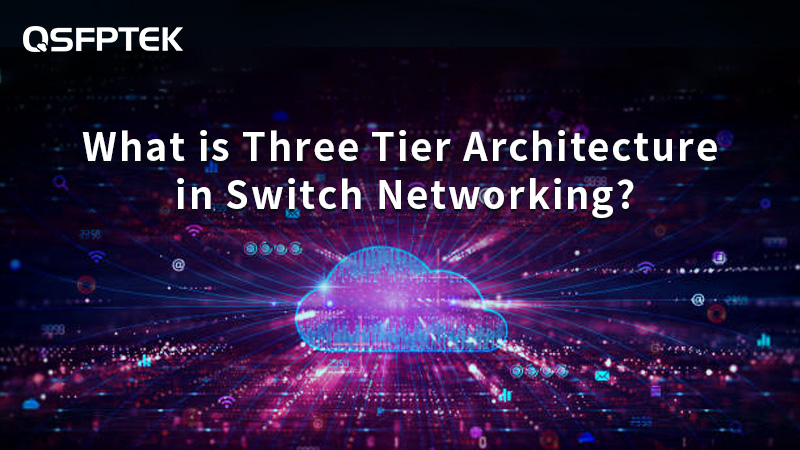 What is Three-Tier Architecture in Switch Networking?
What is Three-Tier Architecture in Switch Networking?This article tells you the advantages and disadvantages of the three tier architecture and its specific application so that you have a better understanding of it after reading.
What is Three-Tier Architecture in Switch Networking?
What is Three-Tier Architecture in Switch Networking?This article tells you the advantages and disadvantages of the three tier architecture and its specific application so that you have a better understanding of it after reading. -
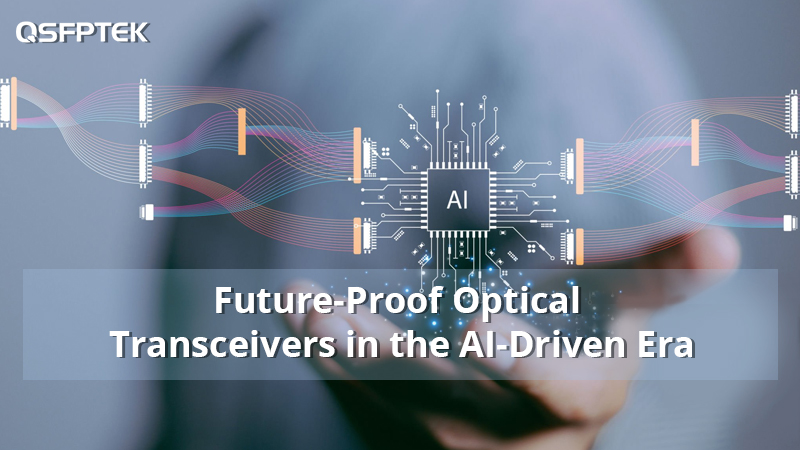 How Optical Transceivers May Evolve in the AI Era?
How Optical Transceivers May Evolve in the AI Era?Dive into the pivotal role of optical transceivers, driving technological advancements and reshaping architectures in the AI-driven era.
How Optical Transceivers May Evolve in the AI Era?
How Optical Transceivers May Evolve in the AI Era?Dive into the pivotal role of optical transceivers, driving technological advancements and reshaping architectures in the AI-driven era. -
 How Does Tunable DWDM 10G Solutions Enhance Network Performance?
How Does Tunable DWDM 10G Solutions Enhance Network Performance?Dive into the details of how tunable DWDM 10G SFP+ modules tunable lasers as light sources in DWDM systems, offering tunability across the entire C-band of supporting 96 channels on the ITU-T 50-GHz grid, unlocking new possibilities in high-performance optical communication.
How Does Tunable DWDM 10G Solutions Enhance Network Performance?
How Does Tunable DWDM 10G Solutions Enhance Network Performance?Dive into the details of how tunable DWDM 10G SFP+ modules tunable lasers as light sources in DWDM systems, offering tunability across the entire C-band of supporting 96 channels on the ITU-T 50-GHz grid, unlocking new possibilities in high-performance optical communication. -
 Quality of Service in Networking: QoS Meaning Explained
Quality of Service in Networking: QoS Meaning ExplainedExplore QoS (Quality of Service) in networking with QSFPTEK. Understand its role, benefits, and impact on resource management and user experience. Discover efficient network operations with our concise QoS guide.
Quality of Service in Networking: QoS Meaning Explained
Quality of Service in Networking: QoS Meaning ExplainedExplore QoS (Quality of Service) in networking with QSFPTEK. Understand its role, benefits, and impact on resource management and user experience. Discover efficient network operations with our concise QoS guide. -
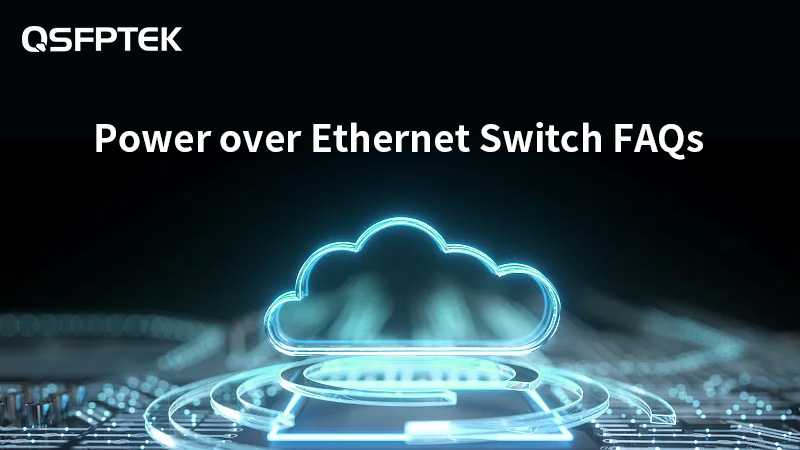 Power over Ethernet Switch FAQs
Power over Ethernet Switch FAQsThis article provides you with answers to some common questions about PoE switches, offering you a deeper understanding of PoE after reading.
Power over Ethernet Switch FAQs
Power over Ethernet Switch FAQsThis article provides you with answers to some common questions about PoE switches, offering you a deeper understanding of PoE after reading. -
 40G vs. 100G BiDi Transceivers, What is The Difference
40G vs. 100G BiDi Transceivers, What is The DifferenceThis article introduces you to the difference between 40GBASE BiDi and 100GBASE BiDi transceivers, and learns how to choose between QSFP+ 40G SR BiDi and QSFP28 100G SR BiDi by exploring their performance, applications, and differences.
40G vs. 100G BiDi Transceivers, What is The Difference
40G vs. 100G BiDi Transceivers, What is The DifferenceThis article introduces you to the difference between 40GBASE BiDi and 100GBASE BiDi transceivers, and learns how to choose between QSFP+ 40G SR BiDi and QSFP28 100G SR BiDi by exploring their performance, applications, and differences. -
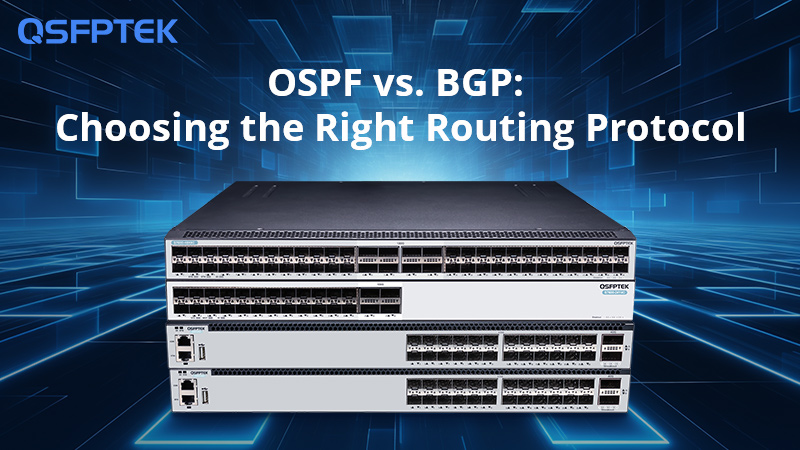 OSPF vs. BGP: Choosing the Right Routing Protocol
OSPF vs. BGP: Choosing the Right Routing ProtocolMake informed decisions for your network with QSFPTEK. Explore OSPF and BGP differences, from configuration to scalability. Learn how OSPF excels in internal networks, while BGP offers scalability for larger infrastructures. QSFPTEK provides insights to optimize network efficiency by choosing the right routing protocol for your specific needs.
OSPF vs. BGP: Choosing the Right Routing Protocol
OSPF vs. BGP: Choosing the Right Routing ProtocolMake informed decisions for your network with QSFPTEK. Explore OSPF and BGP differences, from configuration to scalability. Learn how OSPF excels in internal networks, while BGP offers scalability for larger infrastructures. QSFPTEK provides insights to optimize network efficiency by choosing the right routing protocol for your specific needs. -
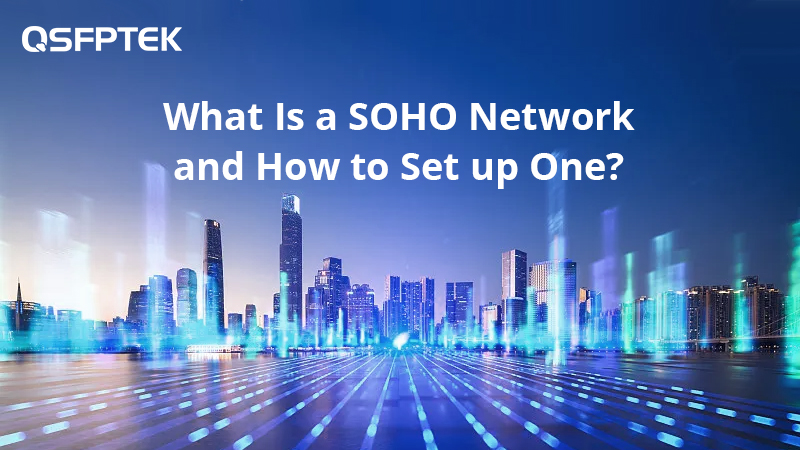 What Is a SOHO Network and How to Set up One?
What Is a SOHO Network and How to Set up One?This article explains what a SOHO network is, the basic devices needed to create one, and discusses its installation limitations. It allows you to understand a SOHO network and determine whether it can be deployed under existing conditions.
What Is a SOHO Network and How to Set up One?
What Is a SOHO Network and How to Set up One?This article explains what a SOHO network is, the basic devices needed to create one, and discusses its installation limitations. It allows you to understand a SOHO network and determine whether it can be deployed under existing conditions. -
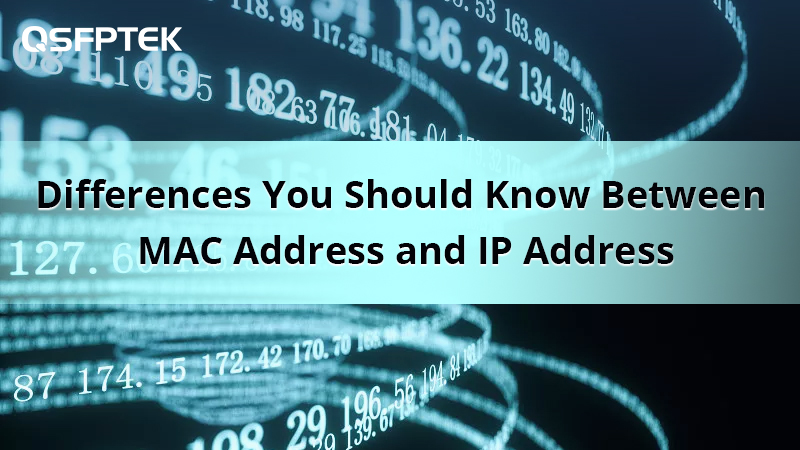 What is the Difference Between MAC Address and IP Address?
What is the Difference Between MAC Address and IP Address?This article introduces you to the difference between MAC addresses and IP addresses, from basic information to comparing the specific differences between the two, so that you can have a detailed understanding of MAC addresses and IP addresses after reading.
What is the Difference Between MAC Address and IP Address?
What is the Difference Between MAC Address and IP Address?This article introduces you to the difference between MAC addresses and IP addresses, from basic information to comparing the specific differences between the two, so that you can have a detailed understanding of MAC addresses and IP addresses after reading. -
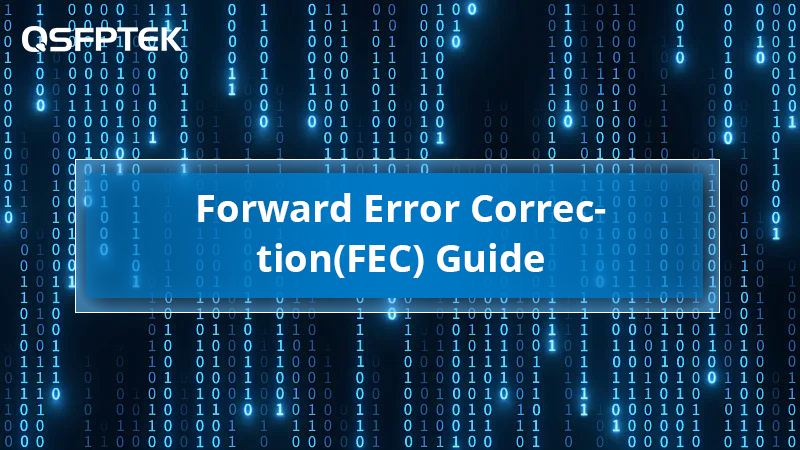 Forward Error Correction (FEC) Guide: How Does it Work in the Essential Optical Transmission System
Forward Error Correction (FEC) Guide: How Does it Work in the Essential Optical Transmission SystemFEC (Forward Error Correction) encodes signals as "0" and "1" for transmission, addressing errors within its correction capability. This enables error-free reception without re-transmission when errors fall within the FEC's range.
Forward Error Correction (FEC) Guide: How Does it Work in the Essential Optical Transmission System
Forward Error Correction (FEC) Guide: How Does it Work in the Essential Optical Transmission SystemFEC (Forward Error Correction) encodes signals as "0" and "1" for transmission, addressing errors within its correction capability. This enables error-free reception without re-transmission when errors fall within the FEC's range. -
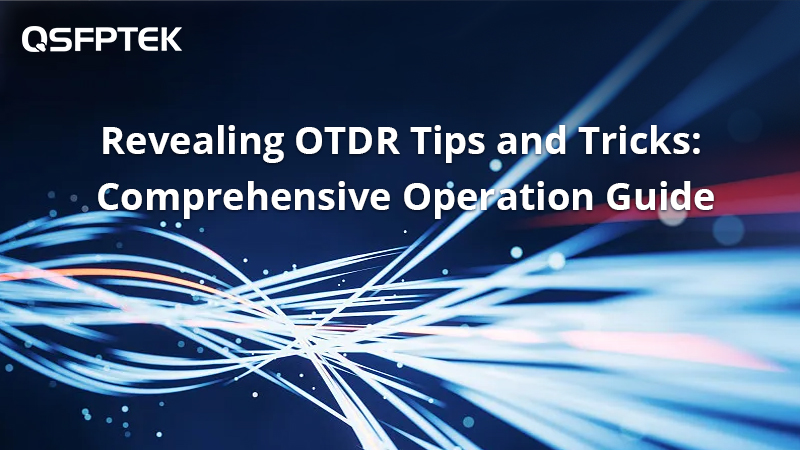 Revealing OTDR Tips and Tricks: Comprehensive Operation Guide
Revealing OTDR Tips and Tricks: Comprehensive Operation GuideWelcome to your "QuickStart" manual for evaluating fiber optic cable plants using an Optical Time Domain Reflectometer (OTDR). We aim to provide you with essential information and offer printable references.
Revealing OTDR Tips and Tricks: Comprehensive Operation Guide
Revealing OTDR Tips and Tricks: Comprehensive Operation GuideWelcome to your "QuickStart" manual for evaluating fiber optic cable plants using an Optical Time Domain Reflectometer (OTDR). We aim to provide you with essential information and offer printable references. -
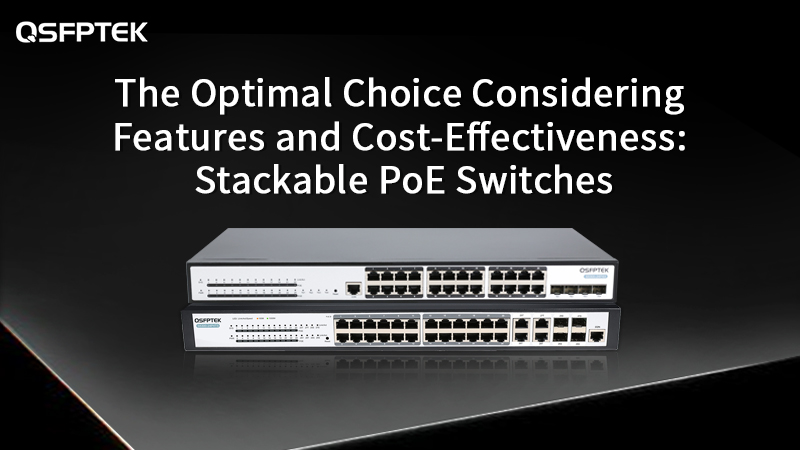 Why Choose Stackable PoE Switches?
Why Choose Stackable PoE Switches?Enter the world of stackable Power over Ethernet (PoE) switches and explore their advanced networking features and key considerations for achieving a harmonious balance between functionality and cost-effectiveness in the network infrastructure.
Why Choose Stackable PoE Switches?
Why Choose Stackable PoE Switches?Enter the world of stackable Power over Ethernet (PoE) switches and explore their advanced networking features and key considerations for achieving a harmonious balance between functionality and cost-effectiveness in the network infrastructure. -
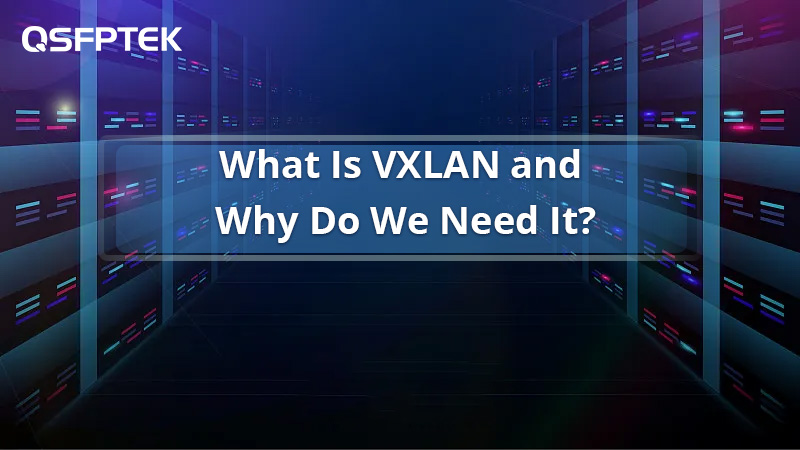 What Is VXLAN and Why Do We Need It?
What Is VXLAN and Why Do We Need It?This article introduces you to what VXLAN is and how it differs from VLAN, helping you better understand VXLAN and evaluate whether you need it.
What Is VXLAN and Why Do We Need It?
What Is VXLAN and Why Do We Need It?This article introduces you to what VXLAN is and how it differs from VLAN, helping you better understand VXLAN and evaluate whether you need it. -
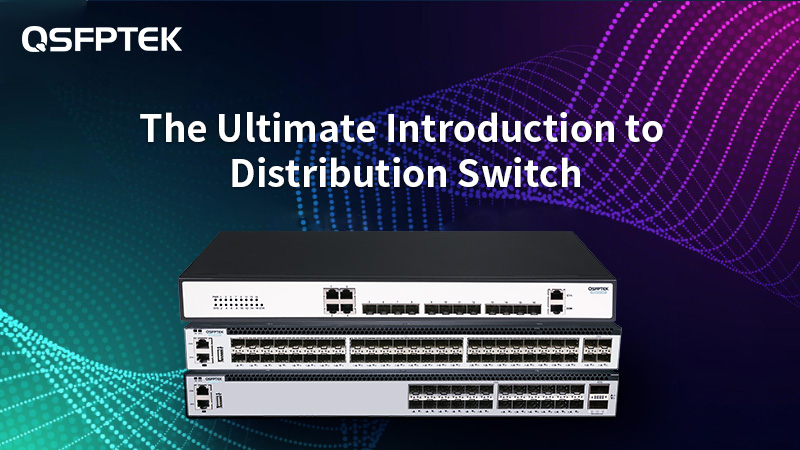 What is Distribution Switch? The Ultimate Introduction
What is Distribution Switch? The Ultimate IntroductionIn this article, we'll delve into the essence of distribution networking switches. Discover the meaning, functions, and benefits of distribution switches while unraveling the distinctions between aggregation, core, and access switches.
What is Distribution Switch? The Ultimate Introduction
What is Distribution Switch? The Ultimate IntroductionIn this article, we'll delve into the essence of distribution networking switches. Discover the meaning, functions, and benefits of distribution switches while unraveling the distinctions between aggregation, core, and access switches. -
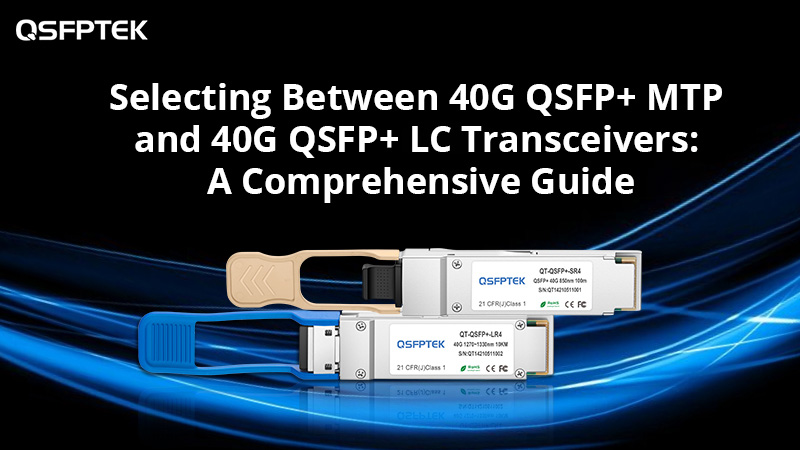 40G QSFP+ MTP vs 40G QSFP+ LC Transceivers Comparison Guide, How to Choose?
40G QSFP+ MTP vs 40G QSFP+ LC Transceivers Comparison Guide, How to Choose?This article compares 40G QSFP+ MTP and QSFP+ LC transceivers, covering their functionalities and fiber optic cable compatibility, and offers a comprehensive buying guide for users.
40G QSFP+ MTP vs 40G QSFP+ LC Transceivers Comparison Guide, How to Choose?
40G QSFP+ MTP vs 40G QSFP+ LC Transceivers Comparison Guide, How to Choose?This article compares 40G QSFP+ MTP and QSFP+ LC transceivers, covering their functionalities and fiber optic cable compatibility, and offers a comprehensive buying guide for users. -
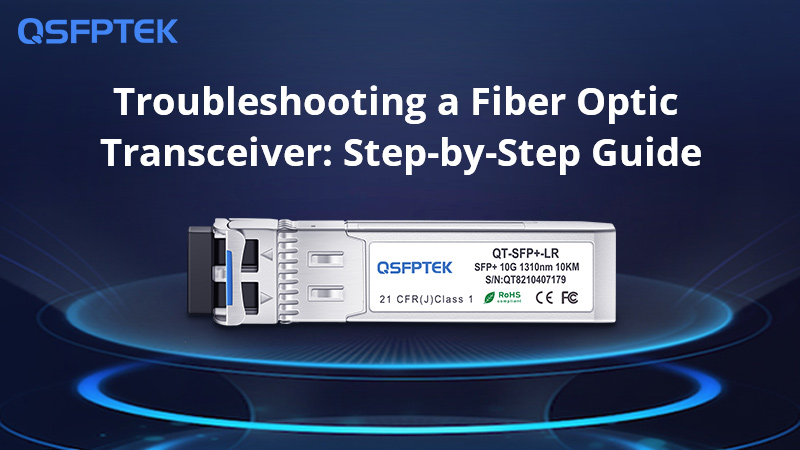 Troubleshooting a Fiber Optic Transceiver: Step-by-Step Guide
Troubleshooting a Fiber Optic Transceiver: Step-by-Step GuideEncountering peculiar issues is inevitable when utilizing a Fiber Optic Transceiver. Effectively troubleshooting optical module concerns becomes essential in such situations. This article will help you troubleshoot a fiber optic module.
Troubleshooting a Fiber Optic Transceiver: Step-by-Step Guide
Troubleshooting a Fiber Optic Transceiver: Step-by-Step GuideEncountering peculiar issues is inevitable when utilizing a Fiber Optic Transceiver. Effectively troubleshooting optical module concerns becomes essential in such situations. This article will help you troubleshoot a fiber optic module. -
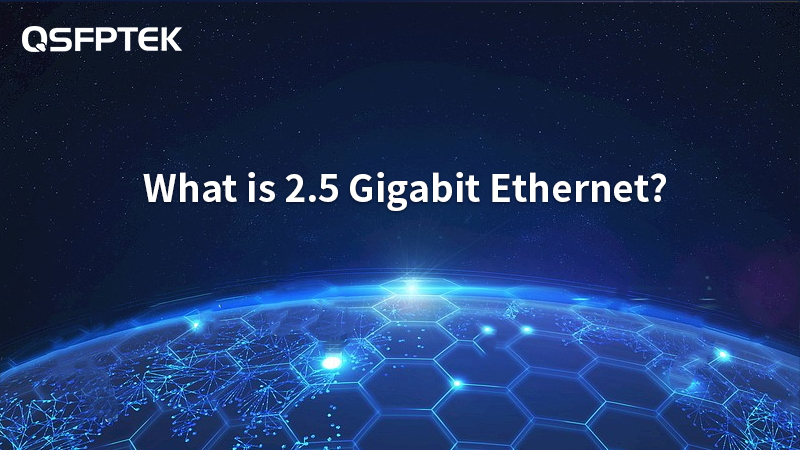 What is 2.5 Gigabit Ethernet?
What is 2.5 Gigabit Ethernet?This article explains what 2.5G Ethernet is and how it differs from 1G and 10G Ethernet, and whether 2.5G Ethernet is worth upgrading.
What is 2.5 Gigabit Ethernet?
What is 2.5 Gigabit Ethernet?This article explains what 2.5G Ethernet is and how it differs from 1G and 10G Ethernet, and whether 2.5G Ethernet is worth upgrading. -
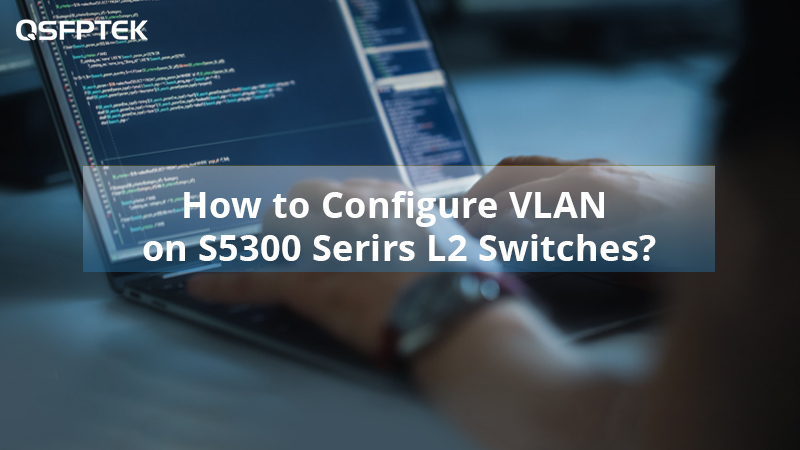 How to Configure VLAN (Virtual LAN) on S5300 Switches?
How to Configure VLAN (Virtual LAN) on S5300 Switches?This paper introduces how to configure a Virtual Local Area Network (VLAN) on QSFPTEK S5300 series managed switches, taking the layer 2 switches as an example. S5300 Series layer 2 switches are VLAN-capable switches, which support up to 4K VLANs. Before entering the topic, we need to first understand the two concepts involved: VLAN and Dot1Q.
How to Configure VLAN (Virtual LAN) on S5300 Switches?
How to Configure VLAN (Virtual LAN) on S5300 Switches?This paper introduces how to configure a Virtual Local Area Network (VLAN) on QSFPTEK S5300 series managed switches, taking the layer 2 switches as an example. S5300 Series layer 2 switches are VLAN-capable switches, which support up to 4K VLANs. Before entering the topic, we need to first understand the two concepts involved: VLAN and Dot1Q. -
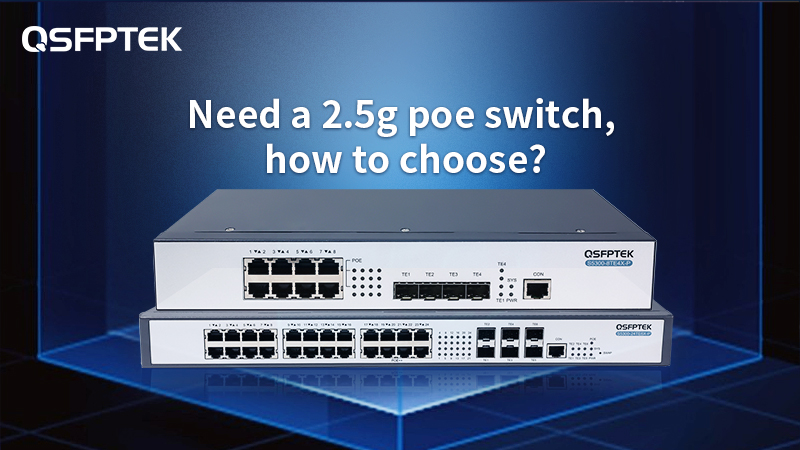 Need a 2.5g PoE Switch, How to Choose?
Need a 2.5g PoE Switch, How to Choose?In this article, we present QSFPTEK's two 2.5G PoE switches, the S5300-8TE4X-P and S5300-24TE6X-P, and delve into considerations for choosing the optimal option.
Need a 2.5g PoE Switch, How to Choose?
Need a 2.5g PoE Switch, How to Choose?In this article, we present QSFPTEK's two 2.5G PoE switches, the S5300-8TE4X-P and S5300-24TE6X-P, and delve into considerations for choosing the optimal option. -
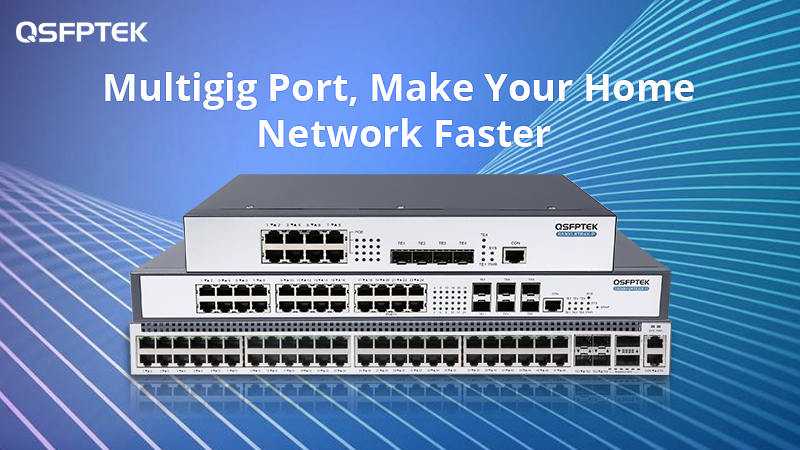 How Does Multigig Port Make Your Home Network Faster? | QSFPTEK
How Does Multigig Port Make Your Home Network Faster? | QSFPTEKThis article introduces multi-Gigabit port switches, as well as some other 2.5G Ethernet or 10G Ethernet devices. How to use multi-gigabit devices to improve your home network, this article will tell you.
How Does Multigig Port Make Your Home Network Faster? | QSFPTEK
How Does Multigig Port Make Your Home Network Faster? | QSFPTEKThis article introduces multi-Gigabit port switches, as well as some other 2.5G Ethernet or 10G Ethernet devices. How to use multi-gigabit devices to improve your home network, this article will tell you. -
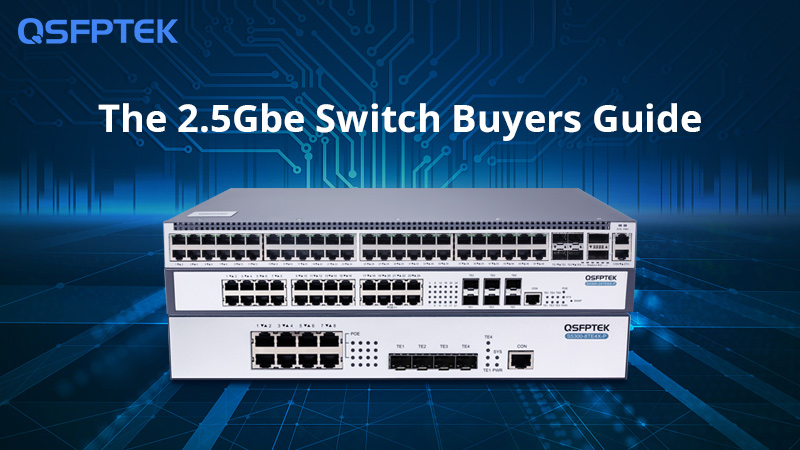 The 2.5Gbe Switch Buyers Guide
The 2.5Gbe Switch Buyers GuideThis article introduces the differences among 2.5G switches in terms of performance, ports, and features. It also provides examples of 2.5G switch applications in various scenarios to assist you in choosing the most suitable 2.5GbE switch for your needs.
The 2.5Gbe Switch Buyers Guide
The 2.5Gbe Switch Buyers GuideThis article introduces the differences among 2.5G switches in terms of performance, ports, and features. It also provides examples of 2.5G switch applications in various scenarios to assist you in choosing the most suitable 2.5GbE switch for your needs. -
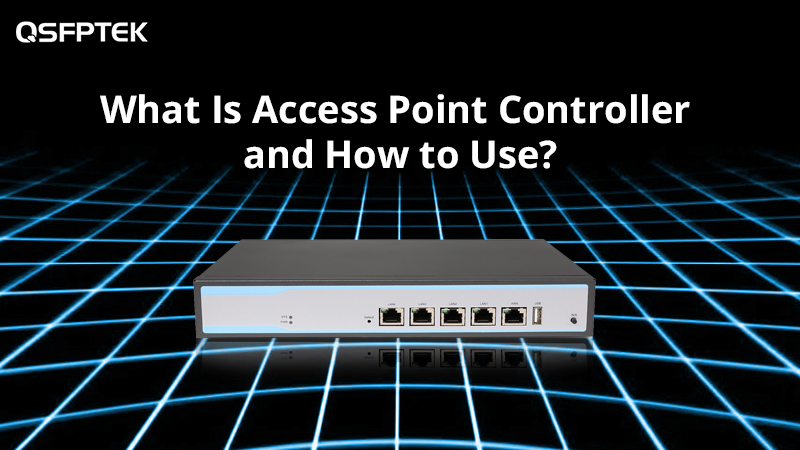 What Is Access Point Controller and How to Use?
What Is Access Point Controller and How to Use?Discover the essence of access point controllers (ACs) and master their usage with QSFPTEK. Explore centralized management, streamlined configuration, and efficient deployment steps. Elevate your network's performance and reliability with this comprehensive guide.
What Is Access Point Controller and How to Use?
What Is Access Point Controller and How to Use?Discover the essence of access point controllers (ACs) and master their usage with QSFPTEK. Explore centralized management, streamlined configuration, and efficient deployment steps. Elevate your network's performance and reliability with this comprehensive guide. -
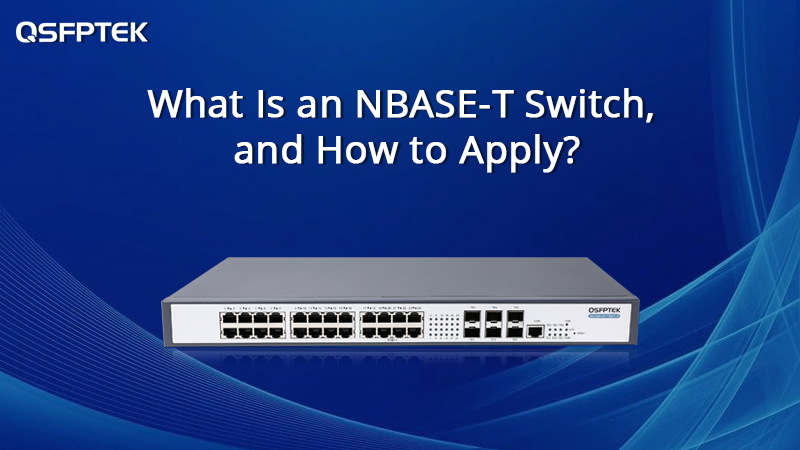 What Is an NBASE-T Switch, and How to Apply?
What Is an NBASE-T Switch, and How to Apply?This article delves into modern networking with NBASE-T switches, spotlighting multi-rate support and scalability, offering comprehensive guidance on these switches.
What Is an NBASE-T Switch, and How to Apply?
What Is an NBASE-T Switch, and How to Apply?This article delves into modern networking with NBASE-T switches, spotlighting multi-rate support and scalability, offering comprehensive guidance on these switches. -
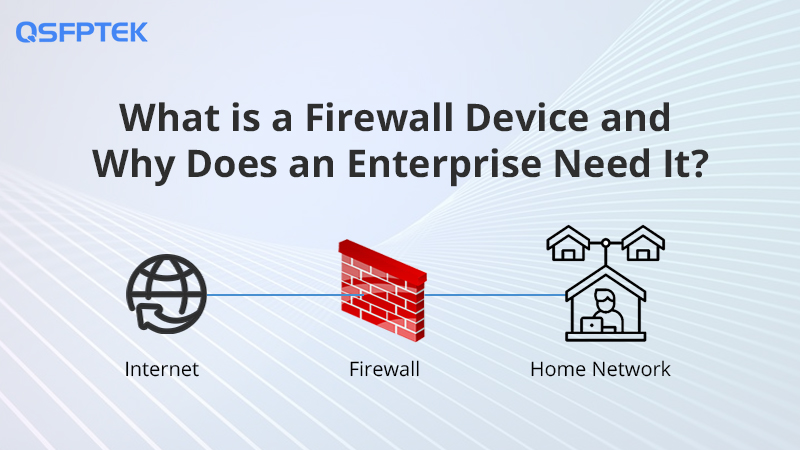 What is a Firewall Device and Why Does an Enterprise Need It?
What is a Firewall Device and Why Does an Enterprise Need It?This blog provides an in-depth exploration of firewall definitions, applications, and various types of firewalls. By the end of this article, you will gain insight into the importance of having a firewall device.
What is a Firewall Device and Why Does an Enterprise Need It?
What is a Firewall Device and Why Does an Enterprise Need It?This blog provides an in-depth exploration of firewall definitions, applications, and various types of firewalls. By the end of this article, you will gain insight into the importance of having a firewall device. -
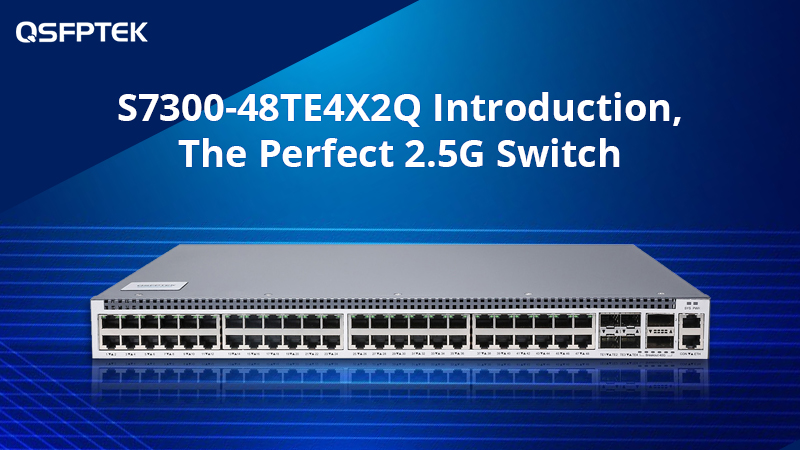 S7300-48TE4X2Q Introduction, The Perfect 2.5G Switch
S7300-48TE4X2Q Introduction, The Perfect 2.5G SwitchAre you searching for a 2.5G Layer 3 (L3) switch? Compared with 1G switches, 2.5G can offer increased bandwidth, future scalability, and cost-effectiveness. This article overviews the features, benefits, and use cases of the S7300-48TE4X2Q 2.5G switch.
S7300-48TE4X2Q Introduction, The Perfect 2.5G Switch
S7300-48TE4X2Q Introduction, The Perfect 2.5G SwitchAre you searching for a 2.5G Layer 3 (L3) switch? Compared with 1G switches, 2.5G can offer increased bandwidth, future scalability, and cost-effectiveness. This article overviews the features, benefits, and use cases of the S7300-48TE4X2Q 2.5G switch. -
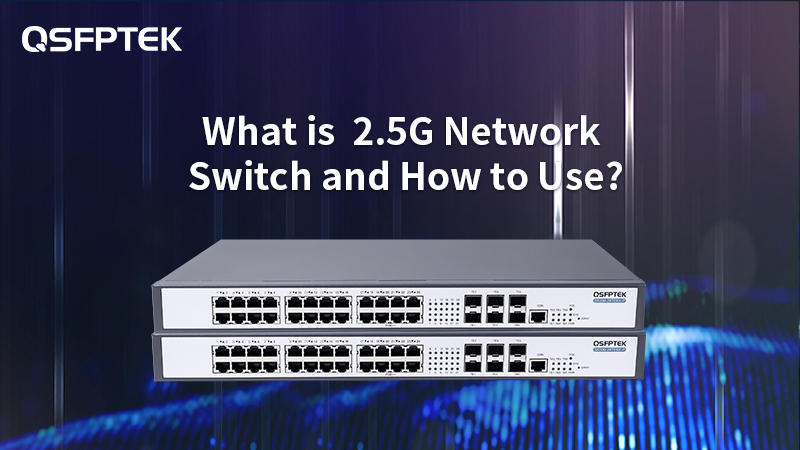 What is 2.5 g network switch and how to use?
What is 2.5 g network switch and how to use?This article discusses what a 2.5G switch is and highlights its advantages in comparison to 1G/10G switches. By reading this article, you will gain a better understanding of the benefits and applications of 2.5G switches.
What is 2.5 g network switch and how to use?
What is 2.5 g network switch and how to use?This article discusses what a 2.5G switch is and highlights its advantages in comparison to 1G/10G switches. By reading this article, you will gain a better understanding of the benefits and applications of 2.5G switches. -
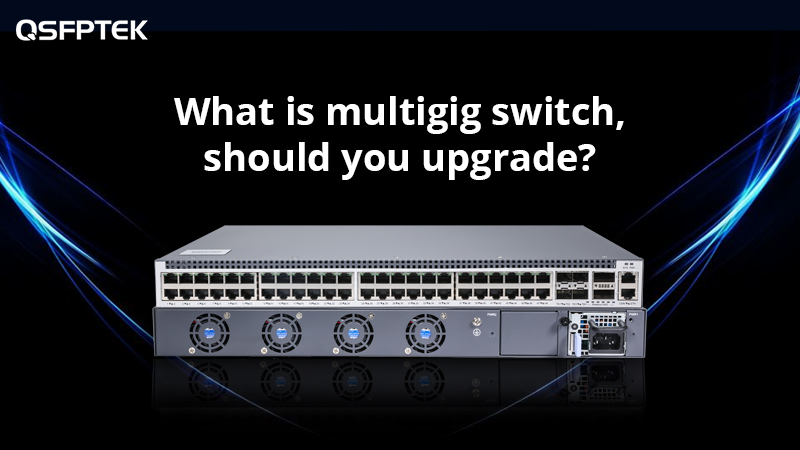 What is Multigig Switch, Should You Upgrade?
What is Multigig Switch, Should You Upgrade?What is a multigig switch, do you know? This article introduces multigigital switches in detail, covering the definition and upgrade consideration, helping to make informed decisions.
What is Multigig Switch, Should You Upgrade?
What is Multigig Switch, Should You Upgrade?What is a multigig switch, do you know? This article introduces multigigital switches in detail, covering the definition and upgrade consideration, helping to make informed decisions. -
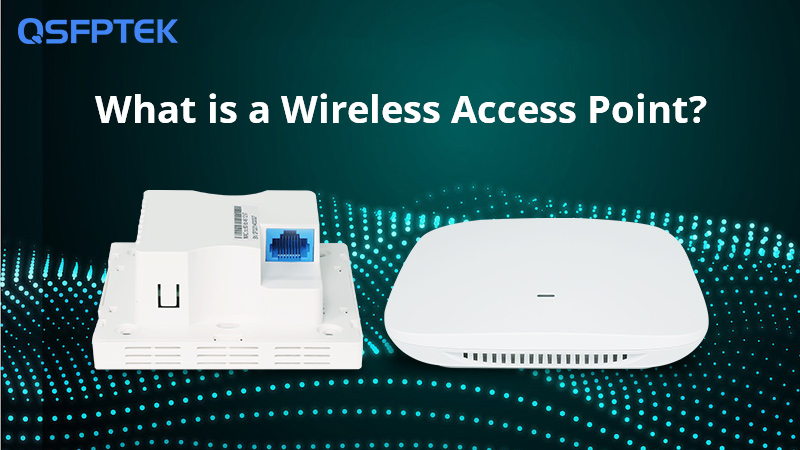 What is a Wireless Access Point?
What is a Wireless Access Point?Discover how Access Points (APs) are meeting the growing demands of modern workspaces and public venues. From flexible office designs to extending Wi-Fi signals in restaurants and shopping centers, network wireless APs are becoming essential for businesses and remote workers alike. Learn how they're transforming connectivity in homes and residential buildings, offering free, reliable Wi-Fi access.
What is a Wireless Access Point?
What is a Wireless Access Point?Discover how Access Points (APs) are meeting the growing demands of modern workspaces and public venues. From flexible office designs to extending Wi-Fi signals in restaurants and shopping centers, network wireless APs are becoming essential for businesses and remote workers alike. Learn how they're transforming connectivity in homes and residential buildings, offering free, reliable Wi-Fi access. -
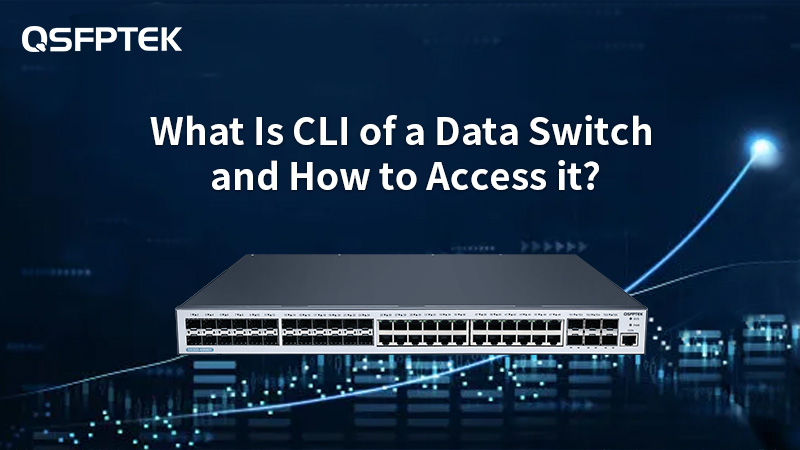 What Is CLI of a Data Switch and How to Access it?
What Is CLI of a Data Switch and How to Access it?In this article, we give an explanation of what CLI is and also briefly touch upon the methods of accessing the CLI, including direct connections through console ports and remote access via secure protocols like SSH and telnet.
What Is CLI of a Data Switch and How to Access it?
What Is CLI of a Data Switch and How to Access it?In this article, we give an explanation of what CLI is and also briefly touch upon the methods of accessing the CLI, including direct connections through console ports and remote access via secure protocols like SSH and telnet. -
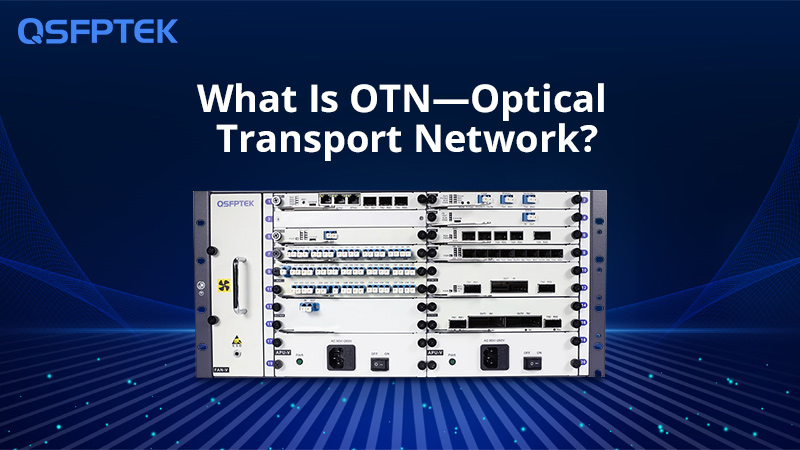 What Is OTN—Optical Transport Network?
What Is OTN—Optical Transport Network?This article introduces what Optical Transport Network (OTN) is. OTN network systems help modern networks support various applications from the edge to the core and across the ocean. It also introduces information about QSFPTEK QT850, QT860 series products.
What Is OTN—Optical Transport Network?
What Is OTN—Optical Transport Network?This article introduces what Optical Transport Network (OTN) is. OTN network systems help modern networks support various applications from the edge to the core and across the ocean. It also introduces information about QSFPTEK QT850, QT860 series products. -
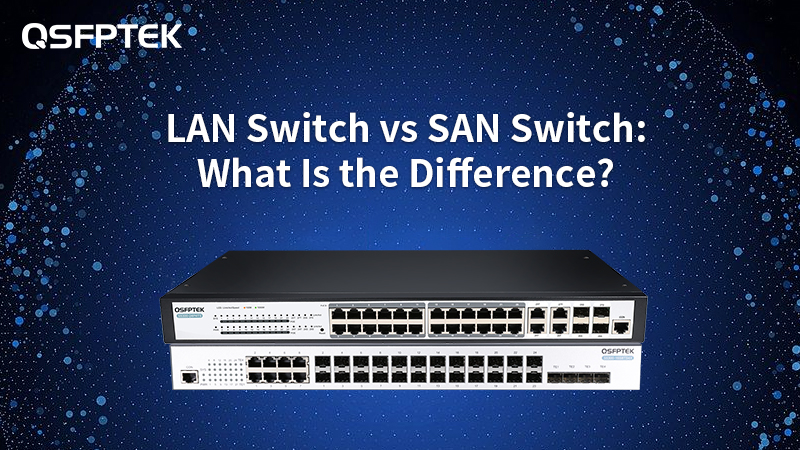 LAN Switch vs SAN Switch: What Is the Difference?
LAN Switch vs SAN Switch: What Is the Difference?In this article, we delve into the essential disparities between LAN Switches and SAN Switches. Discover their performance and applications to make informed decisions in your network architecture.
LAN Switch vs SAN Switch: What Is the Difference?
LAN Switch vs SAN Switch: What Is the Difference?In this article, we delve into the essential disparities between LAN Switches and SAN Switches. Discover their performance and applications to make informed decisions in your network architecture. -
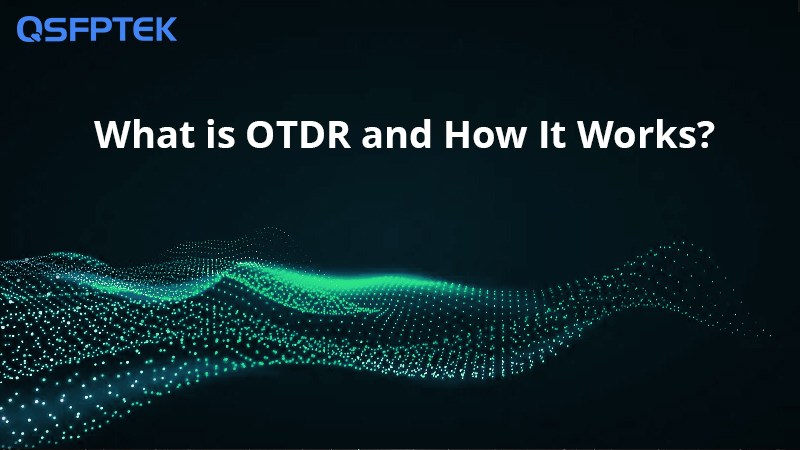 What is OTDR and how it works?
What is OTDR and how it works?This article describes what OTDR is, its specific role and working principle, and helps you gain a deeper understanding of the relationship between OTDR and network architecture.
What is OTDR and how it works?
What is OTDR and how it works?This article describes what OTDR is, its specific role and working principle, and helps you gain a deeper understanding of the relationship between OTDR and network architecture. -
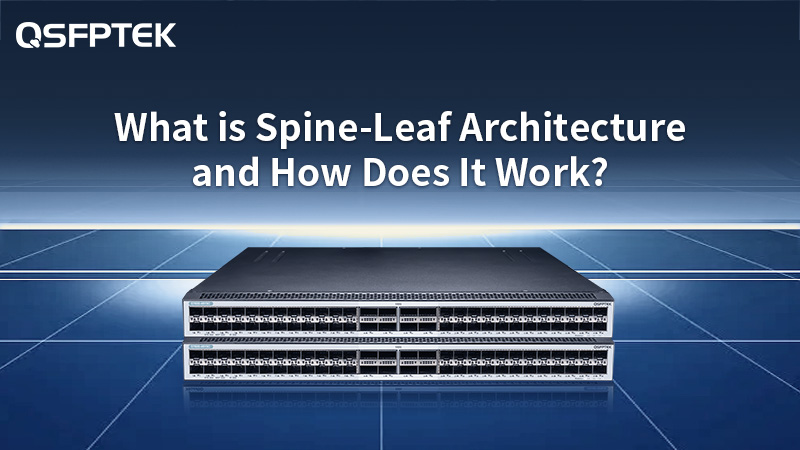 What is Spine-Leaf Architecture and How Does It Work?
What is Spine-Leaf Architecture and How Does It Work?The spine-leaf architecture, consisting of spine and leaf switches, establishes a two-layer network topology, delivering superior network performance tailored for hyper-scale data centers.
What is Spine-Leaf Architecture and How Does It Work?
What is Spine-Leaf Architecture and How Does It Work?The spine-leaf architecture, consisting of spine and leaf switches, establishes a two-layer network topology, delivering superior network performance tailored for hyper-scale data centers. -
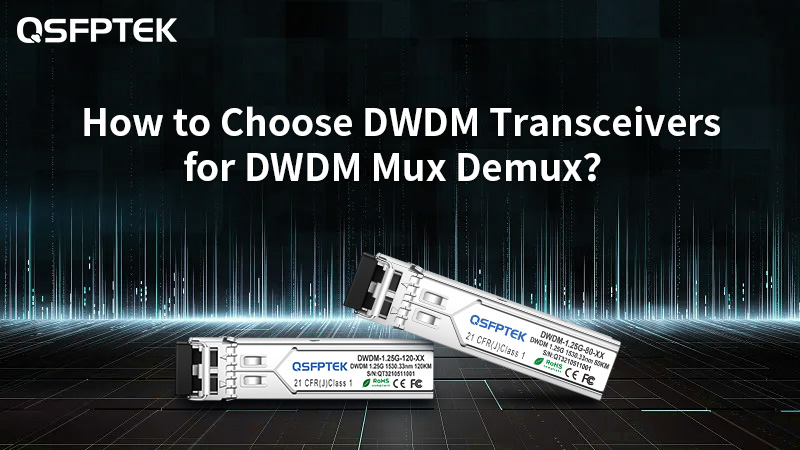 How to Choose DWDM Transceivers for DWDM Mux Demux?
How to Choose DWDM Transceivers for DWDM Mux Demux?This article offers an in-depth exploration of DWDM technology, focusing on working principles and key components to help make informed decisions when selecting the most suitable DWDM module.
How to Choose DWDM Transceivers for DWDM Mux Demux?
How to Choose DWDM Transceivers for DWDM Mux Demux?This article offers an in-depth exploration of DWDM technology, focusing on working principles and key components to help make informed decisions when selecting the most suitable DWDM module. -
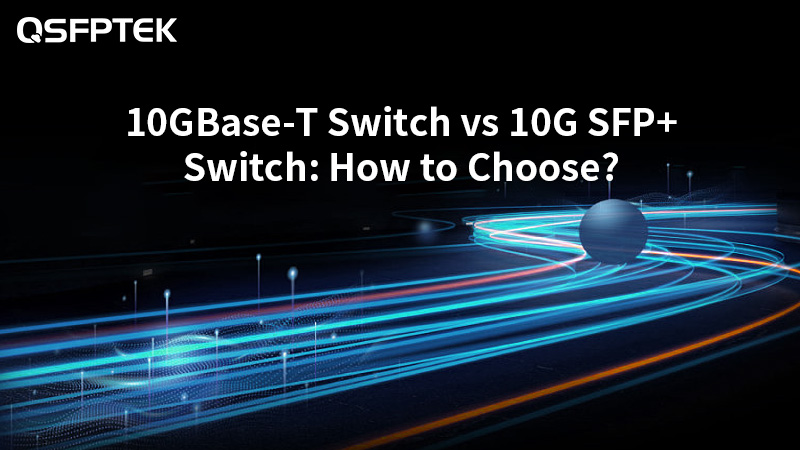 10GBase-T Switch vs 10G SFP+ Switch: How to Choose?
10GBase-T Switch vs 10G SFP+ Switch: How to Choose?Discover the key differences between 10GBase-T switches and 10G SFP+ switches to make an informed choice for your network needs. QSFPTEK offers insights and guidance to help you select the right switch for your high-speed connectivity requirements.
10GBase-T Switch vs 10G SFP+ Switch: How to Choose?
10GBase-T Switch vs 10G SFP+ Switch: How to Choose?Discover the key differences between 10GBase-T switches and 10G SFP+ switches to make an informed choice for your network needs. QSFPTEK offers insights and guidance to help you select the right switch for your high-speed connectivity requirements. -
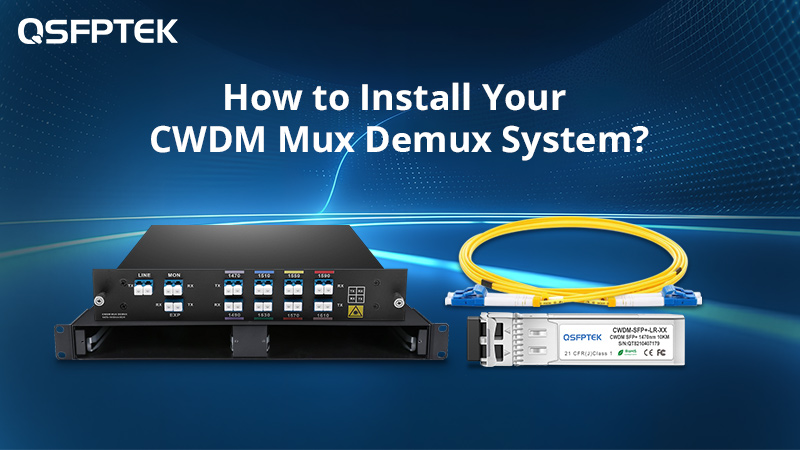 How to Installing the CWDM Mux Demux System?
How to Installing the CWDM Mux Demux System?Do you know what MUX and DEMUX are and how to install them? This article will show the CWDM Mux Demux, CWDM Mux Demux system installation components, and the installation steps.
How to Installing the CWDM Mux Demux System?
How to Installing the CWDM Mux Demux System?Do you know what MUX and DEMUX are and how to install them? This article will show the CWDM Mux Demux, CWDM Mux Demux system installation components, and the installation steps. -
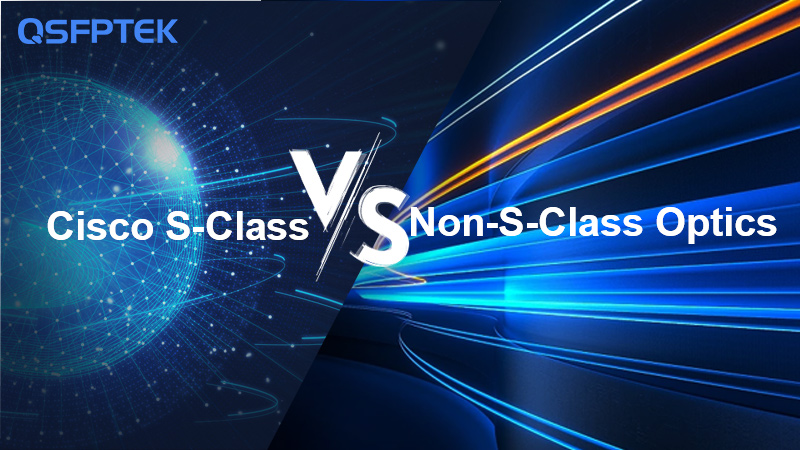 Cisco S-Class Optics vs. Non-S-Class Optics, What is the Difference?
Cisco S-Class Optics vs. Non-S-Class Optics, What is the Difference?Compared to the Cisco non-S-class optics, Cisco S-class optics are a more affordable alternative for the most common reaches in 10G and 40G Ethernet applications.
Cisco S-Class Optics vs. Non-S-Class Optics, What is the Difference?
Cisco S-Class Optics vs. Non-S-Class Optics, What is the Difference?Compared to the Cisco non-S-class optics, Cisco S-class optics are a more affordable alternative for the most common reaches in 10G and 40G Ethernet applications. -
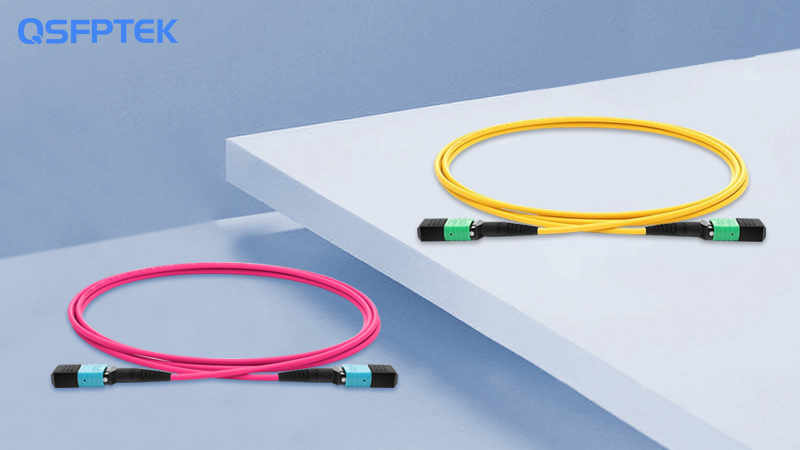 How to Evaluate the Quality of MTP MPO Cable
How to Evaluate the Quality of MTP MPO CableThis article introduces the importance of MTP/MPO cable quality and how you can assess whether MTP/MPO cables meet the required quality standards. By reading this article, you can gain a better understanding of how to choose MTP/MPO cables.
How to Evaluate the Quality of MTP MPO Cable
How to Evaluate the Quality of MTP MPO CableThis article introduces the importance of MTP/MPO cable quality and how you can assess whether MTP/MPO cables meet the required quality standards. By reading this article, you can gain a better understanding of how to choose MTP/MPO cables. -
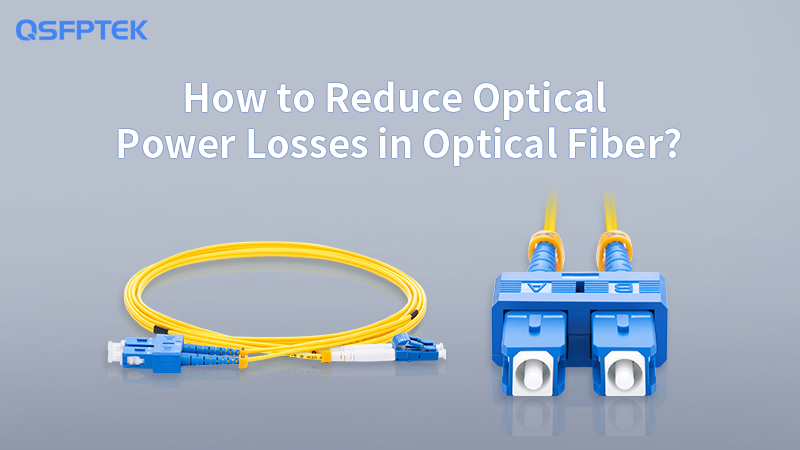 How to Reduce Optical Power Losses in Optical Fiber?
How to Reduce Optical Power Losses in Optical Fiber?Are you still struggling with attenuation in optical fiber? This article might inspire you with insights on reducing fiber optic depletion.
How to Reduce Optical Power Losses in Optical Fiber?
How to Reduce Optical Power Losses in Optical Fiber?Are you still struggling with attenuation in optical fiber? This article might inspire you with insights on reducing fiber optic depletion. -
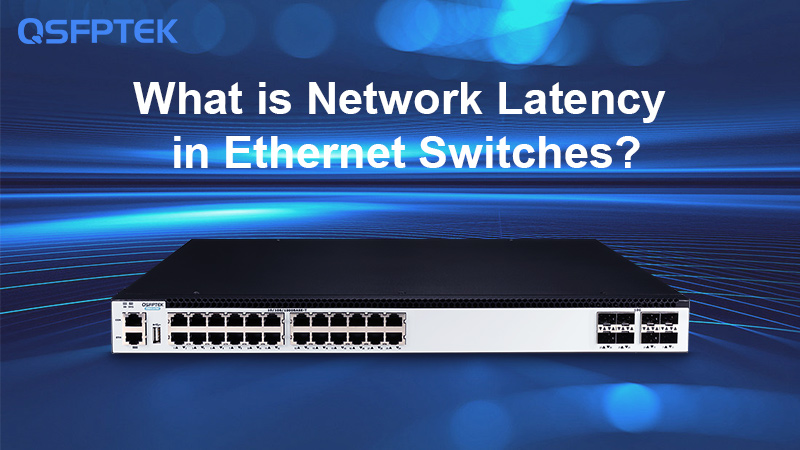 What is Network Latency in Ethernet Switches?
What is Network Latency in Ethernet Switches?Discover the significance of network latency in Ethernet switches. Learn about its impact on data transmission efficiency and explore ways to minimize latency for enhanced network performance.
What is Network Latency in Ethernet Switches?
What is Network Latency in Ethernet Switches?Discover the significance of network latency in Ethernet switches. Learn about its impact on data transmission efficiency and explore ways to minimize latency for enhanced network performance. -
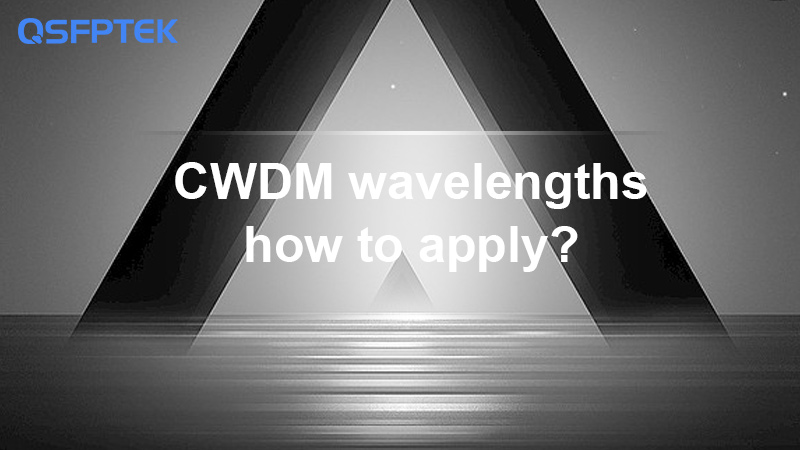 CWDM wavelengths, how to apply?
CWDM wavelengths, how to apply?This article introduces you what is CWDM technology, its working principle, and its specific application so that you can better understand the role of CWDM in network architecture.
CWDM wavelengths, how to apply?
CWDM wavelengths, how to apply?This article introduces you what is CWDM technology, its working principle, and its specific application so that you can better understand the role of CWDM in network architecture. -
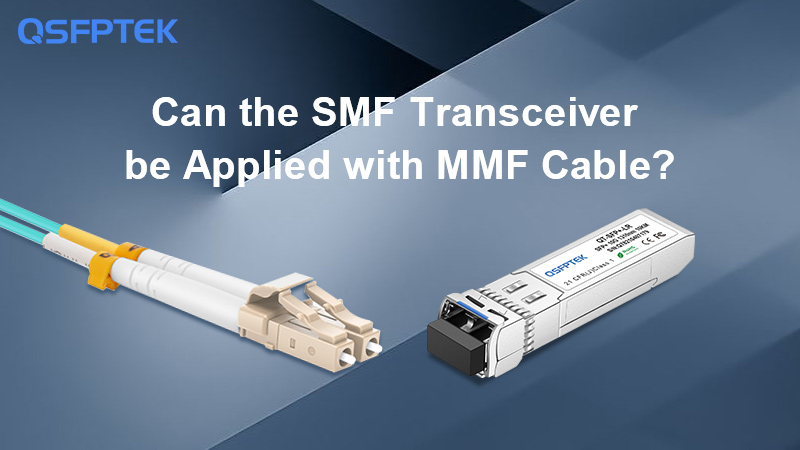 Can the SMF Transceiver be Applied with MMF Cable?
Can the SMF Transceiver be Applied with MMF Cable?This article describes how to use SMF transceivers in specific application scenarios, the disadvantages of using 10G LR SFP+ modules in MMF fiber infrastructure, and why you can’t use an SMF SFP for MMF fiber.
Can the SMF Transceiver be Applied with MMF Cable?
Can the SMF Transceiver be Applied with MMF Cable?This article describes how to use SMF transceivers in specific application scenarios, the disadvantages of using 10G LR SFP+ modules in MMF fiber infrastructure, and why you can’t use an SMF SFP for MMF fiber. -
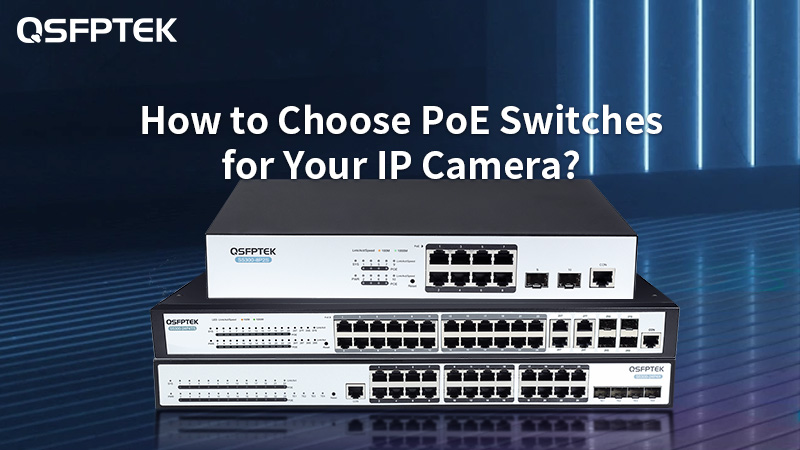 How to Choose PoE Switches for Your IP Camera?
How to Choose PoE Switches for Your IP Camera?Various IP camera systems require different PoE switches for their deployment. This post provides valuable insights into selecting the most appropriate PoE switch to complement your IP camera system.
How to Choose PoE Switches for Your IP Camera?
How to Choose PoE Switches for Your IP Camera?Various IP camera systems require different PoE switches for their deployment. This post provides valuable insights into selecting the most appropriate PoE switch to complement your IP camera system. -
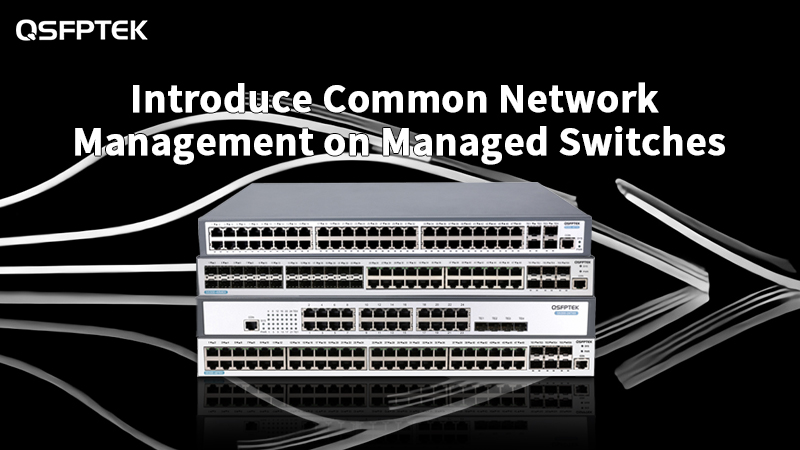 Introduce Common Network Management on Managed Switches
Introduce Common Network Management on Managed SwitchesThis article introduces managed switch network management, including CLI Management, Web Management, and SNMP Management. Don't miss out – explore the world of managed switch management now!
Introduce Common Network Management on Managed Switches
Introduce Common Network Management on Managed SwitchesThis article introduces managed switch network management, including CLI Management, Web Management, and SNMP Management. Don't miss out – explore the world of managed switch management now! -
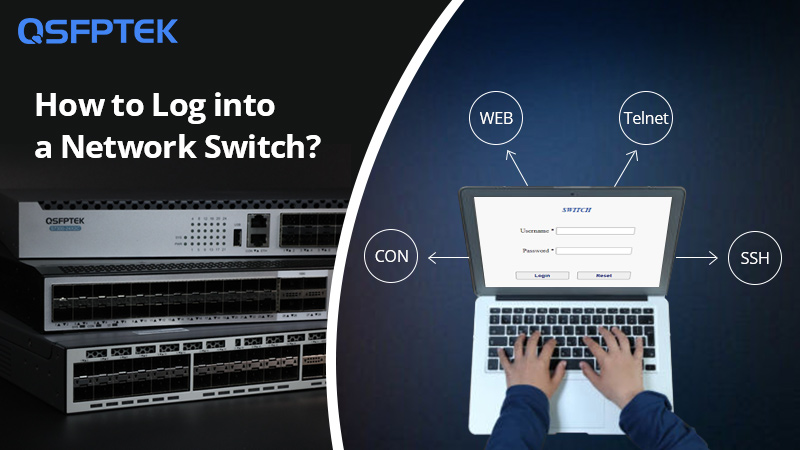 4 Methods to Manage Your Network Switches (Internet switch setup)
4 Methods to Manage Your Network Switches (Internet switch setup)The article introduces the four most common methods to log into a network switch: Console port, WEB, SSH, and Telnet. Read on to check the step-by-step guide!
4 Methods to Manage Your Network Switches (Internet switch setup)
4 Methods to Manage Your Network Switches (Internet switch setup)The article introduces the four most common methods to log into a network switch: Console port, WEB, SSH, and Telnet. Read on to check the step-by-step guide! -
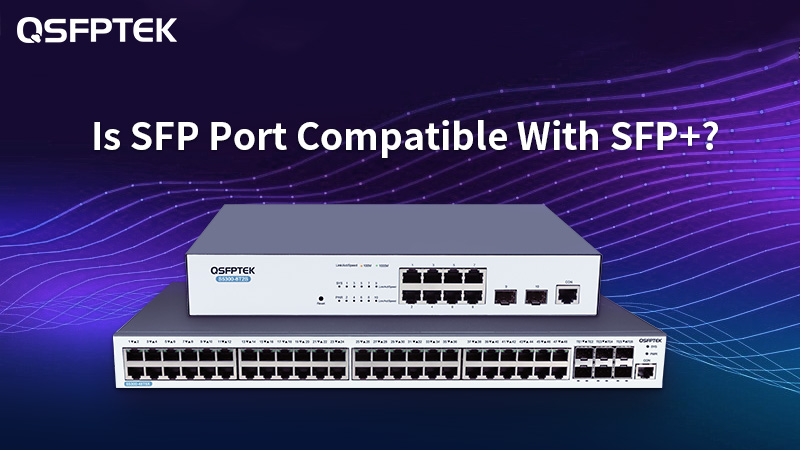 Is SFP Port Compatible With SFP+? Can 10G SFP+ Run at 1G Gigabit Switch?
Is SFP Port Compatible With SFP+? Can 10G SFP+ Run at 1G Gigabit Switch?This article delves into the compatibility of SFP and SFP+ ports, addressing the question of whether the two types of ports are interoperable with each other.
Is SFP Port Compatible With SFP+? Can 10G SFP+ Run at 1G Gigabit Switch?
Is SFP Port Compatible With SFP+? Can 10G SFP+ Run at 1G Gigabit Switch?This article delves into the compatibility of SFP and SFP+ ports, addressing the question of whether the two types of ports are interoperable with each other. -
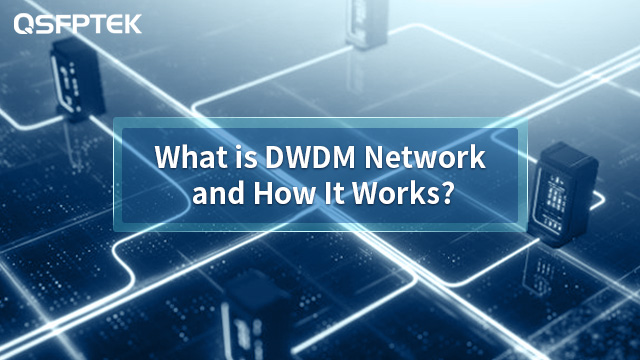 What is DWDM Network and How It Works?
What is DWDM Network and How It Works?This article gave you a detailed introduction to what DWDM is and how it works and showed you some practical applications of DWDM.
What is DWDM Network and How It Works?
What is DWDM Network and How It Works?This article gave you a detailed introduction to what DWDM is and how it works and showed you some practical applications of DWDM. -
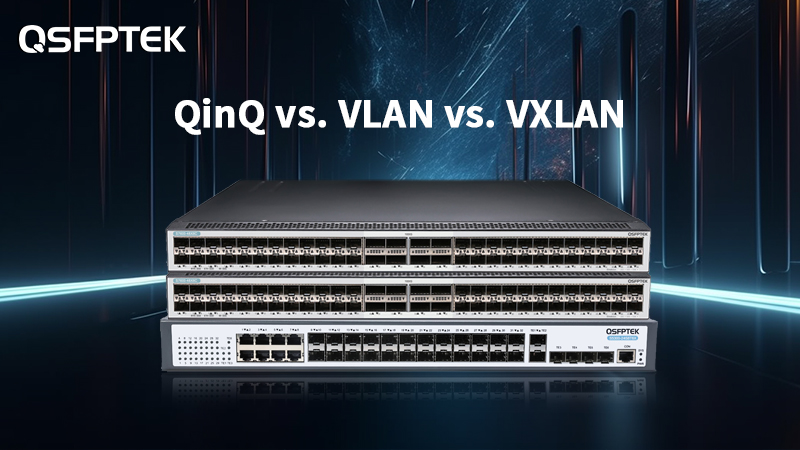 QinQ vs. VLAN vs. VXLAN
QinQ vs. VLAN vs. VXLANThis post is about QinQ vs. VLAN vs. VXLAN. Explore the differences between QinQ, VLAN, and VXLAN. Understand their unique advantages in network segmentation. QSFPTEK provides insights into these networking solutions.
QinQ vs. VLAN vs. VXLAN
QinQ vs. VLAN vs. VXLANThis post is about QinQ vs. VLAN vs. VXLAN. Explore the differences between QinQ, VLAN, and VXLAN. Understand their unique advantages in network segmentation. QSFPTEK provides insights into these networking solutions. -
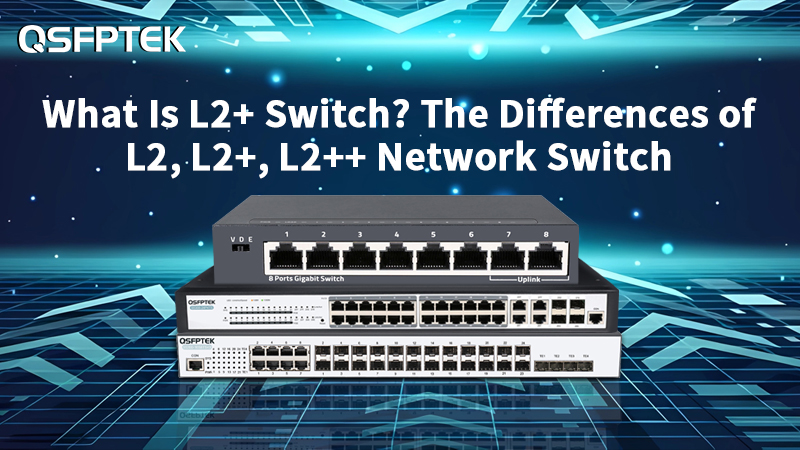 What Is L2+ Switch? The Differences of L2, L2+, L2++ Network Switch
What Is L2+ Switch? The Differences of L2, L2+, L2++ Network SwitchThis article introduces what are L2, L2+, and L2++ switches, the difference between them, and how to choose between them to get the best performance.
What Is L2+ Switch? The Differences of L2, L2+, L2++ Network Switch
What Is L2+ Switch? The Differences of L2, L2+, L2++ Network SwitchThis article introduces what are L2, L2+, and L2++ switches, the difference between them, and how to choose between them to get the best performance. -
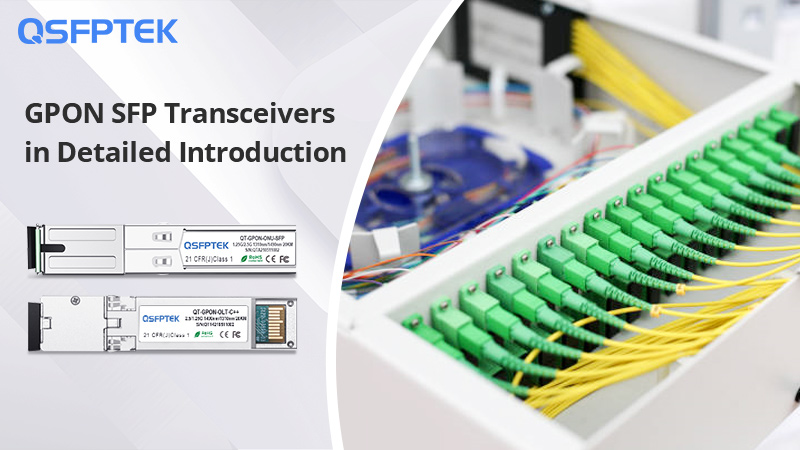 GPON SFP Transceivers in Detailed Introduction
GPON SFP Transceivers in Detailed IntroductionGPON SFP is the optical module applied in OLT and ONT or ONU for passive optical networks. Read on to have a comprehensive picture of the GPON SFP module in the FTTx application.
GPON SFP Transceivers in Detailed Introduction
GPON SFP Transceivers in Detailed IntroductionGPON SFP is the optical module applied in OLT and ONT or ONU for passive optical networks. Read on to have a comprehensive picture of the GPON SFP module in the FTTx application. -
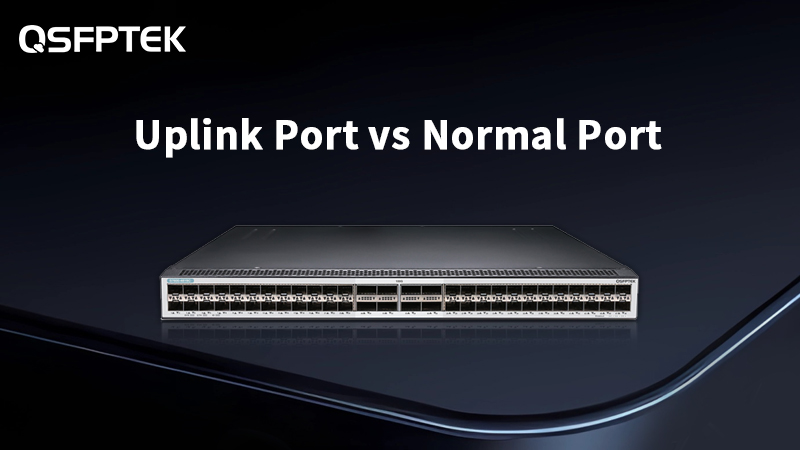 Uplink Port vs Normal Port: What Are the Differences and How to Choose?
Uplink Port vs Normal Port: What Are the Differences and How to Choose?In this article, we introduce two types of network ports: uplink ports and normal ports. By comparing the differences between these two, we aim to help you make an informed decision and choose the right port for your network connectivity needs.
Uplink Port vs Normal Port: What Are the Differences and How to Choose?
Uplink Port vs Normal Port: What Are the Differences and How to Choose?In this article, we introduce two types of network ports: uplink ports and normal ports. By comparing the differences between these two, we aim to help you make an informed decision and choose the right port for your network connectivity needs. -
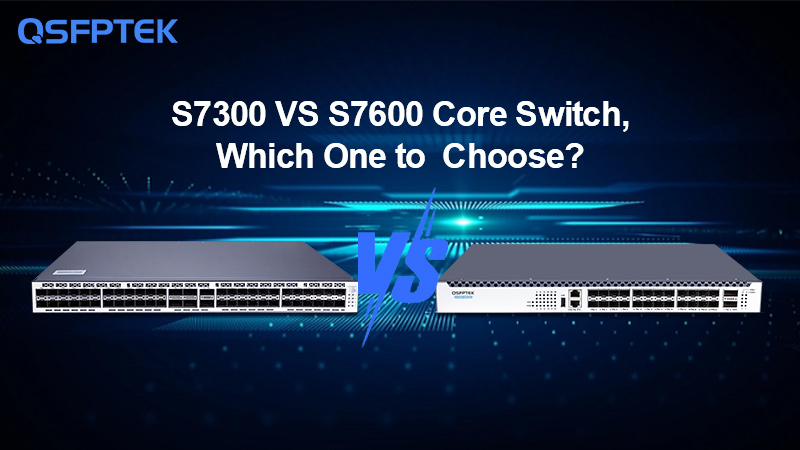 S7300 VS S7600 Core Switch, Which One to Choose?
S7300 VS S7600 Core Switch, Which One to Choose?This article mainly explains the differences between the S7300 and S7600 series core switches in both hardware and software aspects, helping you to choose the right core switch that suits your needs.
S7300 VS S7600 Core Switch, Which One to Choose?
S7300 VS S7600 Core Switch, Which One to Choose?This article mainly explains the differences between the S7300 and S7600 series core switches in both hardware and software aspects, helping you to choose the right core switch that suits your needs. -
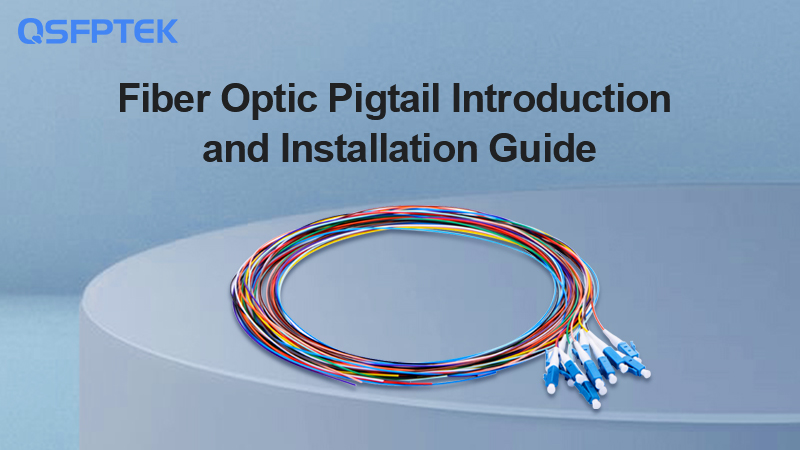 Fiber Optic Pigtail Introduction and Installation Guide
Fiber Optic Pigtail Introduction and Installation GuideThe fiber optic pigtail is a short terminated optical fiber with a connector on one end, used to facilitate easy connections between fiber optic cables and various devices. This article will show you what a fiber optic pigtail is.
Fiber Optic Pigtail Introduction and Installation Guide
Fiber Optic Pigtail Introduction and Installation GuideThe fiber optic pigtail is a short terminated optical fiber with a connector on one end, used to facilitate easy connections between fiber optic cables and various devices. This article will show you what a fiber optic pigtail is. -
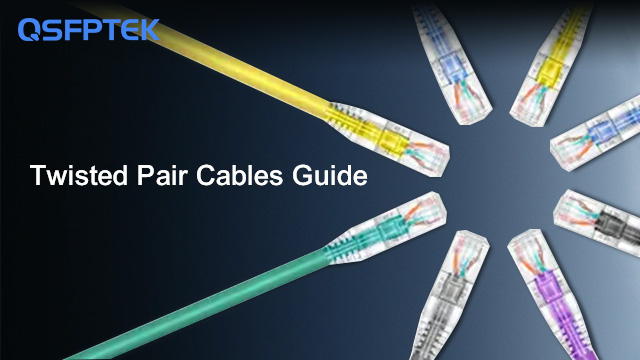 What Is a Twisted Pair Cable? A Comprehensive Guide
What Is a Twisted Pair Cable? A Comprehensive GuideDiscover all the answers you need in this article as you explore the distinct features, characteristics, and types of twisted wires. Dive into the captivating world of twisted pair cables and unravel their fascinating secrets.
What Is a Twisted Pair Cable? A Comprehensive Guide
What Is a Twisted Pair Cable? A Comprehensive GuideDiscover all the answers you need in this article as you explore the distinct features, characteristics, and types of twisted wires. Dive into the captivating world of twisted pair cables and unravel their fascinating secrets. -
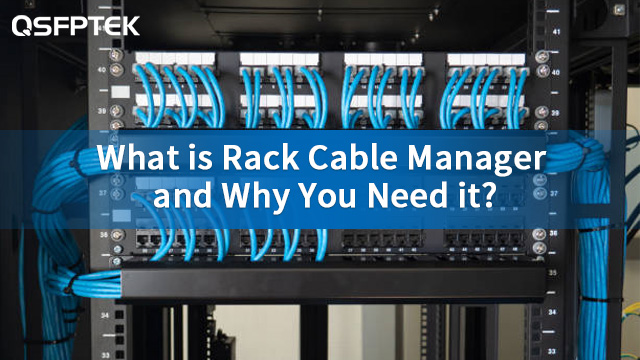 What is Cable Manager for Rack and Why You Need it?
What is Cable Manager for Rack and Why You Need it?Rack cable managers are designed to provide structured pathways for large quantities of cables for high-density cabling. Learn more details about the cable management accessory now!
What is Cable Manager for Rack and Why You Need it?
What is Cable Manager for Rack and Why You Need it?Rack cable managers are designed to provide structured pathways for large quantities of cables for high-density cabling. Learn more details about the cable management accessory now! -
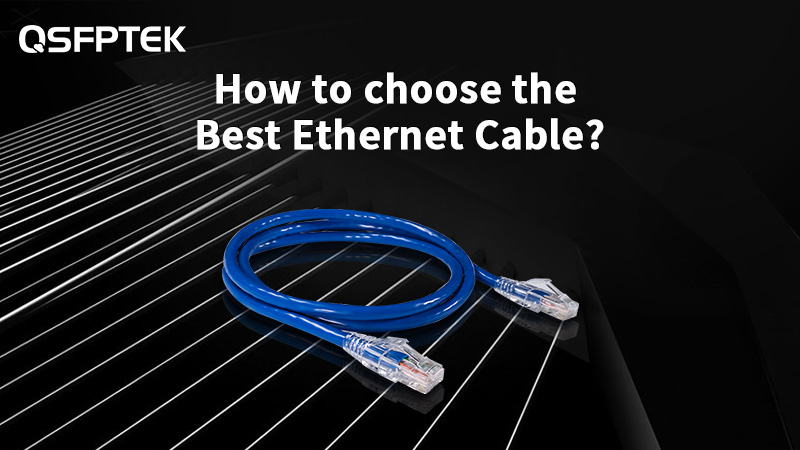 How to choose the Best Ethernet Cable?
How to choose the Best Ethernet Cable?How to choose the best ethernet cable is a problem for most people, in this article, you will learn what kind of ethernet cable is right for you, and how to judge whether an ethernet cable is the best ethernet cable.
How to choose the Best Ethernet Cable?
How to choose the Best Ethernet Cable?How to choose the best ethernet cable is a problem for most people, in this article, you will learn what kind of ethernet cable is right for you, and how to judge whether an ethernet cable is the best ethernet cable. -
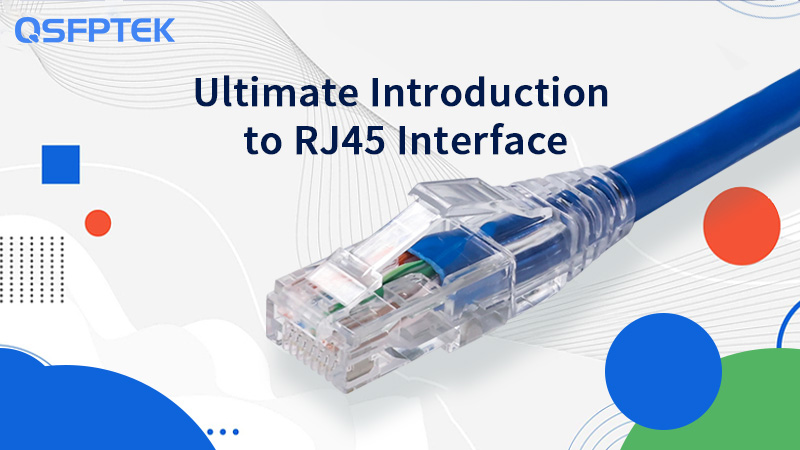 Ultimate Introduction to RJ45 Interface
Ultimate Introduction to RJ45 InterfaceThis blog will discover the details of the RJ45 interface, a widely adopted standard physical connector for network cables that plays a crucial role in Ethernet networking. After reading this article, you will know what the RJ45 interface is.
Ultimate Introduction to RJ45 Interface
Ultimate Introduction to RJ45 InterfaceThis blog will discover the details of the RJ45 interface, a widely adopted standard physical connector for network cables that plays a crucial role in Ethernet networking. After reading this article, you will know what the RJ45 interface is. -
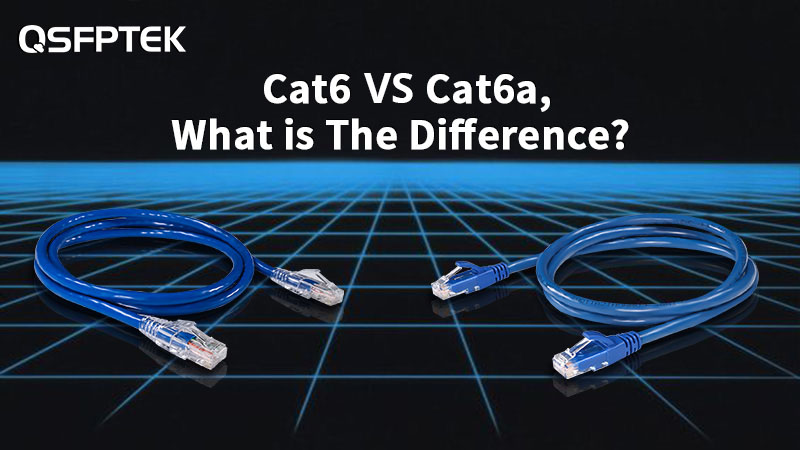 What is the Difference Between Cat6 and Cat6a?
What is the Difference Between Cat6 and Cat6a?Cat6 VS Cat6a, what is the difference? In this article, we present an Integrated analysis of the two category ethernet cables, providing guidance to choose the most suitable cables that align with your specific network requirements.
What is the Difference Between Cat6 and Cat6a?
What is the Difference Between Cat6 and Cat6a?Cat6 VS Cat6a, what is the difference? In this article, we present an Integrated analysis of the two category ethernet cables, providing guidance to choose the most suitable cables that align with your specific network requirements. -
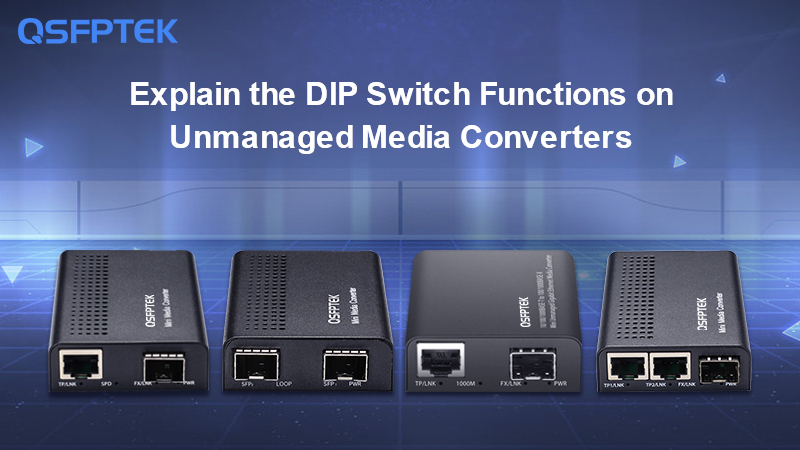 Explain the DIP Switch Functions on Unmanaged Media Converters
Explain the DIP Switch Functions on Unmanaged Media ConvertersThis article explains what DIP Switch Functions are and the benefits it brings.
Explain the DIP Switch Functions on Unmanaged Media Converters
Explain the DIP Switch Functions on Unmanaged Media ConvertersThis article explains what DIP Switch Functions are and the benefits it brings. -
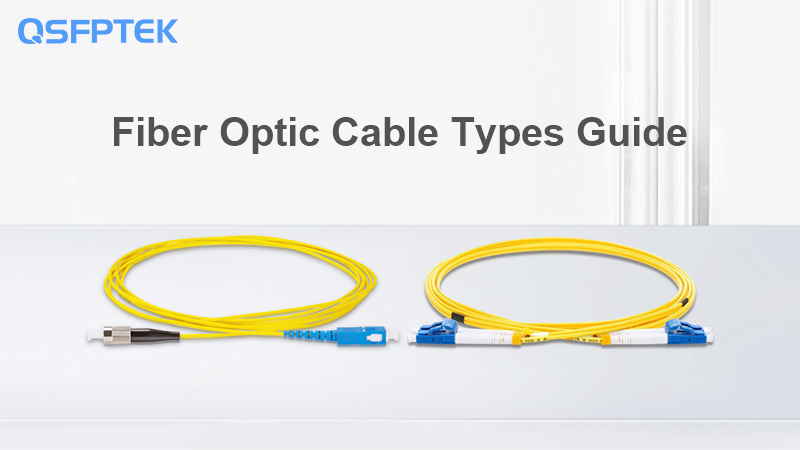 Fiber Optic Cable Types Guide
Fiber Optic Cable Types GuideFiber optic cables are replacing copper wires for data transmission. This article covers their internal construction, working principles, indoor and outdoor types, and installation. Gain a thorough understanding of fiber optic cables here.
Fiber Optic Cable Types Guide
Fiber Optic Cable Types GuideFiber optic cables are replacing copper wires for data transmission. This article covers their internal construction, working principles, indoor and outdoor types, and installation. Gain a thorough understanding of fiber optic cables here. -
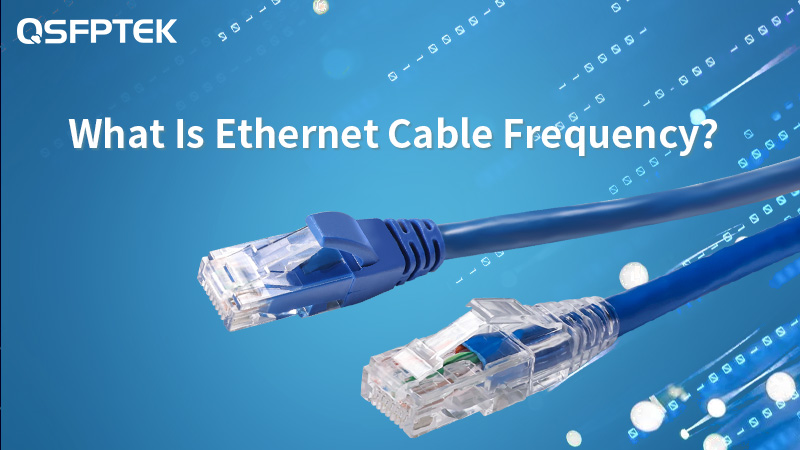 What Is Ethernet Cable Frequency?
What Is Ethernet Cable Frequency?This article provides an in-depth exploration of Ethernet cable frequency, elucidating the potential impact of varying frequencies on cable performance. Prepare to have all your inquiries resolved and perplexities unraveled within these pages.
What Is Ethernet Cable Frequency?
What Is Ethernet Cable Frequency?This article provides an in-depth exploration of Ethernet cable frequency, elucidating the potential impact of varying frequencies on cable performance. Prepare to have all your inquiries resolved and perplexities unraveled within these pages. -
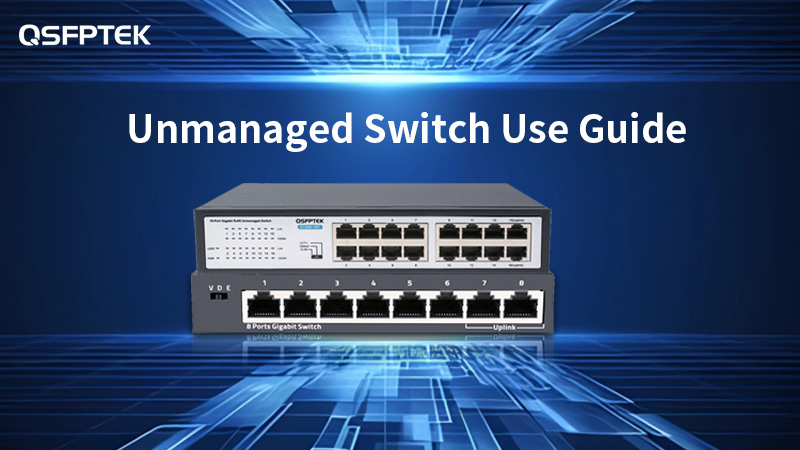 How to Use an Unmanaged Switch? A User Guide
How to Use an Unmanaged Switch? A User GuideIn this article, we will provide you with valuable insights and practical advice on utilizing unmanaged switches in your network setup. From understanding their features to optimizing performance, we've got you covered. Let's get started!
How to Use an Unmanaged Switch? A User Guide
How to Use an Unmanaged Switch? A User GuideIn this article, we will provide you with valuable insights and practical advice on utilizing unmanaged switches in your network setup. From understanding their features to optimizing performance, we've got you covered. Let's get started! -
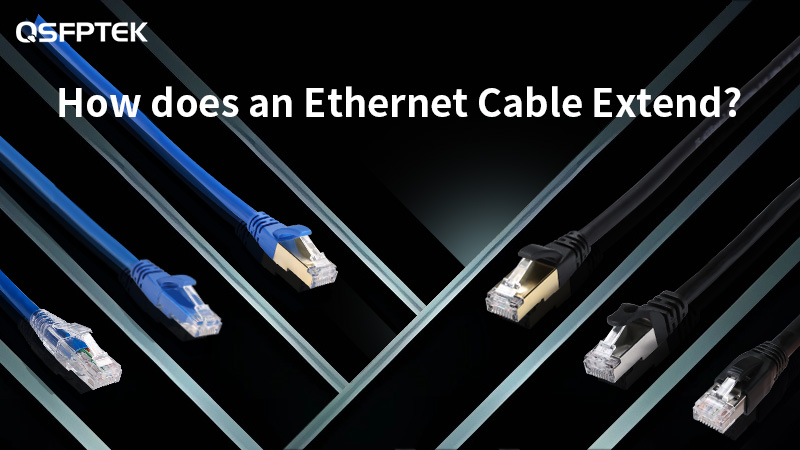 How to Extend An Ethernet Cable?
How to Extend An Ethernet Cable?This article discusses how to extend the transmission distance of Ethernet cables, and lists several devices that can be used to extend Ethernet cables to help understand.
How to Extend An Ethernet Cable?
How to Extend An Ethernet Cable?This article discusses how to extend the transmission distance of Ethernet cables, and lists several devices that can be used to extend Ethernet cables to help understand. -
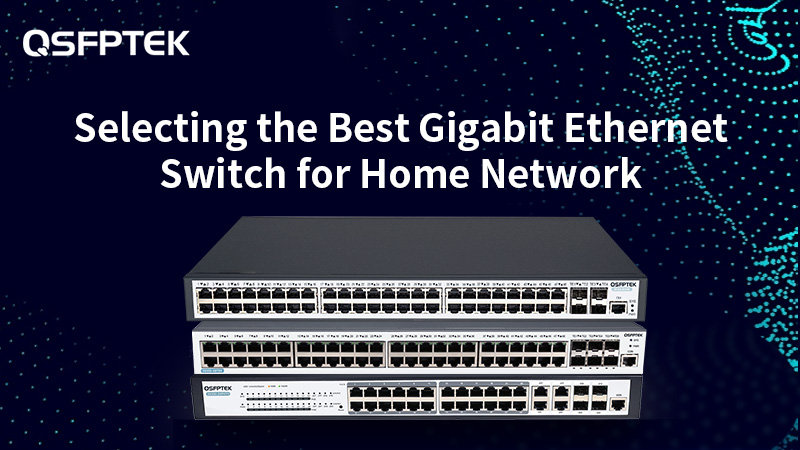 How to Choose The Best Gigabit Ethernet Switch for Home Network?
How to Choose The Best Gigabit Ethernet Switch for Home Network?This post will cover essential information about the S5600, S5300, and PoE series switches. We'll delve into the differences between campus switches, data center switches, and PoE switches, providing clear definitions and explanations of their functionalities.
How to Choose The Best Gigabit Ethernet Switch for Home Network?
How to Choose The Best Gigabit Ethernet Switch for Home Network?This post will cover essential information about the S5600, S5300, and PoE series switches. We'll delve into the differences between campus switches, data center switches, and PoE switches, providing clear definitions and explanations of their functionalities. -
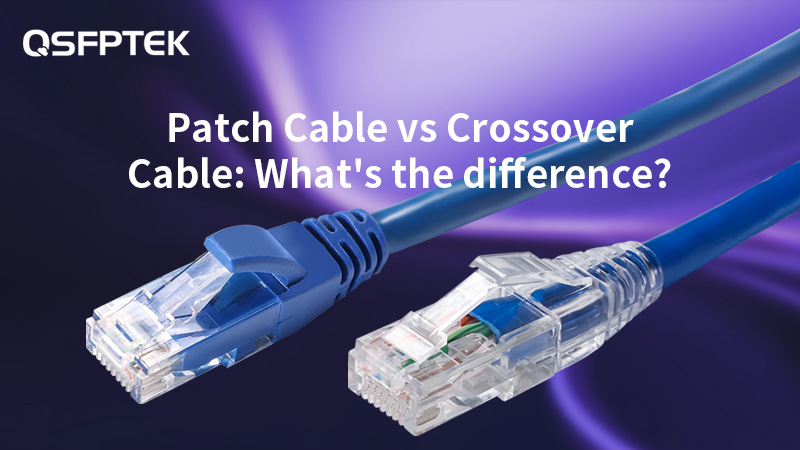 Patch Cable vs Crossover Cable: What's the Difference?
Patch Cable vs Crossover Cable: What's the Difference?This article is written to let readers know what is patch cable and crossover cable, as well as the differences between them, then you are able to select the best cables for your network with this guidance.
Patch Cable vs Crossover Cable: What's the Difference?
Patch Cable vs Crossover Cable: What's the Difference?This article is written to let readers know what is patch cable and crossover cable, as well as the differences between them, then you are able to select the best cables for your network with this guidance. -
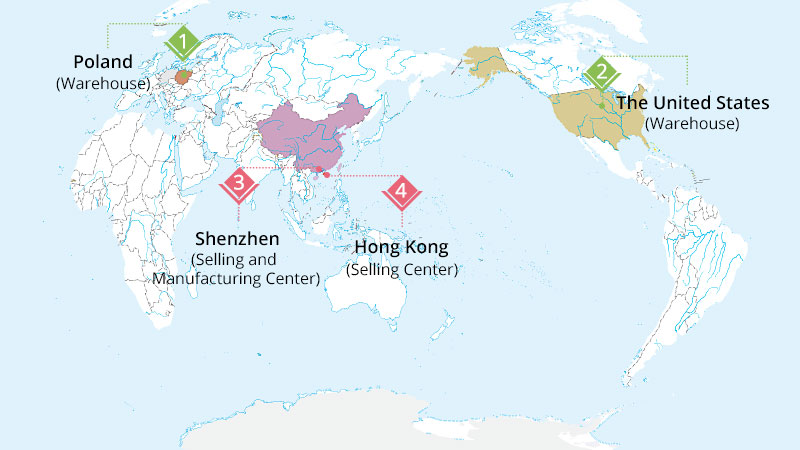 QSFPTEK Opens New Warehouse in US and Poland to Shorten the Delivery Time for Local Customers
QSFPTEK Opens New Warehouse in US and Poland to Shorten the Delivery Time for Local Customers
-
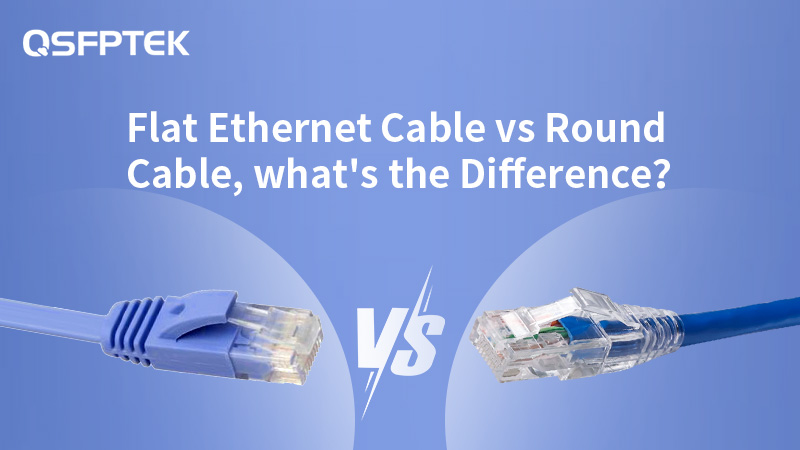 Flat Ethernet Cable vs Round Cable, What is the Difference?
Flat Ethernet Cable vs Round Cable, What is the Difference?This article highlights the key differences between flat Ethernet cable and round cables, helping you to understand their features and make informed decisions for their networking needs.
Flat Ethernet Cable vs Round Cable, What is the Difference?
Flat Ethernet Cable vs Round Cable, What is the Difference?This article highlights the key differences between flat Ethernet cable and round cables, helping you to understand their features and make informed decisions for their networking needs. -
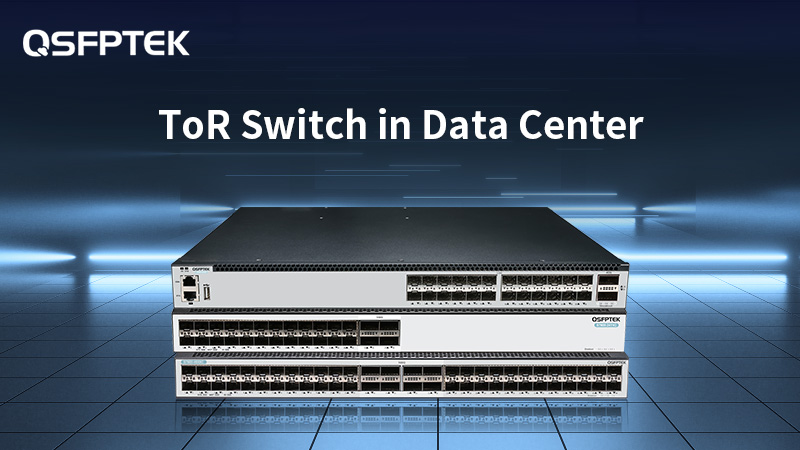 ToR Switch in Data Center
ToR Switch in Data CenterDo you know what is a ToR switch and what role it plays in the data center environment? This article may help you with further understanding the features of ToR switch, as well as applications in the data center.
ToR Switch in Data Center
ToR Switch in Data CenterDo you know what is a ToR switch and what role it plays in the data center environment? This article may help you with further understanding the features of ToR switch, as well as applications in the data center. -
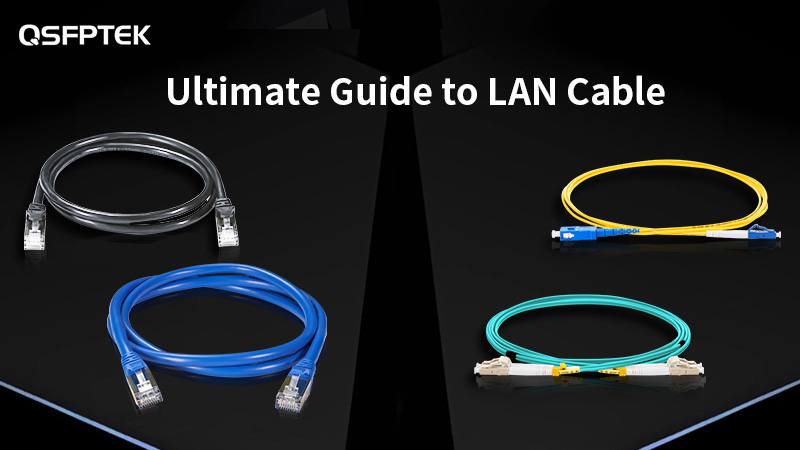 Ultimate Guide to LAN Cable
Ultimate Guide to LAN CableIn this post, we will provide an overview of LAN cables, including their types. We'll address common questions, such as the distinction between LAN cables and Ethernet cables, as well as the comparison of LAN cable speeds to Wi-Fi.
Ultimate Guide to LAN Cable
Ultimate Guide to LAN CableIn this post, we will provide an overview of LAN cables, including their types. We'll address common questions, such as the distinction between LAN cables and Ethernet cables, as well as the comparison of LAN cable speeds to Wi-Fi. -
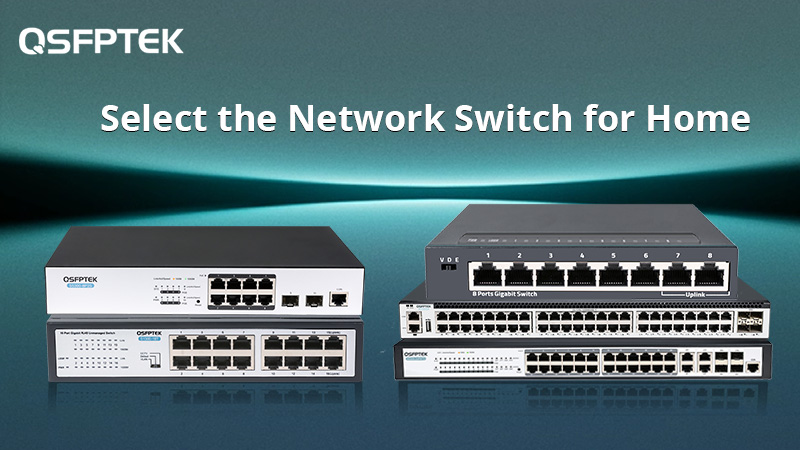 How to Select the Network Switch for Home?
How to Select the Network Switch for Home?This article is about letting you know how to choose the right switch for your home, by considering the size of the home, the number of devices, and other aspects to help you choose the right device.
How to Select the Network Switch for Home?
How to Select the Network Switch for Home?This article is about letting you know how to choose the right switch for your home, by considering the size of the home, the number of devices, and other aspects to help you choose the right device. -
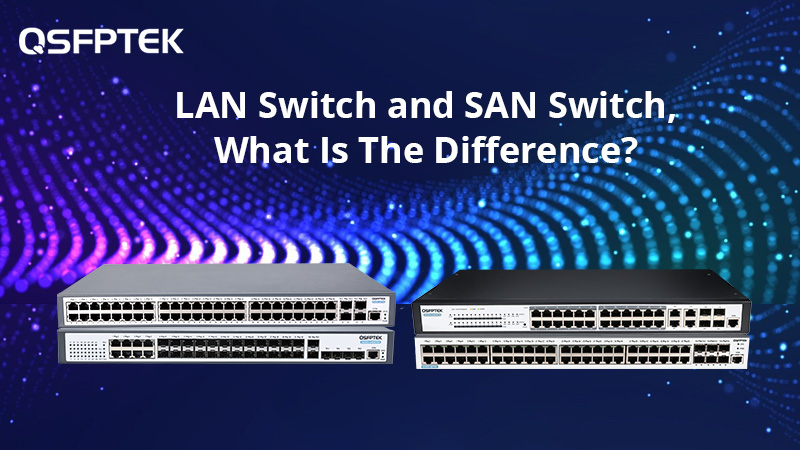 LAN Switch and SAN Switch, What Is The Difference?
LAN Switch and SAN Switch, What Is The Difference?This article will introduce the LAN switches and SAN switches, exploring their functionalities and how they facilitate data communication through different switched fabrics. After reading this article, you will learn more about LAN and SAN switches.
LAN Switch and SAN Switch, What Is The Difference?
LAN Switch and SAN Switch, What Is The Difference?This article will introduce the LAN switches and SAN switches, exploring their functionalities and how they facilitate data communication through different switched fabrics. After reading this article, you will learn more about LAN and SAN switches. -
 Ethernet Splitter vs Switch vs Modem vs Bridge
Ethernet Splitter vs Switch vs Modem vs BridgeThis post will cover important information about network switches, modems, splitters, and bridges. You'll learn about the definitions of Gigabit switches, how they operate, and the differences between the best Ethernet switch vs modem vs splitter vs bridge.
Ethernet Splitter vs Switch vs Modem vs Bridge
Ethernet Splitter vs Switch vs Modem vs BridgeThis post will cover important information about network switches, modems, splitters, and bridges. You'll learn about the definitions of Gigabit switches, how they operate, and the differences between the best Ethernet switch vs modem vs splitter vs bridge. -
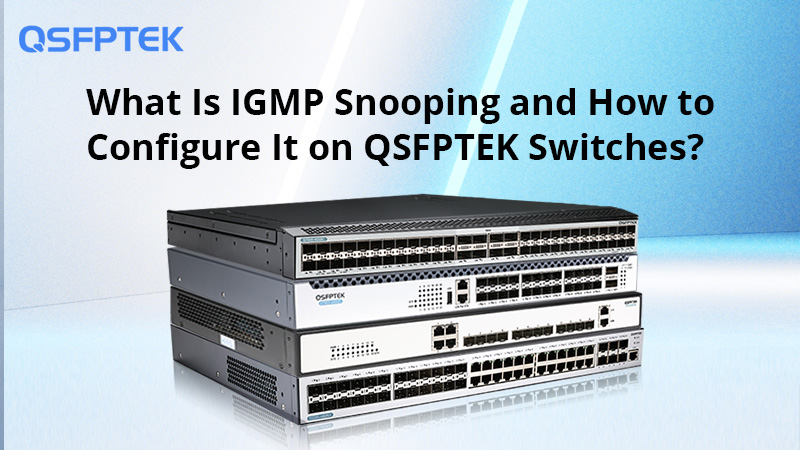 What Is IGMP Snooping and How to Configure It on QSFPTEK Switches?
What Is IGMP Snooping and How to Configure It on QSFPTEK Switches?Read the article to learn: what is IGMP snooping? How does multicast work? How to enable IGMP in QSFPTEK switches?
What Is IGMP Snooping and How to Configure It on QSFPTEK Switches?
What Is IGMP Snooping and How to Configure It on QSFPTEK Switches?Read the article to learn: what is IGMP snooping? How does multicast work? How to enable IGMP in QSFPTEK switches? -
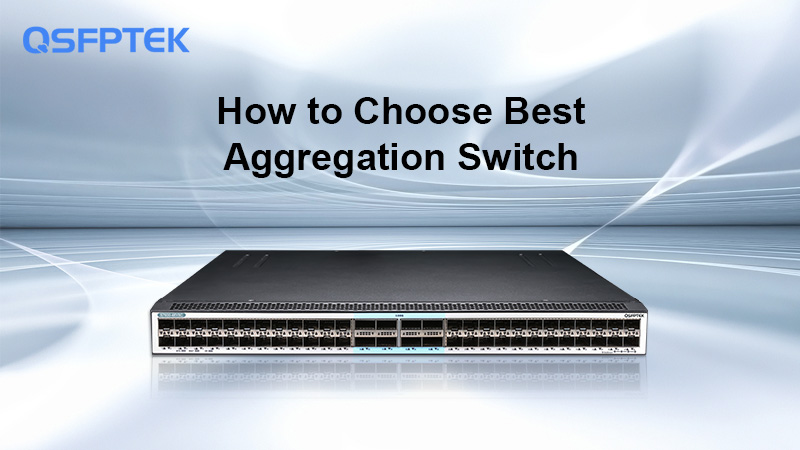 How to Choose Best Aggregation Switch?
How to Choose Best Aggregation Switch?Do you know what role an aggregation switch plays in your network and how to choose the best one? you will get the answer from this article to enable high-performance and cost-effective network solutions.
How to Choose Best Aggregation Switch?
How to Choose Best Aggregation Switch?Do you know what role an aggregation switch plays in your network and how to choose the best one? you will get the answer from this article to enable high-performance and cost-effective network solutions. -
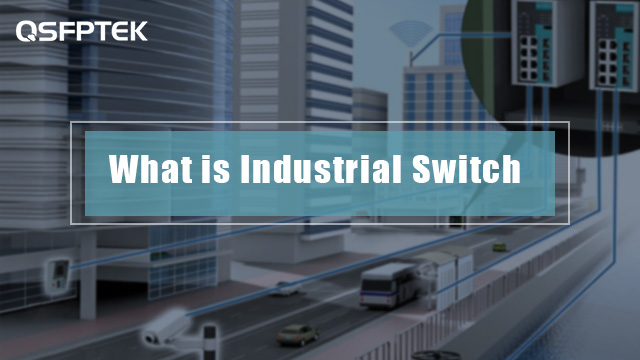 What is An Industrial Switch?
What is An Industrial Switch?This article introduces what are an industrial switch and its specific application so that you can understand industrial switches more clearly.
What is An Industrial Switch?
What is An Industrial Switch?This article introduces what are an industrial switch and its specific application so that you can understand industrial switches more clearly. -
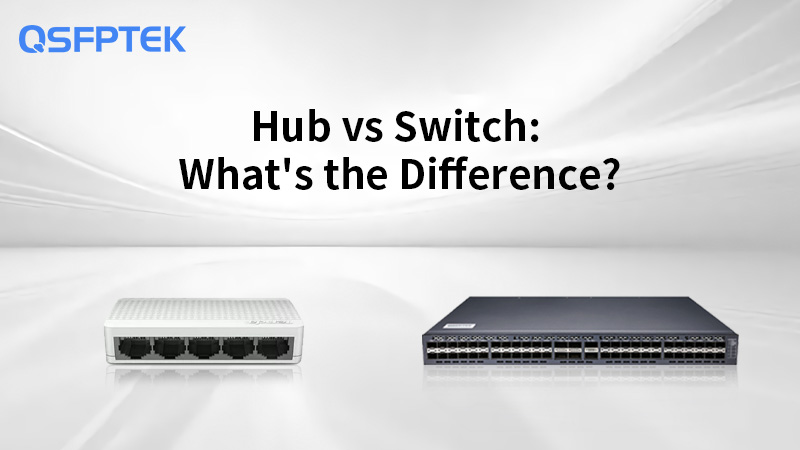 Hub vs Switch: What's the Difference?
Hub vs Switch: What's the Difference?This article explores the differences between hubs and switches in computer networking. It highlights the key distinctions between these two devices and their impact on network performance and efficiency.
Hub vs Switch: What's the Difference?
Hub vs Switch: What's the Difference?This article explores the differences between hubs and switches in computer networking. It highlights the key distinctions between these two devices and their impact on network performance and efficiency. -
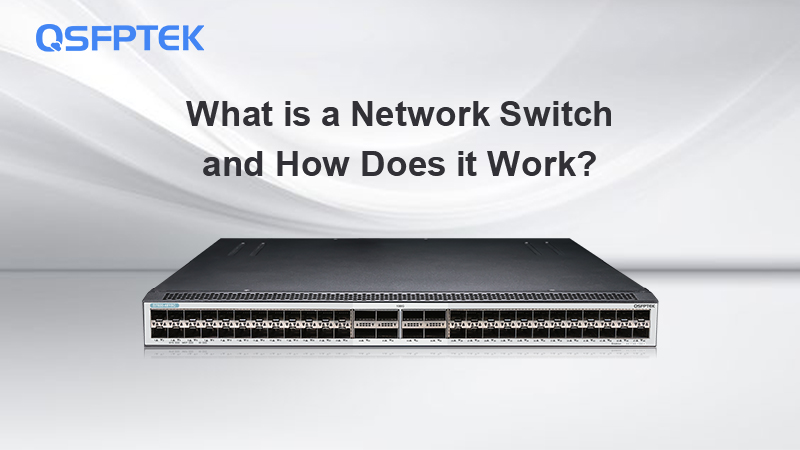 What is a Network Switch, and How Does It Work?
What is a Network Switch, and How Does It Work?Discover the definition of network switches, their functions, and the available types. Explore the unique features that distinguish switches from routers and hubs. This blog will show you what a network switch is.
What is a Network Switch, and How Does It Work?
What is a Network Switch, and How Does It Work?Discover the definition of network switches, their functions, and the available types. Explore the unique features that distinguish switches from routers and hubs. This blog will show you what a network switch is. -
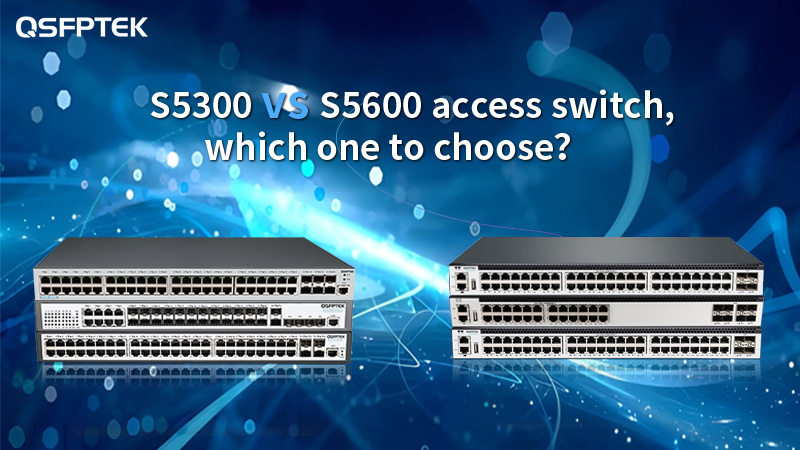 S5300 vs S5600 access switch, which one to choose?
S5300 vs S5600 access switch, which one to choose?This article introduces the differences between the S5300 and S5600 access switches so that you can better choose the device that suits you.
S5300 vs S5600 access switch, which one to choose?
S5300 vs S5600 access switch, which one to choose?This article introduces the differences between the S5300 and S5600 access switches so that you can better choose the device that suits you. -
 What is a KVM Switch and How Does it Work?
What is a KVM Switch and How Does it Work?This article will introduce you to what KVM switch is and how it works, then you will get a helpful guide when selecting the best KVM switch.
What is a KVM Switch and How Does it Work?
What is a KVM Switch and How Does it Work?This article will introduce you to what KVM switch is and how it works, then you will get a helpful guide when selecting the best KVM switch. -
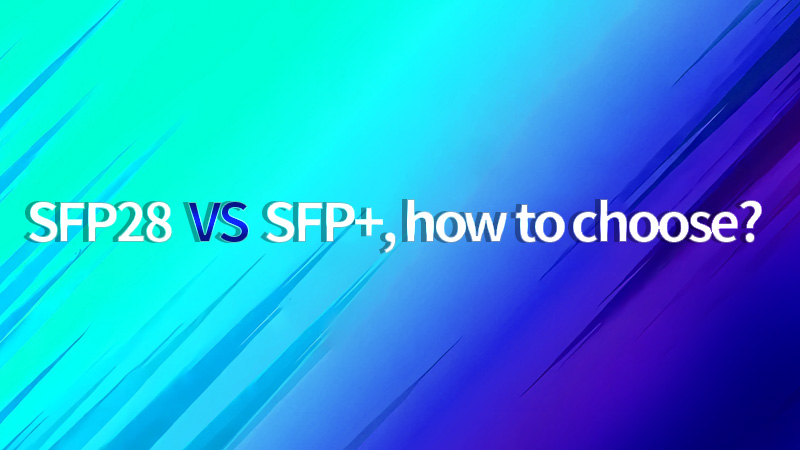 SFP28 vs SFP+: How to Choose?
SFP28 vs SFP+: How to Choose?In the world of fiber optic transceivers, SFP28 and SFP+ are two commonly used form factors. Choosing the right one for your network infrastructure can be crucial. This article will compare SFP28 vs SFP+ and provide guidance on how to choose the best option.
SFP28 vs SFP+: How to Choose?
SFP28 vs SFP+: How to Choose?In the world of fiber optic transceivers, SFP28 and SFP+ are two commonly used form factors. Choosing the right one for your network infrastructure can be crucial. This article will compare SFP28 vs SFP+ and provide guidance on how to choose the best option. -
 FAQs on S7600 Series Enterprise Switches
FAQs on S7600 Series Enterprise SwitchesThis article will introduce the QSFPTEK S7600 series enterprise switches in detail, including, specifications, features, functions, and applications, you may get more confirmation when selecting the best network switch.
FAQs on S7600 Series Enterprise Switches
FAQs on S7600 Series Enterprise SwitchesThis article will introduce the QSFPTEK S7600 series enterprise switches in detail, including, specifications, features, functions, and applications, you may get more confirmation when selecting the best network switch. -
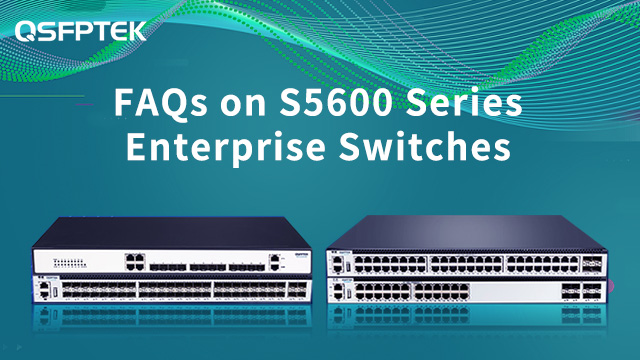 FAQs on S5600 Series Enterprise Switches
FAQs on S5600 Series Enterprise SwitchesThe article provides answers to frequently asked questions about the S5600 Series Enterprise Switches, including their features, configuration, and compatibility with other devices.
FAQs on S5600 Series Enterprise Switches
FAQs on S5600 Series Enterprise SwitchesThe article provides answers to frequently asked questions about the S5600 Series Enterprise Switches, including their features, configuration, and compatibility with other devices. -
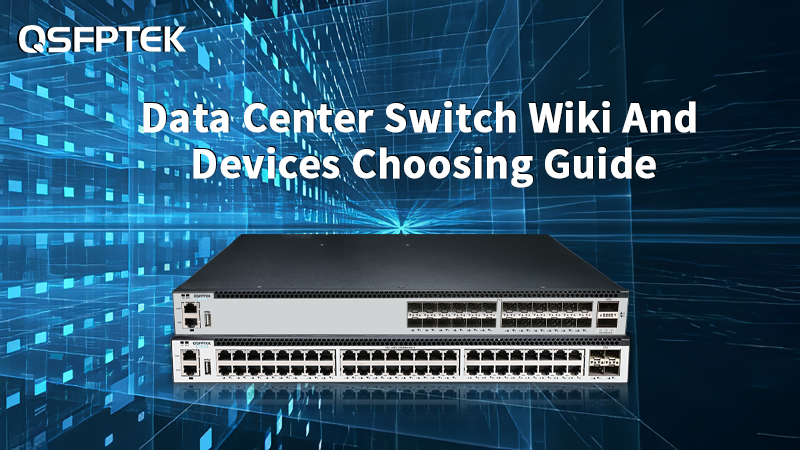 Data Center Switch Wiki And Devices Choosing Guide
Data Center Switch Wiki And Devices Choosing GuideWhen selecting a data center switch, it is crucial to have a comprehensive understanding of it. The user needs to have a clear understanding of their network requirements to select the most suitable data center switch for their requirements.
Data Center Switch Wiki And Devices Choosing Guide
Data Center Switch Wiki And Devices Choosing GuideWhen selecting a data center switch, it is crucial to have a comprehensive understanding of it. The user needs to have a clear understanding of their network requirements to select the most suitable data center switch for their requirements. -
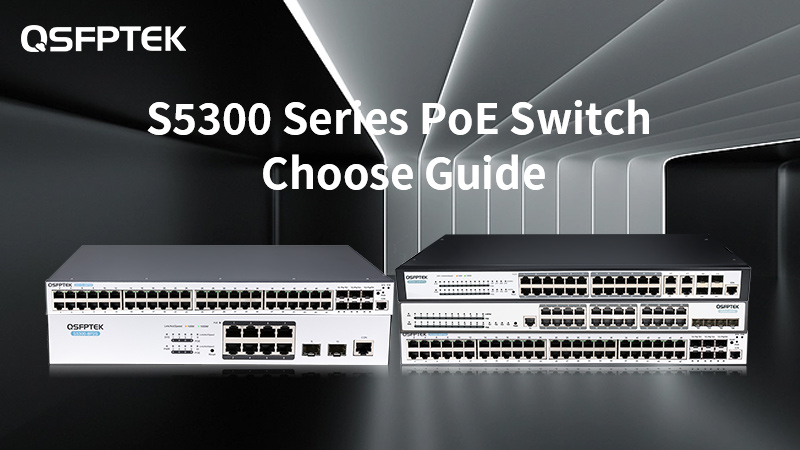 S5300 Series PoE Switch Choose Guide
S5300 Series PoE Switch Choose GuideThis article is about the features and specifications introduction of the S5300 series PoE switch, as well as its applications.
S5300 Series PoE Switch Choose Guide
S5300 Series PoE Switch Choose GuideThis article is about the features and specifications introduction of the S5300 series PoE switch, as well as its applications. -
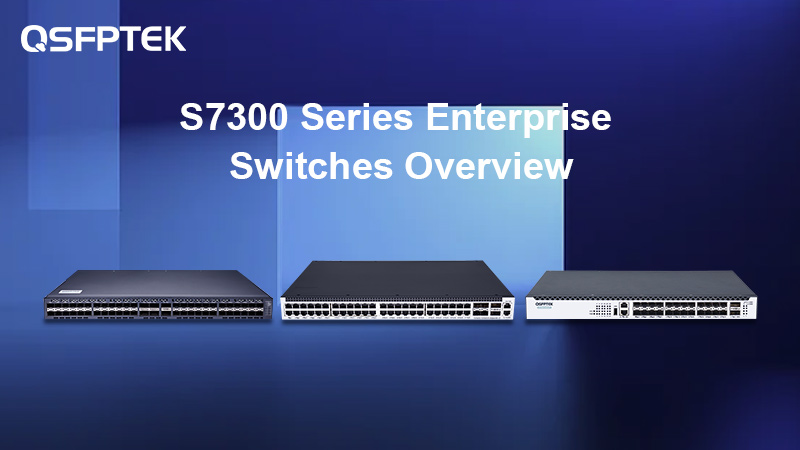 S7300 Series Enterprise Switches Overview
S7300 Series Enterprise Switches OverviewThis article will introduce the advantages, hardware, and software characteristics, as well as various applications of the QSFPTEK S7300 series enterprise switches.
S7300 Series Enterprise Switches Overview
S7300 Series Enterprise Switches OverviewThis article will introduce the advantages, hardware, and software characteristics, as well as various applications of the QSFPTEK S7300 series enterprise switches. -
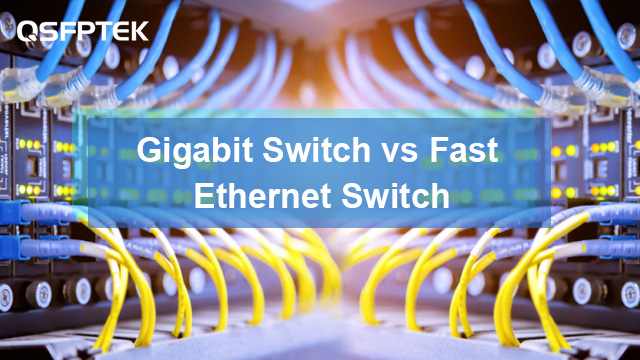 Gigabit Switch vs Fast Ethernet Switch
Gigabit Switch vs Fast Ethernet SwitchDo you know what’s the difference between gigabit switch and fast ethernet switch? This article can help you have a better knowledge of them, then you may have a clear idea to choose for your network solutions without hesitation anymore.
Gigabit Switch vs Fast Ethernet Switch
Gigabit Switch vs Fast Ethernet SwitchDo you know what’s the difference between gigabit switch and fast ethernet switch? This article can help you have a better knowledge of them, then you may have a clear idea to choose for your network solutions without hesitation anymore. -
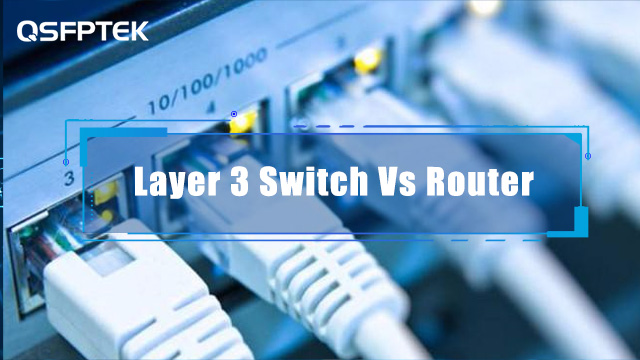 Layer 3 Switch Vs Router
Layer 3 Switch Vs RouterAs we know, both L3 switch and router support functions of routering, so, can they completely replace each other? Jus bet. This article introduces the difference between Layer 3 Switch Vs Router and helps make the wise choice for the network.
Layer 3 Switch Vs Router
Layer 3 Switch Vs RouterAs we know, both L3 switch and router support functions of routering, so, can they completely replace each other? Jus bet. This article introduces the difference between Layer 3 Switch Vs Router and helps make the wise choice for the network. -
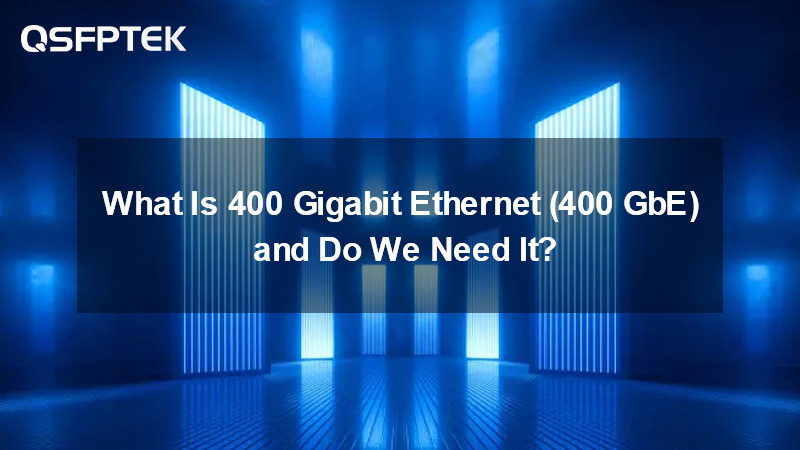 What Is 400 Gigabit Ethernet (400 GbE) and Do We Need It?
What Is 400 Gigabit Ethernet (400 GbE) and Do We Need It?This article introduces what 400G is and what problems it can solve, and lists QT's 400G network equipment.
What Is 400 Gigabit Ethernet (400 GbE) and Do We Need It?
What Is 400 Gigabit Ethernet (400 GbE) and Do We Need It?This article introduces what 400G is and what problems it can solve, and lists QT's 400G network equipment. -
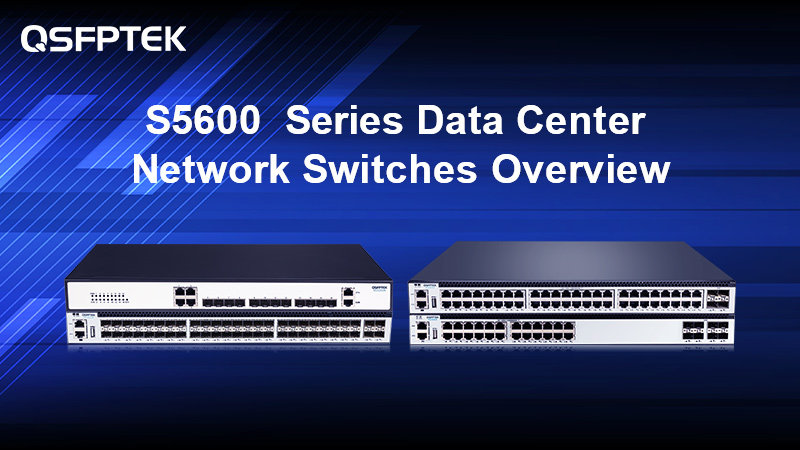 S5600 Series Data Center Network Switches Overview
S5600 Series Data Center Network Switches OverviewThis article is about the software and hardware introduction of the S5600 series switch, as well as its specific applications.
S5600 Series Data Center Network Switches Overview
S5600 Series Data Center Network Switches OverviewThis article is about the software and hardware introduction of the S5600 series switch, as well as its specific applications. -
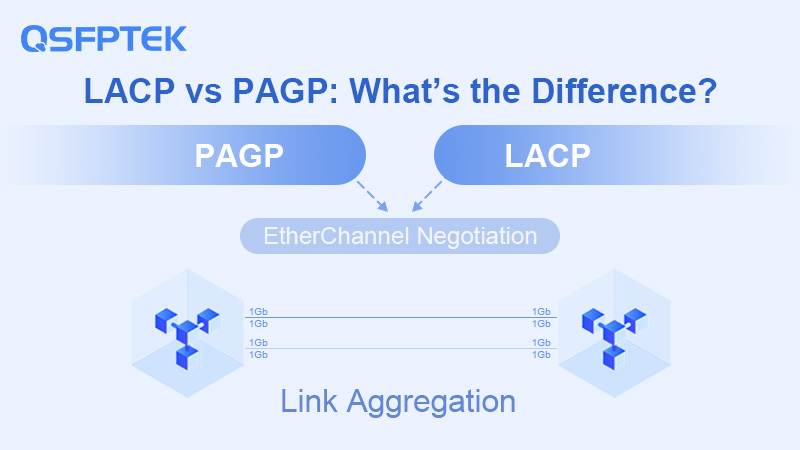 LACP vs PAGP: What’s the Difference?
LACP vs PAGP: What’s the Difference?This article will compare LACP and PAGP, specifically how they differ when aggregating links and redistributing the load in case of link failure.
LACP vs PAGP: What’s the Difference?
LACP vs PAGP: What’s the Difference?This article will compare LACP and PAGP, specifically how they differ when aggregating links and redistributing the load in case of link failure. -
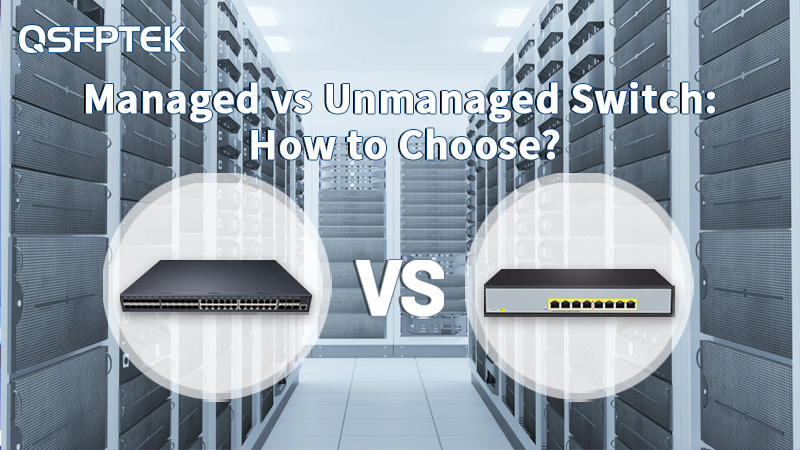 Managed vs Unmanaged Switch: How to Choose?
Managed vs Unmanaged Switch: How to Choose?There are many differences between managed and unmanaged switches. This article will tell you what the differences are, as well as describe the application scenarios for managed and unmanaged switches.
Managed vs Unmanaged Switch: How to Choose?
Managed vs Unmanaged Switch: How to Choose?There are many differences between managed and unmanaged switches. This article will tell you what the differences are, as well as describe the application scenarios for managed and unmanaged switches. -
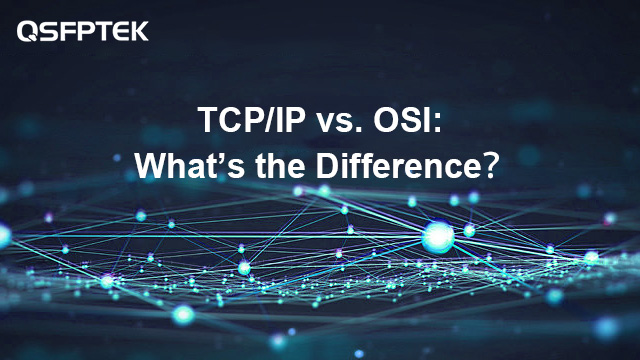 TCP/IP vs. OSI: What’s the Difference?
TCP/IP vs. OSI: What’s the Difference?The OSI and TCP/IP models are two fundamental conceptual models used to describe the network communication process. This article will elucidate the distinctions between these two models.
TCP/IP vs. OSI: What’s the Difference?
TCP/IP vs. OSI: What’s the Difference?The OSI and TCP/IP models are two fundamental conceptual models used to describe the network communication process. This article will elucidate the distinctions between these two models. -
 What is DHCP Snooping and How Does it Work?
What is DHCP Snooping and How Does it Work?This article introduces what is DHCP Snooping, how it works, attacks that can be defended against, and how to enable DHCP Snooping.
What is DHCP Snooping and How Does it Work?
What is DHCP Snooping and How Does it Work?This article introduces what is DHCP Snooping, how it works, attacks that can be defended against, and how to enable DHCP Snooping. -
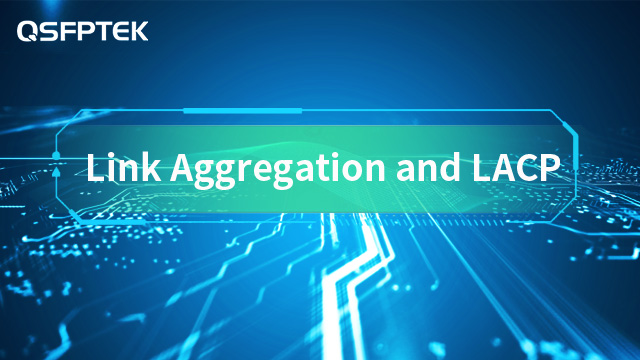 Link Aggregation and LACP Explained
Link Aggregation and LACP ExplainedImprove your network performance with Link Aggregation and LACP! Learn what they are, the benefits, and the differences. Discover QSFPTEK's LACP link aggregation switches and solutions now.
Link Aggregation and LACP Explained
Link Aggregation and LACP ExplainedImprove your network performance with Link Aggregation and LACP! Learn what they are, the benefits, and the differences. Discover QSFPTEK's LACP link aggregation switches and solutions now. -
 Will VXLAN be Widely Used for Data Center Network Service?
Will VXLAN be Widely Used for Data Center Network Service?The article will get VXLAN explained and help you have a better knowledge about what is VXLAN, and also introduce why VXLAN can be widely used for the data center. Let’s begin our discussion now.
Will VXLAN be Widely Used for Data Center Network Service?
Will VXLAN be Widely Used for Data Center Network Service?The article will get VXLAN explained and help you have a better knowledge about what is VXLAN, and also introduce why VXLAN can be widely used for the data center. Let’s begin our discussion now. -
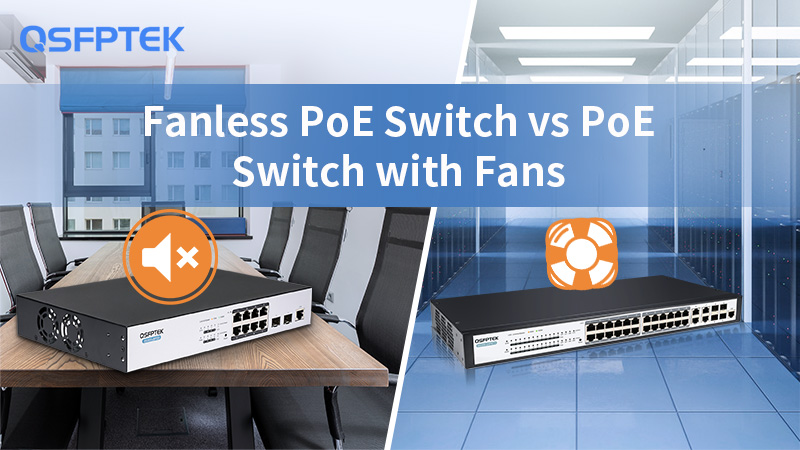 Fanless PoE Switch vs PoE Switch with Fans, What’s the Difference?
Fanless PoE Switch vs PoE Switch with Fans, What’s the Difference?Are you struggling with choosing fanless PoE switches or PoE switches with fans? Or trying to detach fans to lower the noise but concerning the overheating issue? This article may help.
Fanless PoE Switch vs PoE Switch with Fans, What’s the Difference?
Fanless PoE Switch vs PoE Switch with Fans, What’s the Difference?Are you struggling with choosing fanless PoE switches or PoE switches with fans? Or trying to detach fans to lower the noise but concerning the overheating issue? This article may help. -
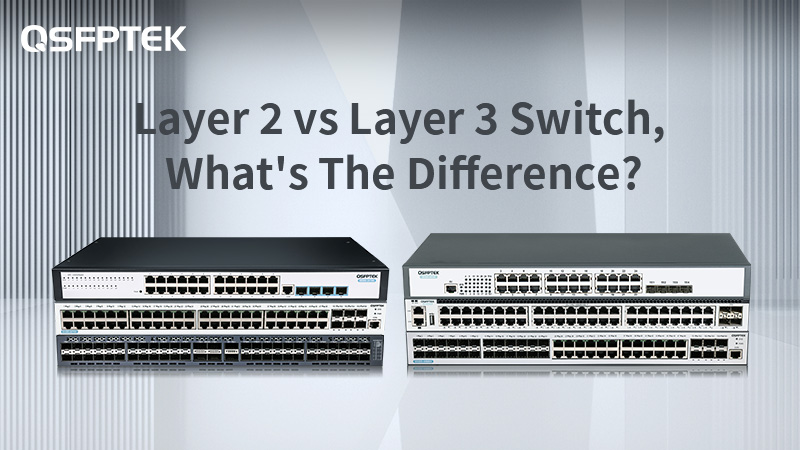 Layer 2 vs Layer 3 Switch, What's The Difference?
Layer 2 vs Layer 3 Switch, What's The Difference?This article will describe what a Layer 2 switch and a Layer 3 switch are. It will also cover the differences between Layer 2 and Layer 3 switches, and when to use Layer 3 switches and routers.
Layer 2 vs Layer 3 Switch, What's The Difference?
Layer 2 vs Layer 3 Switch, What's The Difference?This article will describe what a Layer 2 switch and a Layer 3 switch are. It will also cover the differences between Layer 2 and Layer 3 switches, and when to use Layer 3 switches and routers. -
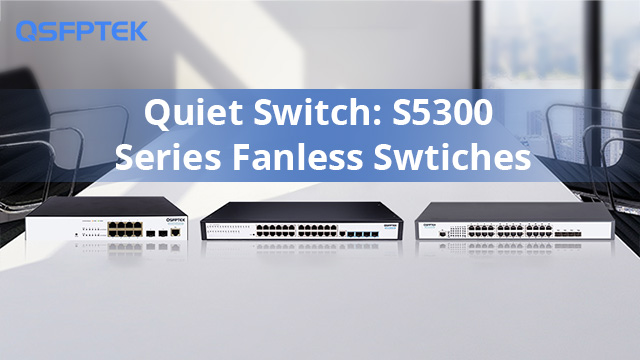 Quiet Switch: S5300 Series Fanless Switches
Quiet Switch: S5300 Series Fanless SwitchesWhat is the difference between a fanless switch and a built-in fan switch, and why do you need a fanless switch? This article will cover all about fanless managed switches and what needs fanless switches are suitable for.
Quiet Switch: S5300 Series Fanless Switches
Quiet Switch: S5300 Series Fanless SwitchesWhat is the difference between a fanless switch and a built-in fan switch, and why do you need a fanless switch? This article will cover all about fanless managed switches and what needs fanless switches are suitable for. -
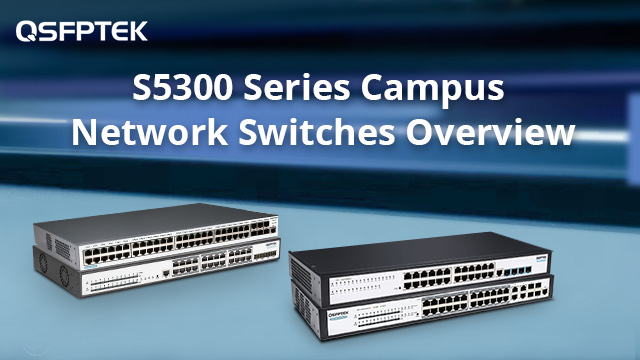 QSFPTEK S5300 Series Campus Network Switches Overview
QSFPTEK S5300 Series Campus Network Switches OverviewQSFPTEK S5300 Layer 2+/2++/3 Campus Network Switches portfolio specifications, features, and application scenarios introduction.
QSFPTEK S5300 Series Campus Network Switches Overview
QSFPTEK S5300 Series Campus Network Switches OverviewQSFPTEK S5300 Layer 2+/2++/3 Campus Network Switches portfolio specifications, features, and application scenarios introduction. -
 S5300 Series Switch Stacking Guide: Configuration & FAQs
S5300 Series Switch Stacking Guide: Configuration & FAQsSwitch stacking technology allows multiple switches to be connected together to expand the number of ports, increase bandwidth, and simplify networking. This article will cover various aspects of switch-stacking technology.
S5300 Series Switch Stacking Guide: Configuration & FAQs
S5300 Series Switch Stacking Guide: Configuration & FAQsSwitch stacking technology allows multiple switches to be connected together to expand the number of ports, increase bandwidth, and simplify networking. This article will cover various aspects of switch-stacking technology. -
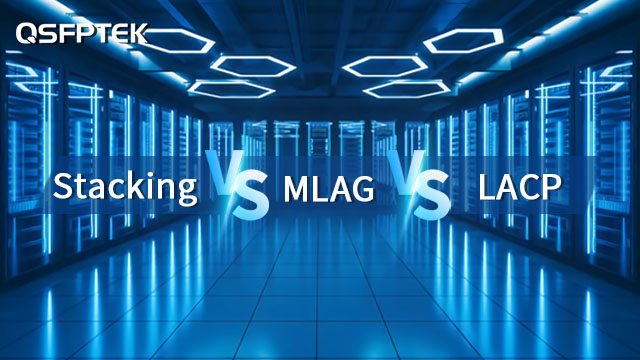 Switch Stacking vs. MLAG
Switch Stacking vs. MLAGThree terms related to scalable networking solutions - switching stacking, MLAG and LACP are confusing. Let's dive into the main purpose of the deployment scenario of MLAG vs stacking.
Switch Stacking vs. MLAG
Switch Stacking vs. MLAGThree terms related to scalable networking solutions - switching stacking, MLAG and LACP are confusing. Let's dive into the main purpose of the deployment scenario of MLAG vs stacking. -
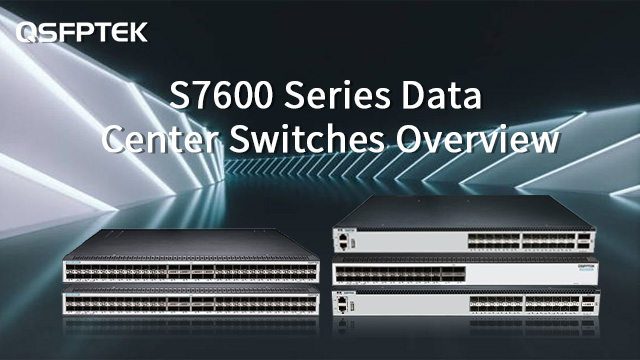 QSFPTEK S7600 Series Data Center Switches Overview
QSFPTEK S7600 Series Data Center Switches OverviewQSFPTEK S7600 Layer 3 1G/25G/10G/40G/100G managed data center switches portfolio specifications, features, and application scenarios introduction.
QSFPTEK S7600 Series Data Center Switches Overview
QSFPTEK S7600 Series Data Center Switches OverviewQSFPTEK S7600 Layer 3 1G/25G/10G/40G/100G managed data center switches portfolio specifications, features, and application scenarios introduction. -
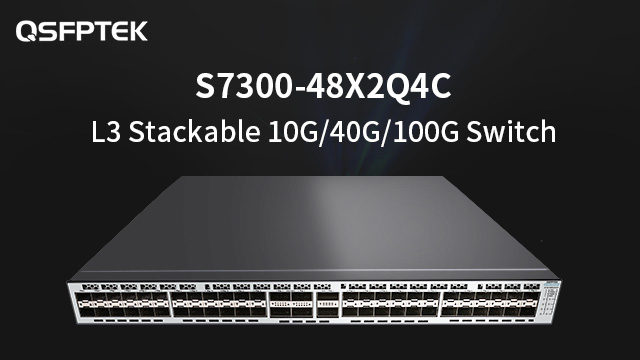 S7300-48X2Q4C L3 Stackable 10G/40G/100G Managed Switch Introduction
S7300-48X2Q4C L3 Stackable 10G/40G/100G Managed Switch Introduction100G switches are popular currently as 100G data rates have become the dominant network speed. This article will give a brief introduction to the development and current situation of 100G network switches and introduce a high-performance 10G/40G/100G stackable managed L3 switch developed by QSFPTEK.
S7300-48X2Q4C L3 Stackable 10G/40G/100G Managed Switch Introduction
S7300-48X2Q4C L3 Stackable 10G/40G/100G Managed Switch Introduction100G switches are popular currently as 100G data rates have become the dominant network speed. This article will give a brief introduction to the development and current situation of 100G network switches and introduce a high-performance 10G/40G/100G stackable managed L3 switch developed by QSFPTEK. -
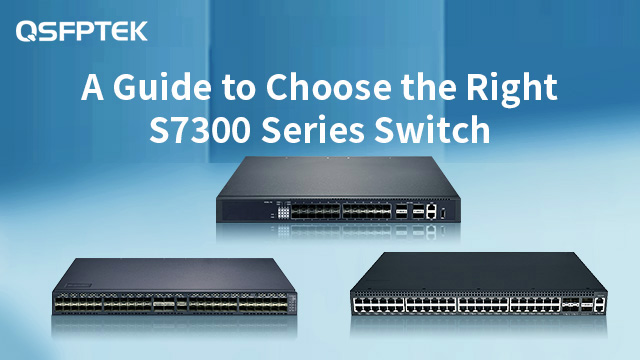 S7300 Series Switch Choosing Guide
S7300 Series Switch Choosing GuideThe S7300 Series switches include three models, namely S7300-24X4C, S7300-48X2Q4C, and S7300-48TE4X2Q. This article will explore these three different models of switches to help you get the most out of your network construction.
S7300 Series Switch Choosing Guide
S7300 Series Switch Choosing GuideThe S7300 Series switches include three models, namely S7300-24X4C, S7300-48X2Q4C, and S7300-48TE4X2Q. This article will explore these three different models of switches to help you get the most out of your network construction. -
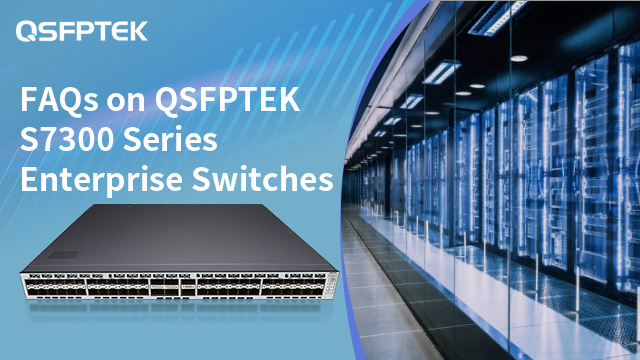 FAQs on QSFPTEK S7300 Series Enterprise Switches
FAQs on QSFPTEK S7300 Series Enterprise SwitchesCheck the FAQ list of QSFPTEK real customers about the S7300 series enterprise switches. Hope it will help you know the campus switches better.
FAQs on QSFPTEK S7300 Series Enterprise Switches
FAQs on QSFPTEK S7300 Series Enterprise SwitchesCheck the FAQ list of QSFPTEK real customers about the S7300 series enterprise switches. Hope it will help you know the campus switches better. -
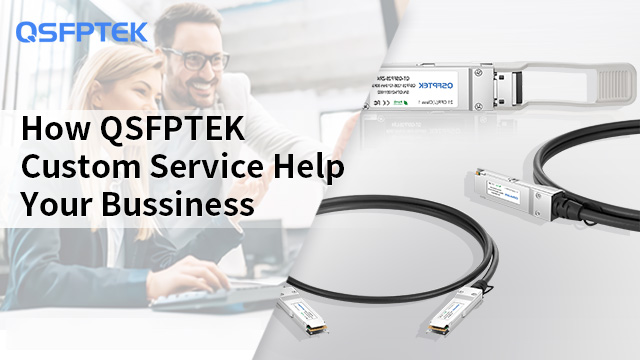 How QSFPTEK Custom Service Help Your Bussiness
How QSFPTEK Custom Service Help Your BussinessQSFPTEK can provide reliable and unique customized network solutions for various industries' customers to meet their different needs for networks.
How QSFPTEK Custom Service Help Your Bussiness
How QSFPTEK Custom Service Help Your BussinessQSFPTEK can provide reliable and unique customized network solutions for various industries' customers to meet their different needs for networks. -
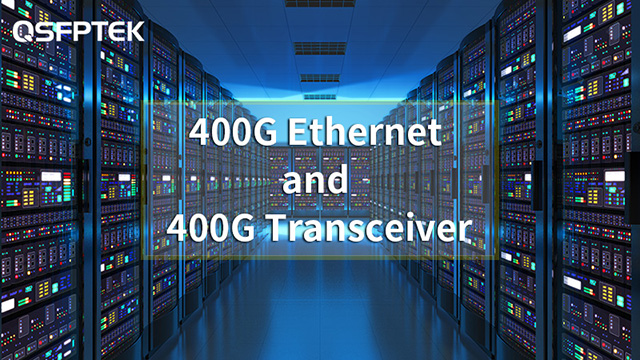 What is 400G Ethernet and 400G Transceiver?
What is 400G Ethernet and 400G Transceiver?What is 400G? What’s driving the 400G network forward? This post will give an overall introduction to 400G Ethernet and 400G transceivers, hope it will help you to understand the 400G network.
What is 400G Ethernet and 400G Transceiver?
What is 400G Ethernet and 400G Transceiver?What is 400G? What’s driving the 400G network forward? This post will give an overall introduction to 400G Ethernet and 400G transceivers, hope it will help you to understand the 400G network. -
 How Far Can 10GbE Run by 10GBASE-T SFP+ or Fiber to Ethernet Converter?
How Far Can 10GbE Run by 10GBASE-T SFP+ or Fiber to Ethernet Converter?10GBASE-T SFP+ can transmit a max 100 meters that Ethernet standard specified. Then how to extend reach beyond that restriction for long-distance transmission?
How Far Can 10GbE Run by 10GBASE-T SFP+ or Fiber to Ethernet Converter?
How Far Can 10GbE Run by 10GBASE-T SFP+ or Fiber to Ethernet Converter?10GBASE-T SFP+ can transmit a max 100 meters that Ethernet standard specified. Then how to extend reach beyond that restriction for long-distance transmission? -
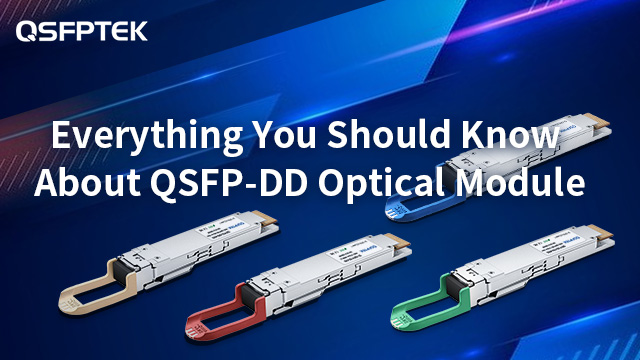 QSFP-DD Optical Module Overview: What is the differ?
QSFP-DD Optical Module Overview: What is the differ?This article will introduce the next generation optical module in detail, QSFP-DD, also known as quad small factor pluggable, and this article will also introduce the difference between QSFP-DD optical module and other 400G form factor modules.
QSFP-DD Optical Module Overview: What is the differ?
QSFP-DD Optical Module Overview: What is the differ?This article will introduce the next generation optical module in detail, QSFP-DD, also known as quad small factor pluggable, and this article will also introduce the difference between QSFP-DD optical module and other 400G form factor modules. -
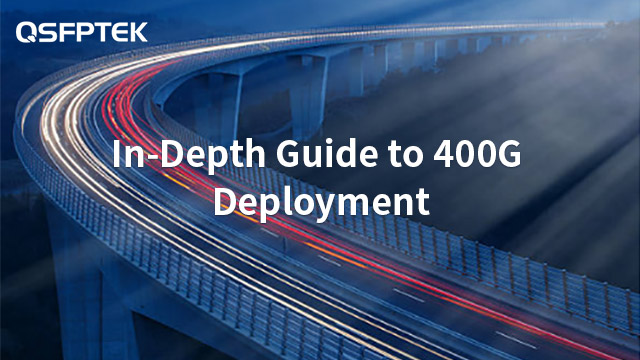 In-Depth Guide to 400G Applications
In-Depth Guide to 400G Applications400G solution is to address the continued growing traffic among communication service providers, hyperscale cloud providers, massive Telcom providers, large data centers and enterprises.
In-Depth Guide to 400G Applications
In-Depth Guide to 400G Applications400G solution is to address the continued growing traffic among communication service providers, hyperscale cloud providers, massive Telcom providers, large data centers and enterprises. -
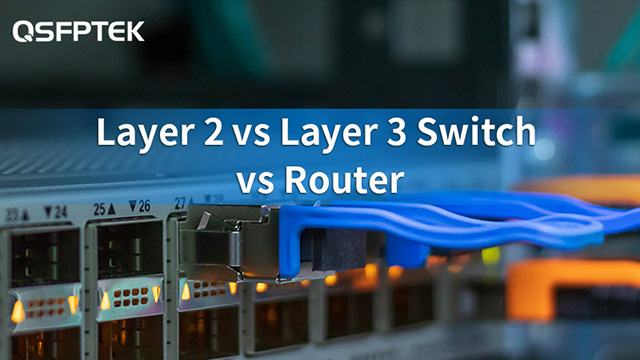 Layer 2 vs Layer 3 Switch vs Router: What's the Difference?
Layer 2 vs Layer 3 Switch vs Router: What's the Difference?Layer 3 switches are devices that operate in the third layer of the OSI model. What is the difference between the Layer 2 and Layer 3 switch, and what about the difference between the Layer 3 switch and router? What network environments do these devices applicable for? Let’s find the answers in the following post.
Layer 2 vs Layer 3 Switch vs Router: What's the Difference?
Layer 2 vs Layer 3 Switch vs Router: What's the Difference?Layer 3 switches are devices that operate in the third layer of the OSI model. What is the difference between the Layer 2 and Layer 3 switch, and what about the difference between the Layer 3 switch and router? What network environments do these devices applicable for? Let’s find the answers in the following post. -
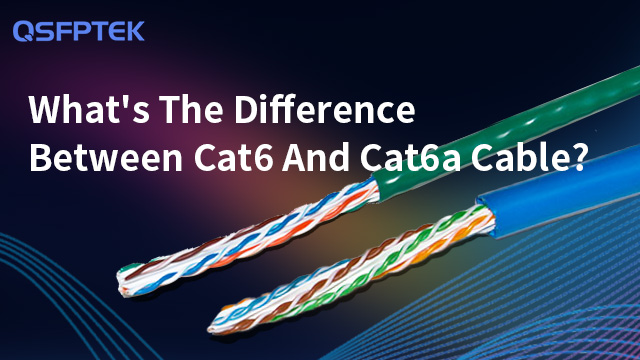 What’s The Difference Between Cat6 And Cat6A Cable?
What’s The Difference Between Cat6 And Cat6A Cable?Cat6 and Cat6A cables have gained massive popularity in the market due to their excellent performance, the Cat6A has better performance and crosstalk improvements than Cat6. This article will introduce the differences between Cat6 and Cat6A and will discuss the history and speed of Cat6A Ethernet cable technology.
What’s The Difference Between Cat6 And Cat6A Cable?
What’s The Difference Between Cat6 And Cat6A Cable?Cat6 and Cat6A cables have gained massive popularity in the market due to their excellent performance, the Cat6A has better performance and crosstalk improvements than Cat6. This article will introduce the differences between Cat6 and Cat6A and will discuss the history and speed of Cat6A Ethernet cable technology. -
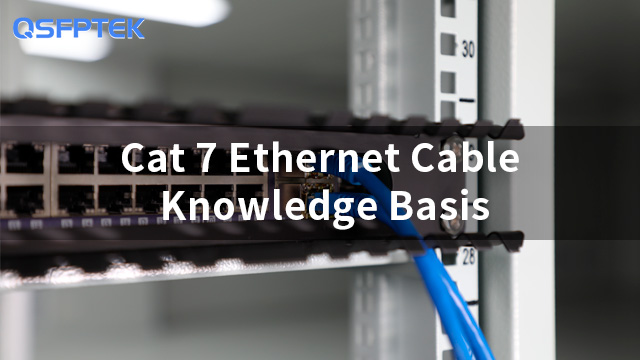 What is Cat 7 Ethernet Cable and Are Cat7 Cables Worth It?
What is Cat 7 Ethernet Cable and Are Cat7 Cables Worth It?Bandwidth-hungry applications drove the development of Cat 7 and Cat 8 cables. This post focus on Category 7 cable wiki and discuss the position of Cat7 by comparing it with Cat5e/6/8.
What is Cat 7 Ethernet Cable and Are Cat7 Cables Worth It?
What is Cat 7 Ethernet Cable and Are Cat7 Cables Worth It?Bandwidth-hungry applications drove the development of Cat 7 and Cat 8 cables. This post focus on Category 7 cable wiki and discuss the position of Cat7 by comparing it with Cat5e/6/8. -
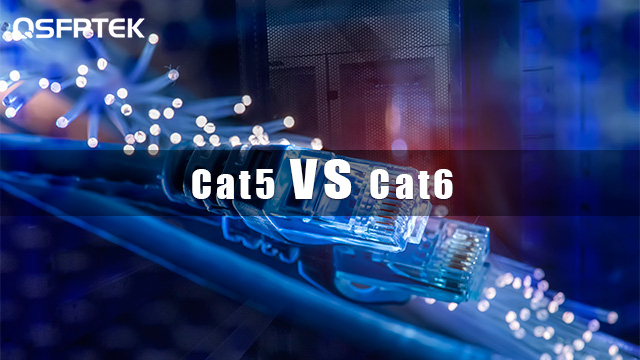 Cat5 vs Cat6, What's the Difference and How to Choose?
Cat5 vs Cat6, What's the Difference and How to Choose?What are Cat5 and Cat6 Ethernet cables? What’s the difference between Cat5 and Cat6? What are they used for? How fast are Cat5 and Cat6? Cat5 or Cat6, which one should I choose? Find the answers in the following post.
Cat5 vs Cat6, What's the Difference and How to Choose?
Cat5 vs Cat6, What's the Difference and How to Choose?What are Cat5 and Cat6 Ethernet cables? What’s the difference between Cat5 and Cat6? What are they used for? How fast are Cat5 and Cat6? Cat5 or Cat6, which one should I choose? Find the answers in the following post. -
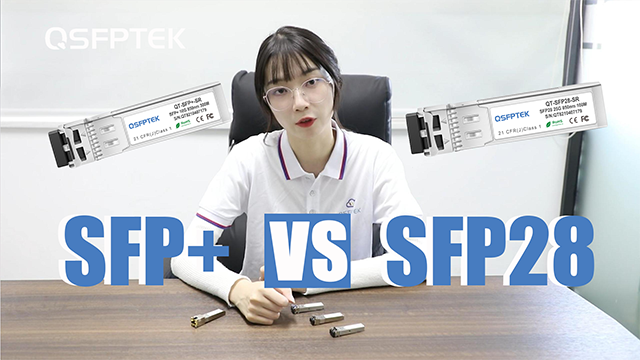 SFP+ vs SFP28: Differences
SFP+ vs SFP28: Differences
-
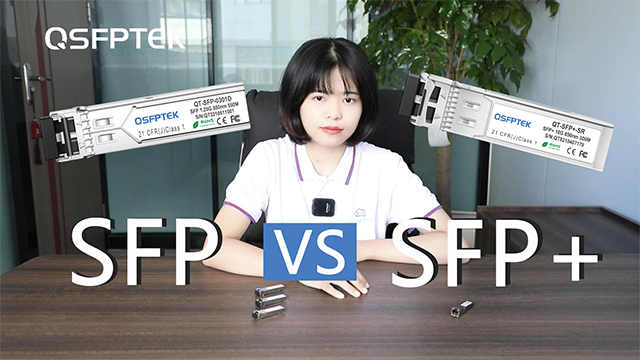 SFP vs SFP+: What’s the Difference?
SFP vs SFP+: What’s the Difference?
-
 Move to 400G with QSFPTEK 400G Product Portfolio
Move to 400G with QSFPTEK 400G Product PortfolioQT has launched 400G products based on 400GBASE QSFP-DD form factor, inc. 400G optical transceivers, 400G DAC and AOC cables.
Move to 400G with QSFPTEK 400G Product Portfolio
Move to 400G with QSFPTEK 400G Product PortfolioQT has launched 400G products based on 400GBASE QSFP-DD form factor, inc. 400G optical transceivers, 400G DAC and AOC cables. -
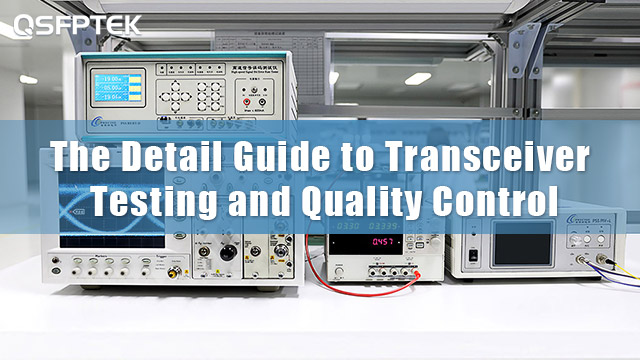 The Detail Guide to Transceiver Testing and Quality Control
The Detail Guide to Transceiver Testing and Quality ControlOptical module transceivers are the main end-to-end components in fiber optic systems and optical communications. QSFPTEK suppliers have strict transceiver testing and quality control processes, and each optical module is delivered with a complete testing process.
The Detail Guide to Transceiver Testing and Quality Control
The Detail Guide to Transceiver Testing and Quality ControlOptical module transceivers are the main end-to-end components in fiber optic systems and optical communications. QSFPTEK suppliers have strict transceiver testing and quality control processes, and each optical module is delivered with a complete testing process. -
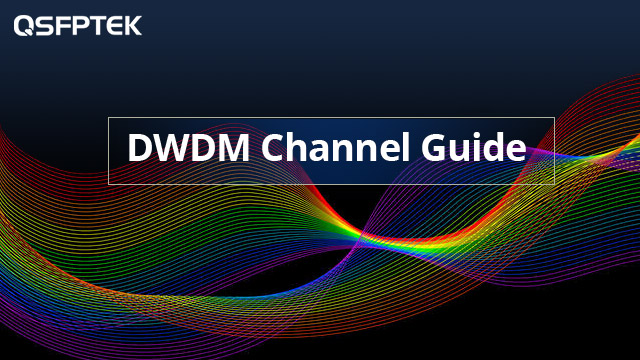 What is DWDM Technology and DWDM Channel?
What is DWDM Technology and DWDM Channel?This article will introduce you to what DWDM is, including how DWDM works, What is the DWDM channel spacing, the advantages of the DWDM system, and provide a DWDM ITU grid for reference.
What is DWDM Technology and DWDM Channel?
What is DWDM Technology and DWDM Channel?This article will introduce you to what DWDM is, including how DWDM works, What is the DWDM channel spacing, the advantages of the DWDM system, and provide a DWDM ITU grid for reference. -
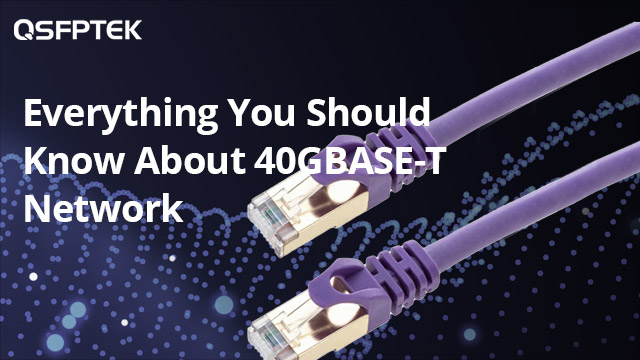 Everything You Should Know About 40GBASE-T Network
Everything You Should Know About 40GBASE-T NetworkThis article will explain what 25GBASE-T and the 40GBASE-T copper module is and what Cat8 cable is and why Cat8 cable is chosen for 25/40GBASE-T networks. This article will also tell you everything about the 40GBASE-T network.
Everything You Should Know About 40GBASE-T Network
Everything You Should Know About 40GBASE-T NetworkThis article will explain what 25GBASE-T and the 40GBASE-T copper module is and what Cat8 cable is and why Cat8 cable is chosen for 25/40GBASE-T networks. This article will also tell you everything about the 40GBASE-T network. -
 Top 10 Fiber Optic Testing Levels for Qualified Optical Transceivers
Top 10 Fiber Optic Testing Levels for Qualified Optical TransceiversSFP module manufacturers that emphasize quality should have a comprehensive transceiver testing system. Read on to learn the most popular fiber optic testing levels for qualified transceivers.
Top 10 Fiber Optic Testing Levels for Qualified Optical Transceivers
Top 10 Fiber Optic Testing Levels for Qualified Optical TransceiversSFP module manufacturers that emphasize quality should have a comprehensive transceiver testing system. Read on to learn the most popular fiber optic testing levels for qualified transceivers. -
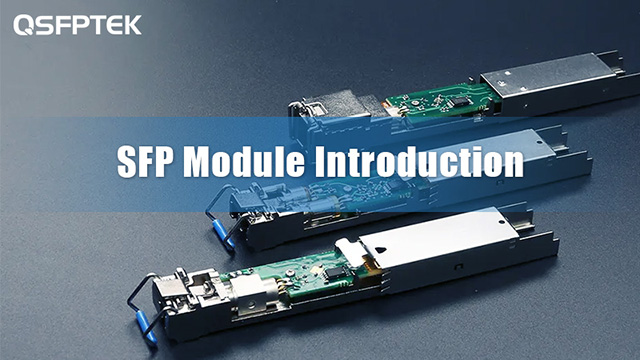 SFP Module Introduction: SFP Meaning, Fiber SFP, and Copper SFP Types
SFP Module Introduction: SFP Meaning, Fiber SFP, and Copper SFP TypesSFP module is the core part of the optical fiber communication networks. This post will introduce everything you should know about SFP transceivers, including what is SFP, how an SFP work, what are the types of SFP modules and SFP variants, etc.
SFP Module Introduction: SFP Meaning, Fiber SFP, and Copper SFP Types
SFP Module Introduction: SFP Meaning, Fiber SFP, and Copper SFP TypesSFP module is the core part of the optical fiber communication networks. This post will introduce everything you should know about SFP transceivers, including what is SFP, how an SFP work, what are the types of SFP modules and SFP variants, etc. -
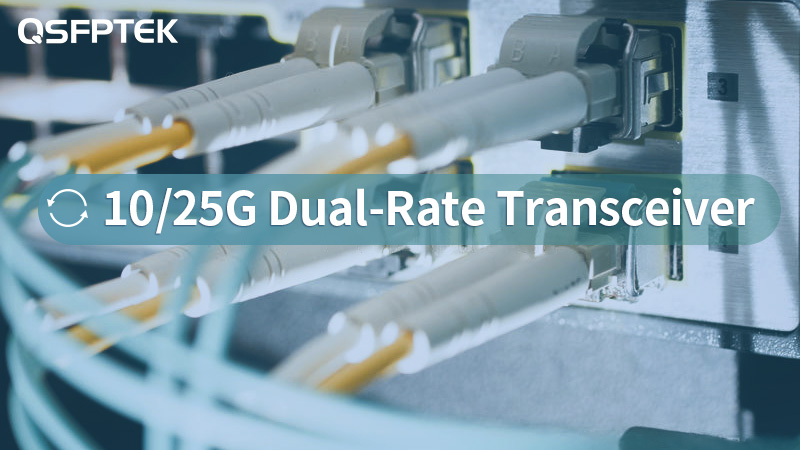 In-Depth Guide to SFP-10/25G-CSR-S Dual-Rate Transceiver
In-Depth Guide to SFP-10/25G-CSR-S Dual-Rate TransceiverSFP-10/25G-CSR-S dual-rate transceivers, fully interoperable with 10GBASE-SR and 25GBASE-SR optics, are a solution for seamless 10G to 25G migration.
In-Depth Guide to SFP-10/25G-CSR-S Dual-Rate Transceiver
In-Depth Guide to SFP-10/25G-CSR-S Dual-Rate TransceiverSFP-10/25G-CSR-S dual-rate transceivers, fully interoperable with 10GBASE-SR and 25GBASE-SR optics, are a solution for seamless 10G to 25G migration. -
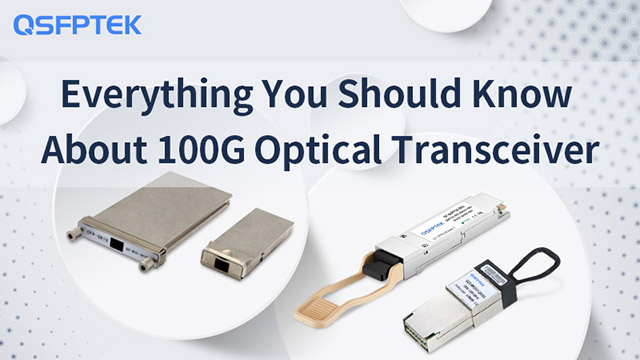 The Introduction of 100G Optical Transceiver
The Introduction of 100G Optical TransceiverWith the acceleration of data centers upgrading to 100G Ethernet, the 100G optical transceiver can meet the needs of data centers for the future of networking. There is also a growing demand for 100G optical modules in the telecom market.
The Introduction of 100G Optical Transceiver
The Introduction of 100G Optical TransceiverWith the acceleration of data centers upgrading to 100G Ethernet, the 100G optical transceiver can meet the needs of data centers for the future of networking. There is also a growing demand for 100G optical modules in the telecom market. -
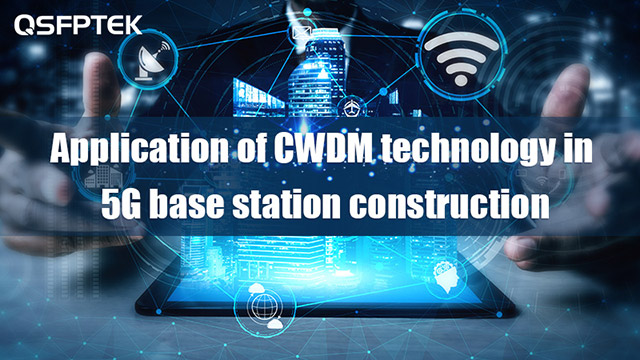 Application of CWDM Technology in 5G Base Station Construction
Application of CWDM Technology in 5G Base Station Construction5G construction will generally take two modes, D-RAN and C-RAN. At present, operators usually choose to use C-RAN mode for 5G network construction, and the use of CWDM technology can effectively solve the problem of insufficient resources for fronthaul optical cables.
Application of CWDM Technology in 5G Base Station Construction
Application of CWDM Technology in 5G Base Station Construction5G construction will generally take two modes, D-RAN and C-RAN. At present, operators usually choose to use C-RAN mode for 5G network construction, and the use of CWDM technology can effectively solve the problem of insufficient resources for fronthaul optical cables. -
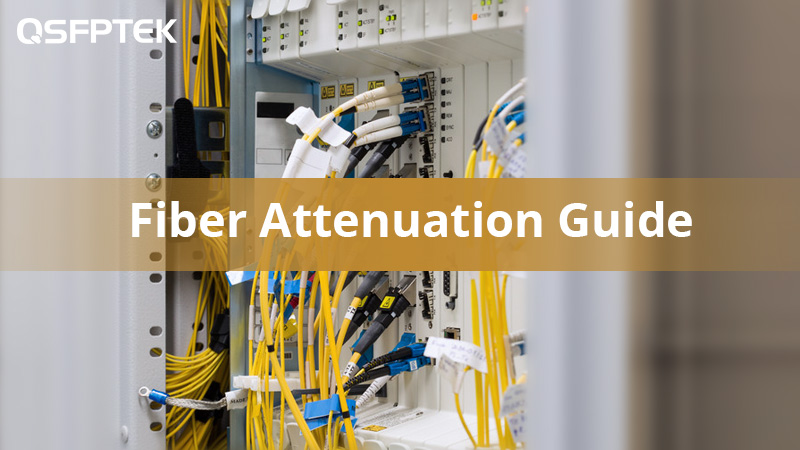 Fiber Attenuation Guide: How to Minimize Signal Loss in Your Network
Fiber Attenuation Guide: How to Minimize Signal Loss in Your NetworkFiber attenuation refers to the loss of optical power in the optical fiber transmission process. This blog will analyze what causes attenuation in optical fiber, types of attenuation in optical fiber communication, and optimizations on how to minimize the signal loss in your network.
Fiber Attenuation Guide: How to Minimize Signal Loss in Your Network
Fiber Attenuation Guide: How to Minimize Signal Loss in Your NetworkFiber attenuation refers to the loss of optical power in the optical fiber transmission process. This blog will analyze what causes attenuation in optical fiber, types of attenuation in optical fiber communication, and optimizations on how to minimize the signal loss in your network. -
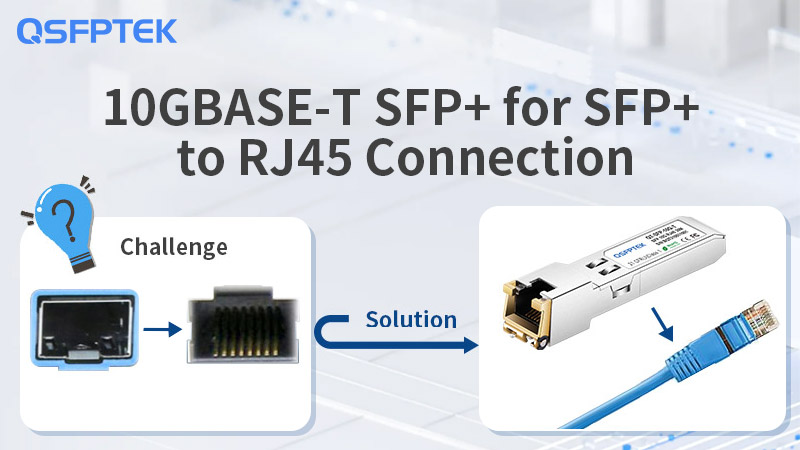 Deploying 10GBASE-T SFP+ for SFP+ to RJ45 Connectivity
Deploying 10GBASE-T SFP+ for SFP+ to RJ45 Connectivity10GBASE-T SFP+ with the advantages of backward compatibility, lower cost and installation flexibility is an easy and affordable SFP+ to RJ45 DCI solution.
Deploying 10GBASE-T SFP+ for SFP+ to RJ45 Connectivity
Deploying 10GBASE-T SFP+ for SFP+ to RJ45 Connectivity10GBASE-T SFP+ with the advantages of backward compatibility, lower cost and installation flexibility is an easy and affordable SFP+ to RJ45 DCI solution. -
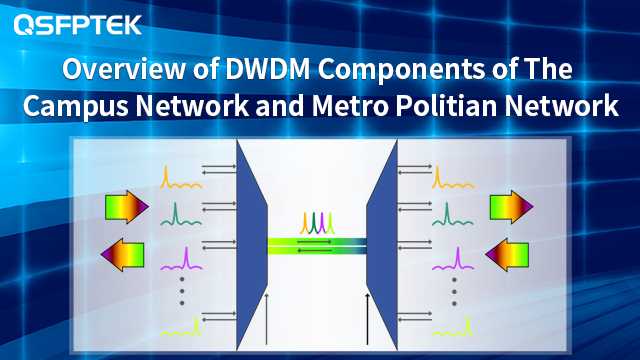 DWDM System Components of the Campus Network and Metropolitan Network Overview
DWDM System Components of the Campus Network and Metropolitan Network OverviewDense Wavelength Division Multiplexing (DWDM) technology is widely used in campus and metropolitan networks. This post will introduce the detail of DWDM technology equipment and DWDM system component.
DWDM System Components of the Campus Network and Metropolitan Network Overview
DWDM System Components of the Campus Network and Metropolitan Network OverviewDense Wavelength Division Multiplexing (DWDM) technology is widely used in campus and metropolitan networks. This post will introduce the detail of DWDM technology equipment and DWDM system component. -
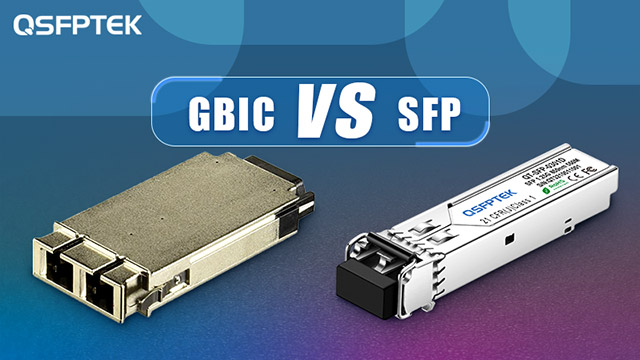 GBIC vs SFP Gigabit Transceivers: What's the Difference and How to Choose?
GBIC vs SFP Gigabit Transceivers: What's the Difference and How to Choose?SFP (Mini GBIC) and GBIC are optical transceivers that support gigabit Ethernet and Fiber Channel (FC). What are the differences between GBIC vs SFP? Which one is right for you? Read on.
GBIC vs SFP Gigabit Transceivers: What's the Difference and How to Choose?
GBIC vs SFP Gigabit Transceivers: What's the Difference and How to Choose?SFP (Mini GBIC) and GBIC are optical transceivers that support gigabit Ethernet and Fiber Channel (FC). What are the differences between GBIC vs SFP? Which one is right for you? Read on. -
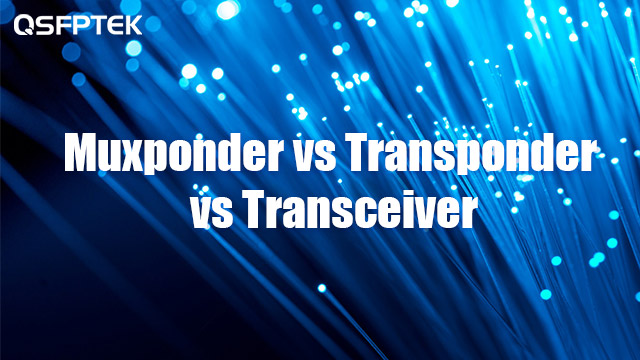 Muxponder vs Transponder vs Transceiver, What are the Differences?
Muxponder vs Transponder vs Transceiver, What are the Differences?Do you know what is the difference between transponder vs transceiver and muxponder vs transponder? This post is here to explain.
Muxponder vs Transponder vs Transceiver, What are the Differences?
Muxponder vs Transponder vs Transceiver, What are the Differences?Do you know what is the difference between transponder vs transceiver and muxponder vs transponder? This post is here to explain. -
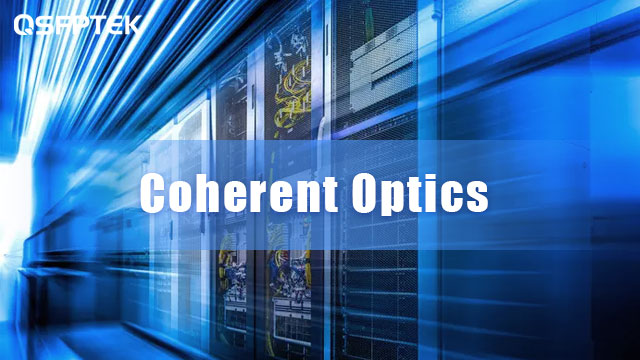 Introduction to Coherent Optics
Introduction to Coherent OpticsWith the improvement of single channel transmission rate, coherent optics is used in more and more application scenarios in modern optical communication. This article will tell what is coherent optics, its development history, features, and advantages, also discuss the development trend of pluggable coherent optical transceivers.
Introduction to Coherent Optics
Introduction to Coherent OpticsWith the improvement of single channel transmission rate, coherent optics is used in more and more application scenarios in modern optical communication. This article will tell what is coherent optics, its development history, features, and advantages, also discuss the development trend of pluggable coherent optical transceivers. -
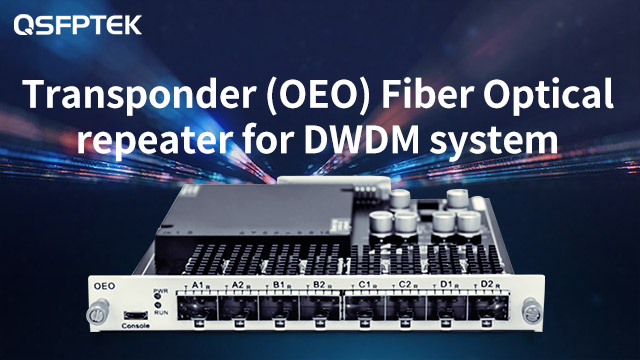 Transponder (OEO) Fiber Optical repeater for DWDM system
Transponder (OEO) Fiber Optical repeater for DWDM systemDo you know what an optical transponder (OEO) is and what a WDM transponder is? They are actually one and the same thing, and their role is usually used to extend the transmission distance in a WDM system.
Transponder (OEO) Fiber Optical repeater for DWDM system
Transponder (OEO) Fiber Optical repeater for DWDM systemDo you know what an optical transponder (OEO) is and what a WDM transponder is? They are actually one and the same thing, and their role is usually used to extend the transmission distance in a WDM system. -
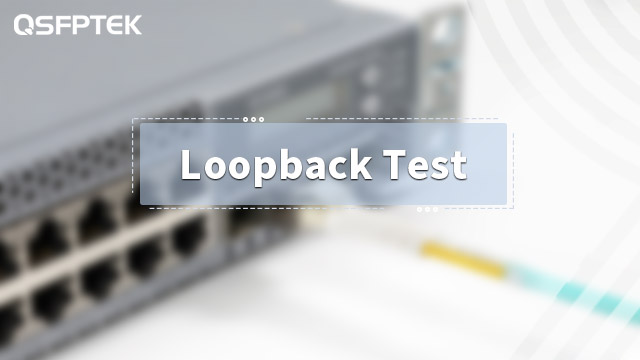 What is Loopback Test? Everything You Should Know
What is Loopback Test? Everything You Should KnowThe loopback test is often used to find faults with optical transmission links and optical transceivers. This article will introduce what the loopback test is and emphatically discuss how to perform a loopback test on optical modules.
What is Loopback Test? Everything You Should Know
What is Loopback Test? Everything You Should KnowThe loopback test is often used to find faults with optical transmission links and optical transceivers. This article will introduce what the loopback test is and emphatically discuss how to perform a loopback test on optical modules. -
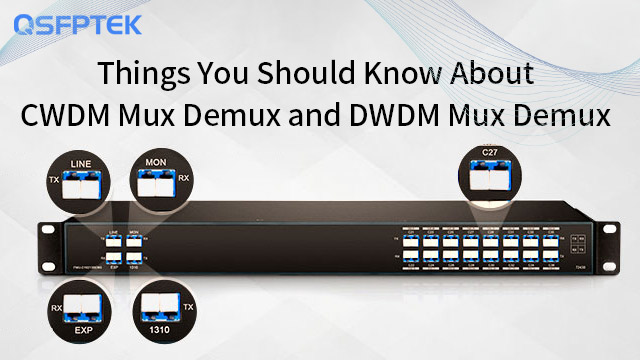 CWDM Mux Demux and DWDM Mux Demux Tutorial
CWDM Mux Demux and DWDM Mux Demux TutorialThis article will introduce the most essential component of the C/DWDM Mux Demux, the Mux port, and you will learn to build a higher capacity C/DWDM network by using the Mux port.
CWDM Mux Demux and DWDM Mux Demux Tutorial
CWDM Mux Demux and DWDM Mux Demux TutorialThis article will introduce the most essential component of the C/DWDM Mux Demux, the Mux port, and you will learn to build a higher capacity C/DWDM network by using the Mux port. -
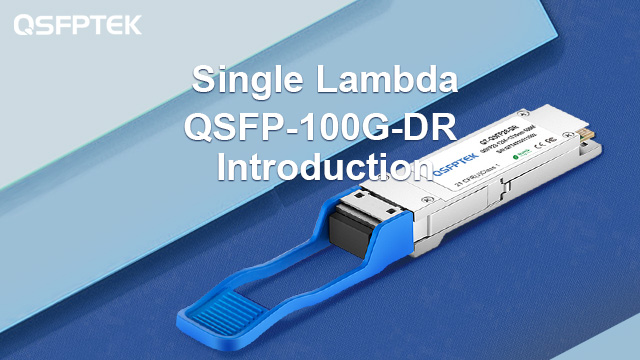 MMS1V70-CM 100G DR Introduction
MMS1V70-CM 100G DR IntroductionMMS1V70-CM optical module is very hot in the recent 100G optic market. This article will comprehensively introduce MMS1V70-CM, including its technology, specifications, why it is increasing now, and developing prospects.
MMS1V70-CM 100G DR Introduction
MMS1V70-CM 100G DR IntroductionMMS1V70-CM optical module is very hot in the recent 100G optic market. This article will comprehensively introduce MMS1V70-CM, including its technology, specifications, why it is increasing now, and developing prospects. -
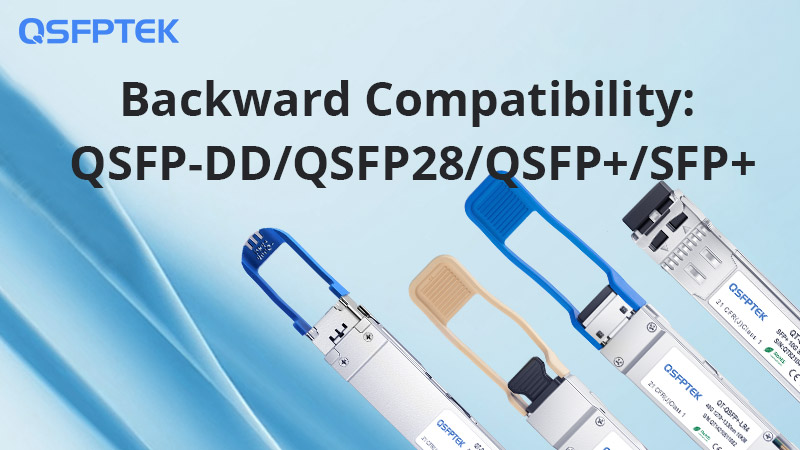 QSFP-DD/QSFP28/QSFP+/SFP+: Backward Compatibility Introduction
QSFP-DD/QSFP28/QSFP+/SFP+: Backward Compatibility IntroductionBackward compatibility is vital for optical modules. It is closely bound up with the network system upgrading and operation. Transceivers with backward compatibility will provide great flexibility for future data center deployment. This article will give a comprehensive backward compatibility guide to the most common transceiver types, including QSFP-DD backward compatibility, QSFP28 backward compatibility, QSFP backward compatibility, and SFP+ backward compatibility.
QSFP-DD/QSFP28/QSFP+/SFP+: Backward Compatibility Introduction
QSFP-DD/QSFP28/QSFP+/SFP+: Backward Compatibility IntroductionBackward compatibility is vital for optical modules. It is closely bound up with the network system upgrading and operation. Transceivers with backward compatibility will provide great flexibility for future data center deployment. This article will give a comprehensive backward compatibility guide to the most common transceiver types, including QSFP-DD backward compatibility, QSFP28 backward compatibility, QSFP backward compatibility, and SFP+ backward compatibility. -
 QSFPTEK Transceiver Best Deals and Price List
QSFPTEK Transceiver Best Deals and Price ListQSFPTEK is a one-stop optical transceiver manufacturer and seller. We provide 1G to 400G optics with a vast selection of compatibility and models. Our compatible modules are affordable equivalence to costly OEM brand transceivers. Check the SFP price list and explore how we offer you the best price!
QSFPTEK Transceiver Best Deals and Price List
QSFPTEK Transceiver Best Deals and Price ListQSFPTEK is a one-stop optical transceiver manufacturer and seller. We provide 1G to 400G optics with a vast selection of compatibility and models. Our compatible modules are affordable equivalence to costly OEM brand transceivers. Check the SFP price list and explore how we offer you the best price! -
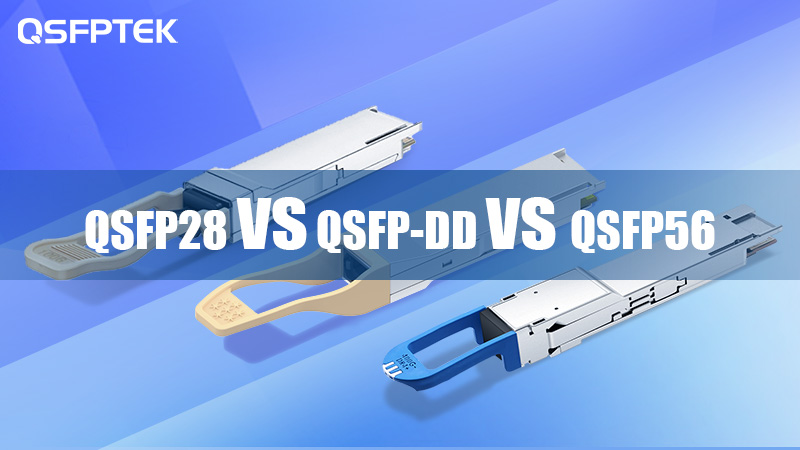 QSFP28 vs QSFP-DD vs QSFP56, What Are the Differences?
QSFP28 vs QSFP-DD vs QSFP56, What Are the Differences?100G QSFP28 transceivers have been widely used in today's optical communications. The next popularity will be 200G/400G with the rapid growth of data centers. QSFP56 and QSFP-DD are the main form factor types of 200G and 400G Ethernet. Whether you are confused about QSFP28, QSFP-DD, and QSFP56, this article will give an all-around comparison among QSFP28 vs QSFP-DD vs QSFP56, helping you quicking understand these three QSFP types.
QSFP28 vs QSFP-DD vs QSFP56, What Are the Differences?
QSFP28 vs QSFP-DD vs QSFP56, What Are the Differences?100G QSFP28 transceivers have been widely used in today's optical communications. The next popularity will be 200G/400G with the rapid growth of data centers. QSFP56 and QSFP-DD are the main form factor types of 200G and 400G Ethernet. Whether you are confused about QSFP28, QSFP-DD, and QSFP56, this article will give an all-around comparison among QSFP28 vs QSFP-DD vs QSFP56, helping you quicking understand these three QSFP types. -
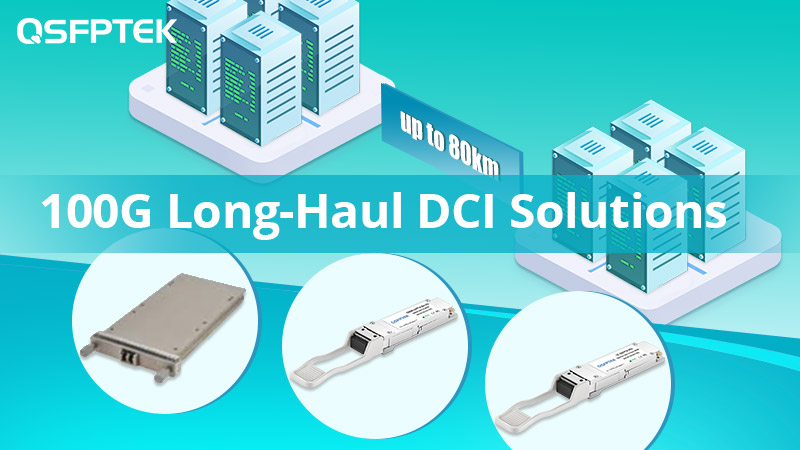 Three 80km 100G Optical Solutions for Long-Haul Data Center Interconnect (DCI)
Three 80km 100G Optical Solutions for Long-Haul Data Center Interconnect (DCI)Three optical transceiver solutions can be used for up to 80km long-haul 100G data center interconnect (DCI): 100G DWDM coherent optics, 100G PAM4 DWDM QSFP28, and 100G ZR4 QSFP28.
Three 80km 100G Optical Solutions for Long-Haul Data Center Interconnect (DCI)
Three 80km 100G Optical Solutions for Long-Haul Data Center Interconnect (DCI)Three optical transceiver solutions can be used for up to 80km long-haul 100G data center interconnect (DCI): 100G DWDM coherent optics, 100G PAM4 DWDM QSFP28, and 100G ZR4 QSFP28. -
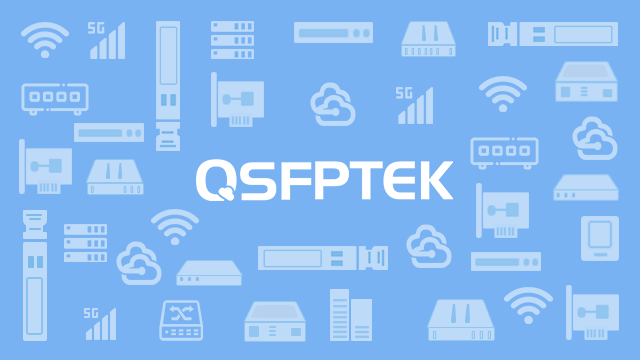 QSFP+40G Optical Module: Introduction, Models, Advantages, and How to Use
QSFP+40G Optical Module: Introduction, Models, Advantages, and How to UseThe content includes what is QSFP, what are the models of QSFP, the introduction, and application of QSFP-40G-SR4 and QSPF-40G-LR4. QSFP-40G-SR4 vs QSFP-40G-LR4. Introduction of QSFP-40G-ER4. Advantages of QSFP-40G-SR4. How to use QSFP+ modules. How to purchase QSFP+ modules
QSFP+40G Optical Module: Introduction, Models, Advantages, and How to Use
QSFP+40G Optical Module: Introduction, Models, Advantages, and How to UseThe content includes what is QSFP, what are the models of QSFP, the introduction, and application of QSFP-40G-SR4 and QSPF-40G-LR4. QSFP-40G-SR4 vs QSFP-40G-LR4. Introduction of QSFP-40G-ER4. Advantages of QSFP-40G-SR4. How to use QSFP+ modules. How to purchase QSFP+ modules -
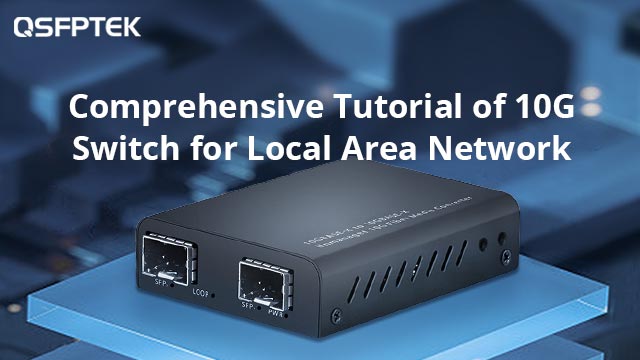 10G Switch for Local Area Network Comprehensive Tutorial
10G Switch for Local Area Network Comprehensive TutorialWith the development of local area network technology, the load traffic of the current LAN network is much more than before. With the increase in data streaming, many old LAN networks have to be upgraded. For most enterprises and data centers, a 10G switch has been enough, then you know how to choose a suitable 10-gigabit switch?
10G Switch for Local Area Network Comprehensive Tutorial
10G Switch for Local Area Network Comprehensive TutorialWith the development of local area network technology, the load traffic of the current LAN network is much more than before. With the increase in data streaming, many old LAN networks have to be upgraded. For most enterprises and data centers, a 10G switch has been enough, then you know how to choose a suitable 10-gigabit switch? -
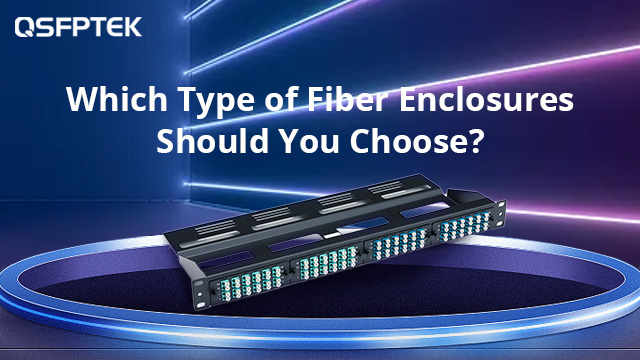 Which Type of Fiber Enclosures Should You Choose?
Which Type of Fiber Enclosures Should You Choose?When you are choosing different rack mount fiber enclosures, have you ever been dazzled by the variety of different models of rack mount fiber enclosures, this article will give you a detailed introduction to help you choose the right rack mount fiber enclosures for your network.
Which Type of Fiber Enclosures Should You Choose?
Which Type of Fiber Enclosures Should You Choose?When you are choosing different rack mount fiber enclosures, have you ever been dazzled by the variety of different models of rack mount fiber enclosures, this article will give you a detailed introduction to help you choose the right rack mount fiber enclosures for your network. -
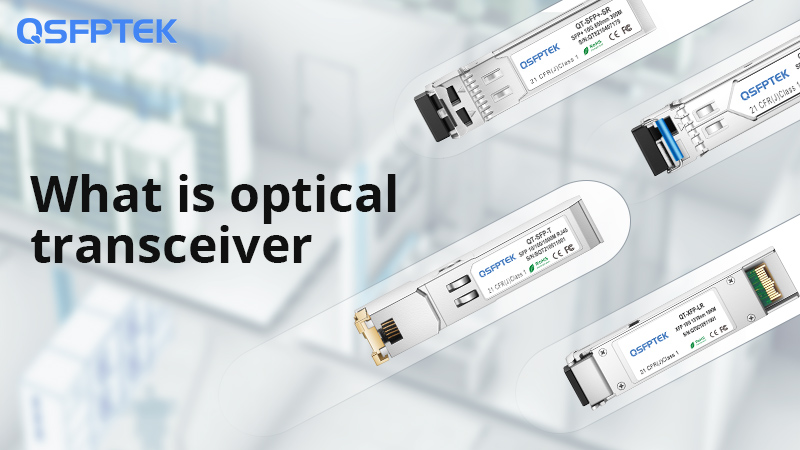 History of Optical Transceivers and What Is an SFP Module
History of Optical Transceivers and What Is an SFP ModuleIf you are in the telecommunications industry, you often hear engineers mention optical modules. In FTTH and other services, PON modules are a classification of optical modules. Today's optical modules are mostly smaller in size, but this was not the case 15 years ago. This article will take you back to the development of optical modules and let you know what the most popular SFP optical modules are today.
History of Optical Transceivers and What Is an SFP Module
History of Optical Transceivers and What Is an SFP ModuleIf you are in the telecommunications industry, you often hear engineers mention optical modules. In FTTH and other services, PON modules are a classification of optical modules. Today's optical modules are mostly smaller in size, but this was not the case 15 years ago. This article will take you back to the development of optical modules and let you know what the most popular SFP optical modules are today. -
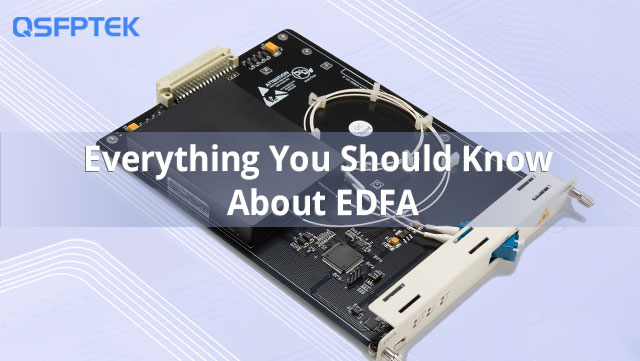 Everything You Should Know About EDFA
Everything You Should Know About EDFAOptical amplifier is one of the greatest inventions in fiber optic communication, which greatly increase the capacity of optical fiber communication. This paper will give an introduction to optical amplifiers, including how they work, and the typical types. And the paper features highlights on the EDFA amplifier, including its structure, operating principle, advantages, and application combined with WDM technology.
Everything You Should Know About EDFA
Everything You Should Know About EDFAOptical amplifier is one of the greatest inventions in fiber optic communication, which greatly increase the capacity of optical fiber communication. This paper will give an introduction to optical amplifiers, including how they work, and the typical types. And the paper features highlights on the EDFA amplifier, including its structure, operating principle, advantages, and application combined with WDM technology. -
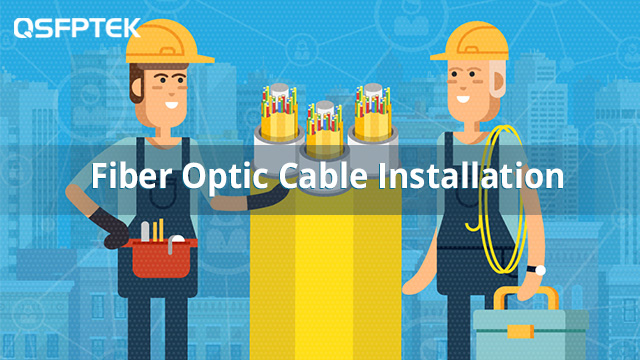 A Comprehensive Tutorial to Fiber Optic Cable Installation
A Comprehensive Tutorial to Fiber Optic Cable InstallationFiber cable Internet demonstrates a strong vitality and competitiveness with the rapid development of information technology. This paper focuses on fiber optic cable installation, including installation requirements, how to set up a fiber optic home network, and home fiber optic cable installation. Hope this article could be of some help to you.
A Comprehensive Tutorial to Fiber Optic Cable Installation
A Comprehensive Tutorial to Fiber Optic Cable InstallationFiber cable Internet demonstrates a strong vitality and competitiveness with the rapid development of information technology. This paper focuses on fiber optic cable installation, including installation requirements, how to set up a fiber optic home network, and home fiber optic cable installation. Hope this article could be of some help to you. -
 What is White Space, Gray Space, and How to Enhance Data Center Space Efficiency?
What is White Space, Gray Space, and How to Enhance Data Center Space Efficiency?White space and gray space are two data center space types. Consolidating the two contributes to enhancing data center room efficiency. Read on to get tips on how to improve data center utilization.
What is White Space, Gray Space, and How to Enhance Data Center Space Efficiency?
What is White Space, Gray Space, and How to Enhance Data Center Space Efficiency?White space and gray space are two data center space types. Consolidating the two contributes to enhancing data center room efficiency. Read on to get tips on how to improve data center utilization. -
 0U and 1U Cable Management for Data Center Rack Cabling
0U and 1U Cable Management for Data Center Rack CablingQSFPTEK launched a series of 0U and 1U cable management organizers for structured cabling solutions in a highly organized rack space. It is a cost-efficient way to save data center space in high-density applications.
0U and 1U Cable Management for Data Center Rack Cabling
0U and 1U Cable Management for Data Center Rack CablingQSFPTEK launched a series of 0U and 1U cable management organizers for structured cabling solutions in a highly organized rack space. It is a cost-efficient way to save data center space in high-density applications. -
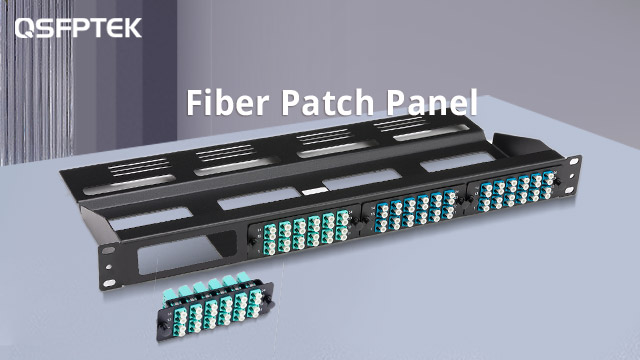 The Ultimate User Guide to Fiber Patch Panel
The Ultimate User Guide to Fiber Patch PanelFiber patch panels play an increasingly important role in the optical fiber network due to the widespread use of high-density cabling systems in data centers. They are available in various fiber connector types, such as LC patch panel, SC patch panel and MTP patch panel. Installed in a fiber termination box, fiber patch panels can privode a high-efficinet and cost-effective fiber deployment solution for fiber network applications. The post will introduce what is a fiber patch panel, its benefits, types, and how it works.
The Ultimate User Guide to Fiber Patch Panel
The Ultimate User Guide to Fiber Patch PanelFiber patch panels play an increasingly important role in the optical fiber network due to the widespread use of high-density cabling systems in data centers. They are available in various fiber connector types, such as LC patch panel, SC patch panel and MTP patch panel. Installed in a fiber termination box, fiber patch panels can privode a high-efficinet and cost-effective fiber deployment solution for fiber network applications. The post will introduce what is a fiber patch panel, its benefits, types, and how it works. -
 The Most Comprehensive Guide to AOC Cable
The Most Comprehensive Guide to AOC CableCopper cable is the traditional transmission cable. With the development of the information society, the higher requirements of data transmission are raised, including higher transmission speed, longer transmission distance, better transmission performance, etc, and optical fiber becomes more popular today since it has the advantages of light weight, pliable, high transmission rate, long transmission distance, low power consumption, anti-electromagnetic interference, etc. It is an inexorable trend for optical fiber to replace the copper cable in many communication fields. However, in point-to-point interconnection, copper cables are still widely used, which limits the improvement of the overall transmission performance. In this context, based on fiber transmission media, AOC cable (Active Optical Cable) comes.
The Most Comprehensive Guide to AOC Cable
The Most Comprehensive Guide to AOC CableCopper cable is the traditional transmission cable. With the development of the information society, the higher requirements of data transmission are raised, including higher transmission speed, longer transmission distance, better transmission performance, etc, and optical fiber becomes more popular today since it has the advantages of light weight, pliable, high transmission rate, long transmission distance, low power consumption, anti-electromagnetic interference, etc. It is an inexorable trend for optical fiber to replace the copper cable in many communication fields. However, in point-to-point interconnection, copper cables are still widely used, which limits the improvement of the overall transmission performance. In this context, based on fiber transmission media, AOC cable (Active Optical Cable) comes. -
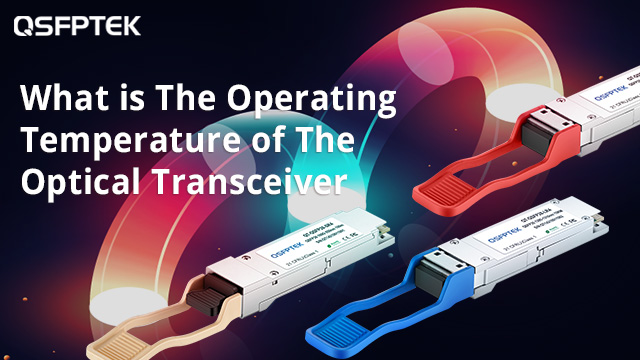 What is The Operating Temperature of The Optical Transceiver
What is The Operating Temperature of The Optical TransceiverWe know that optical transceivers have a limited operating temperature environment, and optical transceivers can only operate within the operating temperature range, if not, a breakout will occur. This article will talk about the operating temperature range of the module.
What is The Operating Temperature of The Optical Transceiver
What is The Operating Temperature of The Optical TransceiverWe know that optical transceivers have a limited operating temperature environment, and optical transceivers can only operate within the operating temperature range, if not, a breakout will occur. This article will talk about the operating temperature range of the module. -
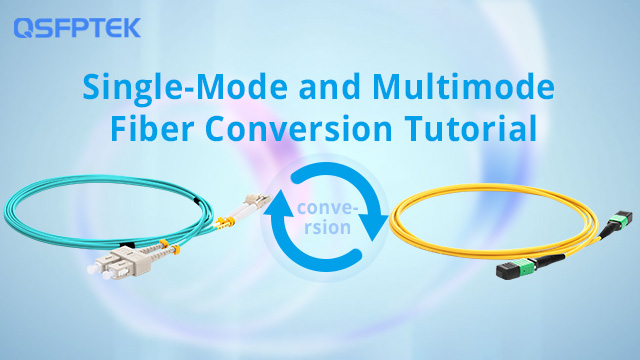 How to Convert Multimode to Single-mode Fiber or vice versa?
How to Convert Multimode to Single-mode Fiber or vice versa?Converting multimode to single-mode fiber solves the MMF transmission restrictions, boosting the fiber link up to 140km. Fiber to fiber media converter, WDM transponder, and mode conditioning patch cables are three solutions for mode conversion.
How to Convert Multimode to Single-mode Fiber or vice versa?
How to Convert Multimode to Single-mode Fiber or vice versa?Converting multimode to single-mode fiber solves the MMF transmission restrictions, boosting the fiber link up to 140km. Fiber to fiber media converter, WDM transponder, and mode conditioning patch cables are three solutions for mode conversion. -
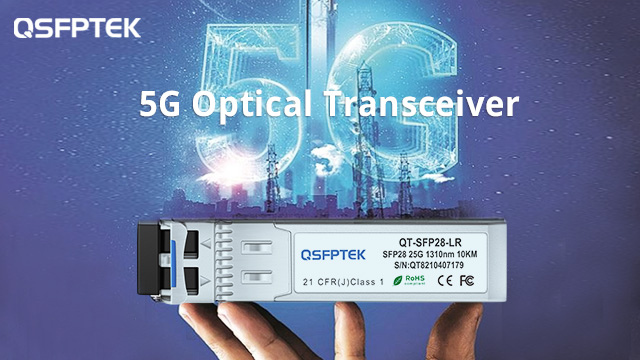 What 5G Transceivers Are Used in 5G Networks
What 5G Transceivers Are Used in 5G NetworksThe 5G network is thriving and it promotes the huge demands for related 5G optical transceivers. It is known the 5G network architecture includes three parts, namely 5G fronthaul, midhaul, and backhaul. What types of 5G network transceivers are used in each part? Which optical transceiver is cost-effective for your future 5G network deployments? You will find answers in the following post.
What 5G Transceivers Are Used in 5G Networks
What 5G Transceivers Are Used in 5G NetworksThe 5G network is thriving and it promotes the huge demands for related 5G optical transceivers. It is known the 5G network architecture includes three parts, namely 5G fronthaul, midhaul, and backhaul. What types of 5G network transceivers are used in each part? Which optical transceiver is cost-effective for your future 5G network deployments? You will find answers in the following post. -
 The Internal Components and Structure of The Optical Transceiver
The Internal Components and Structure of The Optical TransceiverThis article will focus on the internals of the optical transceiver including the TOSA, ROSA and BOSA, and PCBA. Through this article, you will know the details of the components and structure of the optical transceiver modules.
The Internal Components and Structure of The Optical Transceiver
The Internal Components and Structure of The Optical TransceiverThis article will focus on the internals of the optical transceiver including the TOSA, ROSA and BOSA, and PCBA. Through this article, you will know the details of the components and structure of the optical transceiver modules. -
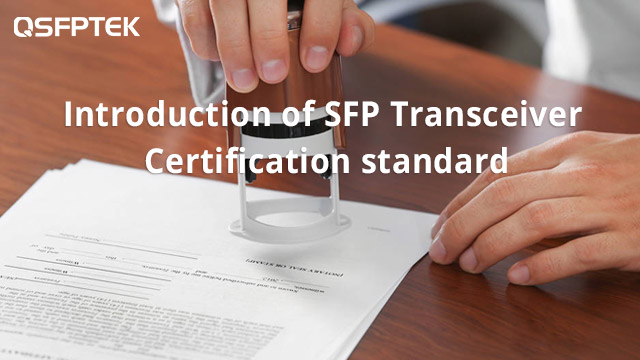 Introduction of SFP Certification standard
Introduction of SFP Certification standardAny product requires certification as a proof of quality, and electrical products such as transceviers are no exception. This article will tell you what certifications optical modules have and what those certifications mean.
Introduction of SFP Certification standard
Introduction of SFP Certification standardAny product requires certification as a proof of quality, and electrical products such as transceviers are no exception. This article will tell you what certifications optical modules have and what those certifications mean. -
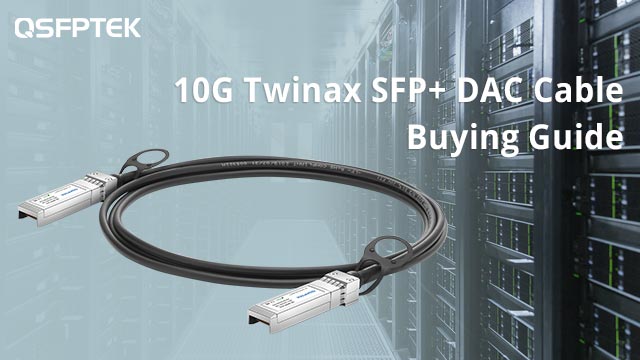 10G Twinax SFP+ DAC Cable Buying Guide
10G Twinax SFP+ DAC Cable Buying GuideDAC cable is a cost-effective equivalent for optical transceivers in high-speed data communication. This post is SFP+ DAC wiki and guides how to buy the best 10G Twinax SFP+ DAC cable.
10G Twinax SFP+ DAC Cable Buying Guide
10G Twinax SFP+ DAC Cable Buying GuideDAC cable is a cost-effective equivalent for optical transceivers in high-speed data communication. This post is SFP+ DAC wiki and guides how to buy the best 10G Twinax SFP+ DAC cable. -
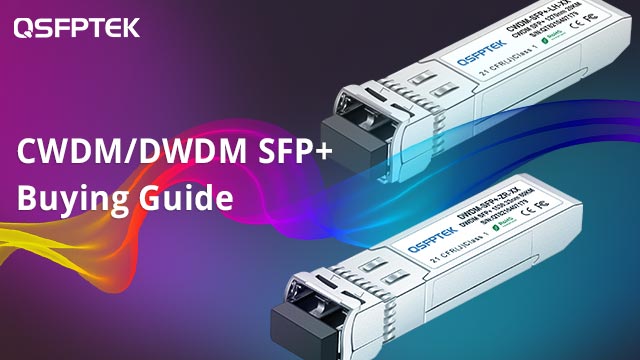 SFP+ CWDM vs DWDM, How to Choose?
SFP+ CWDM vs DWDM, How to Choose?Both DWDM and CWDM technology are designed to enlarge the transmission capacity of optical fiber communication. What are the CWDM and DWDM meanings? What is the difference between CWDM and DWDM? How to choose a high-performance and cost-effective 10G CWDM/DWDM SFP+ transceivers? Find answers in the article.
SFP+ CWDM vs DWDM, How to Choose?
SFP+ CWDM vs DWDM, How to Choose?Both DWDM and CWDM technology are designed to enlarge the transmission capacity of optical fiber communication. What are the CWDM and DWDM meanings? What is the difference between CWDM and DWDM? How to choose a high-performance and cost-effective 10G CWDM/DWDM SFP+ transceivers? Find answers in the article. -
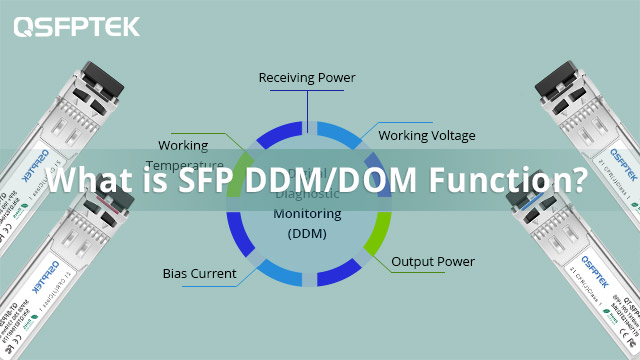 Digital Diagnostic Monitoring Wiki - Why does SFP DDM/DOM Matter?
Digital Diagnostic Monitoring Wiki - Why does SFP DDM/DOM Matter?SFP DDM/DOM is a function for monitoring multiple parameters of the transceiver modules in real-time. Why is DDM/DOM important and how to view DDM information? Find answers in this post.
Digital Diagnostic Monitoring Wiki - Why does SFP DDM/DOM Matter?
Digital Diagnostic Monitoring Wiki - Why does SFP DDM/DOM Matter?SFP DDM/DOM is a function for monitoring multiple parameters of the transceiver modules in real-time. Why is DDM/DOM important and how to view DDM information? Find answers in this post. -
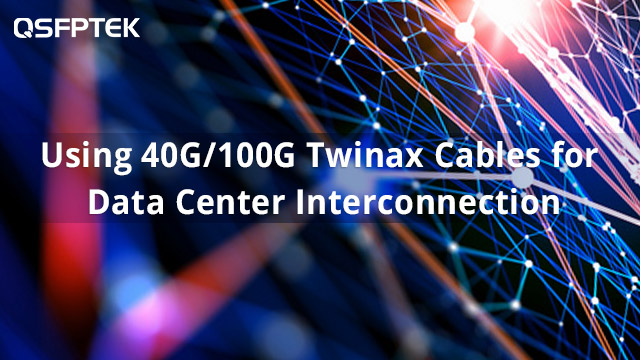 Using 40G/100G Twinax Cables for Data Center Interconnection
Using 40G/100G Twinax Cables for Data Center InterconnectionThis article will introduce what is DAC cable, about DAC cables, you need to know Twinax cable specification, the difference between passive vs active SFP+ DAC, and direct attach cable vs. optical transceiver modules.
Using 40G/100G Twinax Cables for Data Center Interconnection
Using 40G/100G Twinax Cables for Data Center InterconnectionThis article will introduce what is DAC cable, about DAC cables, you need to know Twinax cable specification, the difference between passive vs active SFP+ DAC, and direct attach cable vs. optical transceiver modules. -
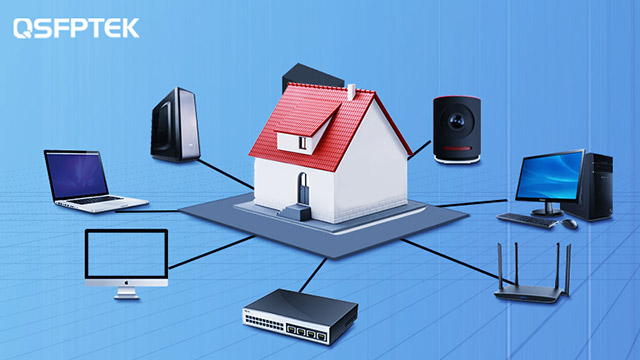 Use $ 299 to get 10 gigabit ethernet network for your PC
Use $ 299 to get 10 gigabit ethernet network for your PCIf you're looking to upgrade your home to 10G, this guide will help a lot on how to choose network devices and saving budget.
Use $ 299 to get 10 gigabit ethernet network for your PC
Use $ 299 to get 10 gigabit ethernet network for your PCIf you're looking to upgrade your home to 10G, this guide will help a lot on how to choose network devices and saving budget. -
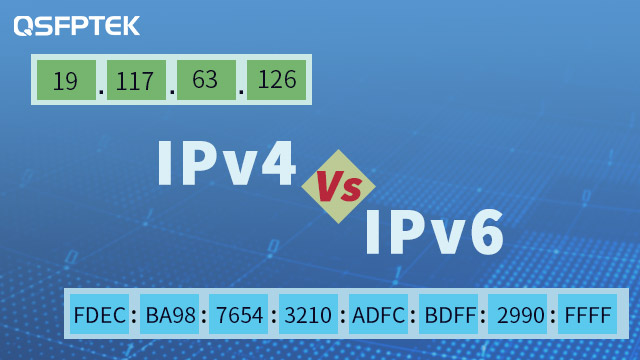 Why Is IPv6 Better Than IPv4
Why Is IPv6 Better Than IPv4There are two versions of IP in use there, IPv4 and IPv6. What are the major differences between IPv4 and IPv6? IPv4 vs IPv6, which is better? When will ipv6 replace ipv4? Find the answers in the paper.
Why Is IPv6 Better Than IPv4
Why Is IPv6 Better Than IPv4There are two versions of IP in use there, IPv4 and IPv6. What are the major differences between IPv4 and IPv6? IPv4 vs IPv6, which is better? When will ipv6 replace ipv4? Find the answers in the paper. -
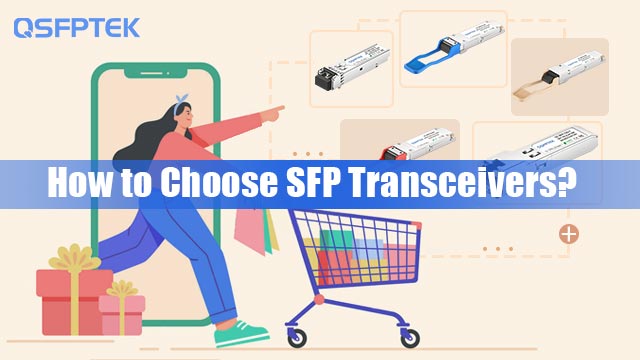 2023 Best SFP Transceiver Buying Guide
2023 Best SFP Transceiver Buying GuideAre you searching for SFP transceivers online and feeling lost in making decisions? Following this SFP buying guide, then your options will slowly narrow down.
2023 Best SFP Transceiver Buying Guide
2023 Best SFP Transceiver Buying GuideAre you searching for SFP transceivers online and feeling lost in making decisions? Following this SFP buying guide, then your options will slowly narrow down. -
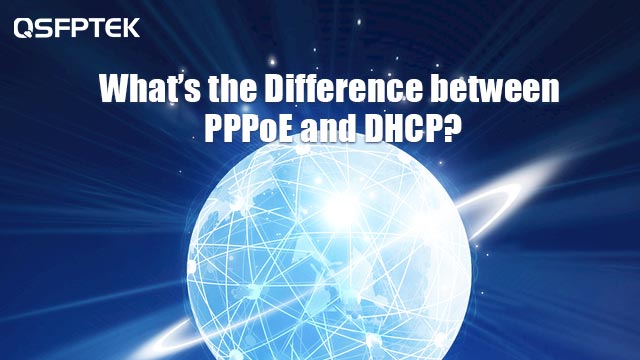 PPPoE VS DHCP: What is the Difference
PPPoE VS DHCP: What is the DifferenceThis article introduces you to the difference between PPPoE and DHCP, which are two different Internet connection protocols. The main difference lies in the way IP addresses are assigned, which will be explained in detail in the article.
PPPoE VS DHCP: What is the Difference
PPPoE VS DHCP: What is the DifferenceThis article introduces you to the difference between PPPoE and DHCP, which are two different Internet connection protocols. The main difference lies in the way IP addresses are assigned, which will be explained in detail in the article. -
 OSI vs TCP/IP Model | Which One is Better
OSI vs TCP/IP Model | Which One is BetterBoth OSI and TCP/IP are two most widely spread internet models. What are the layers of TCP/IP and OSI models? What are the differences between OSI and TCP/IP models? OSI versus TCP/IP, which one is more promising for today and future use? Find the answers in the following.
OSI vs TCP/IP Model | Which One is Better
OSI vs TCP/IP Model | Which One is BetterBoth OSI and TCP/IP are two most widely spread internet models. What are the layers of TCP/IP and OSI models? What are the differences between OSI and TCP/IP models? OSI versus TCP/IP, which one is more promising for today and future use? Find the answers in the following. -
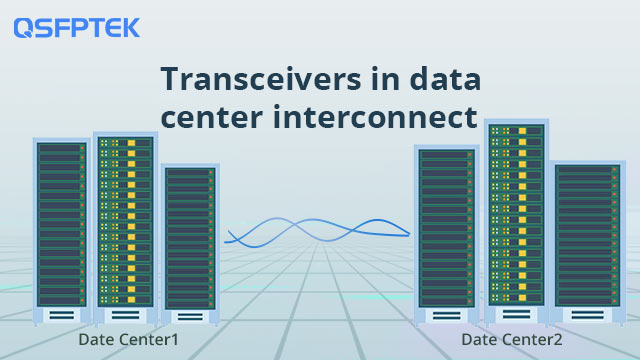 How Transceivers Enable Data Center Interconnect?
How Transceivers Enable Data Center Interconnect?In 2022, the demand for cloud services will explode, and the capacity, cost of data center interconnection will become several key points. Optical modules play a linking role in data centers, and we will introduce them in detail.
How Transceivers Enable Data Center Interconnect?
How Transceivers Enable Data Center Interconnect?In 2022, the demand for cloud services will explode, and the capacity, cost of data center interconnection will become several key points. Optical modules play a linking role in data centers, and we will introduce them in detail. -
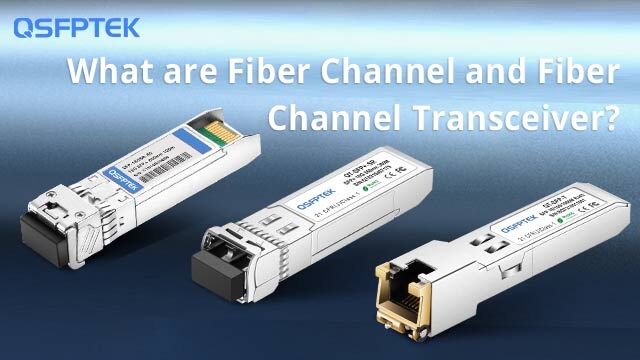 What are Fiber Channel and Fiber Channel Transceiver?
What are Fiber Channel and Fiber Channel Transceiver?There are two kinds of common modules including Fiber Channel modules and Ethernet modules, do you know what is the difference between the two and where we should use Fibre Channel modules, this article will give you a better understanding of Fibre Channel modules.
What are Fiber Channel and Fiber Channel Transceiver?
What are Fiber Channel and Fiber Channel Transceiver?There are two kinds of common modules including Fiber Channel modules and Ethernet modules, do you know what is the difference between the two and where we should use Fibre Channel modules, this article will give you a better understanding of Fibre Channel modules. -
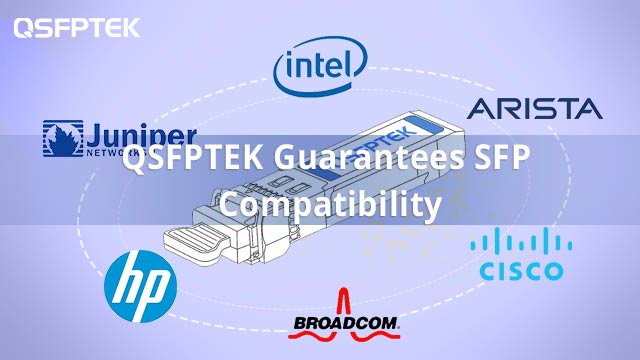 How QSFPTEK Guarantees SFP Compatibility
How QSFPTEK Guarantees SFP CompatibilityWhat is optical SFP compatibility? Does compatibility matter to optical modules? Should I buy 3rd party SFP or OEM SFP? How to choose a trusted SFP manufacturer. Find the answers in the following paper.
How QSFPTEK Guarantees SFP Compatibility
How QSFPTEK Guarantees SFP CompatibilityWhat is optical SFP compatibility? Does compatibility matter to optical modules? Should I buy 3rd party SFP or OEM SFP? How to choose a trusted SFP manufacturer. Find the answers in the following paper. -
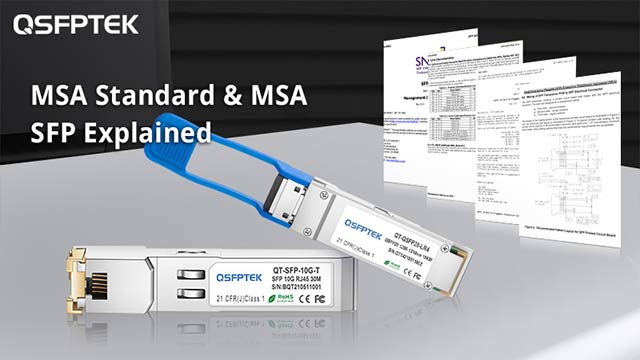 What are MSA Standard and MSA SFP?
What are MSA Standard and MSA SFP?MSA is an agreement by multiple industry manufacturers to make products from different vendors with interoperability and interchangeability. An MSA SFP is an affordable equivalent to a premium OEM brand.
What are MSA Standard and MSA SFP?
What are MSA Standard and MSA SFP?MSA is an agreement by multiple industry manufacturers to make products from different vendors with interoperability and interchangeability. An MSA SFP is an affordable equivalent to a premium OEM brand. -
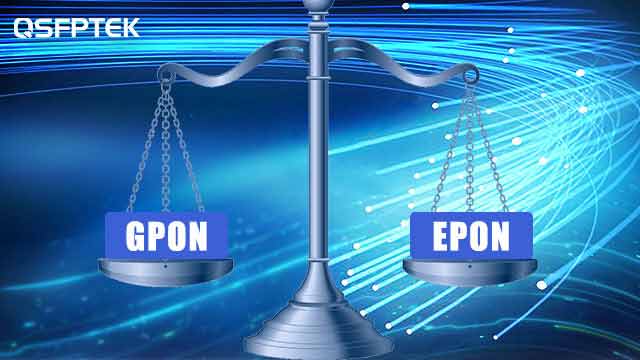 GPON vs EPON Technology in FTTH Network
GPON vs EPON Technology in FTTH NetworkGPON vs EPON, what is the difference? This post introduces GPON and EPON and compares them in background, bandwidth, optical split ratio, versatility, etc.
GPON vs EPON Technology in FTTH Network
GPON vs EPON Technology in FTTH NetworkGPON vs EPON, what is the difference? This post introduces GPON and EPON and compares them in background, bandwidth, optical split ratio, versatility, etc. -
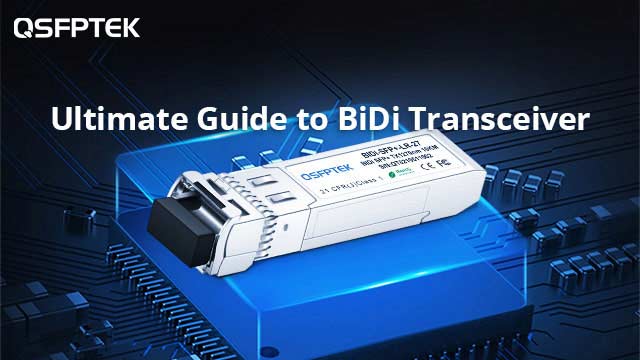 What Is a BiDi Transceiver? The Ultimate Guide
What Is a BiDi Transceiver? The Ultimate GuideWhat is BiDi? How does the BiDi transceiver work? What are the benefits of BiDi transceivers? How to choose a BiDi fiber for BiDi networks? What are the popular BiDi transceiver types? Find answers in the below paper.
What Is a BiDi Transceiver? The Ultimate Guide
What Is a BiDi Transceiver? The Ultimate GuideWhat is BiDi? How does the BiDi transceiver work? What are the benefits of BiDi transceivers? How to choose a BiDi fiber for BiDi networks? What are the popular BiDi transceiver types? Find answers in the below paper. -
 Passive Optical Network Guide
Passive Optical Network GuideWe know that the PON system includes OLT and ONU units. The OLT is located in the central office, and the ONU unit is near the end-user. Besides these two, there is an ODN in this system to connect the ONU unit and the OLT. PON network is currently a solution that can save a lot of costs for operators. This article will introduce the PON network in detail.
Passive Optical Network Guide
Passive Optical Network GuideWe know that the PON system includes OLT and ONU units. The OLT is located in the central office, and the ONU unit is near the end-user. Besides these two, there is an ODN in this system to connect the ONU unit and the OLT. PON network is currently a solution that can save a lot of costs for operators. This article will introduce the PON network in detail. -
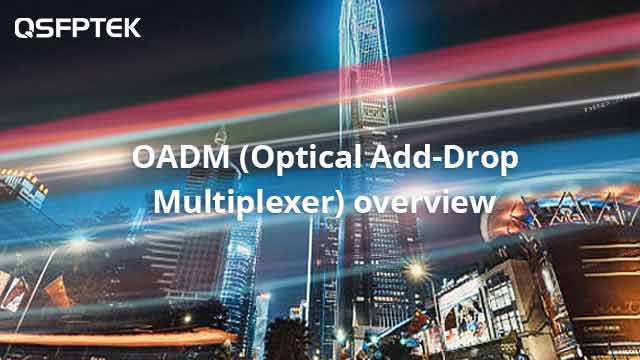 Understanding OADM: Optical Add-Drop Multiplexer Overview
Understanding OADM: Optical Add-Drop Multiplexer OverviewOADM, a device that can download and upload optical signals of specific bands from the trunk optical cable. This article will be detailed tell you what it is.
Understanding OADM: Optical Add-Drop Multiplexer Overview
Understanding OADM: Optical Add-Drop Multiplexer OverviewOADM, a device that can download and upload optical signals of specific bands from the trunk optical cable. This article will be detailed tell you what it is. -
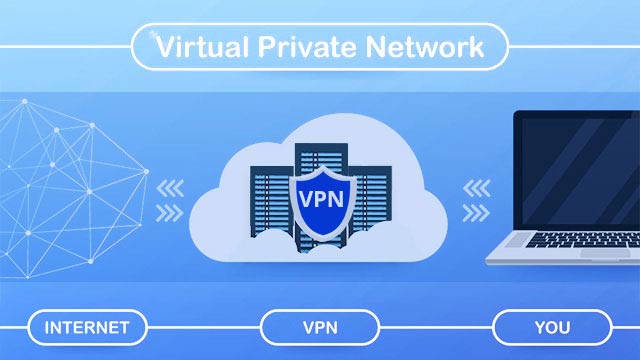 What is a VPN Router in a Virtual Private Network?
What is a VPN Router in a Virtual Private Network?What is a VPN router? What to consider when buying the best VPN router for your business? How to set up a VPN on the router? Find clues in this post.
What is a VPN Router in a Virtual Private Network?
What is a VPN Router in a Virtual Private Network?What is a VPN router? What to consider when buying the best VPN router for your business? How to set up a VPN on the router? Find clues in this post. -
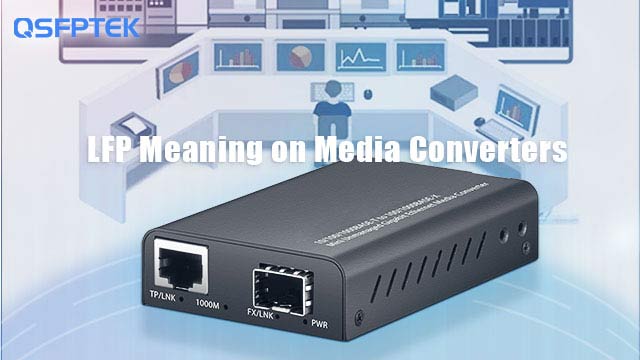 Why does LFP (Link Fault Pass-Through) Matter on Ethernet Media Converter?
Why does LFP (Link Fault Pass-Through) Matter on Ethernet Media Converter?What does LFP mean? What effects does it generate on media converters? What is terminology such as FEF, Loopback, ALS? Any solutions for reference to choosing matching media converters for my use scenarios?
Why does LFP (Link Fault Pass-Through) Matter on Ethernet Media Converter?
Why does LFP (Link Fault Pass-Through) Matter on Ethernet Media Converter?What does LFP mean? What effects does it generate on media converters? What is terminology such as FEF, Loopback, ALS? Any solutions for reference to choosing matching media converters for my use scenarios? -
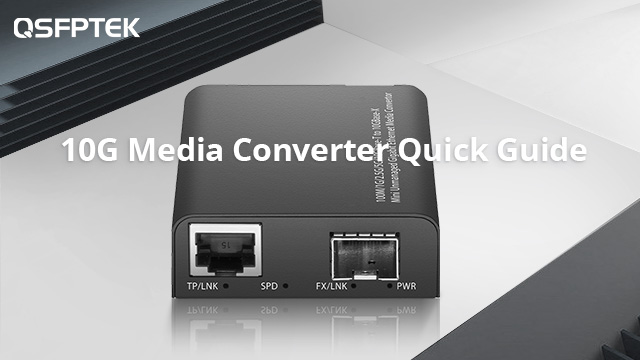 10G Media Converter Quick Guide
10G Media Converter Quick GuideWhen you want to extend the network transmission distance or do optical signal mode conversion, you need an Ethernet switch or 10G media converter. This article will quickly guide you through 10G fiber optic media converters.
10G Media Converter Quick Guide
10G Media Converter Quick GuideWhen you want to extend the network transmission distance or do optical signal mode conversion, you need an Ethernet switch or 10G media converter. This article will quickly guide you through 10G fiber optic media converters. -
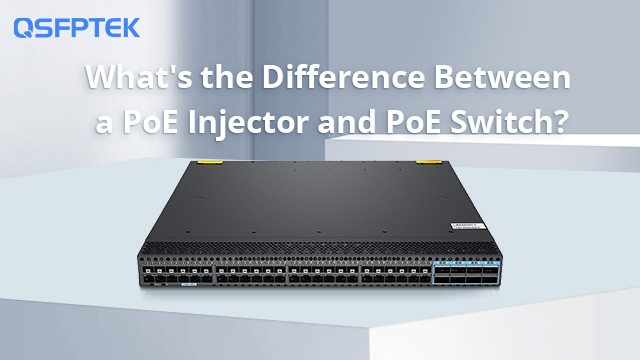 PoE Injector vs. PoE Switch, What's the Difference?
PoE Injector vs. PoE Switch, What's the Difference?PoE means Power over Ethernet plays an essential role in wireless network technology, so do you know what is PoE switch vs PoE injector, usually we use a PoE switch to build a wireless network, then do you know why not use a PoE injector to build a wireless network, this article will show you.
PoE Injector vs. PoE Switch, What's the Difference?
PoE Injector vs. PoE Switch, What's the Difference?PoE means Power over Ethernet plays an essential role in wireless network technology, so do you know what is PoE switch vs PoE injector, usually we use a PoE switch to build a wireless network, then do you know why not use a PoE injector to build a wireless network, this article will show you. -
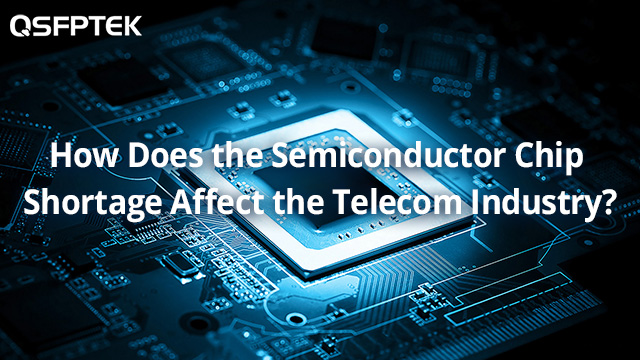 How Does the Semiconductor Chip Shortage Affect the Telecom Industry?
How Does the Semiconductor Chip Shortage Affect the Telecom Industry?The shortage of semiconductor chips has an impact on many industries, do you know what impact this crisis has had on the telecommunications industry and the photonics industry, how should we face it, when will this all end?
How Does the Semiconductor Chip Shortage Affect the Telecom Industry?
How Does the Semiconductor Chip Shortage Affect the Telecom Industry?The shortage of semiconductor chips has an impact on many industries, do you know what impact this crisis has had on the telecommunications industry and the photonics industry, how should we face it, when will this all end? -
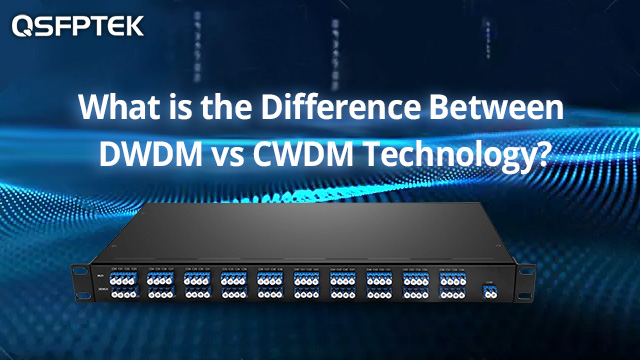 What is the Difference Between DWDM vs CWDM Technology?
What is the Difference Between DWDM vs CWDM Technology?With the development of optical fiber transmission technology, the current Wavelength Division Multiplexing(WDM) technology has developed two main technologies, Coarse Wavelength Division Multiplexing (CWDM) and Dense Wavelength Division Multiplexing (DWDM). This article will compare the two technologies in detail.
What is the Difference Between DWDM vs CWDM Technology?
What is the Difference Between DWDM vs CWDM Technology?With the development of optical fiber transmission technology, the current Wavelength Division Multiplexing(WDM) technology has developed two main technologies, Coarse Wavelength Division Multiplexing (CWDM) and Dense Wavelength Division Multiplexing (DWDM). This article will compare the two technologies in detail. -
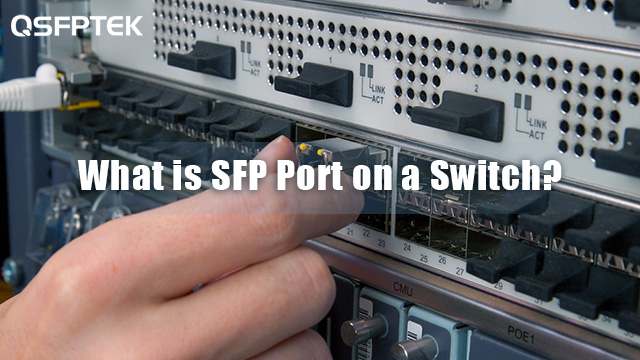 What is SFP Port on a Switch? SFP Meaning Explained
What is SFP Port on a Switch? SFP Meaning ExplainedLearn what an SFP port (SFP slot or SFP interface) is, how it works on a switch, and its role in networking. Discover the benefits of small form-factor pluggable (SFP) slots for fiber and copper connections.
What is SFP Port on a Switch? SFP Meaning Explained
What is SFP Port on a Switch? SFP Meaning ExplainedLearn what an SFP port (SFP slot or SFP interface) is, how it works on a switch, and its role in networking. Discover the benefits of small form-factor pluggable (SFP) slots for fiber and copper connections. -
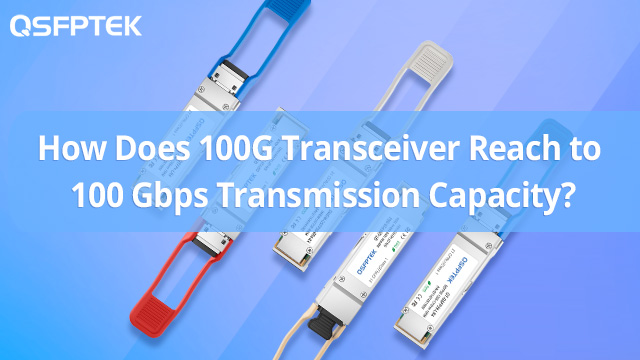 How Does 100G Transceiver Reach to 100 Gbps Transmission Capacity?
How Does 100G Transceiver Reach to 100 Gbps Transmission Capacity?QSFPTEK provides a variety of different compatible 100G transceivers, we have a series of 100G transceivers including 100G SR4, 100G PSM4, 100G CWDM4, 100G LR4, and 100G ER4 modules. Do you know what the characteristics of these 100G transceivers are?
How Does 100G Transceiver Reach to 100 Gbps Transmission Capacity?
How Does 100G Transceiver Reach to 100 Gbps Transmission Capacity?QSFPTEK provides a variety of different compatible 100G transceivers, we have a series of 100G transceivers including 100G SR4, 100G PSM4, 100G CWDM4, 100G LR4, and 100G ER4 modules. Do you know what the characteristics of these 100G transceivers are? -
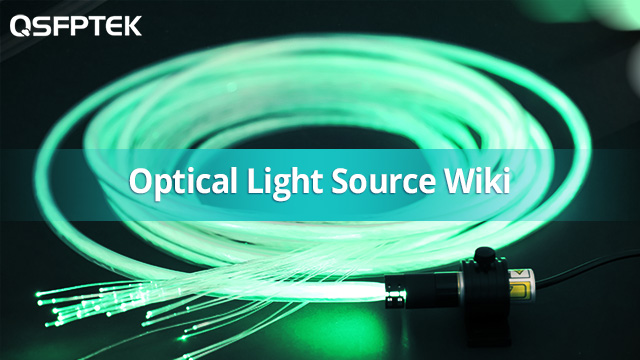 Optical Light Source Wiki: Comprehensive Introduction of LED vs Laser Diode
Optical Light Source Wiki: Comprehensive Introduction of LED vs Laser DiodeThere are two types of semiconductor light optical sources: Laser and LED. We will discuss laser vs LED in this post. This article will show you how LED and laser are different in speed, transmitting distance, cost, and structure. Everything you want to know about laser and LED light sources can get viewed here.
Optical Light Source Wiki: Comprehensive Introduction of LED vs Laser Diode
Optical Light Source Wiki: Comprehensive Introduction of LED vs Laser DiodeThere are two types of semiconductor light optical sources: Laser and LED. We will discuss laser vs LED in this post. This article will show you how LED and laser are different in speed, transmitting distance, cost, and structure. Everything you want to know about laser and LED light sources can get viewed here. -
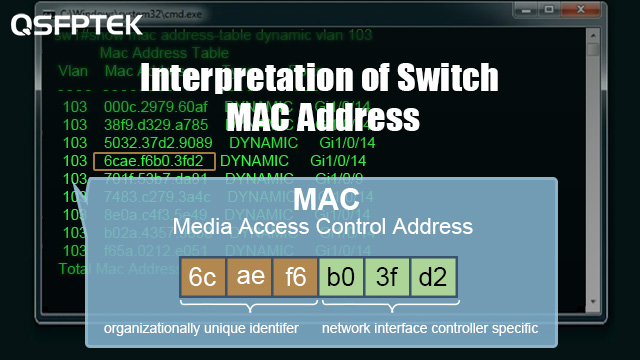 What is MAC Address and Switch MAC Address FAQs
What is MAC Address and Switch MAC Address FAQsWhat is MAC address in networking?MAC address vs IP address, what’s the difference? How does a switch learn MAC addresses? How to find switch MAC address? Find answers in this post.
What is MAC Address and Switch MAC Address FAQs
What is MAC Address and Switch MAC Address FAQsWhat is MAC address in networking?MAC address vs IP address, what’s the difference? How does a switch learn MAC addresses? How to find switch MAC address? Find answers in this post. -
 What Is Chromatic Dispersion and Compensation?
What Is Chromatic Dispersion and Compensation?Chromatic dispersion is an essential factor in transmission systems. This article will tell you what chromatic dispersion is, what types of chromatic dispersion are, and how to perform chromatic dispersion compensation.
What Is Chromatic Dispersion and Compensation?
What Is Chromatic Dispersion and Compensation?Chromatic dispersion is an essential factor in transmission systems. This article will tell you what chromatic dispersion is, what types of chromatic dispersion are, and how to perform chromatic dispersion compensation. -
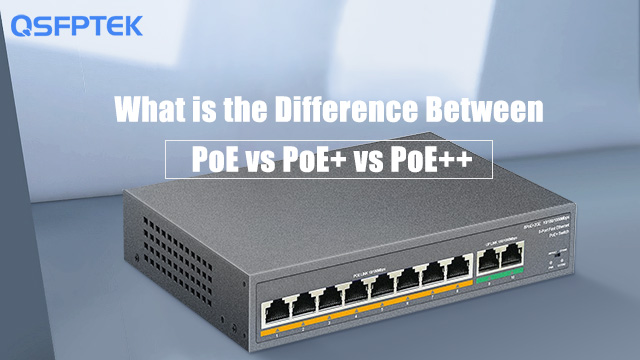 What is the Difference Between PoE vs PoE+ vs PoE++
What is the Difference Between PoE vs PoE+ vs PoE++There are three common PoE switches in the market, PoE vs PoE+ vs PoE++, do you know the differences between them? What are they used for? This article will tell you in detail what they are and what their differences are.
What is the Difference Between PoE vs PoE+ vs PoE++
What is the Difference Between PoE vs PoE+ vs PoE++There are three common PoE switches in the market, PoE vs PoE+ vs PoE++, do you know the differences between them? What are they used for? This article will tell you in detail what they are and what their differences are. -
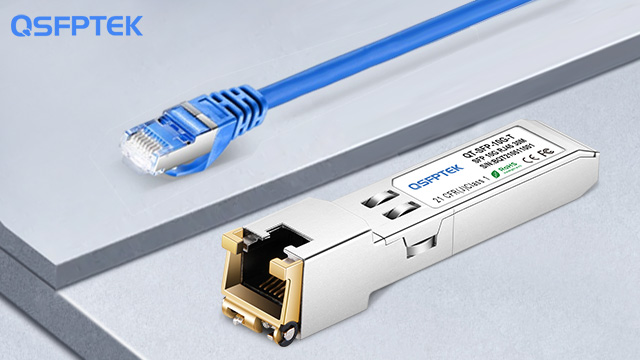 10GBASE-T Ultimate Guide - Introduction, Cable, Pros and Cons
10GBASE-T Ultimate Guide - Introduction, Cable, Pros and Cons10GBASE-T is designed for use over UTP copper lines for distances of up to 100m. This post will introduce 10GBASE-T in detail, including how it works, the history of development, advantages, challenges, and discuss what cable is more suitable for it.
10GBASE-T Ultimate Guide - Introduction, Cable, Pros and Cons
10GBASE-T Ultimate Guide - Introduction, Cable, Pros and Cons10GBASE-T is designed for use over UTP copper lines for distances of up to 100m. This post will introduce 10GBASE-T in detail, including how it works, the history of development, advantages, challenges, and discuss what cable is more suitable for it. -
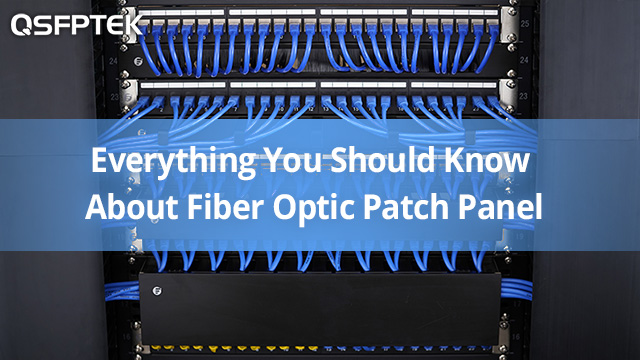 What is Fiber Optic Patch Panel, How to Choose it?
What is Fiber Optic Patch Panel, How to Choose it?Fiber optical patch panels can help data center management cables. Do you know which types are available? What are their functions? This article will show you.
What is Fiber Optic Patch Panel, How to Choose it?
What is Fiber Optic Patch Panel, How to Choose it?Fiber optical patch panels can help data center management cables. Do you know which types are available? What are their functions? This article will show you. -
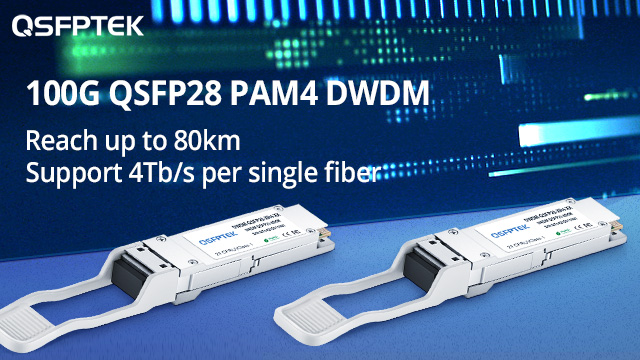 What is QSFPTEK 100G QSFP28 PAM4 DWDM Transceiver?
What is QSFPTEK 100G QSFP28 PAM4 DWDM Transceiver?Utilizing advanced PAM4 modulation, QSFP28 100G PAM4 DWDM transceiver supports up to 4Tb/s of bandwidth over a single fiber and the transmission distance allows for up to 80km. In this blog, the PAM4 technology, and 100G QSFP28 PAM4 DWDM optical transceiver will be introduced in detail.
What is QSFPTEK 100G QSFP28 PAM4 DWDM Transceiver?
What is QSFPTEK 100G QSFP28 PAM4 DWDM Transceiver?Utilizing advanced PAM4 modulation, QSFP28 100G PAM4 DWDM transceiver supports up to 4Tb/s of bandwidth over a single fiber and the transmission distance allows for up to 80km. In this blog, the PAM4 technology, and 100G QSFP28 PAM4 DWDM optical transceiver will be introduced in detail. -
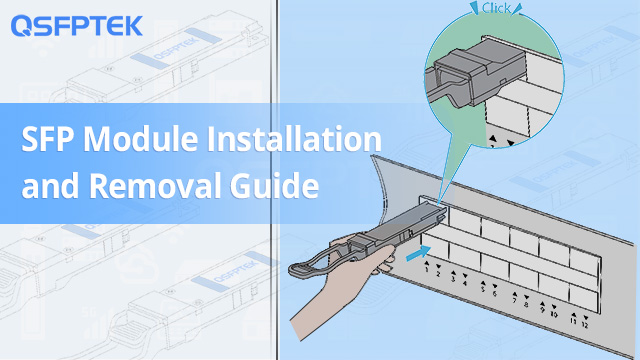 SFP Module Installation and Removal Guide
SFP Module Installation and Removal GuideWhen using the SFP module, you need to follow the correct steps strictly. The wrong operation will reduce the service life of the modules. This article will tell you how to install and remove the SFP transceiver.
SFP Module Installation and Removal Guide
SFP Module Installation and Removal GuideWhen using the SFP module, you need to follow the correct steps strictly. The wrong operation will reduce the service life of the modules. This article will tell you how to install and remove the SFP transceiver. -
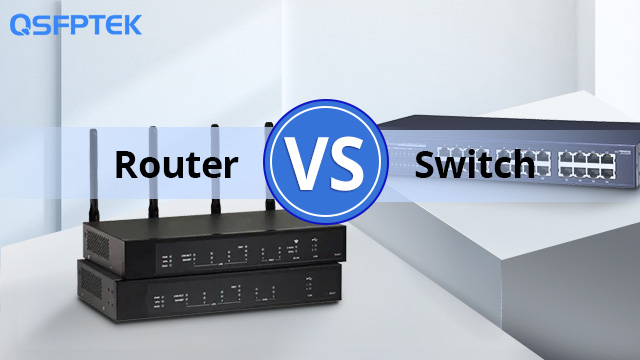 Ethernet Switch vs Router: Function, Differences, Replaceable
Ethernet Switch vs Router: Function, Differences, ReplaceableBoth Ethernet switches and routers are indispensable devices for Ethernet networks. Though the switch and router look similar, they perform different functions in networks. This article will introduce the Ethernet routers and switches in detail, including their definition, functions, how they work, and the differences between switches and routers. Moreover, you may be in doubt about the questions like if a router can be used as a switch, or if the layer 3 switch can replace the router, this article will give the answers.
Ethernet Switch vs Router: Function, Differences, Replaceable
Ethernet Switch vs Router: Function, Differences, ReplaceableBoth Ethernet switches and routers are indispensable devices for Ethernet networks. Though the switch and router look similar, they perform different functions in networks. This article will introduce the Ethernet routers and switches in detail, including their definition, functions, how they work, and the differences between switches and routers. Moreover, you may be in doubt about the questions like if a router can be used as a switch, or if the layer 3 switch can replace the router, this article will give the answers. -
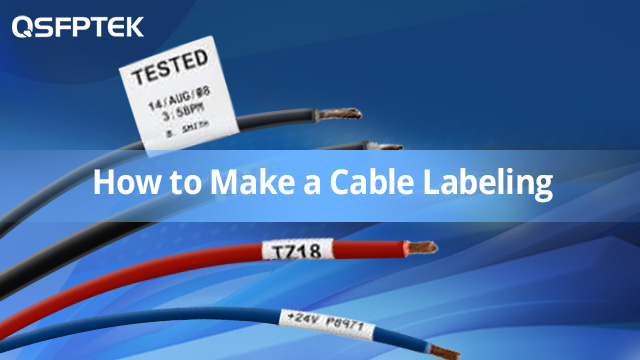 How to Make a Cable Labeling
How to Make a Cable LabelingWhen we build a complete cabling system, the cable label tags are indispensable. How to install the cable tag correctly and what are the standards when installing the label? This article will show you.
How to Make a Cable Labeling
How to Make a Cable LabelingWhen we build a complete cabling system, the cable label tags are indispensable. How to install the cable tag correctly and what are the standards when installing the label? This article will show you. -
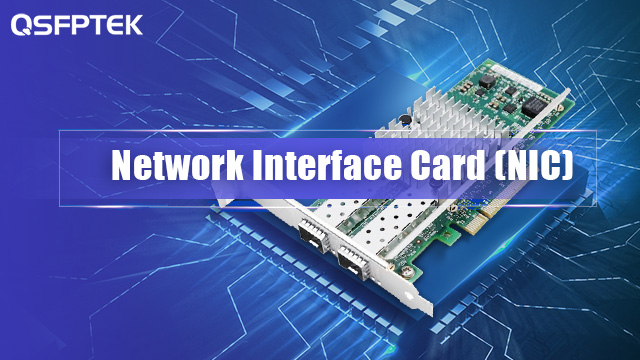 Network Interface Card (NIC) Guide - Definition, Types and Functions
Network Interface Card (NIC) Guide - Definition, Types and FunctionsThe Network interface card (NIC), also known as network adapter card or network interface controller. This NIC guide will explains the network interface card definition, functions, and different types, what it is used for, and how it works.
Network Interface Card (NIC) Guide - Definition, Types and Functions
Network Interface Card (NIC) Guide - Definition, Types and FunctionsThe Network interface card (NIC), also known as network adapter card or network interface controller. This NIC guide will explains the network interface card definition, functions, and different types, what it is used for, and how it works. -
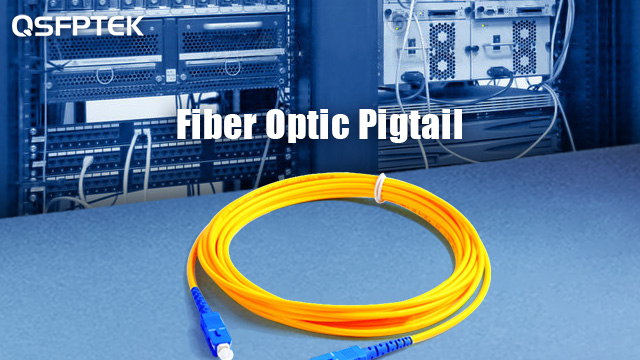 Comprehensive Fiber Optic Pigtail Wiki and Guidance
Comprehensive Fiber Optic Pigtail Wiki and GuidanceThere is some loss and attenuation while building an optic fiber system. Correct fiber optic pigtail splicing will bring lower loss and attenuation to the optical fiber system, and bring better performance.
Comprehensive Fiber Optic Pigtail Wiki and Guidance
Comprehensive Fiber Optic Pigtail Wiki and GuidanceThere is some loss and attenuation while building an optic fiber system. Correct fiber optic pigtail splicing will bring lower loss and attenuation to the optical fiber system, and bring better performance. -
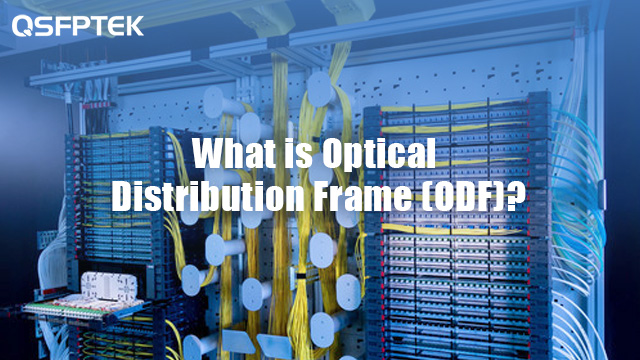 What is Optical Distribution Frame (ODF)?
What is Optical Distribution Frame (ODF)?Optical Distribution Frame (ODF) is a critical component in modern fiber networks, essential for managing and organizing fiber optic cables in FTTx deployments. This article serves as a comprehensive guide to understanding ODFs, their types, functions, and how to choose the right one for current needs and future scalability.
What is Optical Distribution Frame (ODF)?
What is Optical Distribution Frame (ODF)?Optical Distribution Frame (ODF) is a critical component in modern fiber networks, essential for managing and organizing fiber optic cables in FTTx deployments. This article serves as a comprehensive guide to understanding ODFs, their types, functions, and how to choose the right one for current needs and future scalability. -
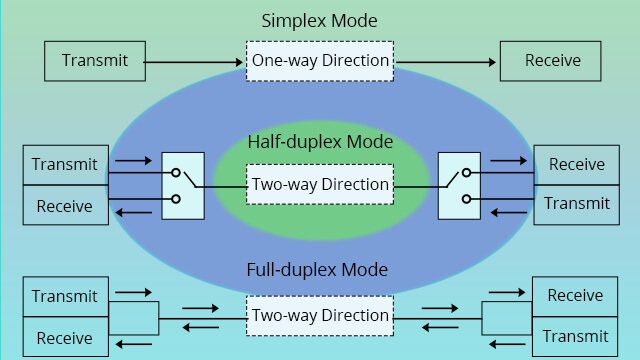 Half-duplex vs Full-duplex vs Simplex Transmission Mode
Half-duplex vs Full-duplex vs Simplex Transmission ModeTransmission mode, also known as a communication mode, means transmission data between two devices. There are 3 modes of data transmission, simplex, half-duplex, and full-duplex modes of communication. What are they? What are the differences between them? How to buy simplex and duplex fiber optic patch cable? You will find the answers in this post.
Half-duplex vs Full-duplex vs Simplex Transmission Mode
Half-duplex vs Full-duplex vs Simplex Transmission ModeTransmission mode, also known as a communication mode, means transmission data between two devices. There are 3 modes of data transmission, simplex, half-duplex, and full-duplex modes of communication. What are they? What are the differences between them? How to buy simplex and duplex fiber optic patch cable? You will find the answers in this post. -
 What is IP Address and Subnet Mask?
What is IP Address and Subnet Mask?This article will introduce you what is ip address and subnet mask. You can learn how to subnet on this page. Let's get started.
What is IP Address and Subnet Mask?
What is IP Address and Subnet Mask?This article will introduce you what is ip address and subnet mask. You can learn how to subnet on this page. Let's get started. -
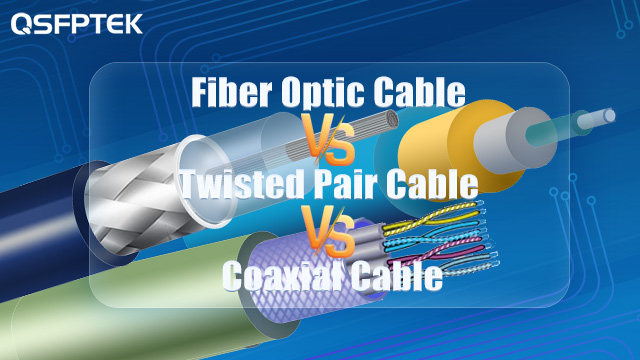 Fiber Optic Cable vs Twisted Pair Cable vs Coaxial Cable Guidance
Fiber Optic Cable vs Twisted Pair Cable vs Coaxial Cable GuidanceFiber optic cable vs Twisted pair cable vs Coaxial Cable, do you know the difference? The three cables are different in cable construction, performance, and capacity. This article will make a comparison in detail.
Fiber Optic Cable vs Twisted Pair Cable vs Coaxial Cable Guidance
Fiber Optic Cable vs Twisted Pair Cable vs Coaxial Cable GuidanceFiber optic cable vs Twisted pair cable vs Coaxial Cable, do you know the difference? The three cables are different in cable construction, performance, and capacity. This article will make a comparison in detail. -
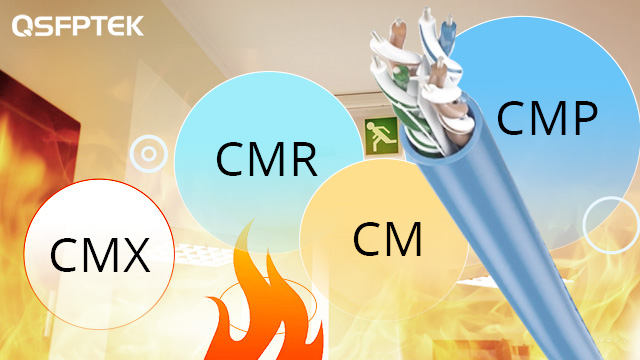 What are Ethernet Jacket and Fire Rating: CM CMR CMP CMX
What are Ethernet Jacket and Fire Rating: CM CMR CMP CMXThe wiring installers must take the fire rating of jacket material into consideration for different wiring projects. CM CMR CMP CMX are four common Ethernet jacket materials. How to sort their fire ratings, let us find out below.
What are Ethernet Jacket and Fire Rating: CM CMR CMP CMX
What are Ethernet Jacket and Fire Rating: CM CMR CMP CMXThe wiring installers must take the fire rating of jacket material into consideration for different wiring projects. CM CMR CMP CMX are four common Ethernet jacket materials. How to sort their fire ratings, let us find out below. -
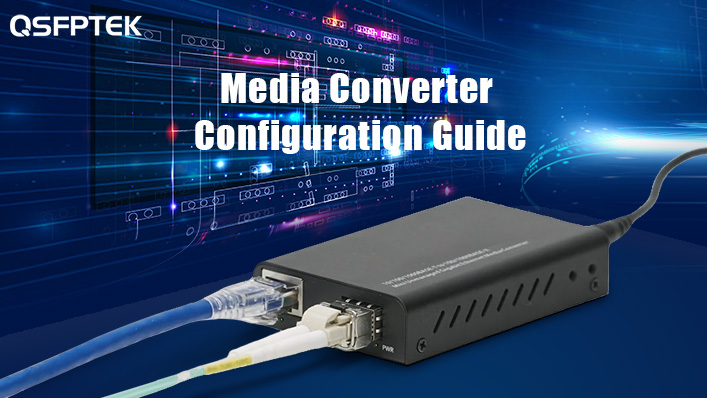 How to Configure a Media Converter?
How to Configure a Media Converter?What does a media converter do? Media converter is considered a cost-effective way to extend Ethernet networks' distance beyond unshielded twisted-pair copper cable limits with improved bandwidth and security. What is a media converter? How to configure it? What should be noted when configuring? These questions may bother you. Read this article, you will get a clear and comprehensive understanding of the media converter.
How to Configure a Media Converter?
How to Configure a Media Converter?What does a media converter do? Media converter is considered a cost-effective way to extend Ethernet networks' distance beyond unshielded twisted-pair copper cable limits with improved bandwidth and security. What is a media converter? How to configure it? What should be noted when configuring? These questions may bother you. Read this article, you will get a clear and comprehensive understanding of the media converter. -
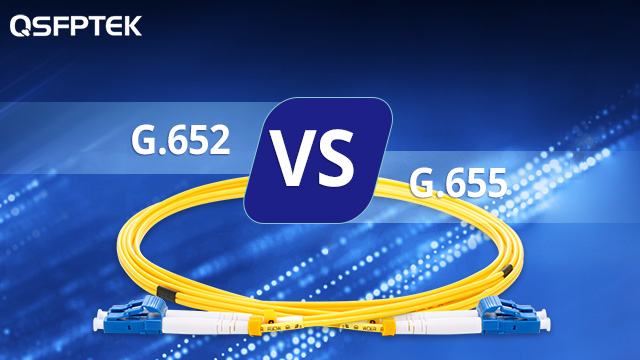 Comparison of Single Mode Fiber G.652 VS G.655
Comparison of Single Mode Fiber G.652 VS G.655Singlemode fiber is a medium to transmit a single mode of light simultaneously. This article will focus on the simpler ITU-T G.65x, and introduce G.652 and G.655. Do you know the difference between them, and how to choose?
Comparison of Single Mode Fiber G.652 VS G.655
Comparison of Single Mode Fiber G.652 VS G.655Singlemode fiber is a medium to transmit a single mode of light simultaneously. This article will focus on the simpler ITU-T G.65x, and introduce G.652 and G.655. Do you know the difference between them, and how to choose? -
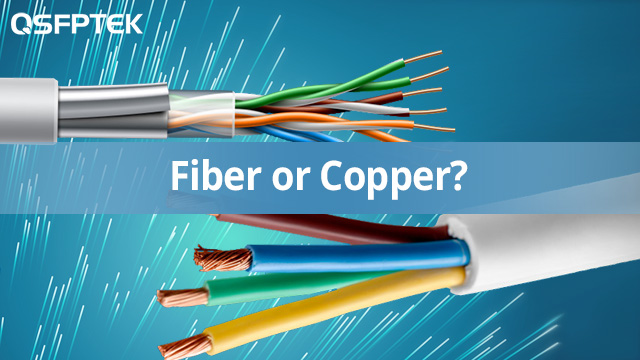 Fiber vs Copper: Advantages and Disadvantages
Fiber vs Copper: Advantages and DisadvantagesBoth fiber optic cable and copper cable are common communication mediums. What are the advantages of fiber optic cable? Does copper wire have advantages over fiber optics? The article will introduce the fibre optic pros and cons at length and help you make a decision when you are on the fence between copper and fiber optic cables.
Fiber vs Copper: Advantages and Disadvantages
Fiber vs Copper: Advantages and DisadvantagesBoth fiber optic cable and copper cable are common communication mediums. What are the advantages of fiber optic cable? Does copper wire have advantages over fiber optics? The article will introduce the fibre optic pros and cons at length and help you make a decision when you are on the fence between copper and fiber optic cables. -
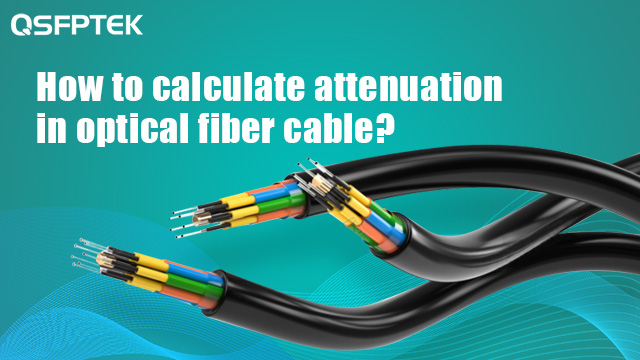 How to Calculate Attenuation in Optical Fiber Cables?
How to Calculate Attenuation in Optical Fiber Cables?Before laying the optical cable, the engineer will design a detailed transmission scheme of the optical fiber signal. Calculating and measuring the actual loss and signal-to-noise ratio of the optical fiber are the key points in the design. This article will tell you how to calculate the theoretical attenuation of optical cable and briefly explain the concept of signal-to-noise ratio.
How to Calculate Attenuation in Optical Fiber Cables?
How to Calculate Attenuation in Optical Fiber Cables?Before laying the optical cable, the engineer will design a detailed transmission scheme of the optical fiber signal. Calculating and measuring the actual loss and signal-to-noise ratio of the optical fiber are the key points in the design. This article will tell you how to calculate the theoretical attenuation of optical cable and briefly explain the concept of signal-to-noise ratio. -
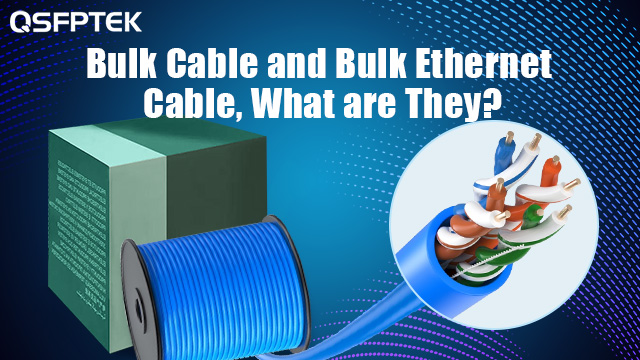 What Are Bulk Cable and Bulk Ethernet Cable?
What Are Bulk Cable and Bulk Ethernet Cable?What is bulk cable, or bulk Ethernet cable? what makes bulk Ethernet cable different? This post will answer those questions and more.
What Are Bulk Cable and Bulk Ethernet Cable?
What Are Bulk Cable and Bulk Ethernet Cable?What is bulk cable, or bulk Ethernet cable? what makes bulk Ethernet cable different? This post will answer those questions and more. -
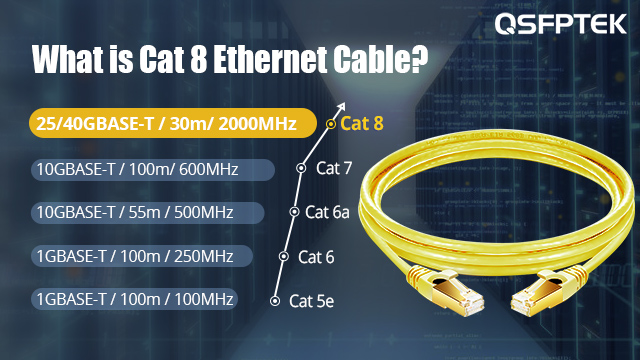 Cat 8 Ethernet Cable Wiki with FAQs
Cat 8 Ethernet Cable Wiki with FAQsCat 8 Ethernet cable is the latest iteration of the Ethernet cabling standard to bring 25G/40G high-speed capability. Read this post for Cat 8 wiki and FAQs.
Cat 8 Ethernet Cable Wiki with FAQs
Cat 8 Ethernet Cable Wiki with FAQsCat 8 Ethernet cable is the latest iteration of the Ethernet cabling standard to bring 25G/40G high-speed capability. Read this post for Cat 8 wiki and FAQs. -
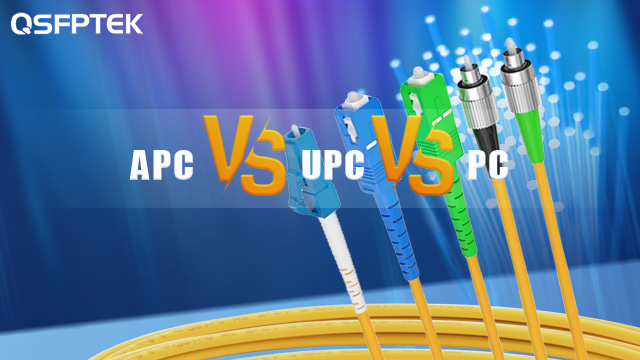 APC, UPC, PC Fiber Connector Types Comparison and Selection
APC, UPC, PC Fiber Connector Types Comparison and SelectionAPC, UPC, and PC connectors define different shapes of fiber connector end faces. Either of them is physical contact fiber connectors. What are the differences between APC, UPC, PC? How to distinguish them? How to choose between them? This post will tell.
APC, UPC, PC Fiber Connector Types Comparison and Selection
APC, UPC, PC Fiber Connector Types Comparison and SelectionAPC, UPC, and PC connectors define different shapes of fiber connector end faces. Either of them is physical contact fiber connectors. What are the differences between APC, UPC, PC? How to distinguish them? How to choose between them? This post will tell. -
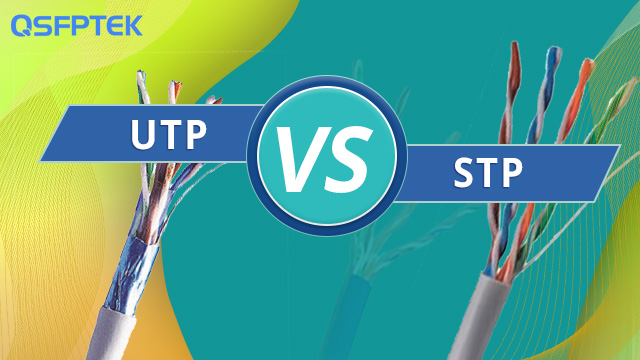 UTP vs STP Cable Wiki and Guide
UTP vs STP Cable Wiki and GuideUTP and STP cables are two different transmission mediums, but they are all deployed in the data center to ensure electronic devices connect reliably. Do you know the difference between the UTP and STP cable?
UTP vs STP Cable Wiki and Guide
UTP vs STP Cable Wiki and GuideUTP and STP cables are two different transmission mediums, but they are all deployed in the data center to ensure electronic devices connect reliably. Do you know the difference between the UTP and STP cable? -
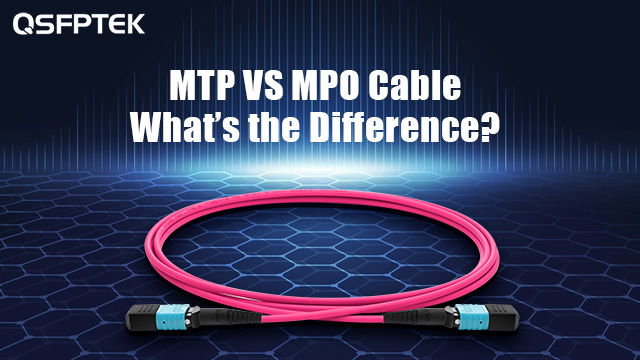 MTP VS MPO Cable, What’s the Difference?
MTP VS MPO Cable, What’s the Difference?MTP and MPO cables are widely used in high-density cabling environments. The main difference between them is their different connectors. This article will show you the differences between MTP / MPO cables from some important aspects.
MTP VS MPO Cable, What’s the Difference?
MTP VS MPO Cable, What’s the Difference?MTP and MPO cables are widely used in high-density cabling environments. The main difference between them is their different connectors. This article will show you the differences between MTP / MPO cables from some important aspects. -
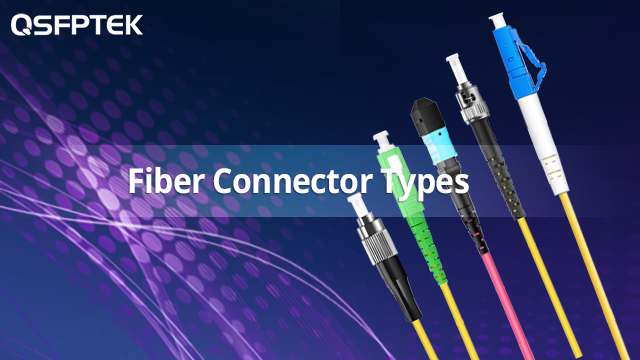 LC vs SC vs FC vs ST vs MTP vs MPO: Fiber Connector Types Comparison
LC vs SC vs FC vs ST vs MTP vs MPO: Fiber Connector Types ComparisonFiber connector types LC, SC, FC, ST, MTP, and MPO are widely used in past and present. What are the differences between them? Who is the most popular one? Find the answer in the article.
LC vs SC vs FC vs ST vs MTP vs MPO: Fiber Connector Types Comparison
LC vs SC vs FC vs ST vs MTP vs MPO: Fiber Connector Types ComparisonFiber connector types LC, SC, FC, ST, MTP, and MPO are widely used in past and present. What are the differences between them? Who is the most popular one? Find the answer in the article. -
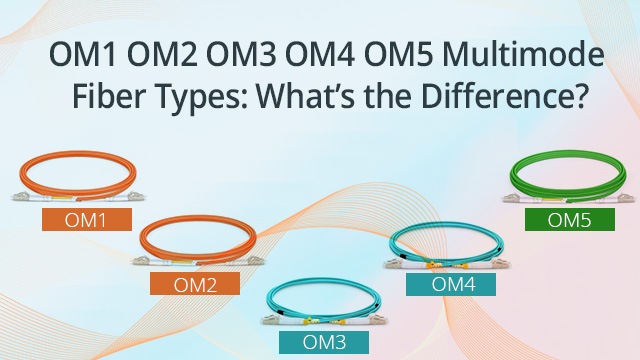 OM1 OM2 OM3 OM4 OM5 Multimode Fiber Types: What is the Difference?
OM1 OM2 OM3 OM4 OM5 Multimode Fiber Types: What is the Difference?This post is a comprehensive OM1 OM2 OM3 OM4 OM5 comparison guide, which illustrates the differences among OM1 OM2 OM3 OM4 OM5 multimode fiber types.
OM1 OM2 OM3 OM4 OM5 Multimode Fiber Types: What is the Difference?
OM1 OM2 OM3 OM4 OM5 Multimode Fiber Types: What is the Difference?This post is a comprehensive OM1 OM2 OM3 OM4 OM5 comparison guide, which illustrates the differences among OM1 OM2 OM3 OM4 OM5 multimode fiber types. -
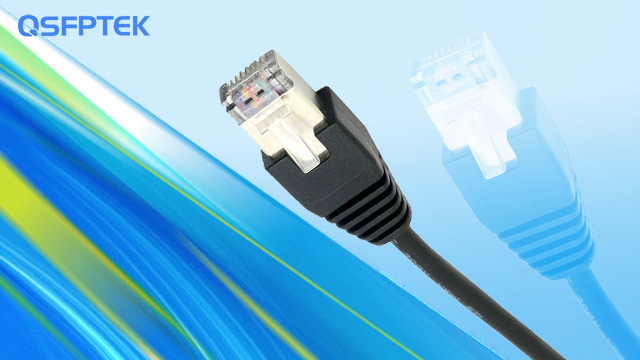 What Is an RJ45 Plug? A Comprehensive Introduction
What Is an RJ45 Plug? A Comprehensive IntroductionYou guys may have seen the RJ45 modular plug. Why do people call it rj45? What are its types? This article will explain in detail the knowledge about RJ45 plug.
What Is an RJ45 Plug? A Comprehensive Introduction
What Is an RJ45 Plug? A Comprehensive IntroductionYou guys may have seen the RJ45 modular plug. Why do people call it rj45? What are its types? This article will explain in detail the knowledge about RJ45 plug. -
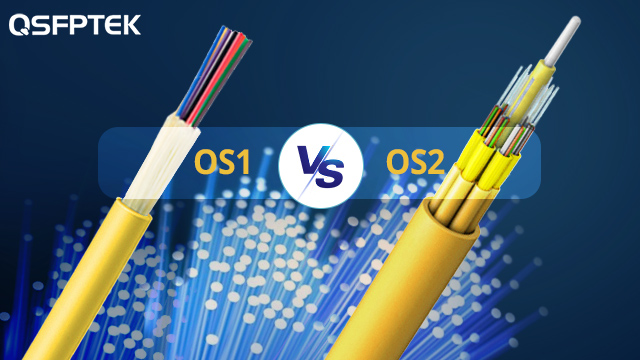 The Ultimate Guide to Choose Between OS1 and OS2
The Ultimate Guide to Choose Between OS1 and OS2What are the differences between OS1 vs OS2? How to choose between fiber OS1 vs OS2? This post will tell you about every aspect of their standard, structure, applications, specification, speed, maximum distance, attenuation, etc.
The Ultimate Guide to Choose Between OS1 and OS2
The Ultimate Guide to Choose Between OS1 and OS2What are the differences between OS1 vs OS2? How to choose between fiber OS1 vs OS2? This post will tell you about every aspect of their standard, structure, applications, specification, speed, maximum distance, attenuation, etc. -
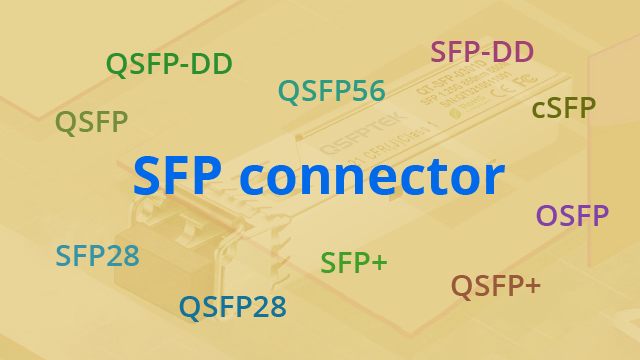 SFP Connector Types: SFP, QSFP, OSFP
SFP Connector Types: SFP, QSFP, OSFPSFP connector is the most common transceiver type in the telecom industry. What are SFP connectors & what are SFP connector types? This post is here to explain.
SFP Connector Types: SFP, QSFP, OSFP
SFP Connector Types: SFP, QSFP, OSFPSFP connector is the most common transceiver type in the telecom industry. What are SFP connectors & what are SFP connector types? This post is here to explain. -
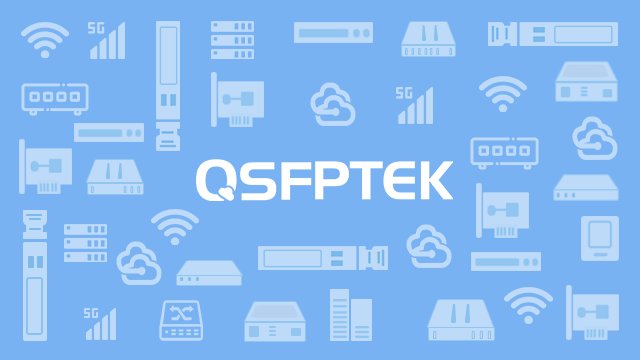 Introduction About BiDi SFP and BiDi Fiber
Introduction About BiDi SFP and BiDi FiberWhat is BiDi SFP, how it works, what fiber it should operate with, what is the application, what are the differences between BiDi SFP and common SFP, these questions will be answered one by one in this post.
Introduction About BiDi SFP and BiDi Fiber
Introduction About BiDi SFP and BiDi FiberWhat is BiDi SFP, how it works, what fiber it should operate with, what is the application, what are the differences between BiDi SFP and common SFP, these questions will be answered one by one in this post. -
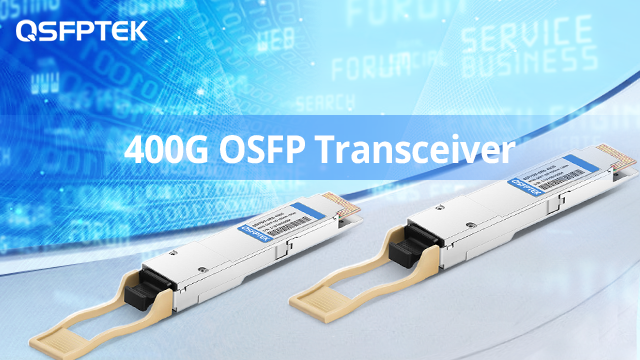 400G OSFP Transceiver WiKi, What is it?
400G OSFP Transceiver WiKi, What is it?400G will be the development trend of data center deployment, so how much do you know about 400G Ethernet networks and transceivers, after reading this article you will get a new understanding of the 400G Ethernet network.
400G OSFP Transceiver WiKi, What is it?
400G OSFP Transceiver WiKi, What is it?400G will be the development trend of data center deployment, so how much do you know about 400G Ethernet networks and transceivers, after reading this article you will get a new understanding of the 400G Ethernet network. -
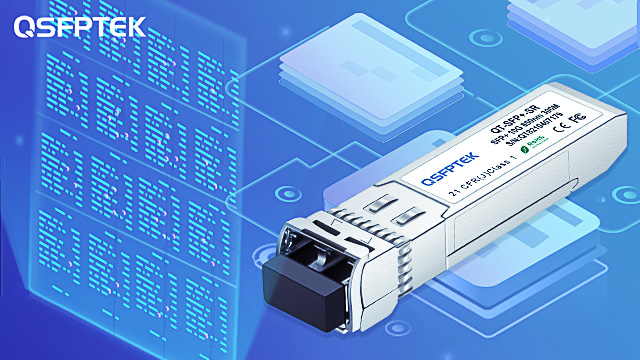 Cisco SFP Compatibility Matrix - SFP Guide
Cisco SFP Compatibility Matrix - SFP GuideYour quick access to the Cisco SFP compatibility matrix and detailed specification lists breakdown by QSFPTEK compatible optical transceiver type and models.
Cisco SFP Compatibility Matrix - SFP Guide
Cisco SFP Compatibility Matrix - SFP GuideYour quick access to the Cisco SFP compatibility matrix and detailed specification lists breakdown by QSFPTEK compatible optical transceiver type and models. -
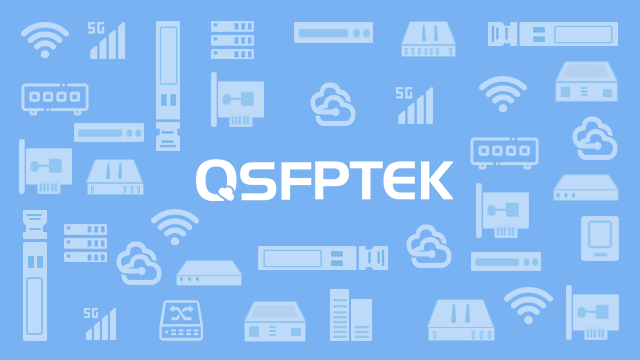 Single-Mode vs Multimode SFP Wiki and Guide
Single-Mode vs Multimode SFP Wiki and GuideThis article tells you the difference between single-mode and multi-mode SFPs, and how to distinguish between the two. It also takes you to explore whether single-mode SFP and multi-mode fiber, multi-mode SFP and single-mode fiber can be used together, to help you deepen your understanding of them.
Single-Mode vs Multimode SFP Wiki and Guide
Single-Mode vs Multimode SFP Wiki and GuideThis article tells you the difference between single-mode and multi-mode SFPs, and how to distinguish between the two. It also takes you to explore whether single-mode SFP and multi-mode fiber, multi-mode SFP and single-mode fiber can be used together, to help you deepen your understanding of them. -
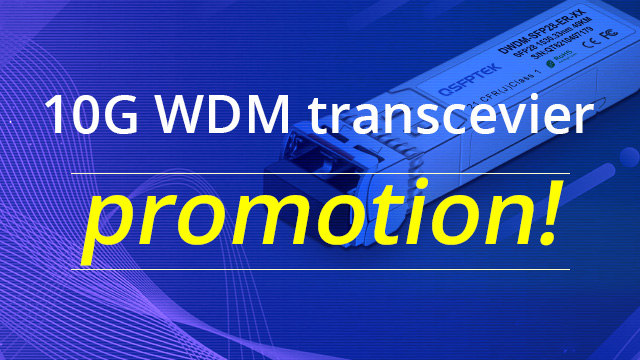 10G CWDM and DWDM SFP Promotion: Enjoy 20% off
10G CWDM and DWDM SFP Promotion: Enjoy 20% offQSFPTEK decided to carry out a 1 moth promotion for the WDM series optical modules, with a discount of at least 20%.
10G CWDM and DWDM SFP Promotion: Enjoy 20% off
10G CWDM and DWDM SFP Promotion: Enjoy 20% offQSFPTEK decided to carry out a 1 moth promotion for the WDM series optical modules, with a discount of at least 20%. -
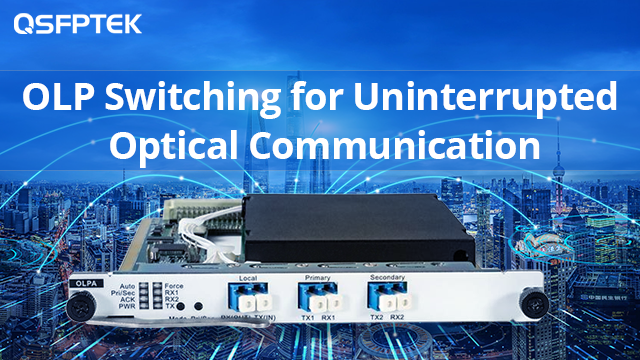 Optical Line Protection — OLP Switching for Uninterrupted Optical Communication
Optical Line Protection — OLP Switching for Uninterrupted Optical CommunicationDo you know the meaning of OLP in telecom? This post introduces the knowledge basis of a new arrival OTN product optical line protection. It also mentions the connectivity solution for your reference.
Optical Line Protection — OLP Switching for Uninterrupted Optical Communication
Optical Line Protection — OLP Switching for Uninterrupted Optical CommunicationDo you know the meaning of OLP in telecom? This post introduces the knowledge basis of a new arrival OTN product optical line protection. It also mentions the connectivity solution for your reference. -
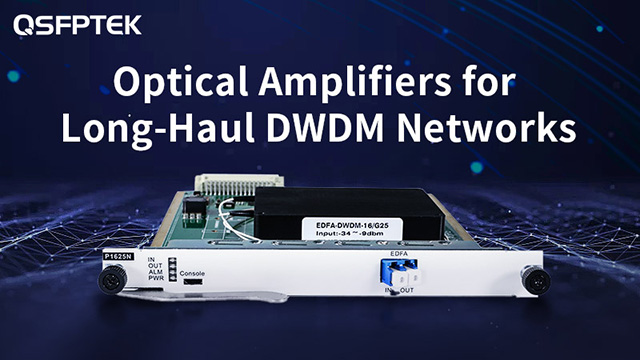 What is EDFA Optical Amplifier for Long-Haul DWDM Networks?
What is EDFA Optical Amplifier for Long-Haul DWDM Networks?The three types of EDFA (erbium-doped fiber amplifier) are booster, in-line and pre-amplifier. They amplify signals and compensate power for long-haul DWDM networks.
What is EDFA Optical Amplifier for Long-Haul DWDM Networks?
What is EDFA Optical Amplifier for Long-Haul DWDM Networks?The three types of EDFA (erbium-doped fiber amplifier) are booster, in-line and pre-amplifier. They amplify signals and compensate power for long-haul DWDM networks. -
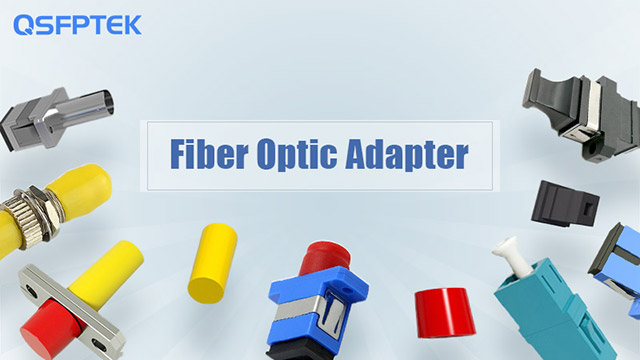 What Is Fiber Optic Adapter and How to Choose It
What Is Fiber Optic Adapter and How to Choose ItFiber optic adapters are small but very important components in fiber optic cabling systems. This article will introduce what fiber optic cable adapters are, the fiber optic adapter types, and provide some tips about choosing and cleaning them.
What Is Fiber Optic Adapter and How to Choose It
What Is Fiber Optic Adapter and How to Choose ItFiber optic adapters are small but very important components in fiber optic cabling systems. This article will introduce what fiber optic cable adapters are, the fiber optic adapter types, and provide some tips about choosing and cleaning them. -
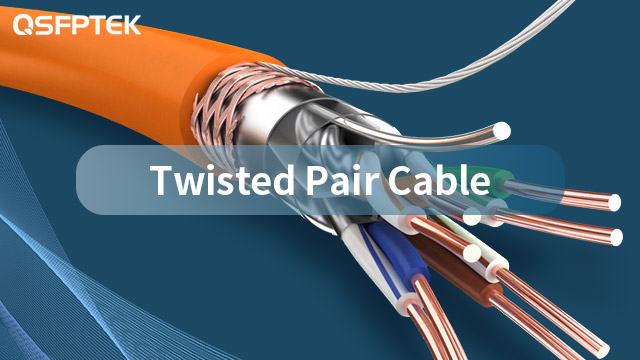 Ultimate Guide to Twisted Pair Cable
Ultimate Guide to Twisted Pair CableTwisted pair cable, coaxial cable and optical fiber cable are three major types of transmission media used in local area networks (LANs). Twisted pair cable is known as low cost, usually used in structured cabling systems within buildings. This article will give a detailed introduction to twisted pair cable, including how it works, the types of twisted pair cable (STP and UTP), CAT grade, and the most frequently asked questions about twisted pair cable.
Ultimate Guide to Twisted Pair Cable
Ultimate Guide to Twisted Pair CableTwisted pair cable, coaxial cable and optical fiber cable are three major types of transmission media used in local area networks (LANs). Twisted pair cable is known as low cost, usually used in structured cabling systems within buildings. This article will give a detailed introduction to twisted pair cable, including how it works, the types of twisted pair cable (STP and UTP), CAT grade, and the most frequently asked questions about twisted pair cable. -
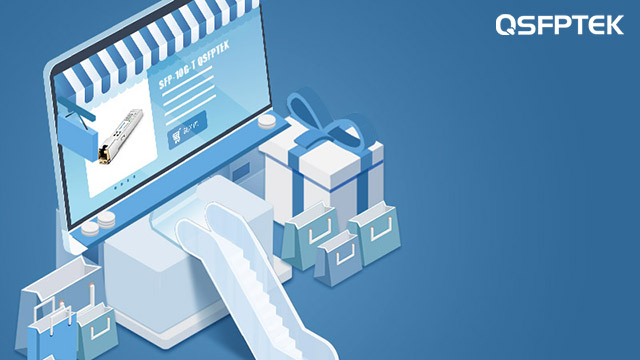 QSFPTEK launches online shopping
QSFPTEK launches online shoppingQSFPTEK launches online shopping on April 9th. The new Shopify site will bring tons of new features.
QSFPTEK launches online shopping
QSFPTEK launches online shoppingQSFPTEK launches online shopping on April 9th. The new Shopify site will bring tons of new features. -
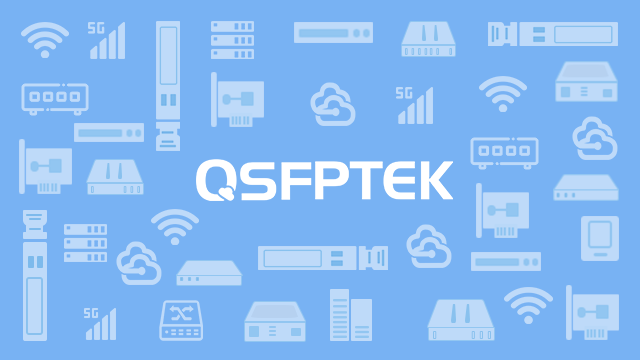 Comprehensive Tutorial of Cat5e vs Cat6 vs Cat6A vs Cat7
Comprehensive Tutorial of Cat5e vs Cat6 vs Cat6A vs Cat7This is a comprehensive tutorial about everything you should know about Cat5e, Cat6, Cat6A, and Cat7. After reading, you will get a thorough understanding of these Ethernet cables, including their specification, performance, differences, and choosing methods.
Comprehensive Tutorial of Cat5e vs Cat6 vs Cat6A vs Cat7
Comprehensive Tutorial of Cat5e vs Cat6 vs Cat6A vs Cat7This is a comprehensive tutorial about everything you should know about Cat5e, Cat6, Cat6A, and Cat7. After reading, you will get a thorough understanding of these Ethernet cables, including their specification, performance, differences, and choosing methods. -
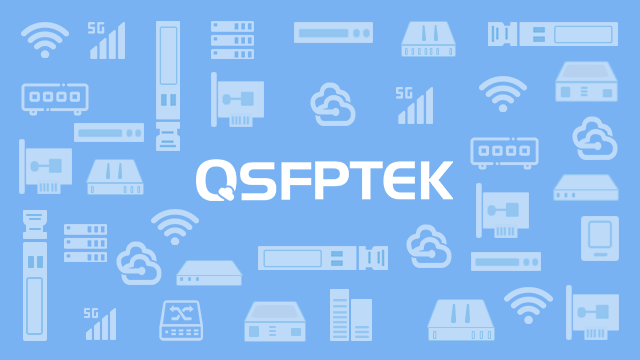 OM5 Fiber Wiki, What Is OM5 Optical Multimode Fiber?
OM5 Fiber Wiki, What Is OM5 Optical Multimode Fiber?OM5 fiber is a wideband multimode fiber, it used SWDM technology, and is identifiable by a lime green outer jacket. Do you know what features OM5 has, and the differences between OM5 with others fibers?
OM5 Fiber Wiki, What Is OM5 Optical Multimode Fiber?
OM5 Fiber Wiki, What Is OM5 Optical Multimode Fiber?OM5 fiber is a wideband multimode fiber, it used SWDM technology, and is identifiable by a lime green outer jacket. Do you know what features OM5 has, and the differences between OM5 with others fibers? -
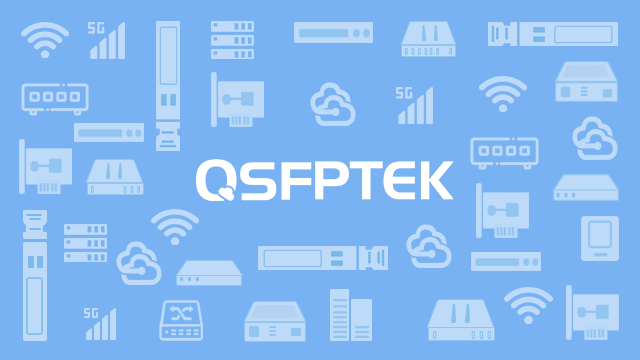 OM3 vs OM4 Fiber: Five Differences You Should Know
OM3 vs OM4 Fiber: Five Differences You Should KnowLaser-optimized OM3 and OM4 multimode fiber have become the best option for 10G/40G/100G Ethernet data center connectivity today. What are OM3 and OM4 fiber? What are the differences between them? Are they compatible with each other? Let’s find the answers in this post.
OM3 vs OM4 Fiber: Five Differences You Should Know
OM3 vs OM4 Fiber: Five Differences You Should KnowLaser-optimized OM3 and OM4 multimode fiber have become the best option for 10G/40G/100G Ethernet data center connectivity today. What are OM3 and OM4 fiber? What are the differences between them? Are they compatible with each other? Let’s find the answers in this post. -
 QSFP DAC VS AOC Cables, 40G QSFP+ Cables Guide
QSFP DAC VS AOC Cables, 40G QSFP+ Cables GuideWhat are 40G QSFP AOC and DAC cables, how much do you know about AOC cable vs DAC? This post will introduce the definition of QSFP+ cable, and show the differences between AOC cable and DAC cable.
QSFP DAC VS AOC Cables, 40G QSFP+ Cables Guide
QSFP DAC VS AOC Cables, 40G QSFP+ Cables GuideWhat are 40G QSFP AOC and DAC cables, how much do you know about AOC cable vs DAC? This post will introduce the definition of QSFP+ cable, and show the differences between AOC cable and DAC cable. -
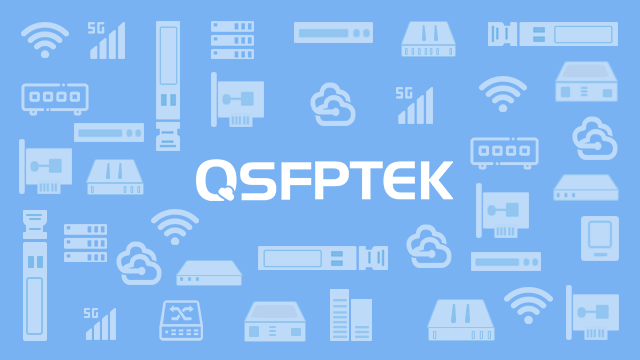 Media Converter Wiki, Everything You Should Know About Media Converter
Media Converter Wiki, Everything You Should Know About Media ConverterThere are several different media converters on the market. Different models can be used for different applications. In the wake of ending this article, you will parent out what media converters are and the contrasts between them.
Media Converter Wiki, Everything You Should Know About Media Converter
Media Converter Wiki, Everything You Should Know About Media ConverterThere are several different media converters on the market. Different models can be used for different applications. In the wake of ending this article, you will parent out what media converters are and the contrasts between them. -
 Bidirectional (BiDi) Transceiver Technology, The Most Effective Method to Improve Fiber Utilization
Bidirectional (BiDi) Transceiver Technology, The Most Effective Method to Improve Fiber UtilizationStill worried about the shortage of optical fiber resources? Don't because Bidirectional (BiDi) Transceivers can help! This post will introduce you Bidirectional (BiDi) transceiver technology in detail from the aspect of working principle, benefits, applications, and using attention.
Bidirectional (BiDi) Transceiver Technology, The Most Effective Method to Improve Fiber Utilization
Bidirectional (BiDi) Transceiver Technology, The Most Effective Method to Improve Fiber UtilizationStill worried about the shortage of optical fiber resources? Don't because Bidirectional (BiDi) Transceivers can help! This post will introduce you Bidirectional (BiDi) transceiver technology in detail from the aspect of working principle, benefits, applications, and using attention. -
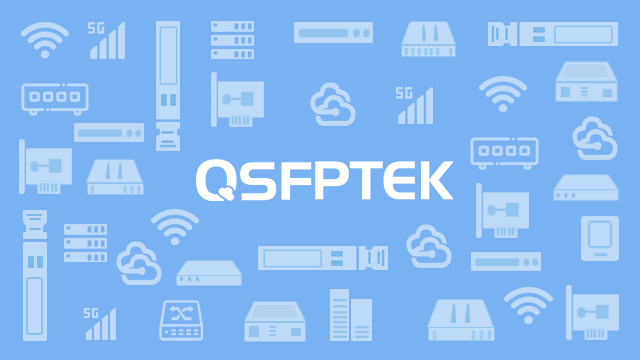 IDC Spine-Leaf Cabling Solution Guide: Transceivers vs DAC Cables vs AOC Cables
IDC Spine-Leaf Cabling Solution Guide: Transceivers vs DAC Cables vs AOC CablesThis post introduces three mainstream cabling solutions applied in Spine-Leaf network architecture, which are transceivers & fiber cables, DAC cables, and AOC cables. The post aims to help network managers when and how to choose a suitable cabling solution by comparing the differences between these three cabling solutions.
IDC Spine-Leaf Cabling Solution Guide: Transceivers vs DAC Cables vs AOC Cables
IDC Spine-Leaf Cabling Solution Guide: Transceivers vs DAC Cables vs AOC CablesThis post introduces three mainstream cabling solutions applied in Spine-Leaf network architecture, which are transceivers & fiber cables, DAC cables, and AOC cables. The post aims to help network managers when and how to choose a suitable cabling solution by comparing the differences between these three cabling solutions. -
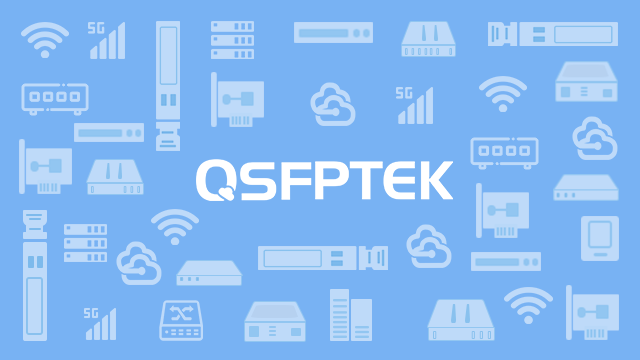 Your Quick Guide to QSFP28 to SFP28 Interconnect Solution
Your Quick Guide to QSFP28 to SFP28 Interconnect SolutionHow to link 100G Ethernet to 25G Ethernet? This post introduces four QSFP28 to SFP28 Interconnect Solution and talks about their differences in working principle, application, and parameters.
Your Quick Guide to QSFP28 to SFP28 Interconnect Solution
Your Quick Guide to QSFP28 to SFP28 Interconnect SolutionHow to link 100G Ethernet to 25G Ethernet? This post introduces four QSFP28 to SFP28 Interconnect Solution and talks about their differences in working principle, application, and parameters. -
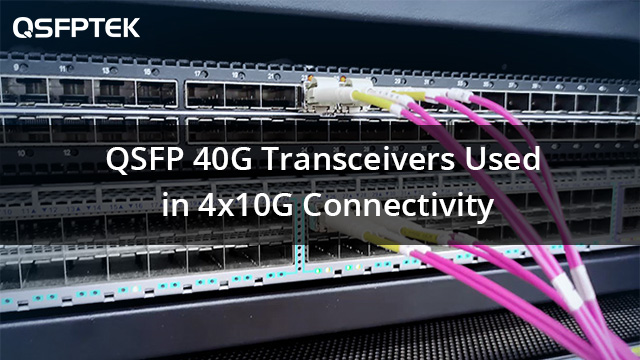 40G QSFP Transceivers for QSFP 4x10G Breakout Connectivity Guide
40G QSFP Transceivers for QSFP 4x10G Breakout Connectivity Guide40G QSFP+ optical transceiver is a solution to increase bandwidth from 10G to 40G connection. 4x10G QSFP optical module provides low power consumption, high density, and cost-effectiveness for data centers migrating to 40 Gigabit Ethernet This article will make you have a better understanding of QSFP 4x10G modules by introducing the working principle, transceiver types, and connection cable solution of 40G to 4x10G breakout cable for you.
40G QSFP Transceivers for QSFP 4x10G Breakout Connectivity Guide
40G QSFP Transceivers for QSFP 4x10G Breakout Connectivity Guide40G QSFP+ optical transceiver is a solution to increase bandwidth from 10G to 40G connection. 4x10G QSFP optical module provides low power consumption, high density, and cost-effectiveness for data centers migrating to 40 Gigabit Ethernet This article will make you have a better understanding of QSFP 4x10G modules by introducing the working principle, transceiver types, and connection cable solution of 40G to 4x10G breakout cable for you. -
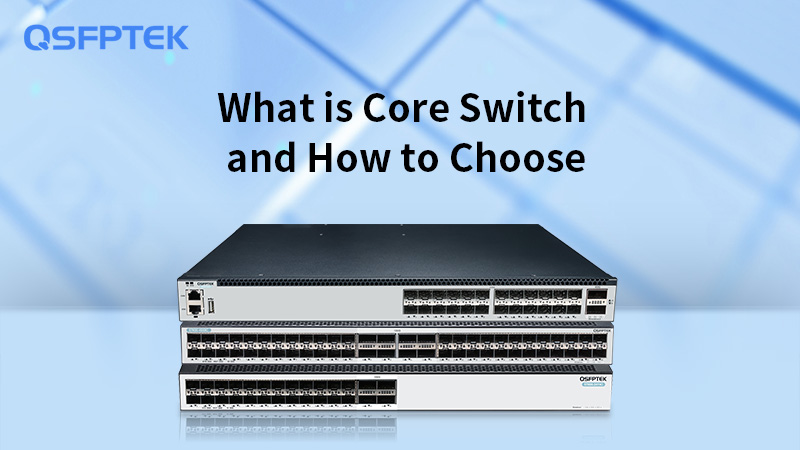 What is Core Switch and How to Choose?
What is Core Switch and How to Choose?In this article, we will provide an overview of the core switch, its significance, and offer guidance on how to choose the right core switch for your organization's specific needs.
What is Core Switch and How to Choose?
What is Core Switch and How to Choose?In this article, we will provide an overview of the core switch, its significance, and offer guidance on how to choose the right core switch for your organization's specific needs. -
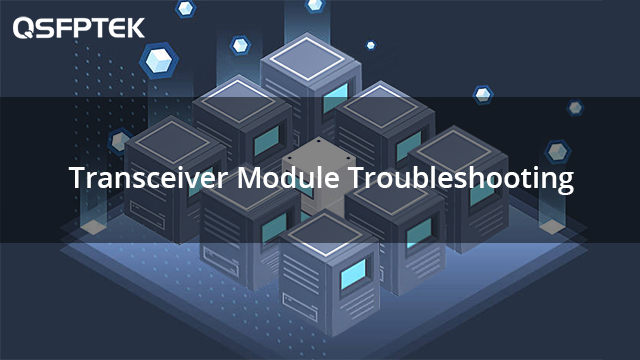 How to Trouble Shoot Optical Transceiver?
How to Trouble Shoot Optical Transceiver?As we know, fiber optic transceivers are the core of data center networks. When using a large number of transceiver modules, it is inevitable to encounter some troubles. This article will introduce the common issues in use and the corresponding solutions, such as: unsupported transceiver, SFP modules note detected, CRC error, invalid error detected, link flap, SFP unqualified etc.
How to Trouble Shoot Optical Transceiver?
How to Trouble Shoot Optical Transceiver?As we know, fiber optic transceivers are the core of data center networks. When using a large number of transceiver modules, it is inevitable to encounter some troubles. This article will introduce the common issues in use and the corresponding solutions, such as: unsupported transceiver, SFP modules note detected, CRC error, invalid error detected, link flap, SFP unqualified etc. -
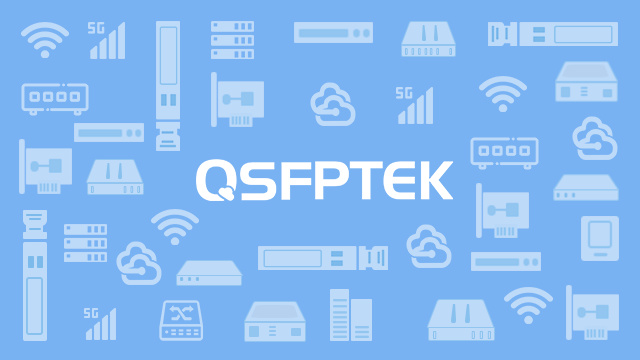 How to Choose an SFP28 Transceiver: SFP28 Wiki, Types and Application
How to Choose an SFP28 Transceiver: SFP28 Wiki, Types and Application10G to 25G to 100G upgrade path is widely accepted to be a more effective and practical solution for current Ethernet and server upgrades than 10G to 40G to 100G. With mature production technology of SFP28, the price of 25G SFP28 transceivers reduced gradually in recent years, it will be a wise option to upgrade 10G SFP+ to 25G SFP28 now. This article will introduce a series of different SFP28 transceiver types to you, and help you to choose the SFP28 transceiver you need.
How to Choose an SFP28 Transceiver: SFP28 Wiki, Types and Application
How to Choose an SFP28 Transceiver: SFP28 Wiki, Types and Application10G to 25G to 100G upgrade path is widely accepted to be a more effective and practical solution for current Ethernet and server upgrades than 10G to 40G to 100G. With mature production technology of SFP28, the price of 25G SFP28 transceivers reduced gradually in recent years, it will be a wise option to upgrade 10G SFP+ to 25G SFP28 now. This article will introduce a series of different SFP28 transceiver types to you, and help you to choose the SFP28 transceiver you need. -
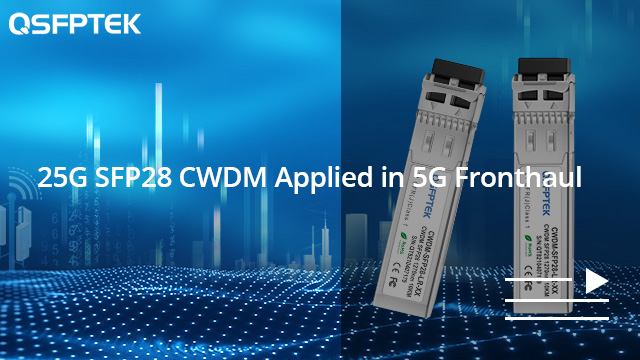 25G CWDM SFP28 Application In 5G Fronthaul Network
25G CWDM SFP28 Application In 5G Fronthaul Network25G SFP28 CWDM transceiver, as a core component of transmission equipment and base stations, is an effective solution used in 5G fronthaul networks. This paper gives a brief introduction to 25G CWDM SFP28 transceivers and introduces the working principle and advantages of when it was applied in 5G fronthaul network.
25G CWDM SFP28 Application In 5G Fronthaul Network
25G CWDM SFP28 Application In 5G Fronthaul Network25G SFP28 CWDM transceiver, as a core component of transmission equipment and base stations, is an effective solution used in 5G fronthaul networks. This paper gives a brief introduction to 25G CWDM SFP28 transceivers and introduces the working principle and advantages of when it was applied in 5G fronthaul network. -
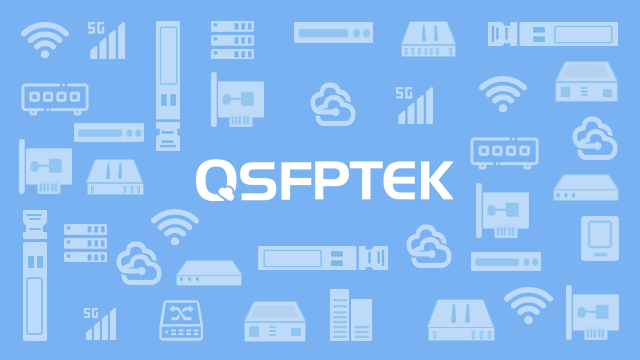 Dual-rate 10G/25G SFP28 Transceivers Used In 10G to 25G Upgrades
Dual-rate 10G/25G SFP28 Transceivers Used In 10G to 25G UpgradesDual-rate 10G/25G SFP28 transceivers are designed for enabling network operators to mix and match fiber with hardware and simplify the network upgrading path, which helps seamlessly upgrade your network to 25G. This article will introduce 2 types of 10G/25G dual-rate modules of SMF and MMF, besides, their advantages and application in 25G/40G/100G Ethernet.
Dual-rate 10G/25G SFP28 Transceivers Used In 10G to 25G Upgrades
Dual-rate 10G/25G SFP28 Transceivers Used In 10G to 25G UpgradesDual-rate 10G/25G SFP28 transceivers are designed for enabling network operators to mix and match fiber with hardware and simplify the network upgrading path, which helps seamlessly upgrade your network to 25G. This article will introduce 2 types of 10G/25G dual-rate modules of SMF and MMF, besides, their advantages and application in 25G/40G/100G Ethernet. -
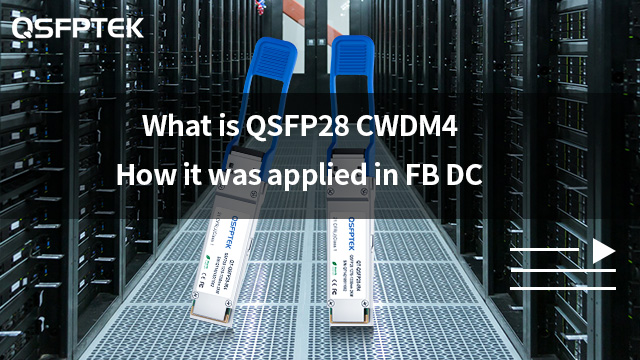 What Is QSFP28 100G CWDM4 and How Does Facebook Data Center Apply It?
What Is QSFP28 100G CWDM4 and How Does Facebook Data Center Apply It?This article introduces an efficient QSFP28 100G CWDM4 optical transceiver for you to enable 100G and brings a cost-effective 100G CWDM4 optical solution for a low-cost data center which has been proved in Facebook Data Center.
What Is QSFP28 100G CWDM4 and How Does Facebook Data Center Apply It?
What Is QSFP28 100G CWDM4 and How Does Facebook Data Center Apply It?This article introduces an efficient QSFP28 100G CWDM4 optical transceiver for you to enable 100G and brings a cost-effective 100G CWDM4 optical solution for a low-cost data center which has been proved in Facebook Data Center. -
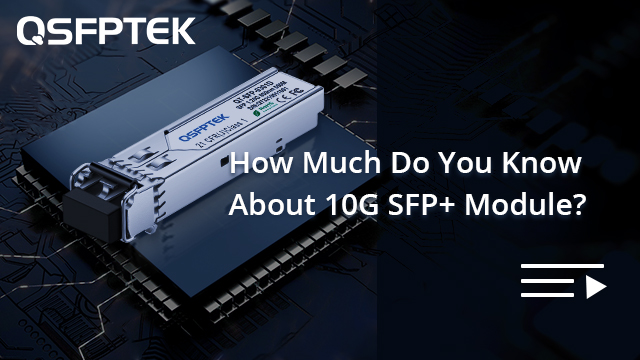 How Much Do You Know About 10G SFP+ Modules?
How Much Do You Know About 10G SFP+ Modules?This article introduces 9 types 10G SFP+ optical transceivers: 10GBASE-SR, 10GBASE-T, 10G BASE-LR, 10GBASE-LRM, 10GBASE-ER, 10GBASE-ZR, 10GBASE-BiDi, 10GBASE-CWDM, 10GBASE-DWDM. What is the difference and where to be applied? Find answers.
How Much Do You Know About 10G SFP+ Modules?
How Much Do You Know About 10G SFP+ Modules?This article introduces 9 types 10G SFP+ optical transceivers: 10GBASE-SR, 10GBASE-T, 10G BASE-LR, 10GBASE-LRM, 10GBASE-ER, 10GBASE-ZR, 10GBASE-BiDi, 10GBASE-CWDM, 10GBASE-DWDM. What is the difference and where to be applied? Find answers. -
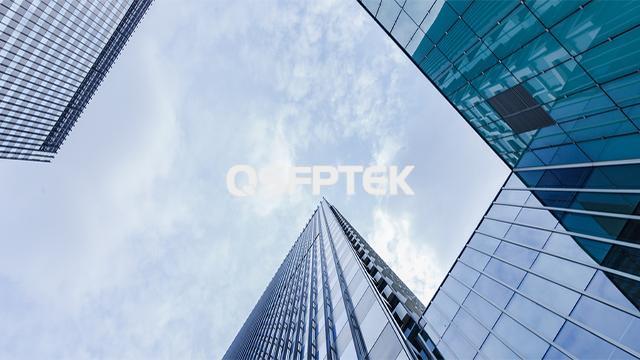 Top 7 QSFPTEK 40G QSFP+ Optical Transceivers in 2023
Top 7 QSFPTEK 40G QSFP+ Optical Transceivers in 2023Discover the top 7 QSFPTEK 40G QSFP+ optical transceivers and cables of 2023 for your 40Gb network. Find out which 40G QSFP is the best option for your enterprise core or distribution layer applications.
Top 7 QSFPTEK 40G QSFP+ Optical Transceivers in 2023
Top 7 QSFPTEK 40G QSFP+ Optical Transceivers in 2023Discover the top 7 QSFPTEK 40G QSFP+ optical transceivers and cables of 2023 for your 40Gb network. Find out which 40G QSFP is the best option for your enterprise core or distribution layer applications. -
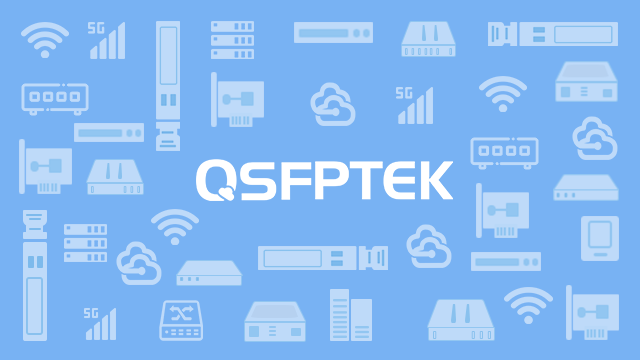 Industrial Grade Optic Transceiver VS Commercial Grade Optical Transceiver(2023)
Industrial Grade Optic Transceiver VS Commercial Grade Optical Transceiver(2023)The article will explain the difference between industrial grade optic transceiver and commercial grade optical modules.
Industrial Grade Optic Transceiver VS Commercial Grade Optical Transceiver(2023)
Industrial Grade Optic Transceiver VS Commercial Grade Optical Transceiver(2023)The article will explain the difference between industrial grade optic transceiver and commercial grade optical modules. -
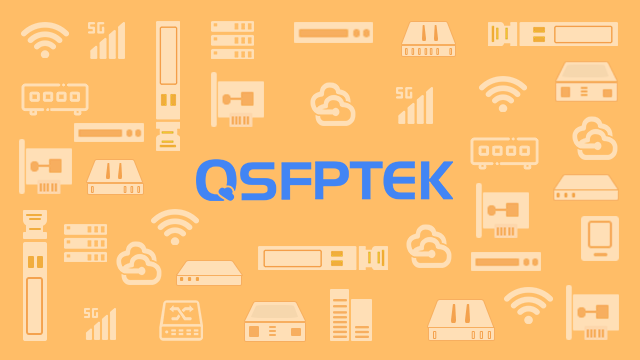 Why Choose Third-Party Transceiver Modules?
Why Choose Third-Party Transceiver Modules?With the various developments in data centers, the demand for optical modules is increasing. Third-party optical modules are also being favored by data centers, this article will explain in detail why we should choose third-party transceiver modules.
Why Choose Third-Party Transceiver Modules?
Why Choose Third-Party Transceiver Modules?With the various developments in data centers, the demand for optical modules is increasing. Third-party optical modules are also being favored by data centers, this article will explain in detail why we should choose third-party transceiver modules. -
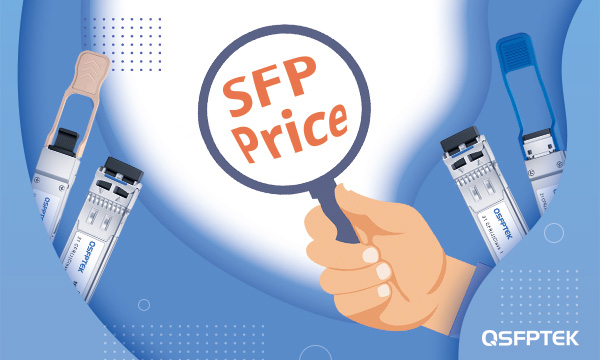 SFP Module Prices Comparison by Top 5 SFP Manufacturers 2023
SFP Module Prices Comparison by Top 5 SFP Manufacturers 2023Exhausted from looking for a reliable compatible SFP manufacturer? This post offers quick access to the SFP module price list by researching top vendors.
SFP Module Prices Comparison by Top 5 SFP Manufacturers 2023
SFP Module Prices Comparison by Top 5 SFP Manufacturers 2023Exhausted from looking for a reliable compatible SFP manufacturer? This post offers quick access to the SFP module price list by researching top vendors. -
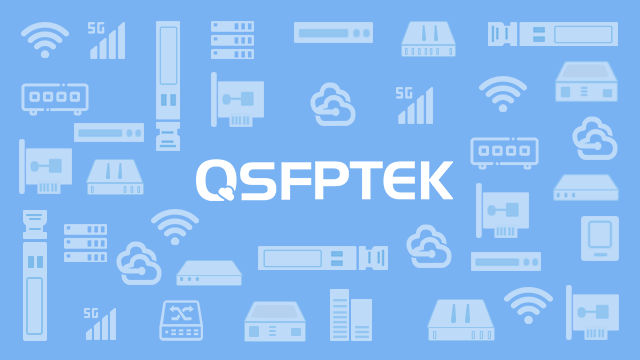 1G SFP Datasheet by QSFPTEK
1G SFP Datasheet by QSFPTEK
-
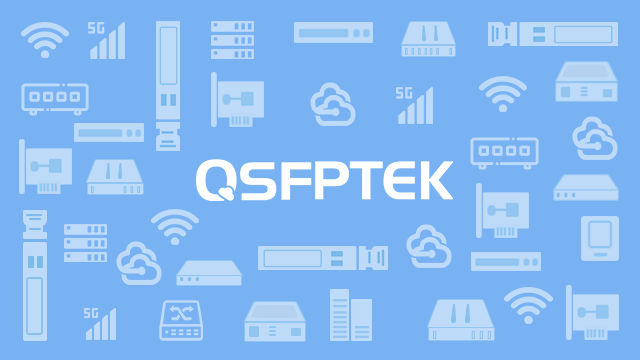 10G SFP+ Datasheet by QSFPTEK
10G SFP+ Datasheet by QSFPTEK
-
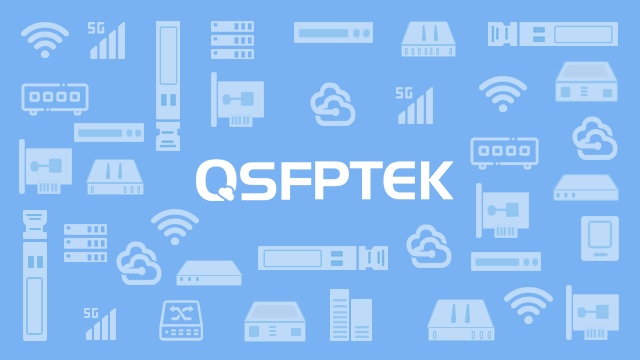 25G SFP28 Datasheet by QSFPTEK
25G SFP28 Datasheet by QSFPTEKQuick access to QT 25G SFP28 transceiver datasheets list.
25G SFP28 Datasheet by QSFPTEK
25G SFP28 Datasheet by QSFPTEKQuick access to QT 25G SFP28 transceiver datasheets list. -
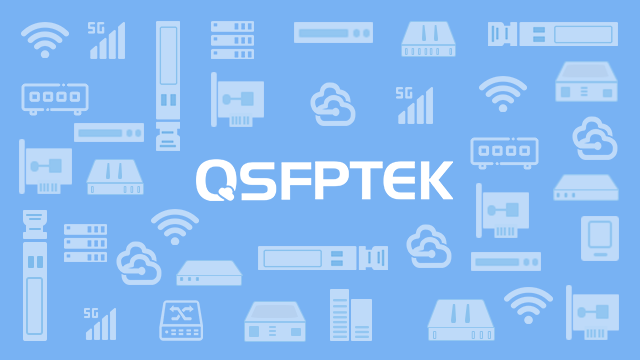 40G QSFP+ Datasheet by QSFPTEK
40G QSFP+ Datasheet by QSFPTEKQuick access to QT 40G QSFP+ transceiver datasheets list.
40G QSFP+ Datasheet by QSFPTEK
40G QSFP+ Datasheet by QSFPTEKQuick access to QT 40G QSFP+ transceiver datasheets list. -
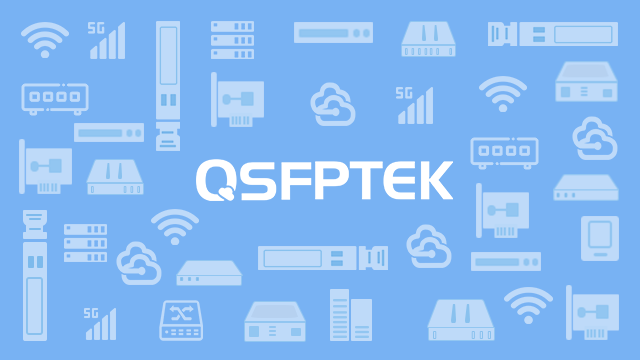 100G QSFP28 Datasheet by QSFPTEK
100G QSFP28 Datasheet by QSFPTEKQuick access to QT 100G QSFP28 transceiver datasheet list.
100G QSFP28 Datasheet by QSFPTEK
100G QSFP28 Datasheet by QSFPTEKQuick access to QT 100G QSFP28 transceiver datasheet list.
first
flipPage
last





